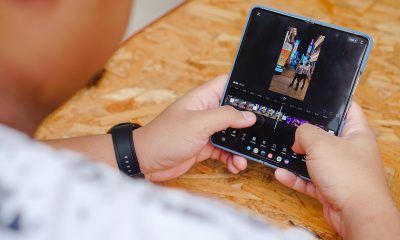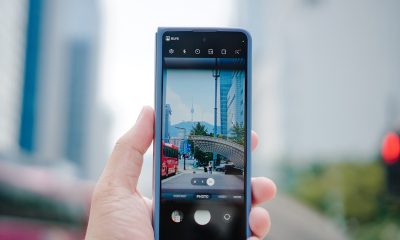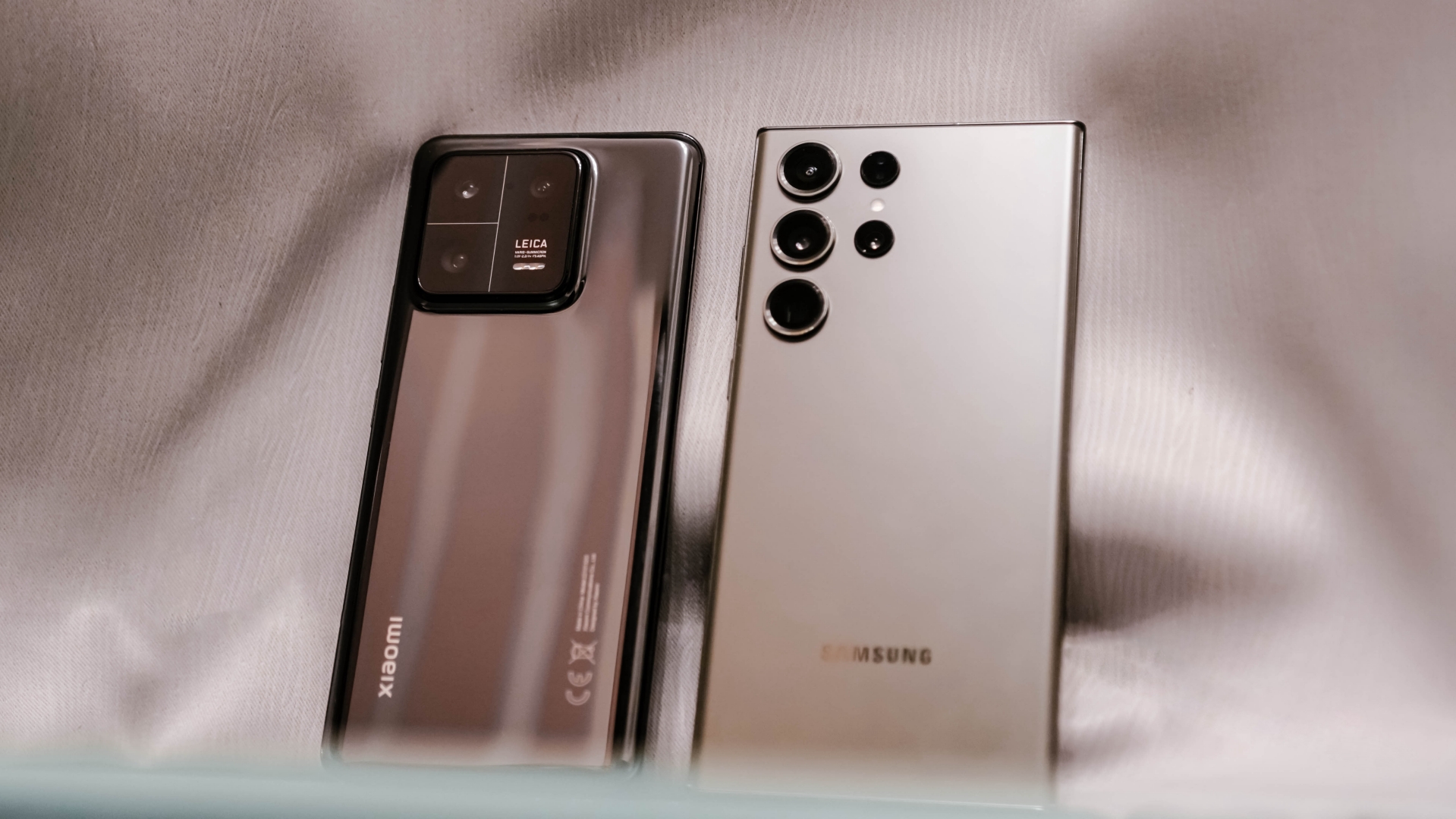
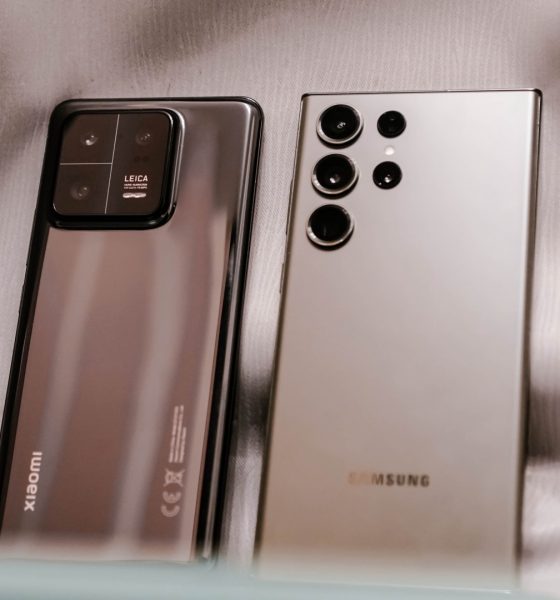
Camera Shootouts
Xiaomi 13 Pro vs Samsung Galaxy S23 Ultra: Camera Shootout
200MP camera or 1-inch sensor?
Both Samsung and Xiaomi started 2023 by announcing each of their latest flagship-grade smartphones totally focusing on professional photography.
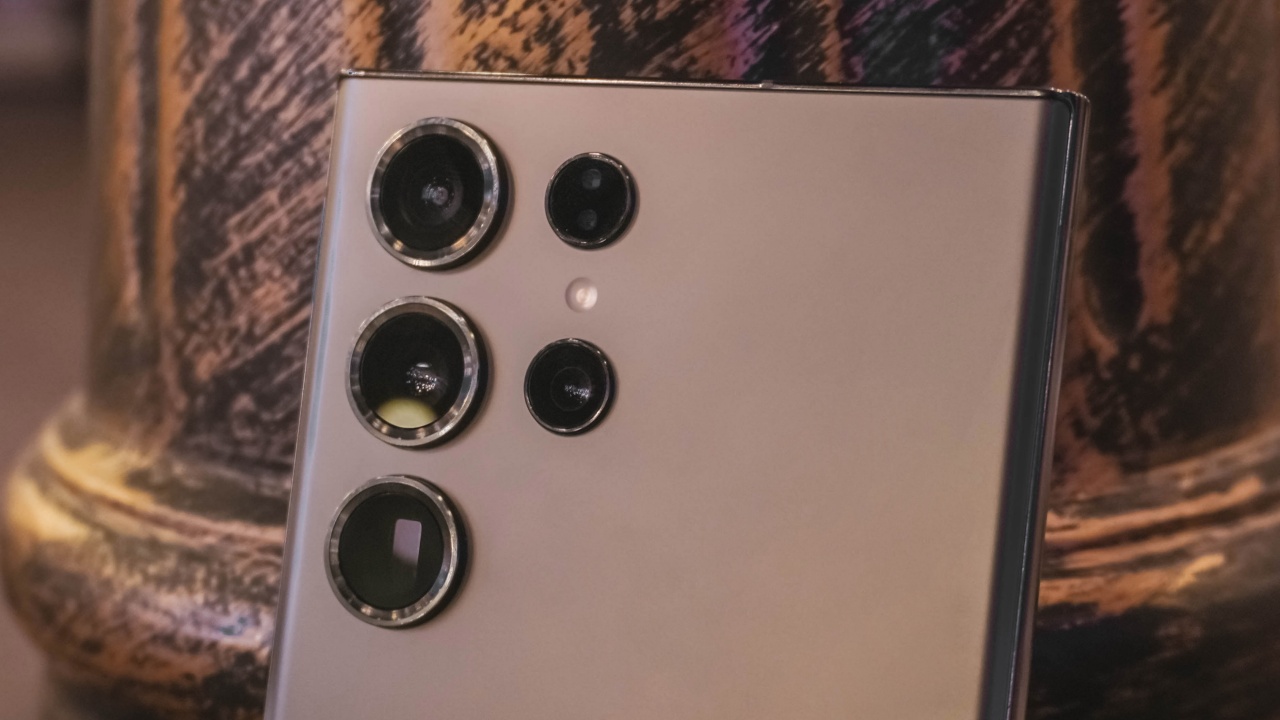
As early as February 2023, Samsung made some jaws drop with the Galaxy S23 Ultra and its monstrous 200MP main camera based from the recent in-house ISOCELL HP2 sensor.
Just a month after, Xiaomi stole the spotlight and finally introduced the Xiaomi 13 series to the rest of the world in Barcelona at MWC 2023 — even though it was unveiled in China a little bit early last December 2022.
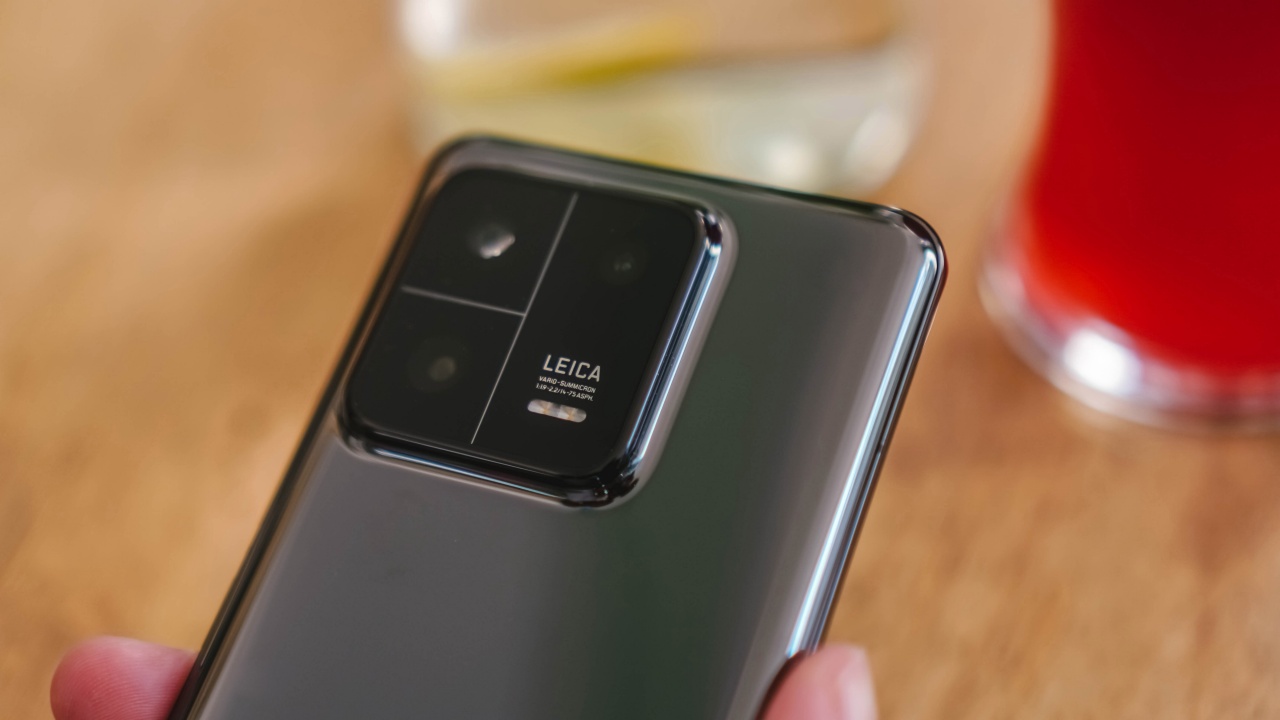
The Xiaomi 13 Pro specifically adopted the 1-inch Sony IMX989 camera sensor plus LEICA optics that debuted on last year’s China-exclusive Xiaomi 12S Ultra (and nope, not the one with a detachable Leica lens system).
200MP camera or 1-inch sensor?
Before going further, let’s take a deep dive into these cameras’ specific imaging systems.
| Xiaomi 13 Pro | Samsung Galaxy S23 Ultra | |
| Wide | 50MP f/1.9 1.0” Sony IMX989 Dual Pixel PDAF Laser AF, OIS |
200MP f/1.7 1/1.31” Samsung ISOCELL HP2 Multi-directional PDAF Laser AF, OIS |
| Ultra-Wide | 50MP f/2.2 115º 1/2.76″ Samsung JN1 AF |
12MP f/2.2 120º 1/2.55″ Samsung IMX654 Dual Pixel PDAF |
| Telephoto | 50MP f/2.0 1/2.76″ Samsung JN1 3.2x optical zoom PDAF |
10MP f/2.4 1/3.52″ Sony IMX784 3x optical zoom Dual Pixel PDAF, OIS |
| Periscope | — | 10MP f/4.9 10x optical zoom Dual Pixel PDAF, OIS |
| Selfie | 32MP f/2.0 | 12MP f/2.2 Dual Pixel PDAF |
Aside from the main (wide) cameras and slightly distinct apertures as the huge differentiators of the two phones, the Xiaomi 13 Pro boasts two more 50MP cameras with the same Samsung JN1 image sensors for its ultra-wide and telephoto shooters.
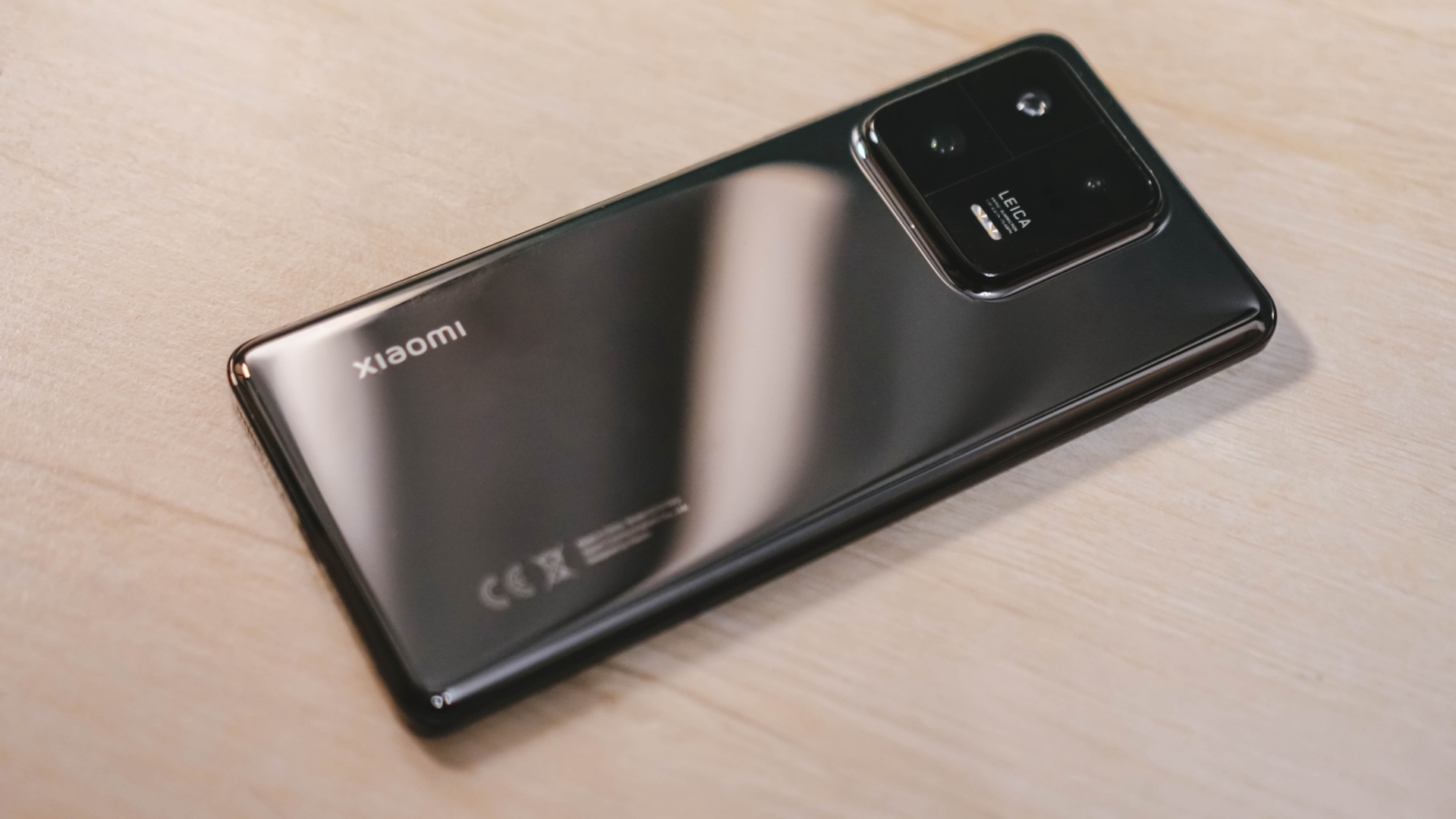
Meanwhile, Samsung is stuck to its 10MP or 12MP cameras with smaller sensors (and even a lower aperture for its telephoto lens). Still, it features Dual Pixel PDAF + OIS that the Chinese phone doesn’t have.
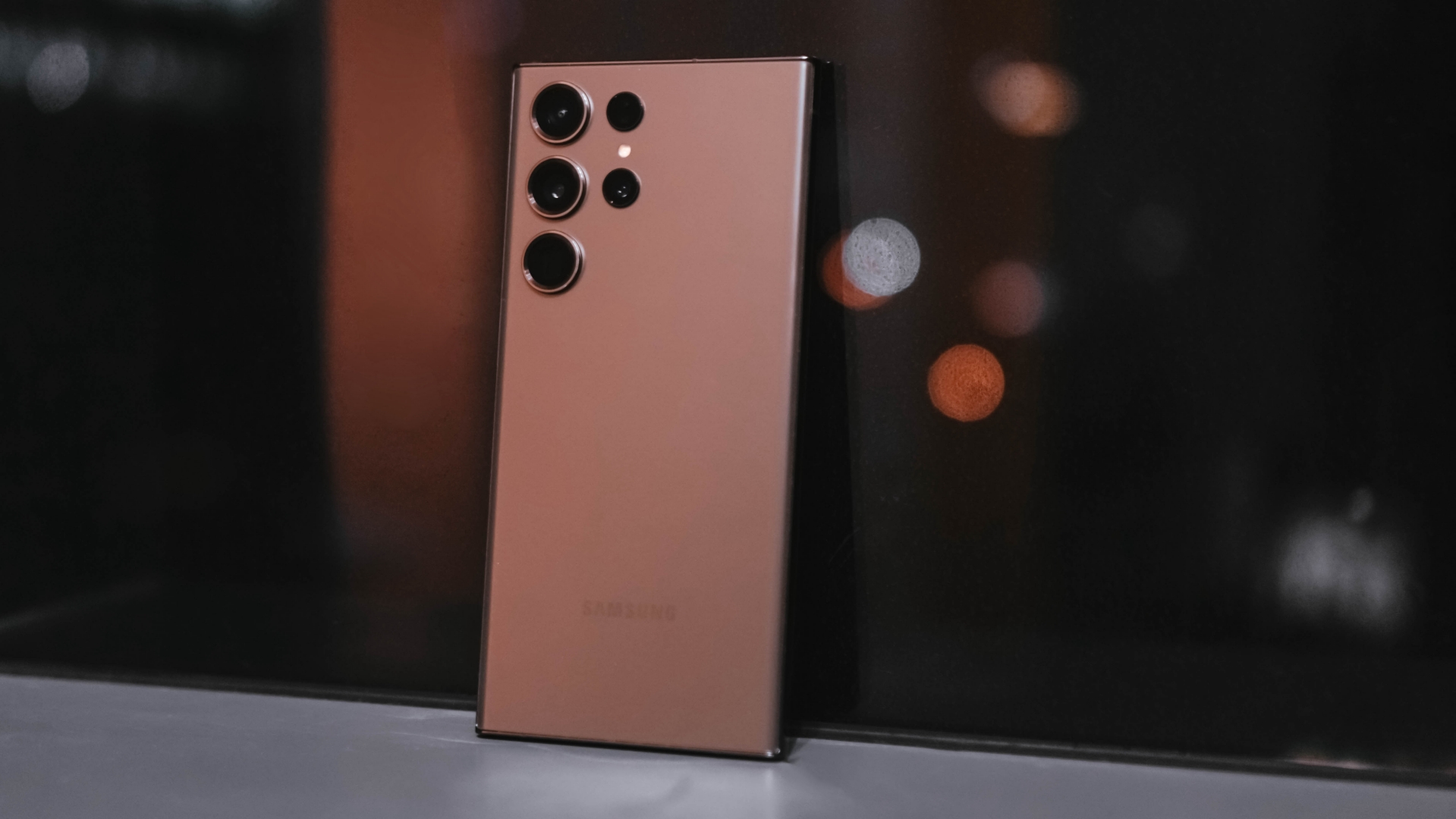
The bonus would be the periscope lens of the Galaxy S23 Ultra that the Xiaomi 13 Pro lacks. As for selfies, well, that’s preferential regardless of which phone has the best “spec” on paper (more on that later).
Fair and square
This camera shootout is divided into four parts with a bonus section at the very end. I’ve carefully curated my picks and selected thirteen (13) photos for each category (except the bonuses) which I deemed best in terms of composition, as well as for comparison.
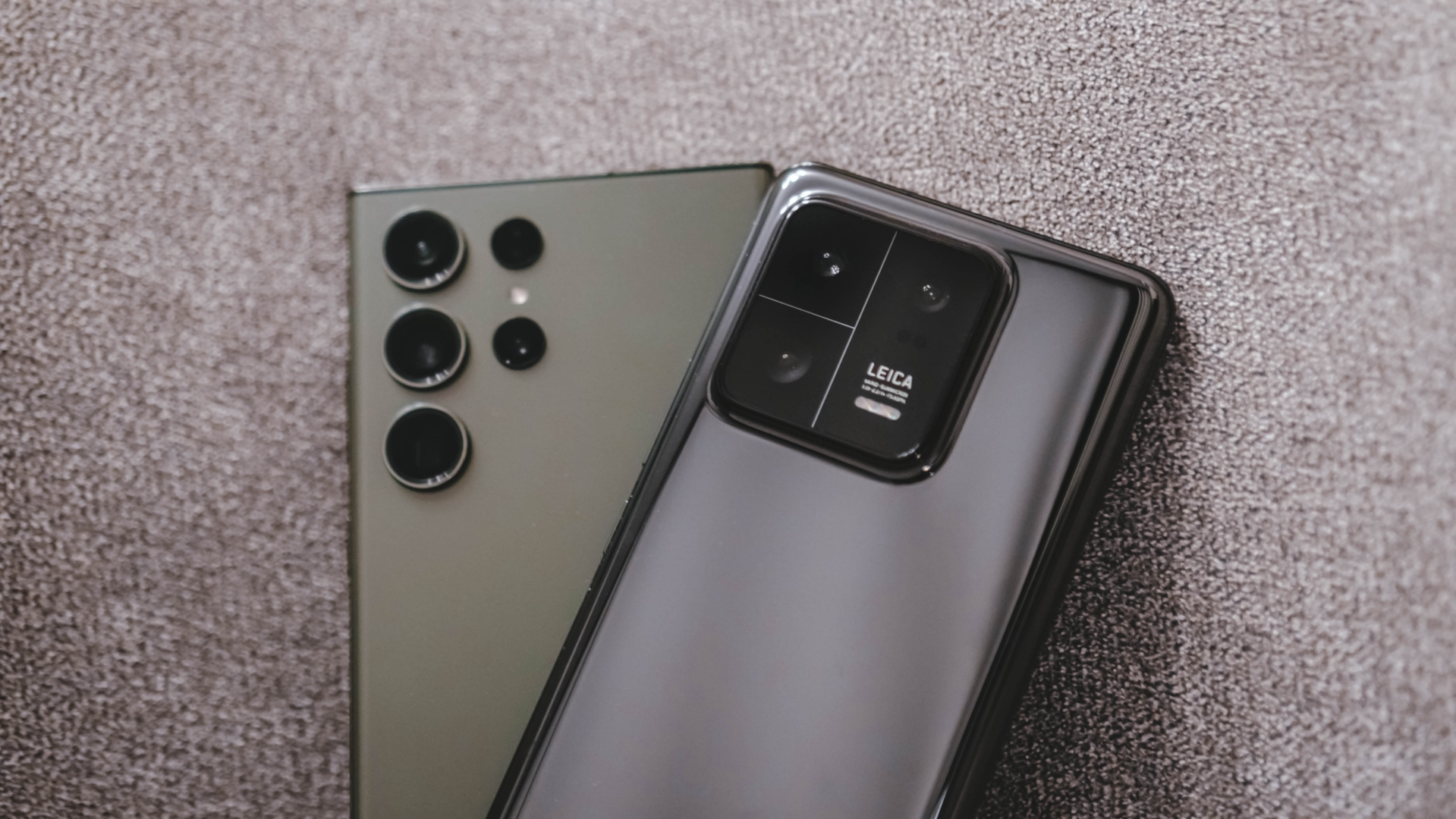
To keep things level on this camera shootout, I opted to use Xiaomi 13 Pro’s Leica Vibrant over the Leica Authentic look (less-saturated). This is to match Samsung’s imaging algorithm, leaning more towards the saturated side. There’s no in-between as Xiaomi doesn’t let you turn them off.
Disclaimer: Just like our previous camera shootouts, photos were all taken in Auto Mode. These images were collaged, resized, and labeled for faster loading and preview. No other manipulations were applied.
Wide
200MP or 1-inch? But before you whine, I only used the usual Auto Mode and not the special 200MP / 50MP Pro camera modes (or Expert RAW, idc) of both phones to make the battle as fair as possible.
W1
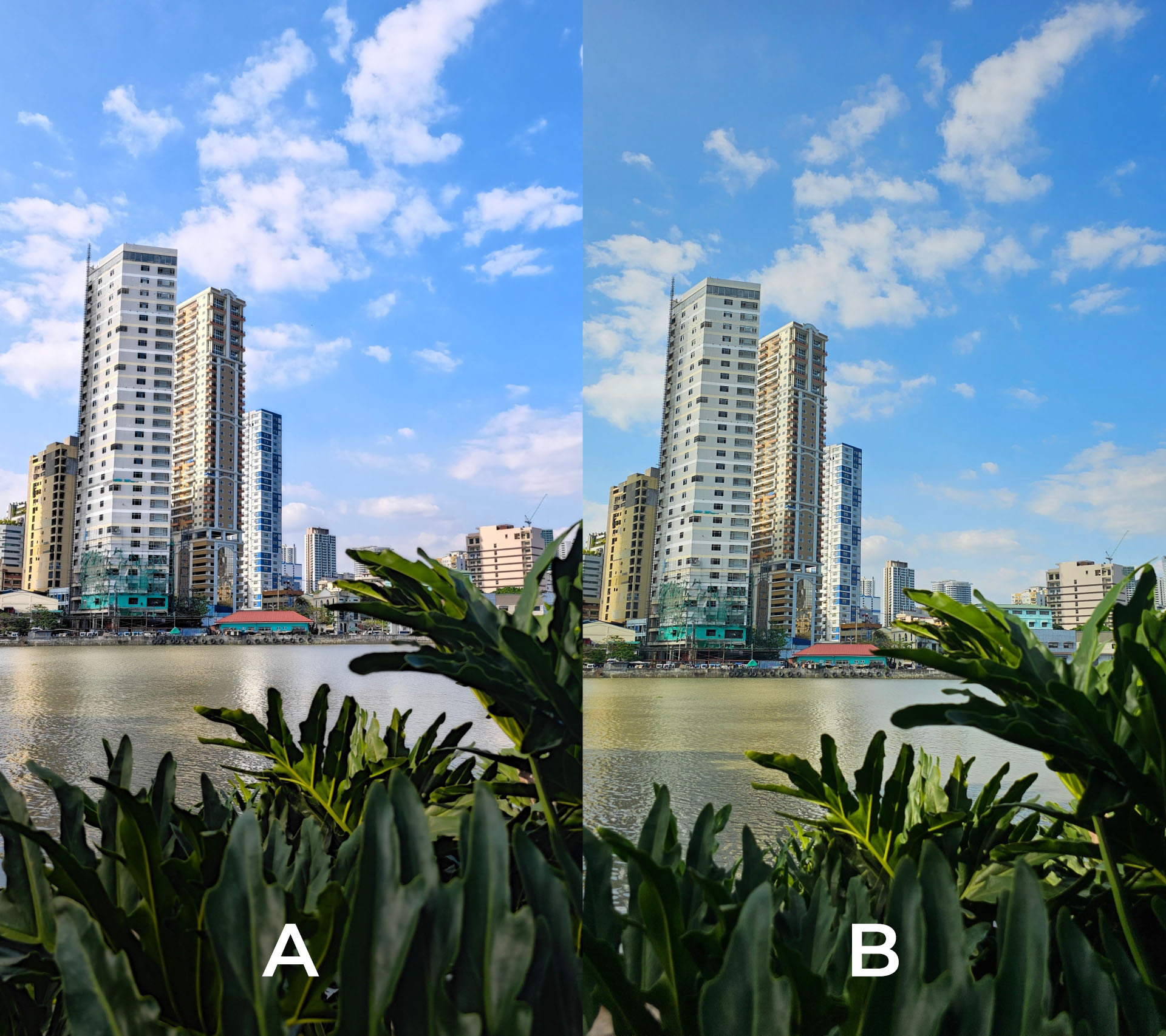
W2

W3

W4
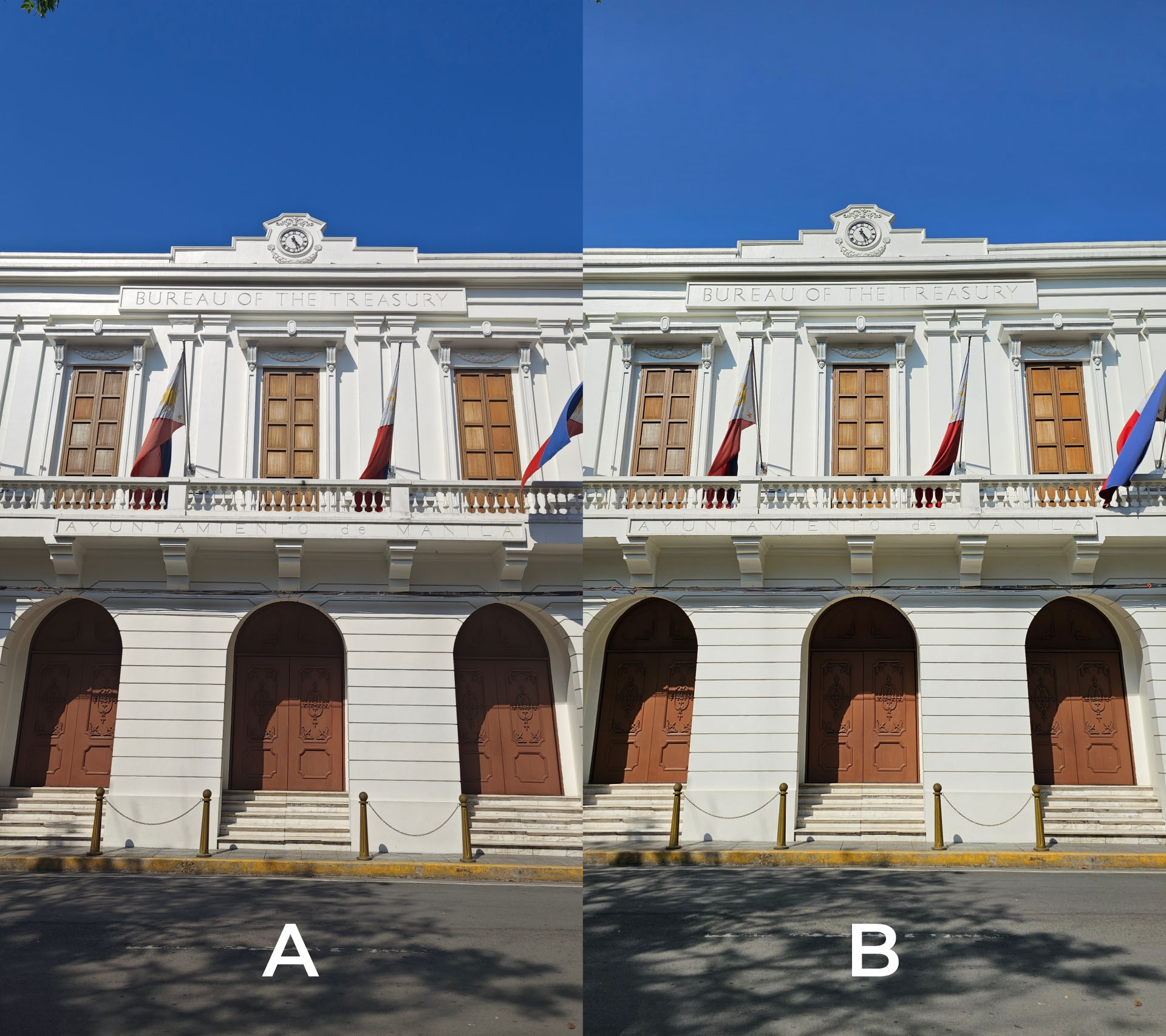
W5

W6
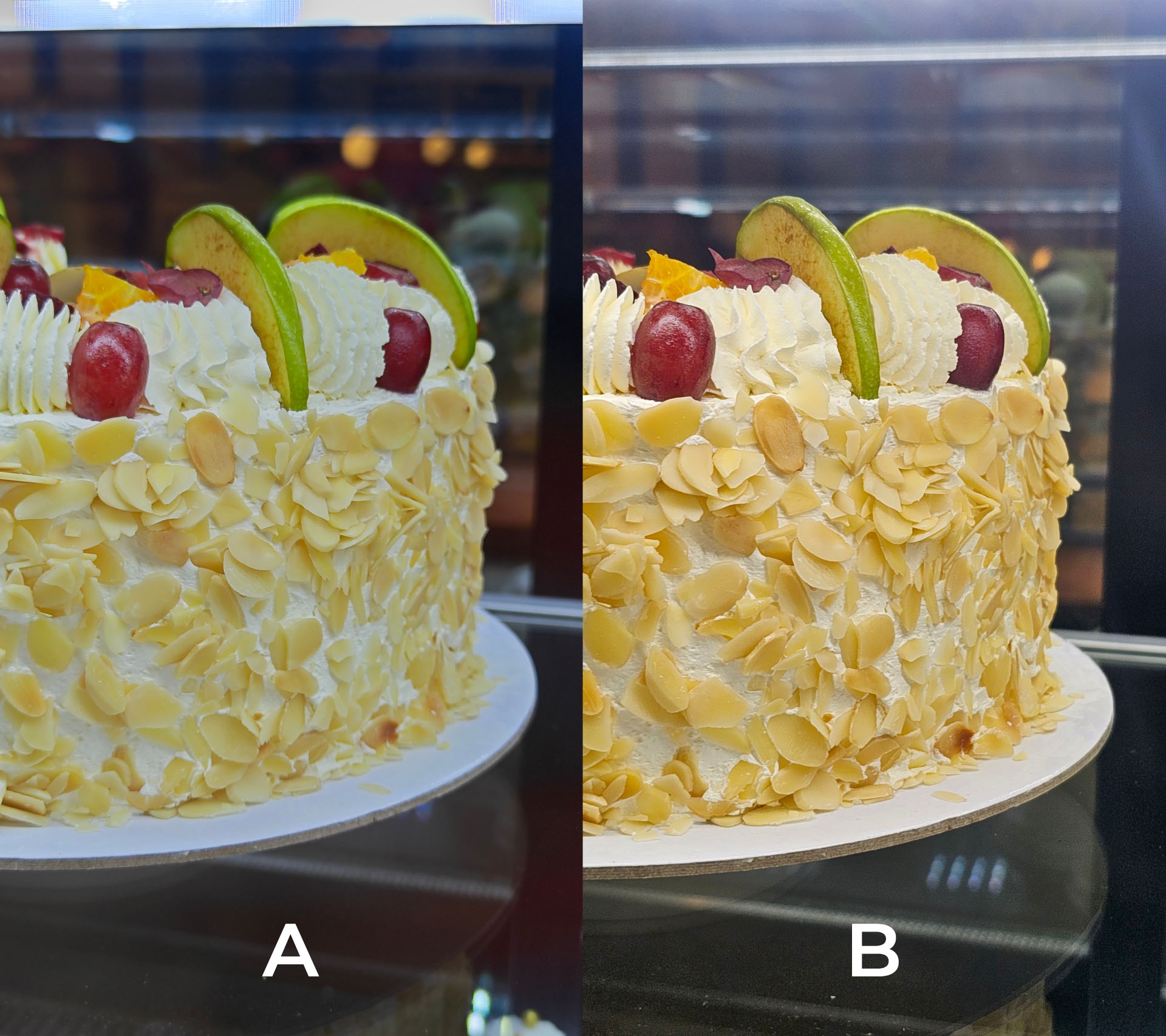
W7

W8

W9

W10

W11
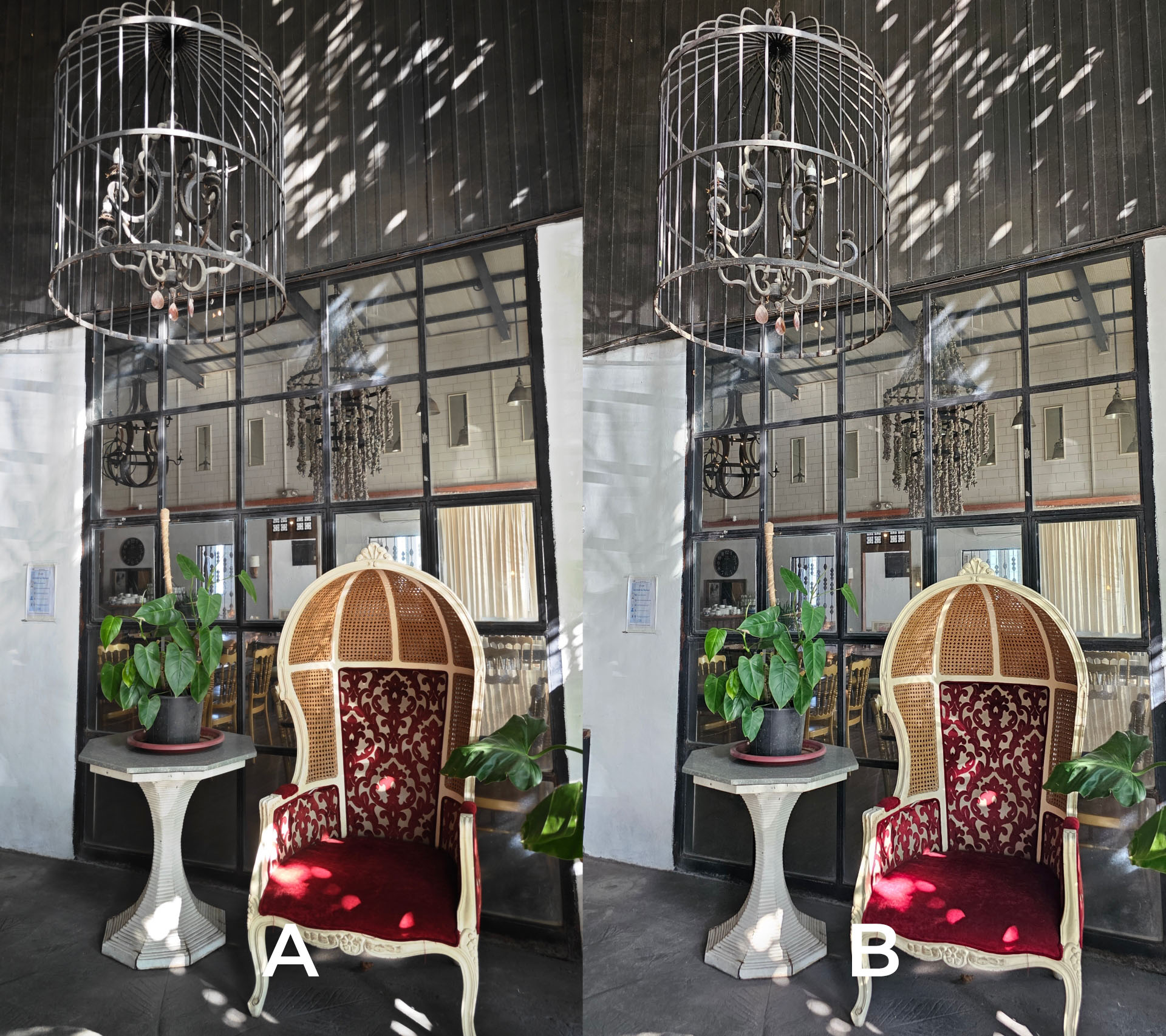
W12

W13
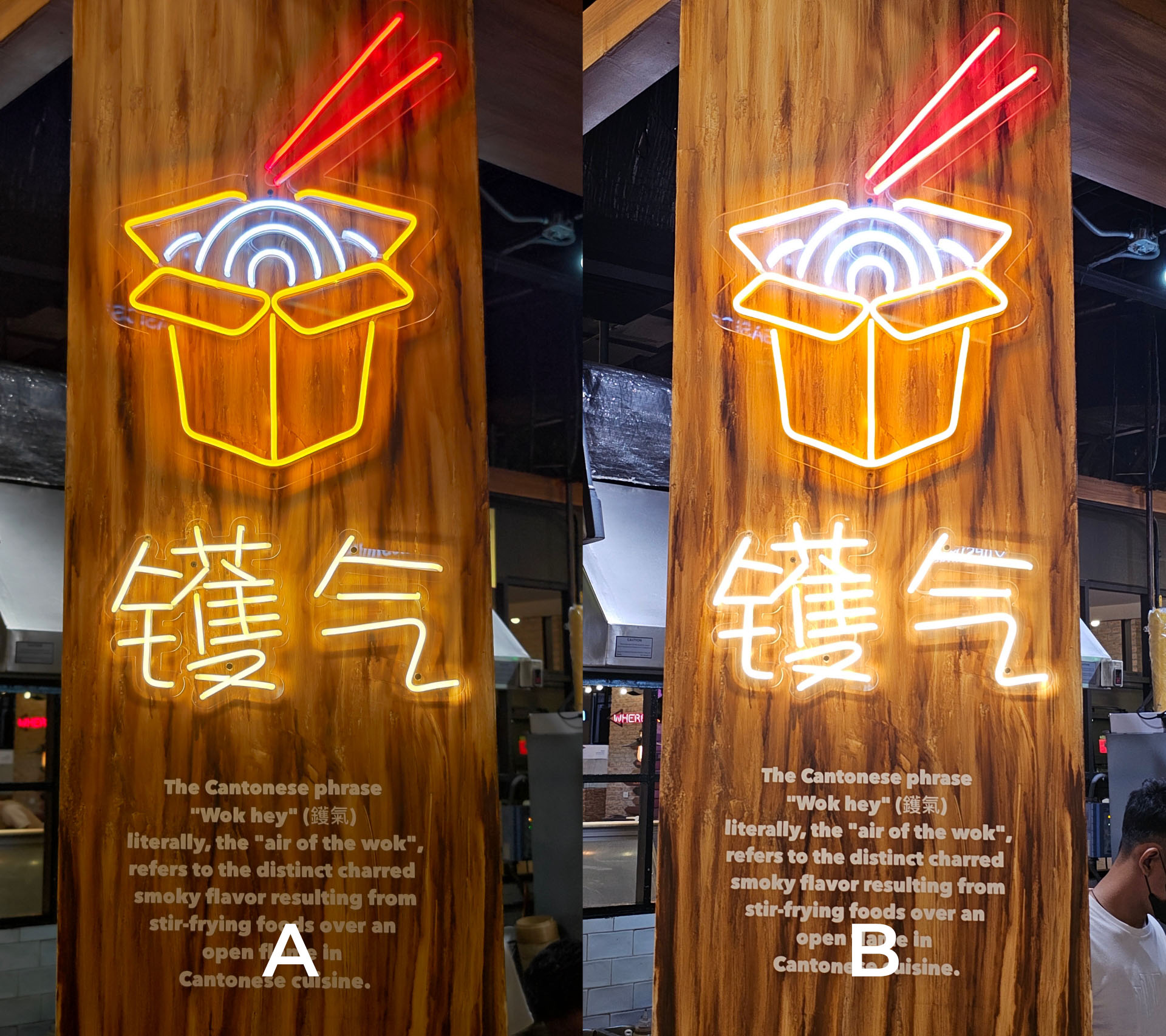
Ultra-wide
While Xiaomi boasts its 50MP sensor and Samsung relies on its 12MP camera, both phones feature a sufficient f/2.2 lens opening.
But with a five-degree (5º) difference between each phone’s FoV (Field of View), this might make or break your succeeding photo picks.
U1
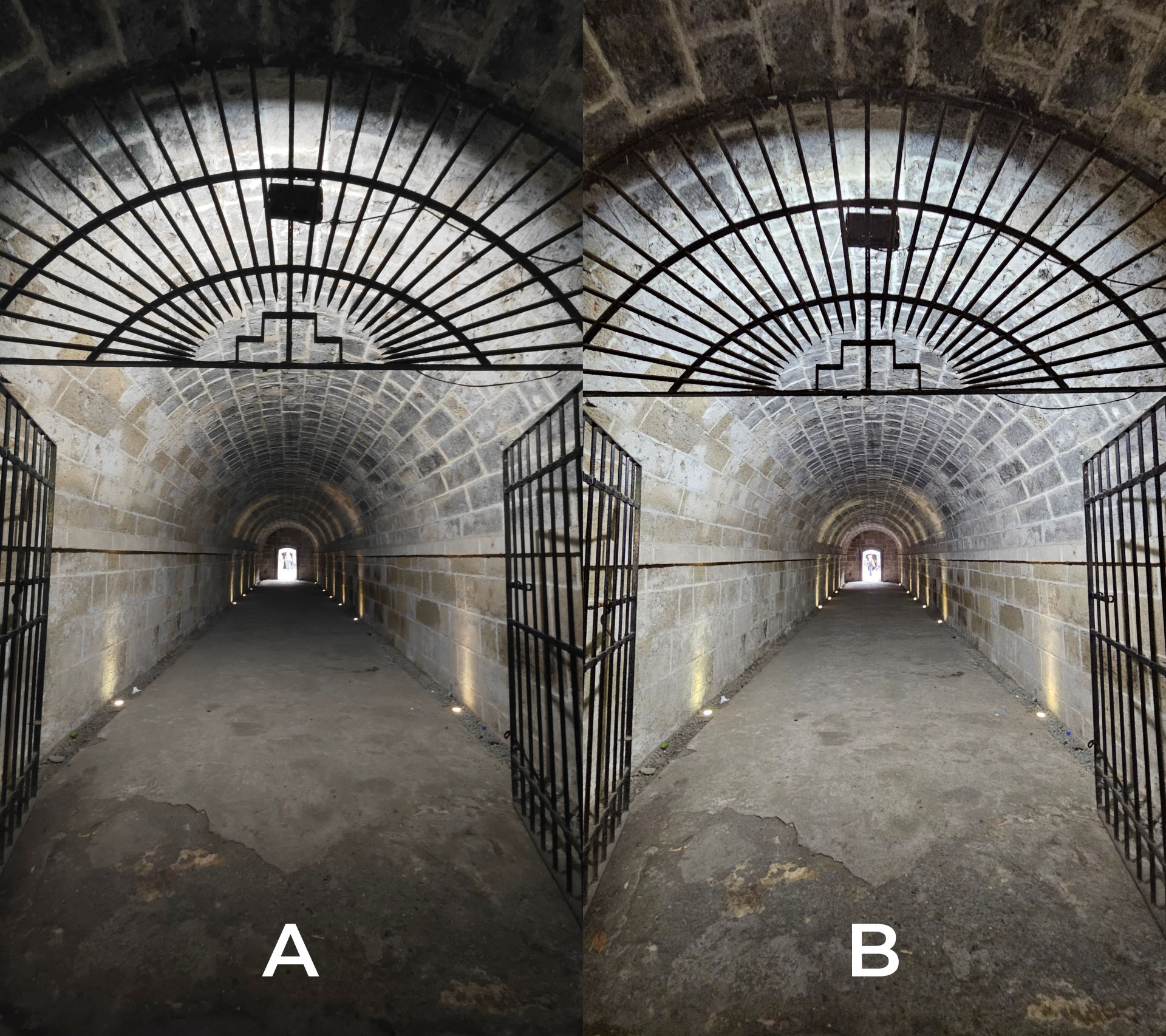
U2

U3
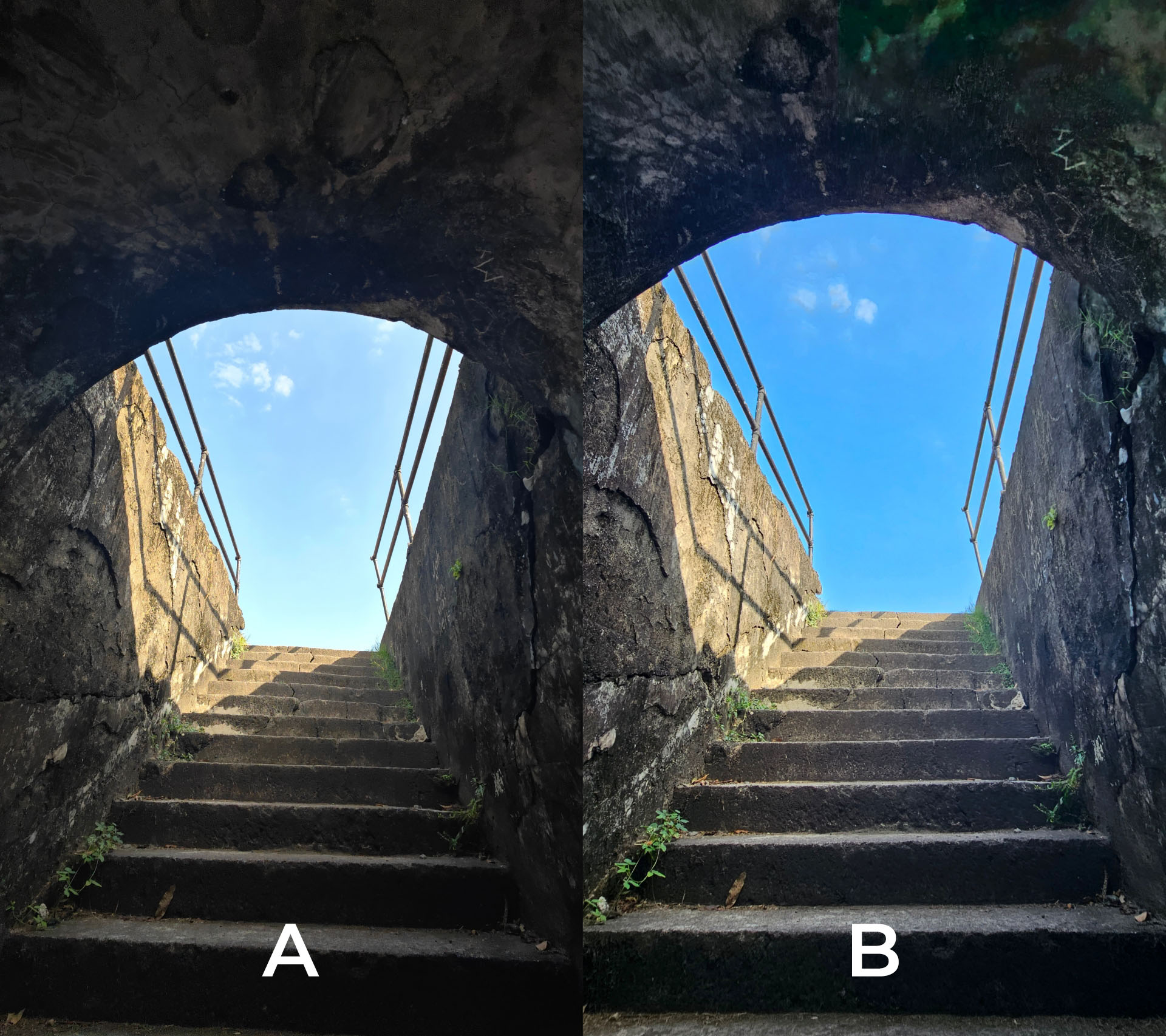
U4
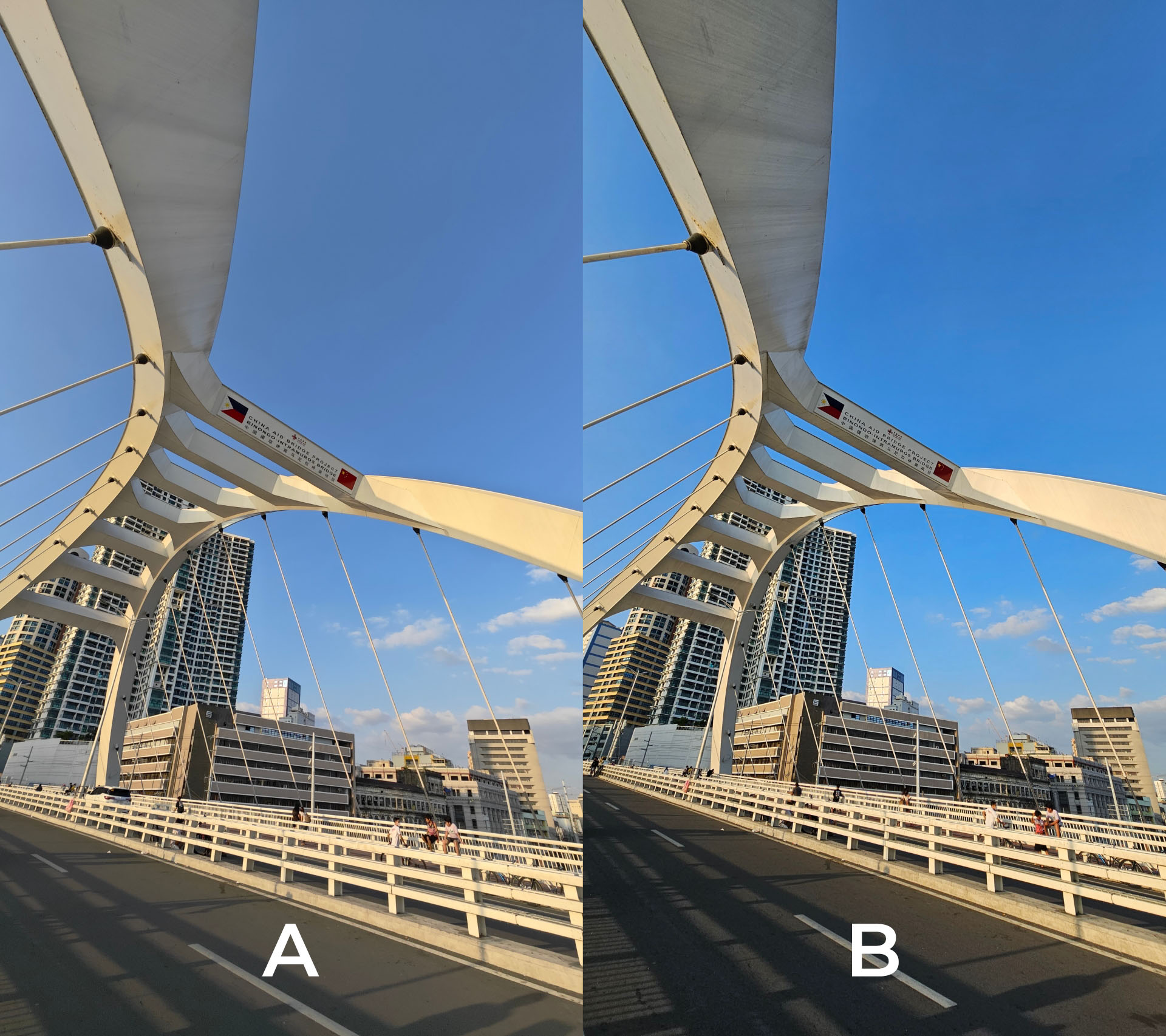
U5
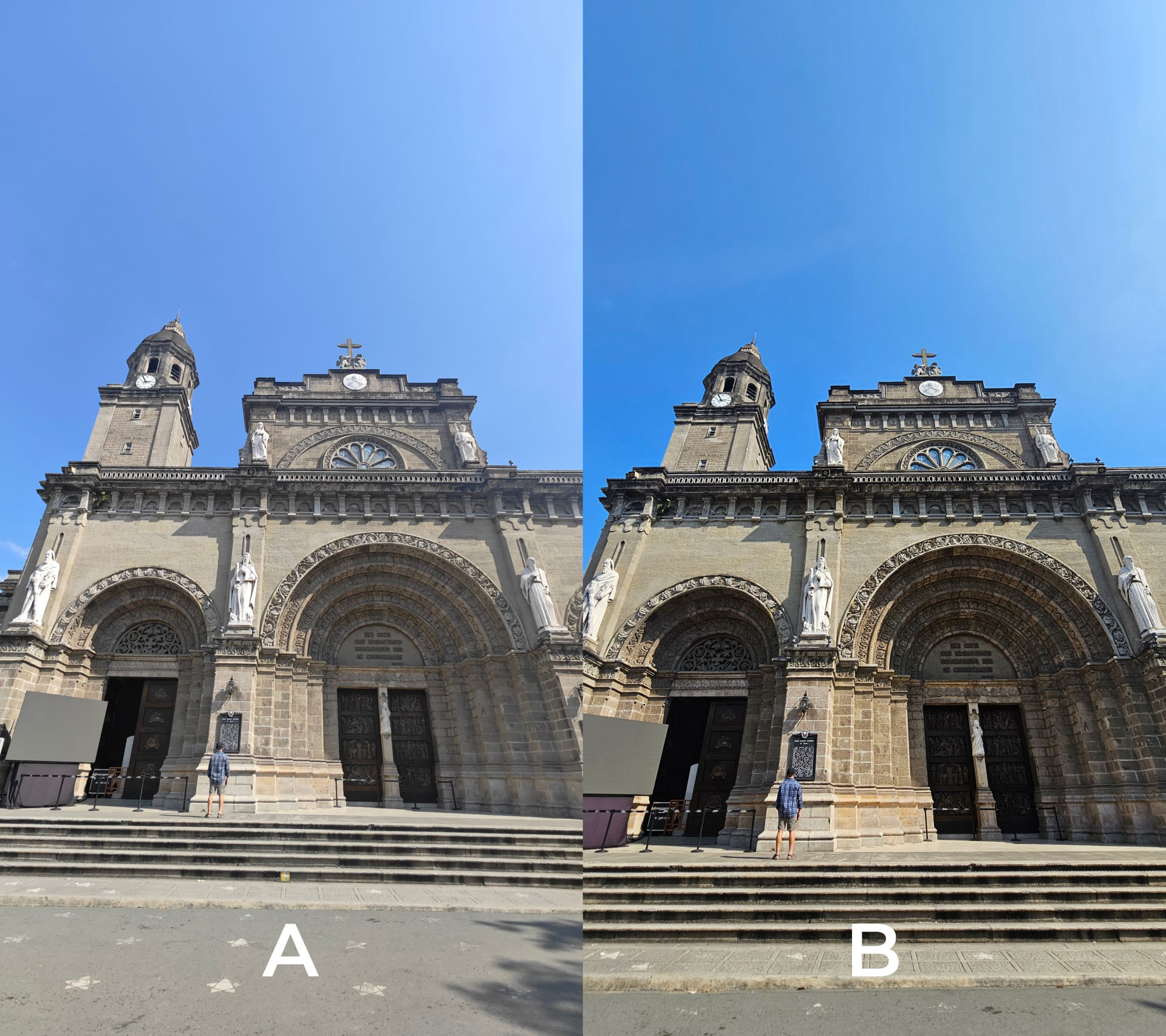
U6

U7
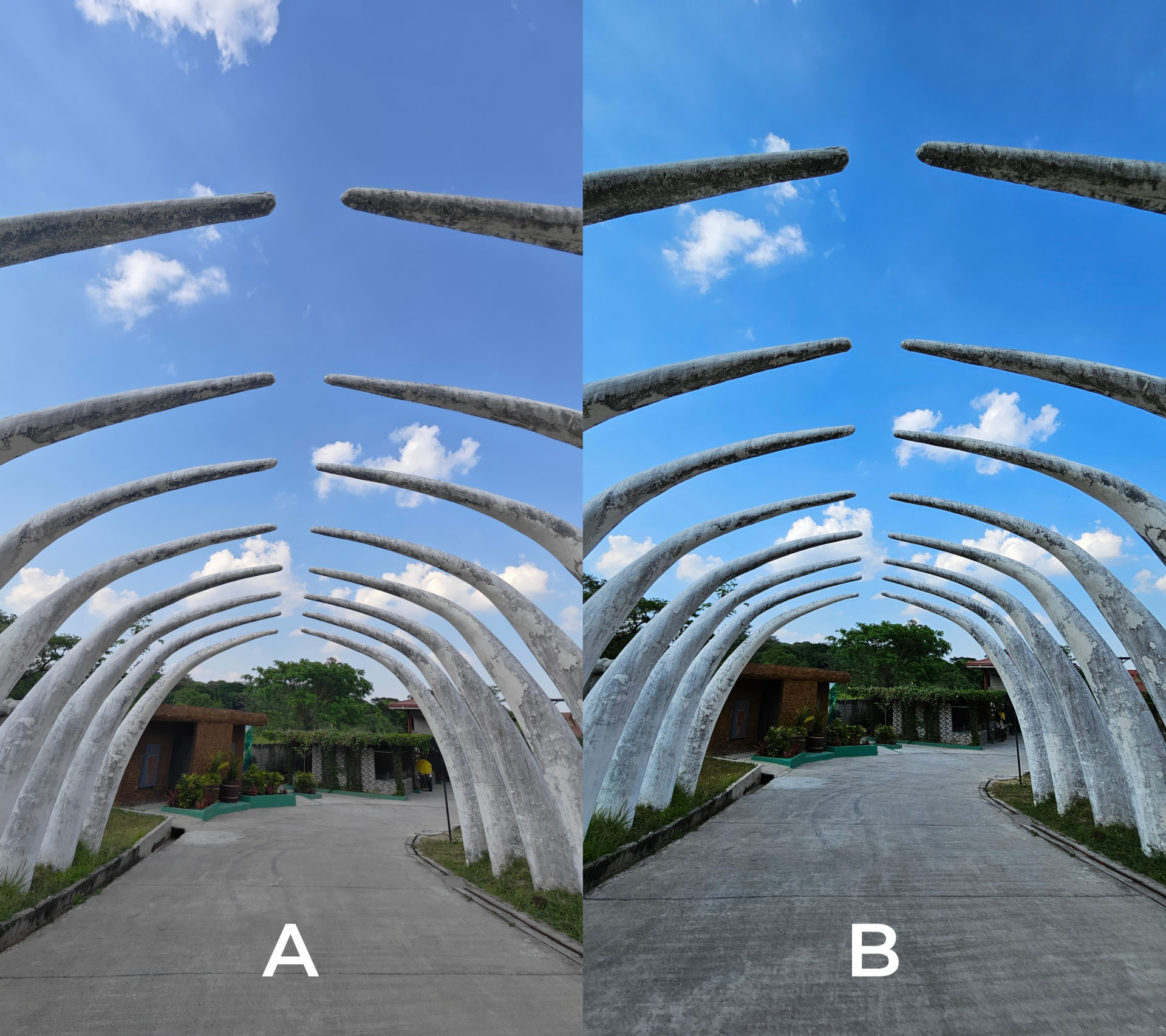
U8

U9
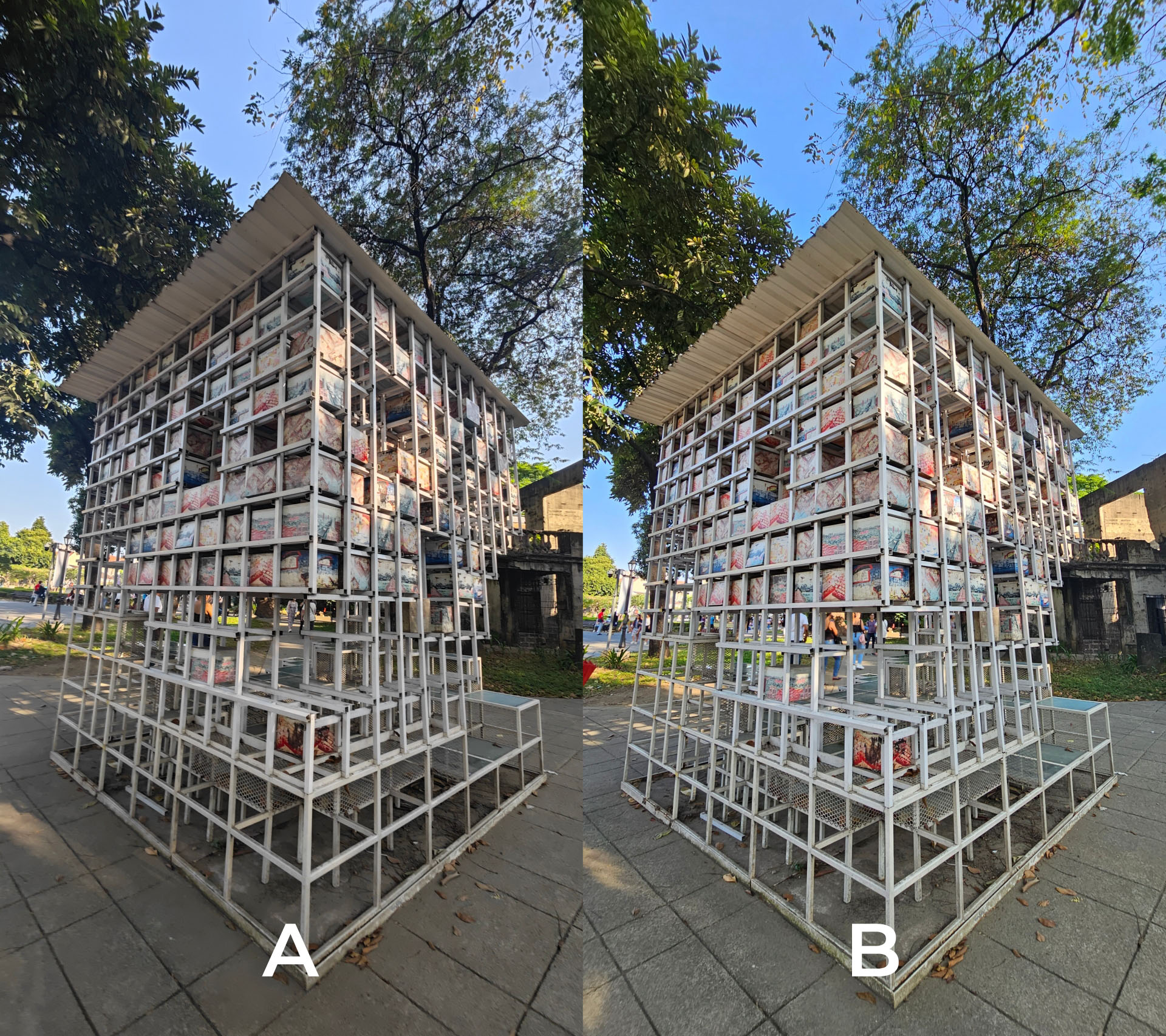
U10

U11
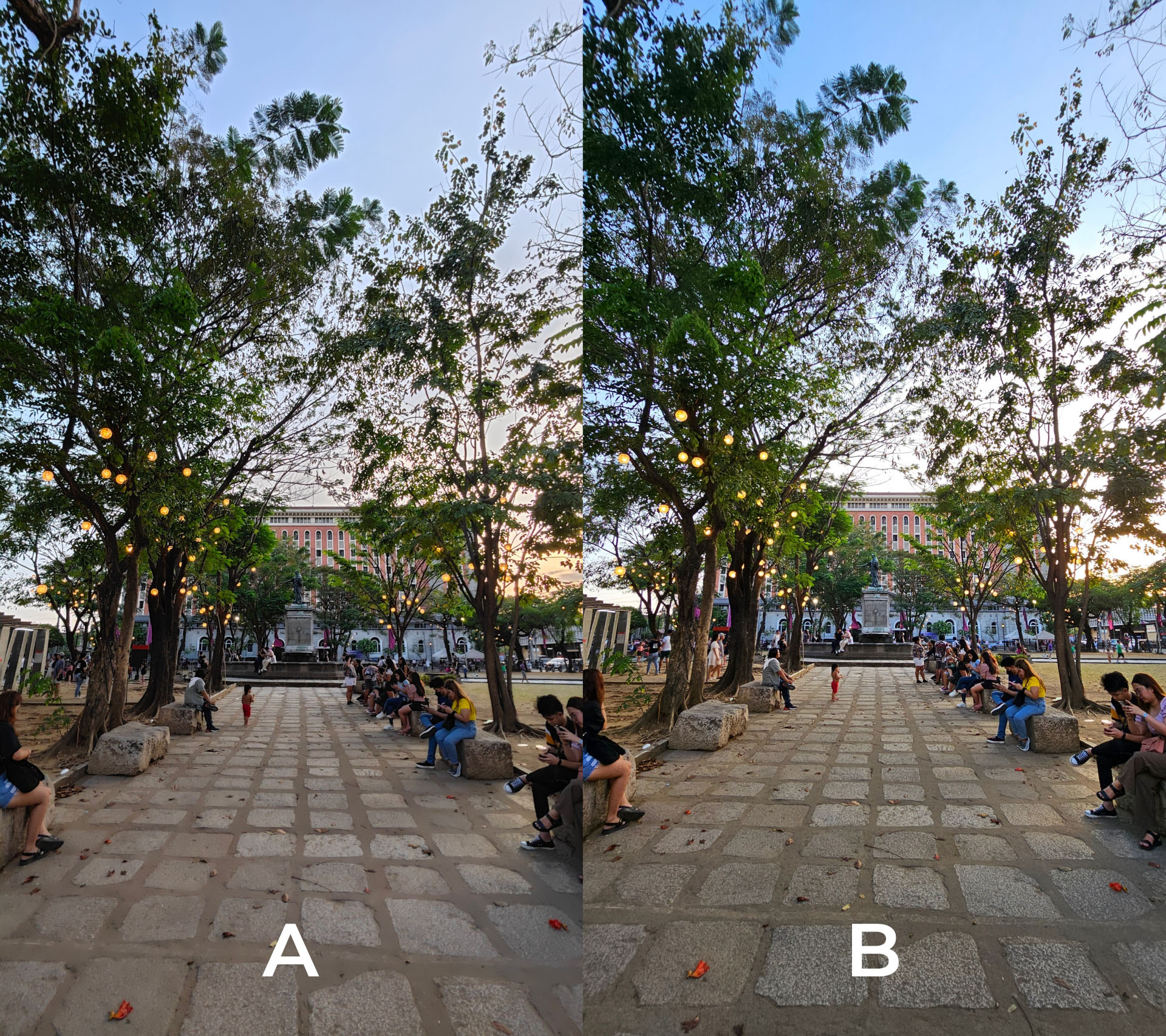
U12
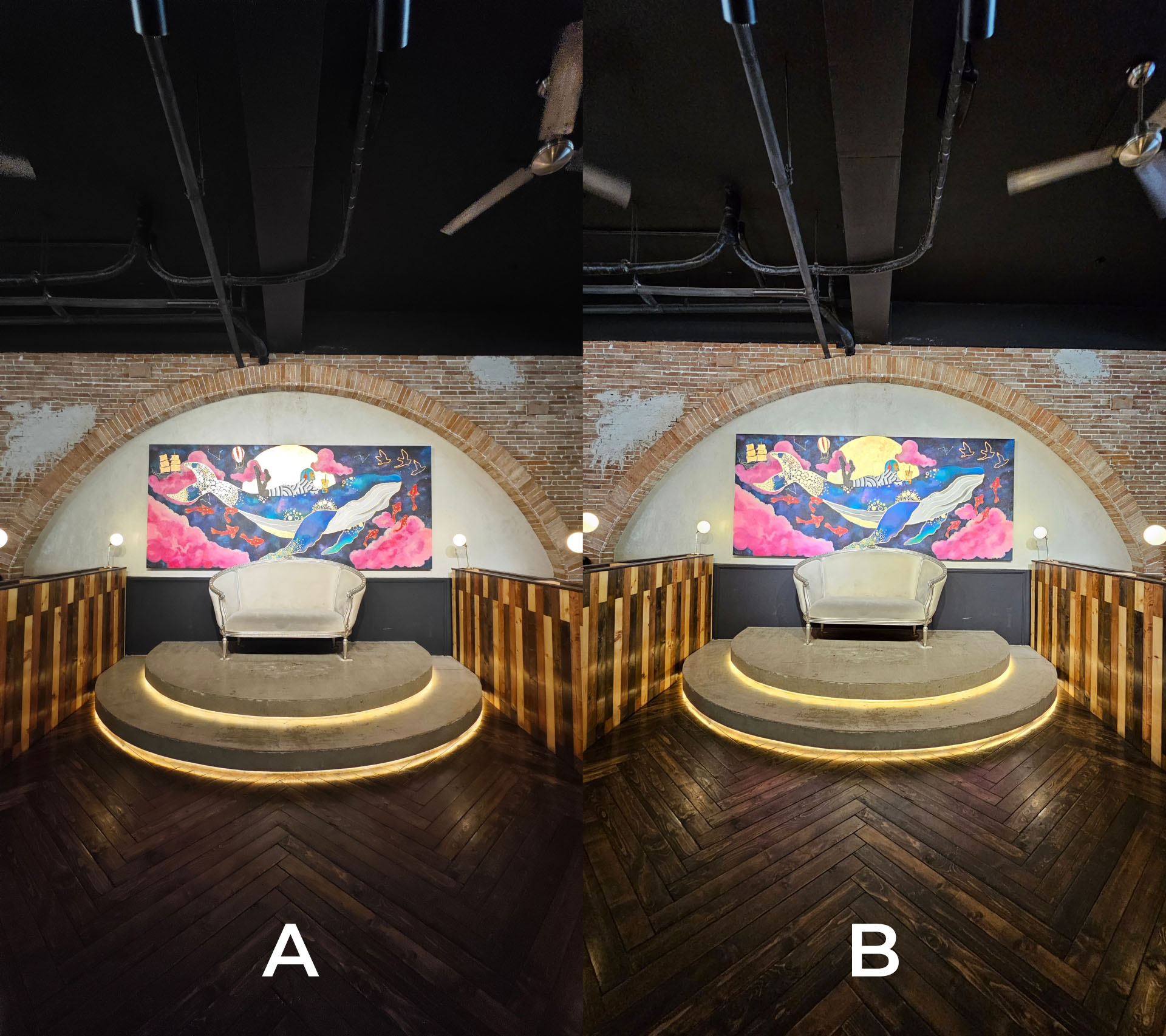
U13

Zoom
I only focused on using the respective 3.2x and 3x telephoto lenses of both flagships as Xiaomi lacks a dedicated periscope zoom lens.
But to make it fair for Xiaomi, I managed to squeeze it in a little bit to 3.2x on the Galaxy S23 Ultra in most (if not all) photos.
Z1

Z2
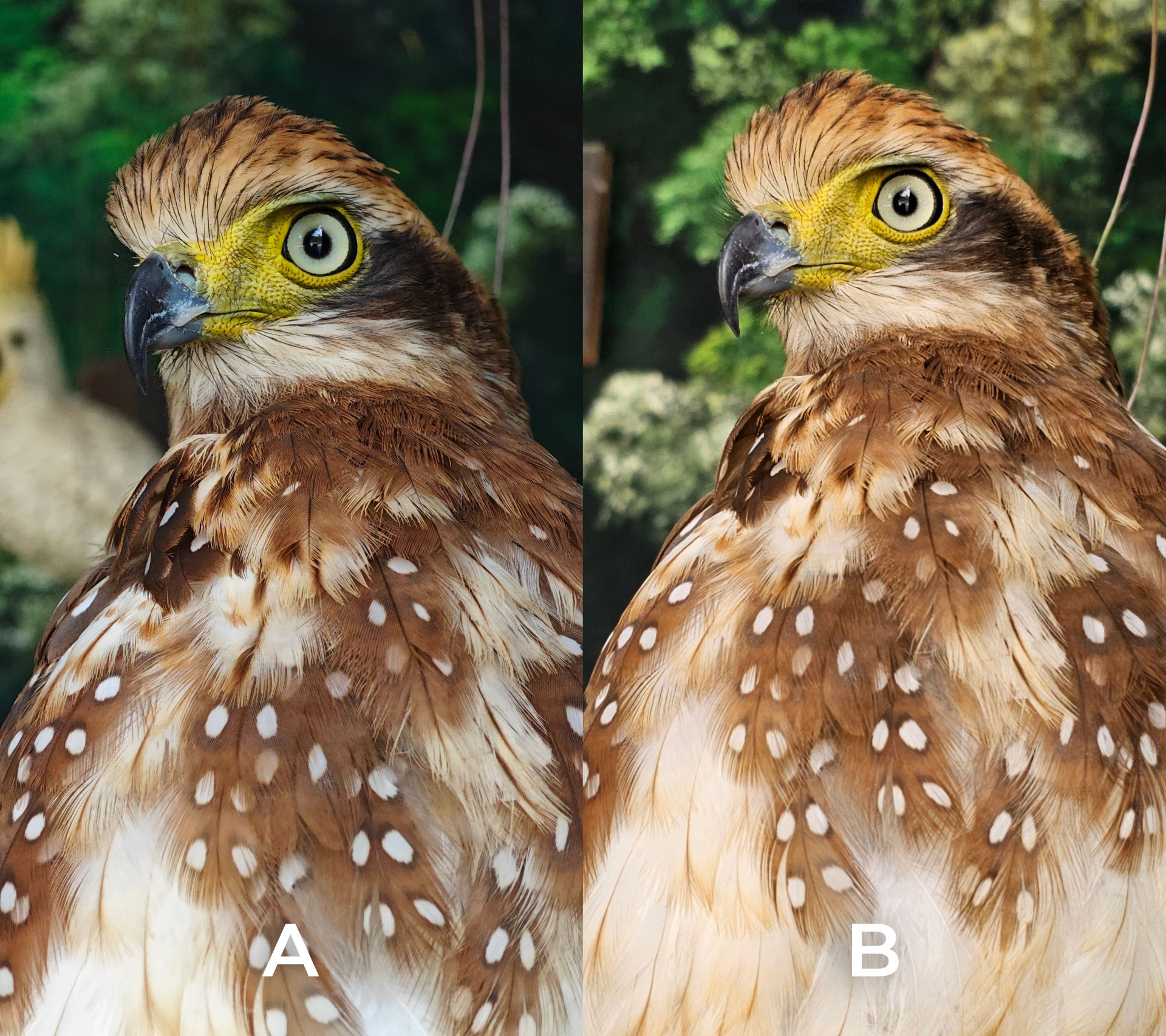
Z3

Z4
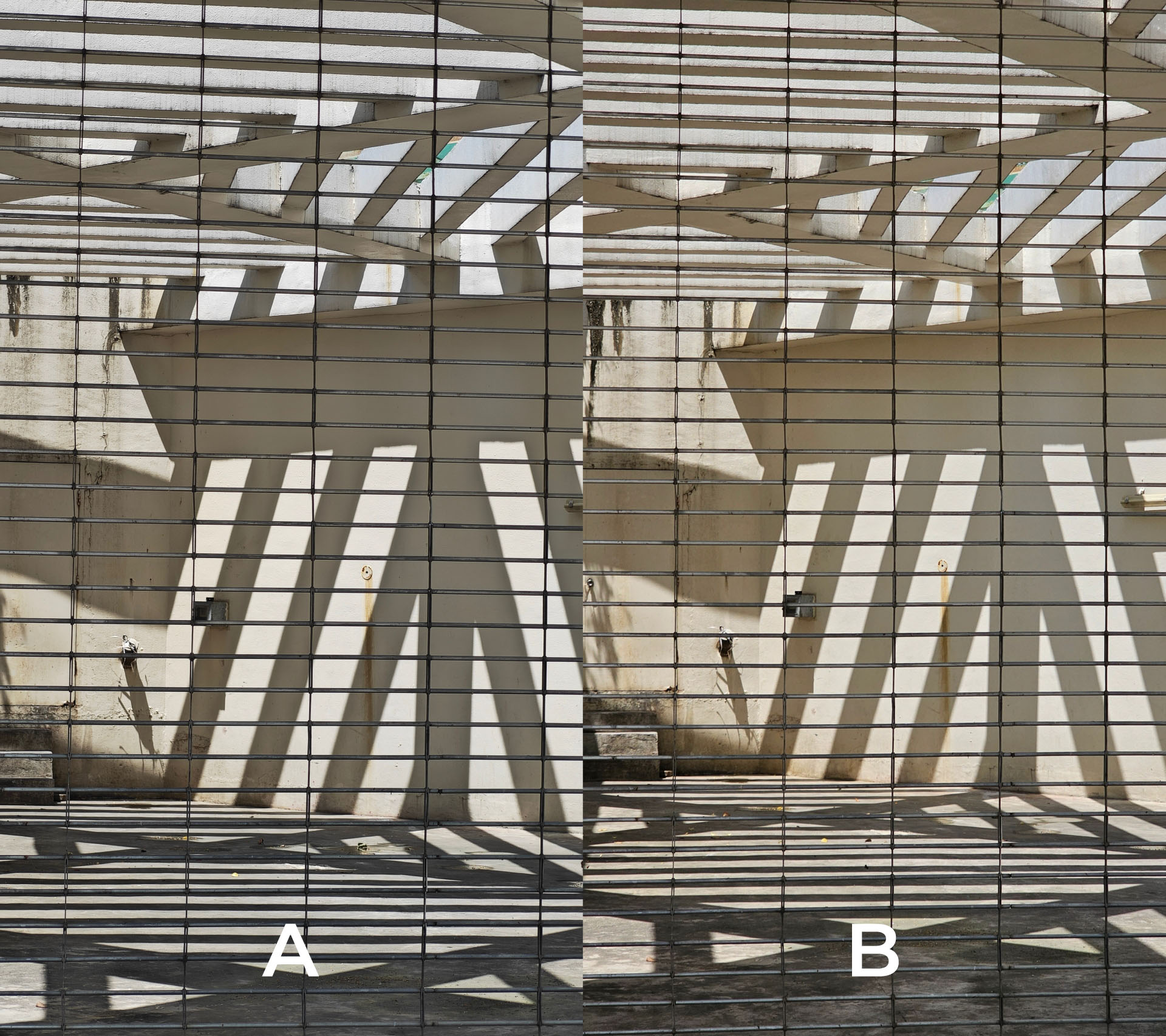
Z5

Z6
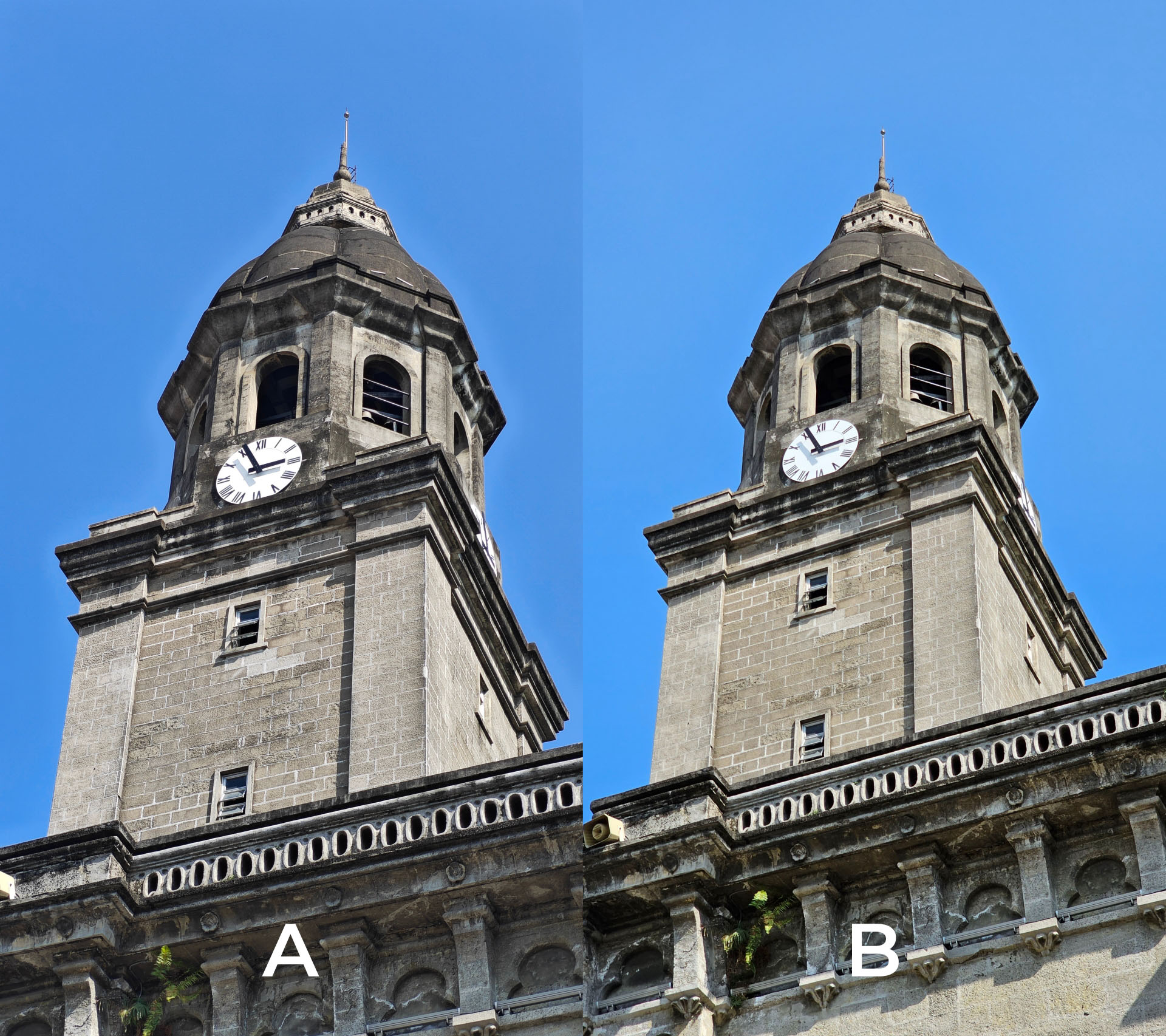
Z7

Z8

Z9
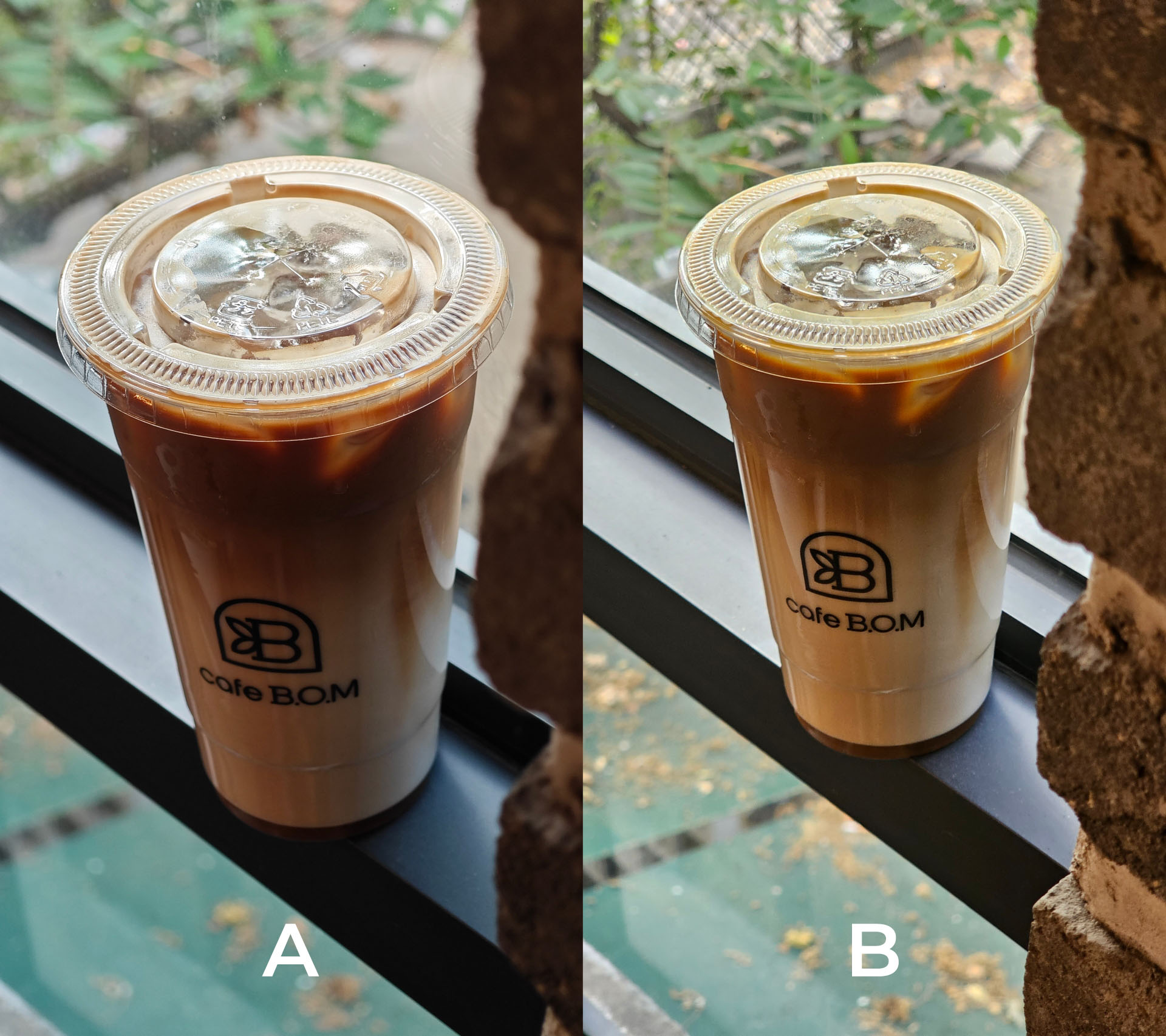
Z10
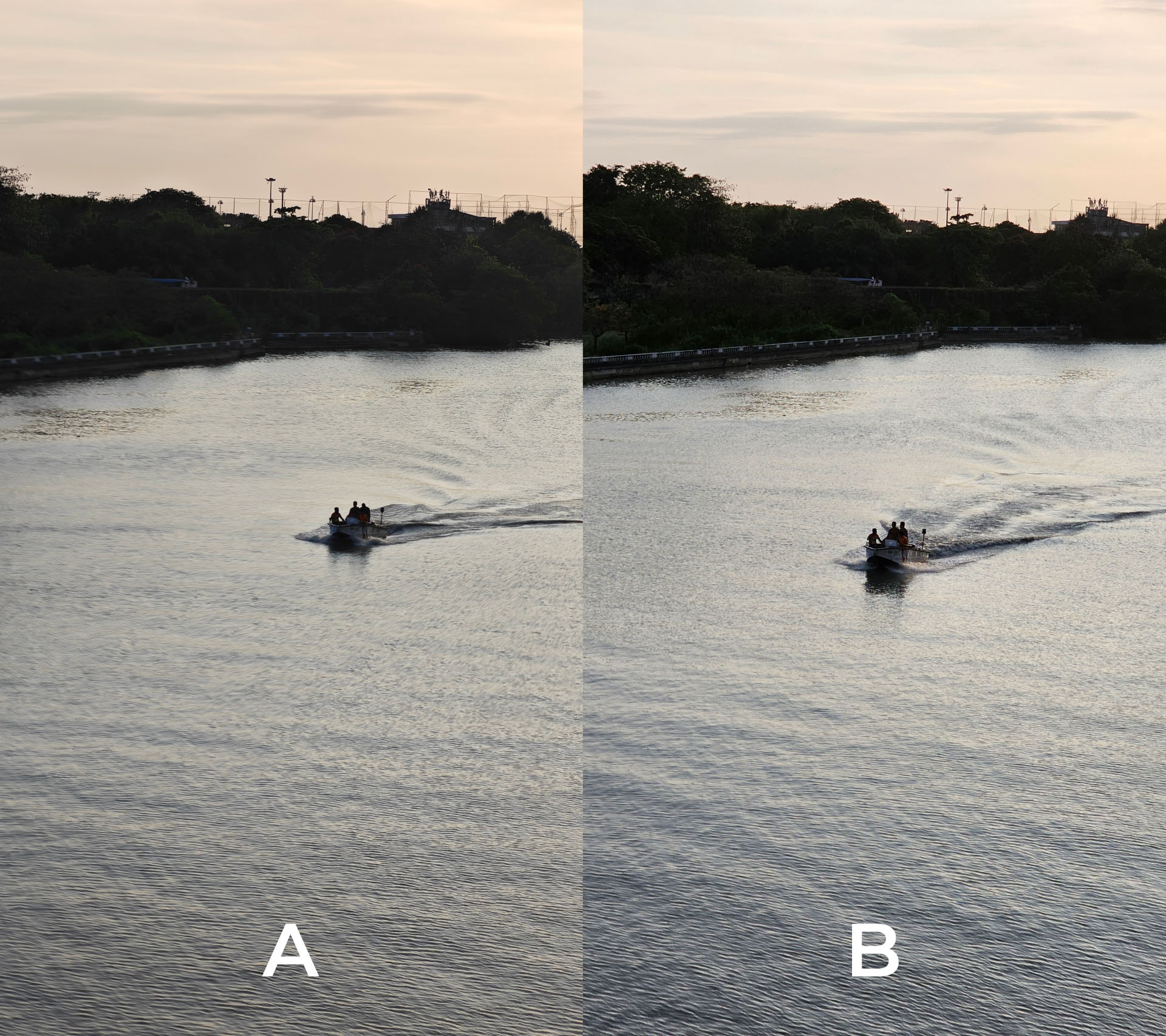
Z11
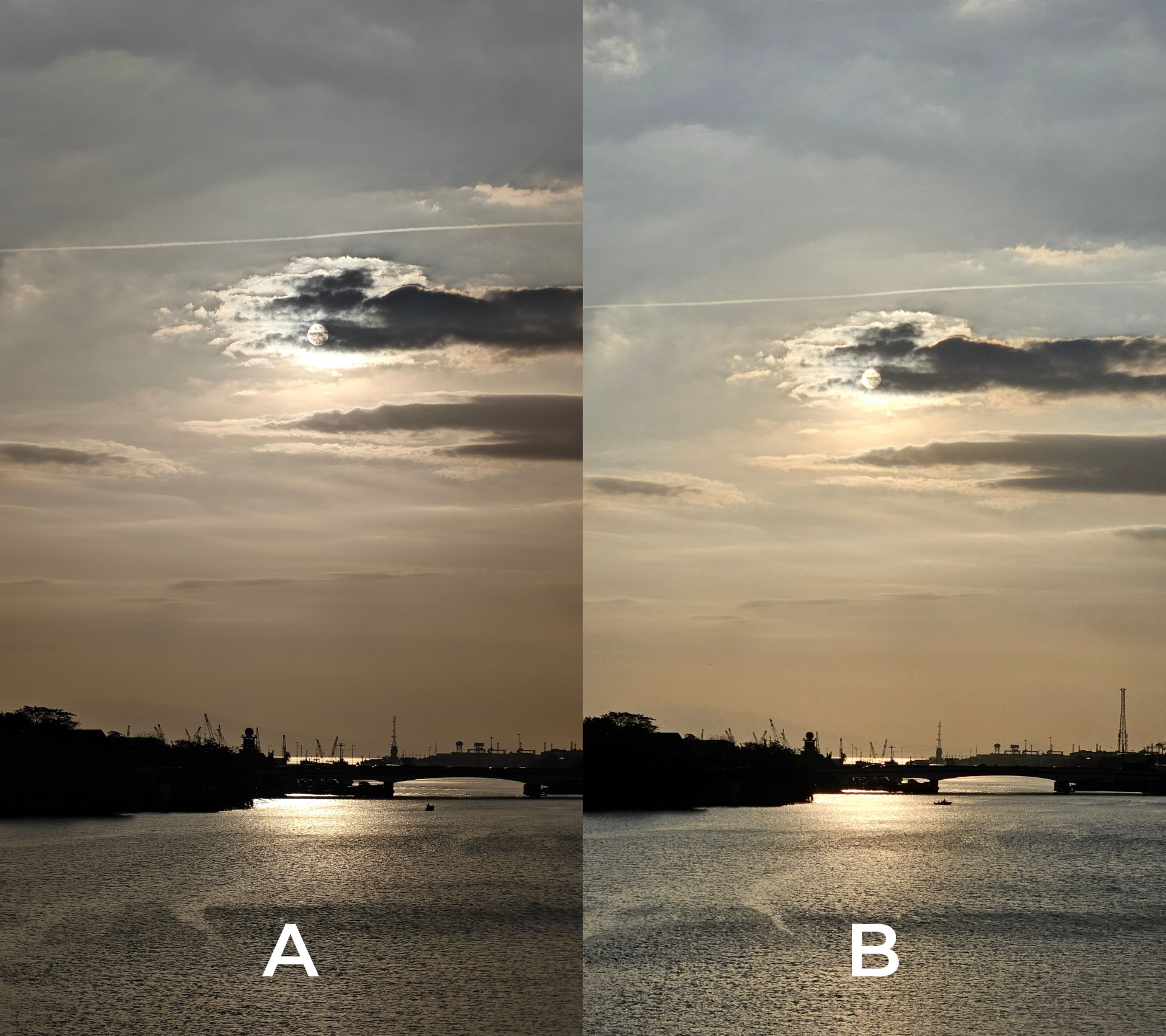
Z12
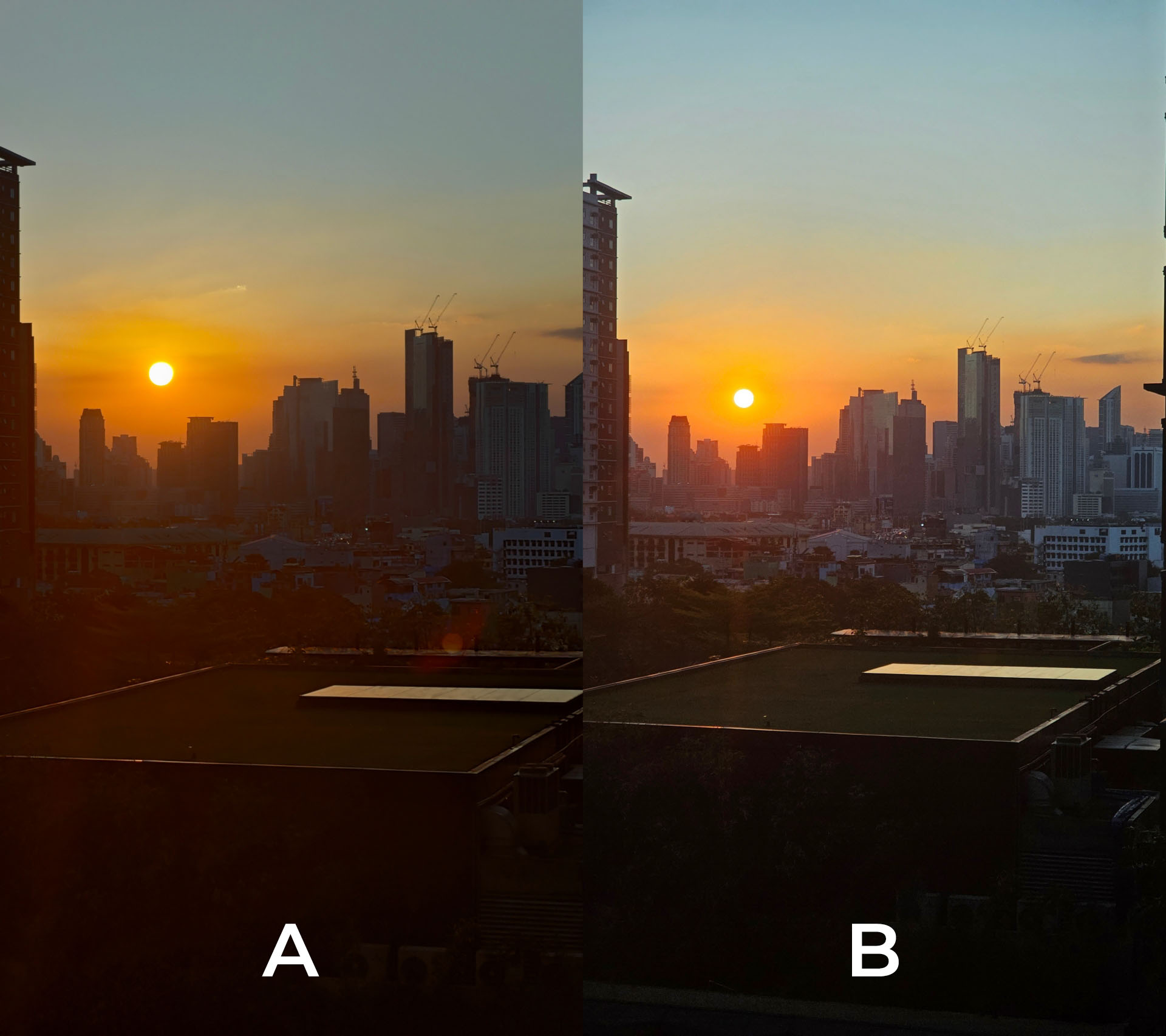
Z13
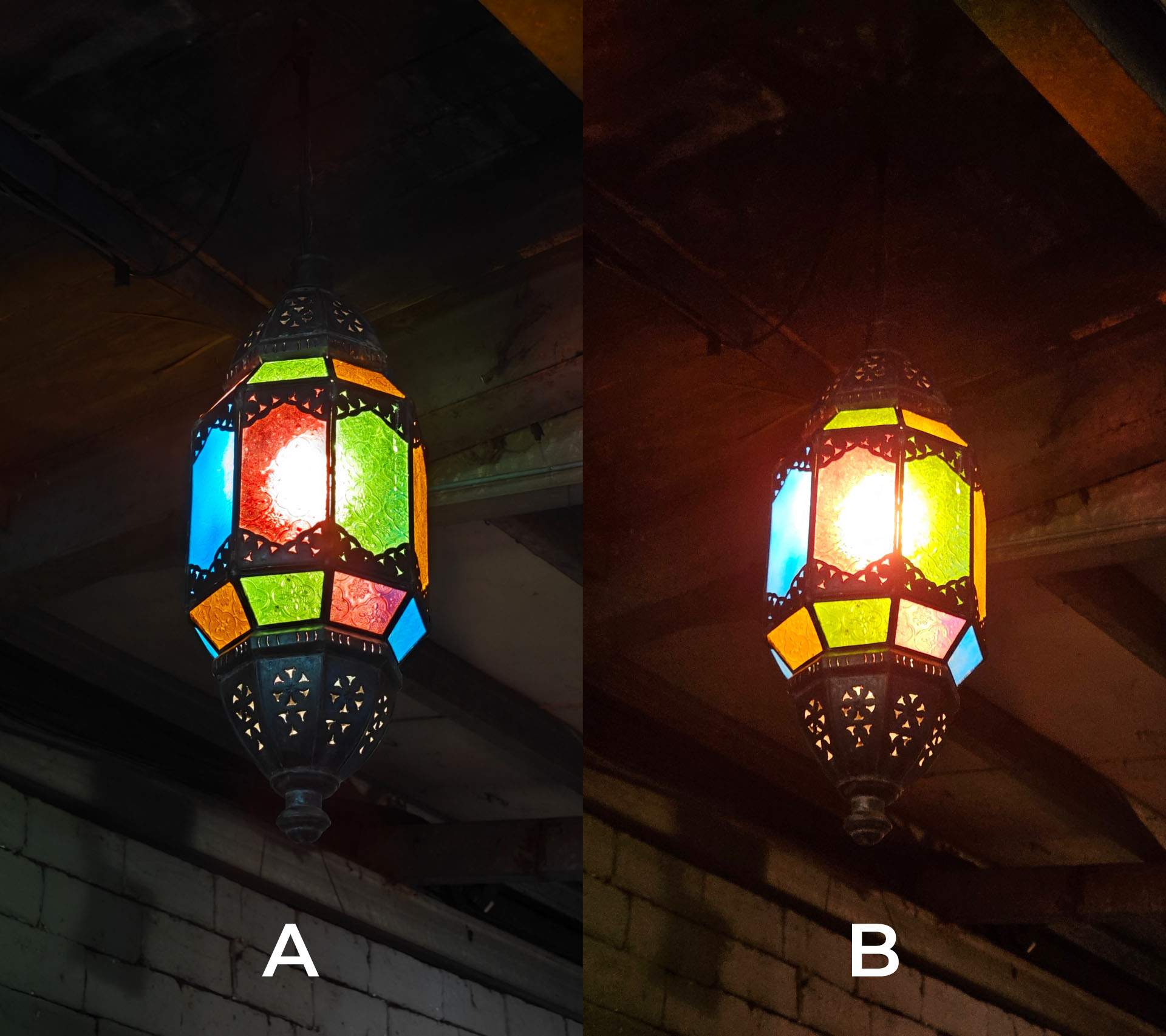
Night Mode
Lastly, this section will further prove if the 50MP 1-inch camera sensor can break its rival’s 200MP camera with a smaller 1/1.31″ sensor when it comes to low-light scenarios with Night Mode processing and AI algorithm turned on.
N1 (Ultra-wide)
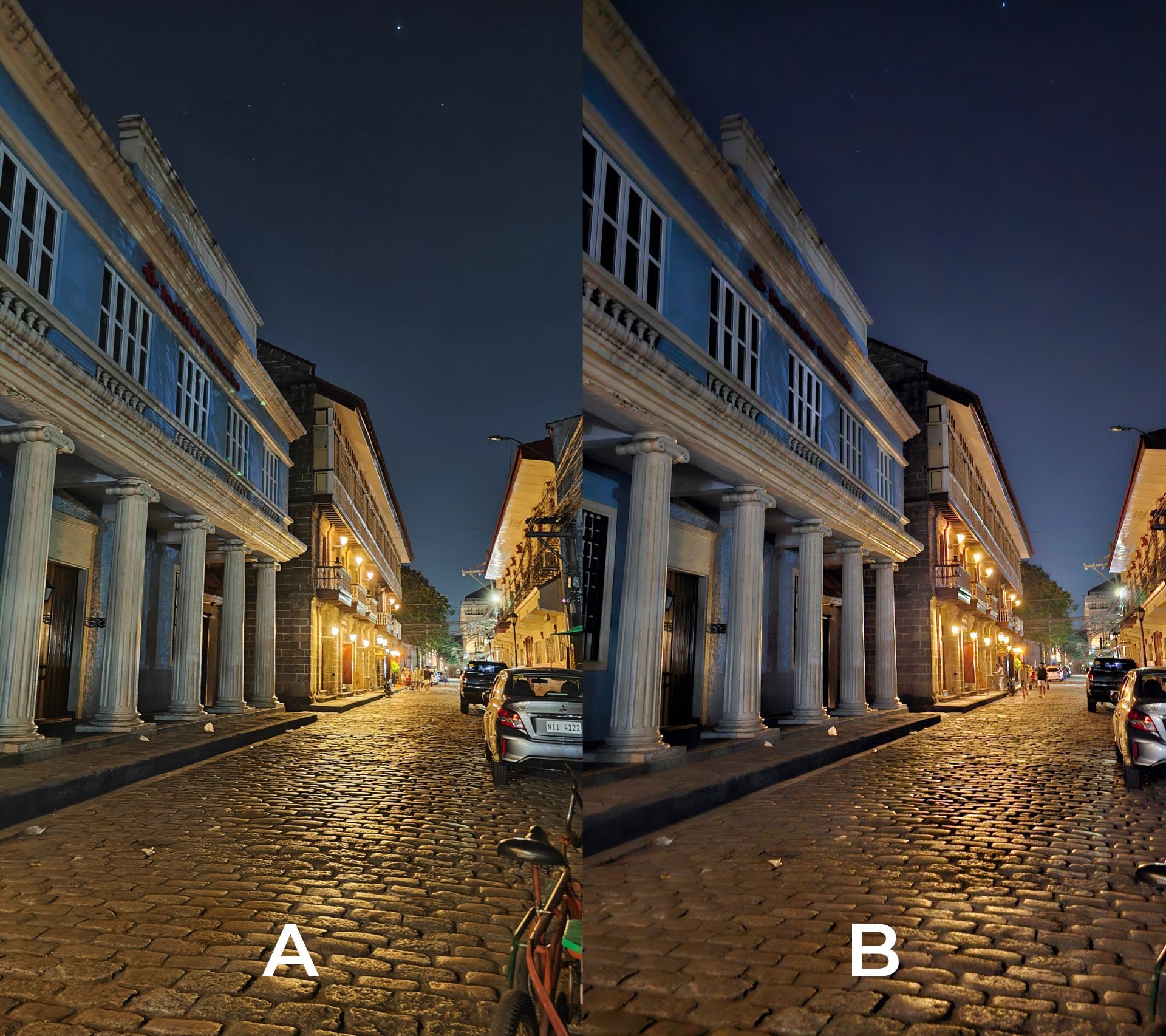
N2 (1x wide)

N3 (Zoom)
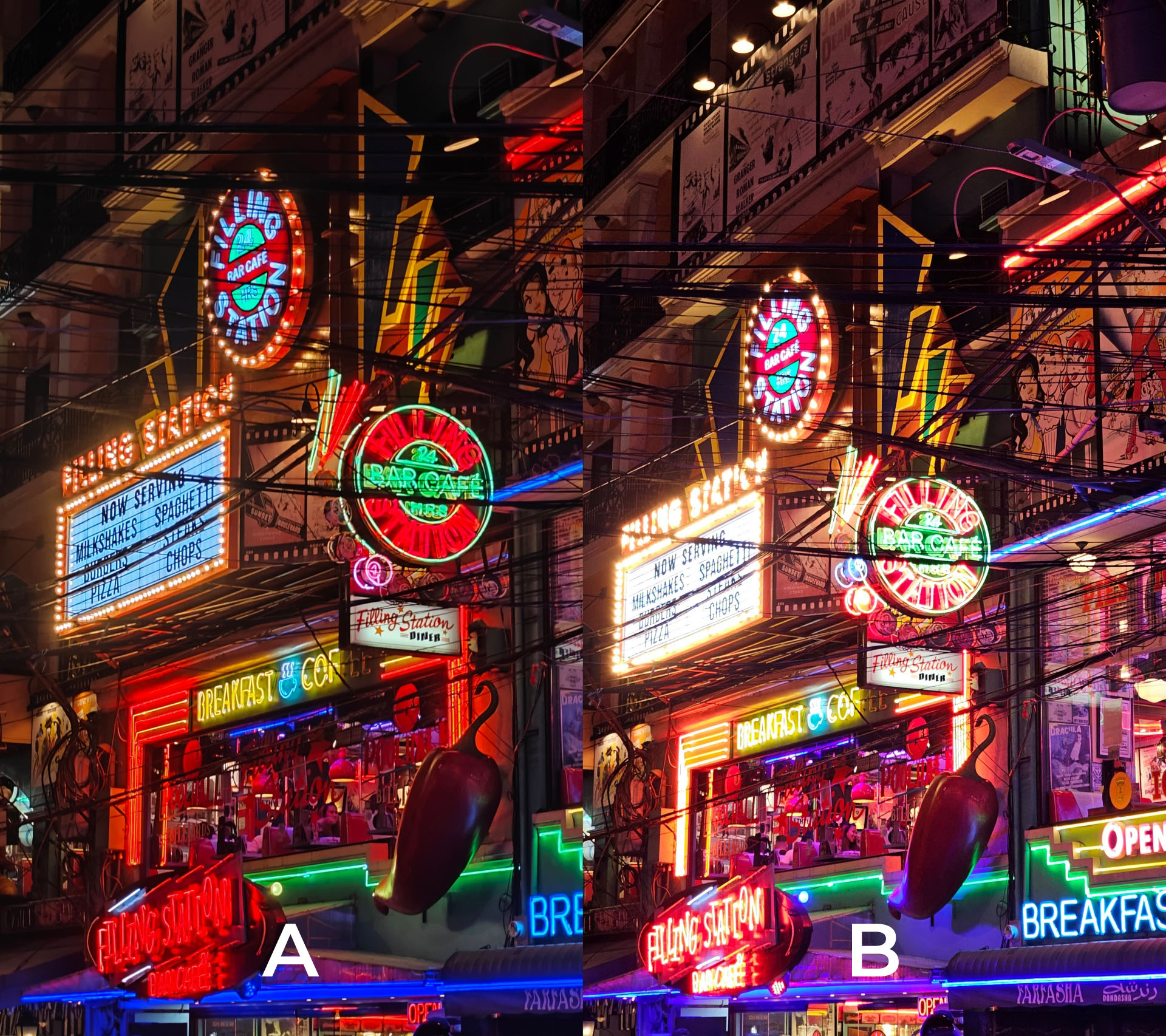
N4 (1x wide)
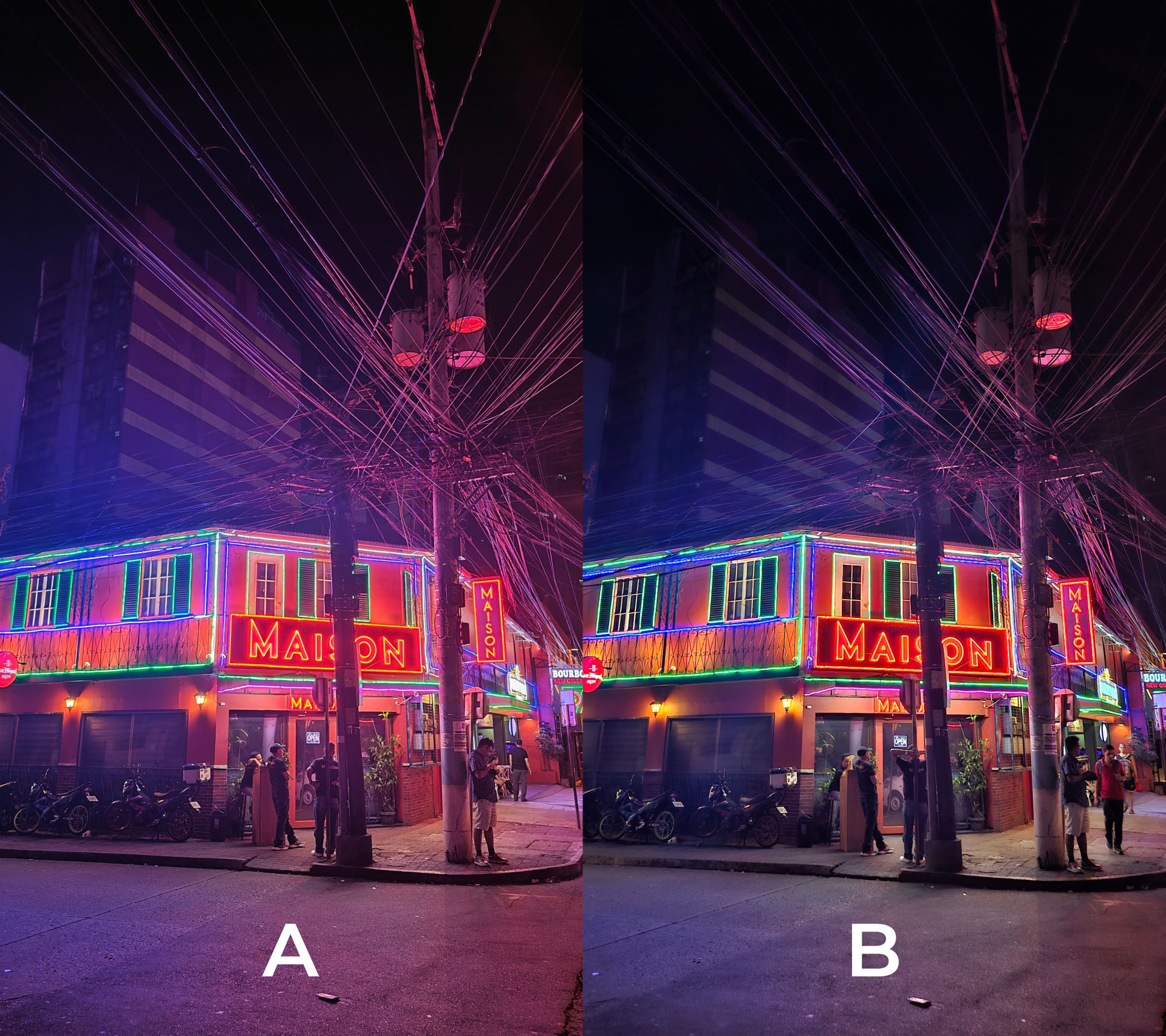
N5 (Ultra-wide)
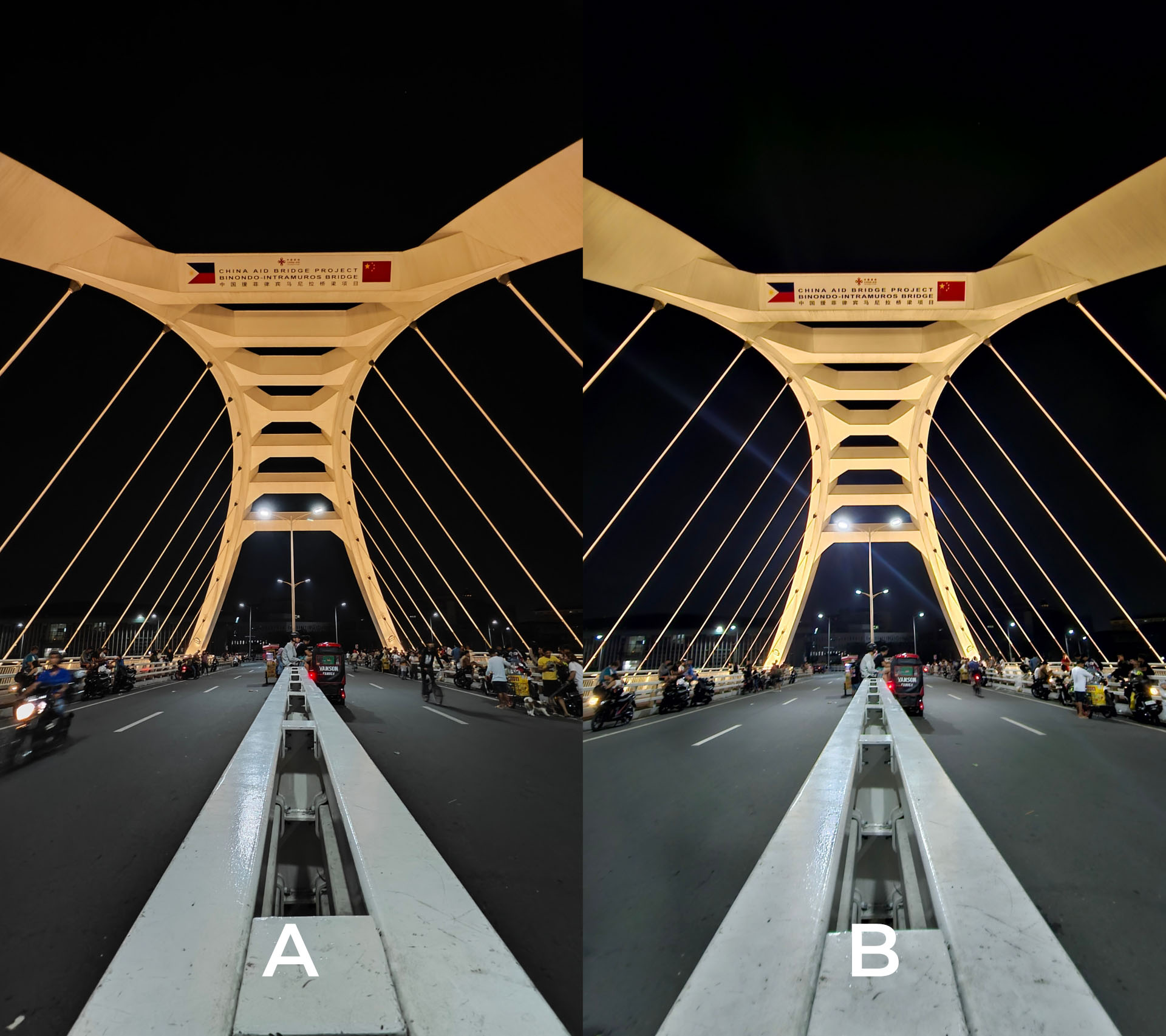
N6 (Zoom)
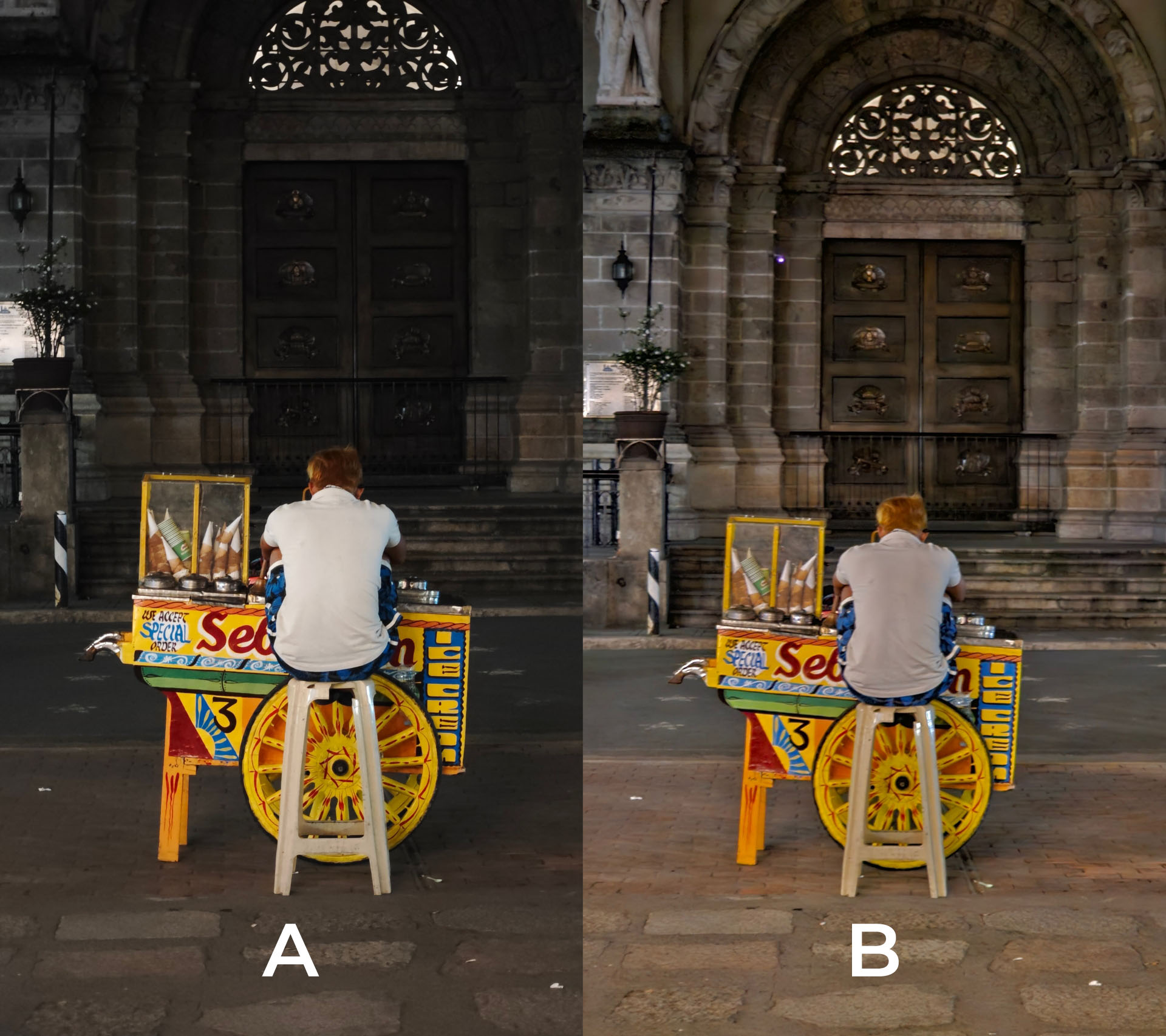
N7 (Zoom)
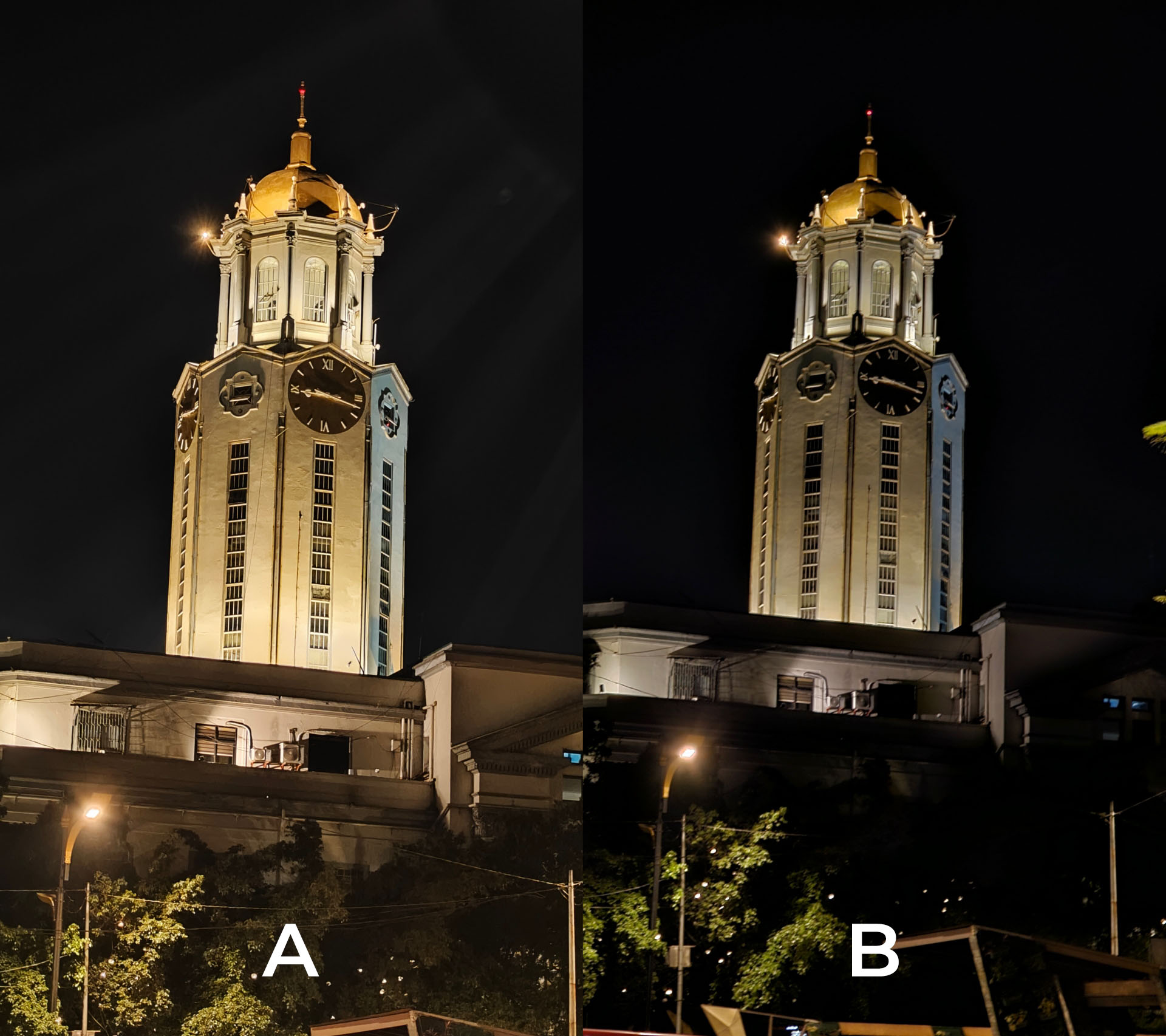
N8 (Zoom)
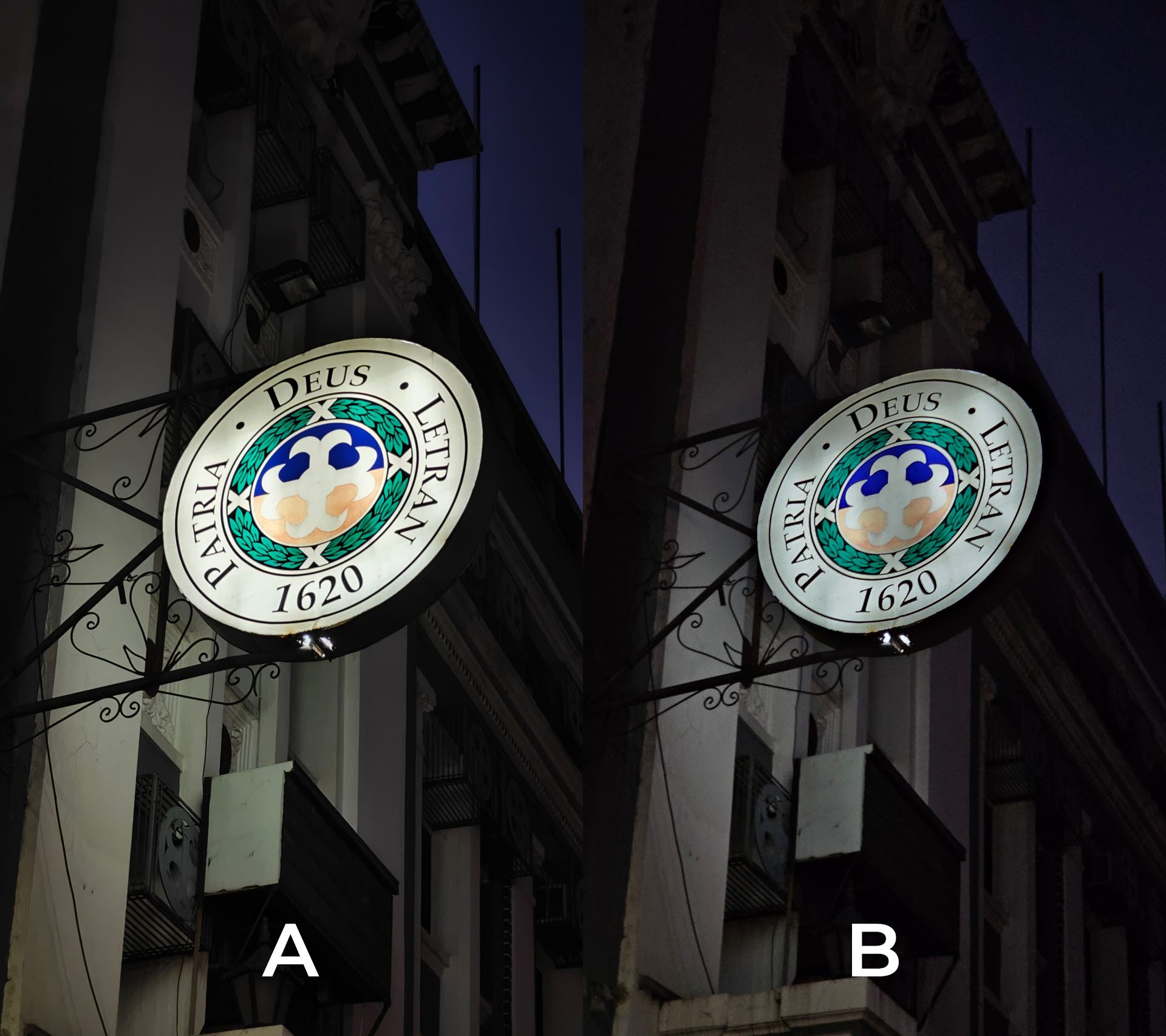
N9 (Ultra-wide)
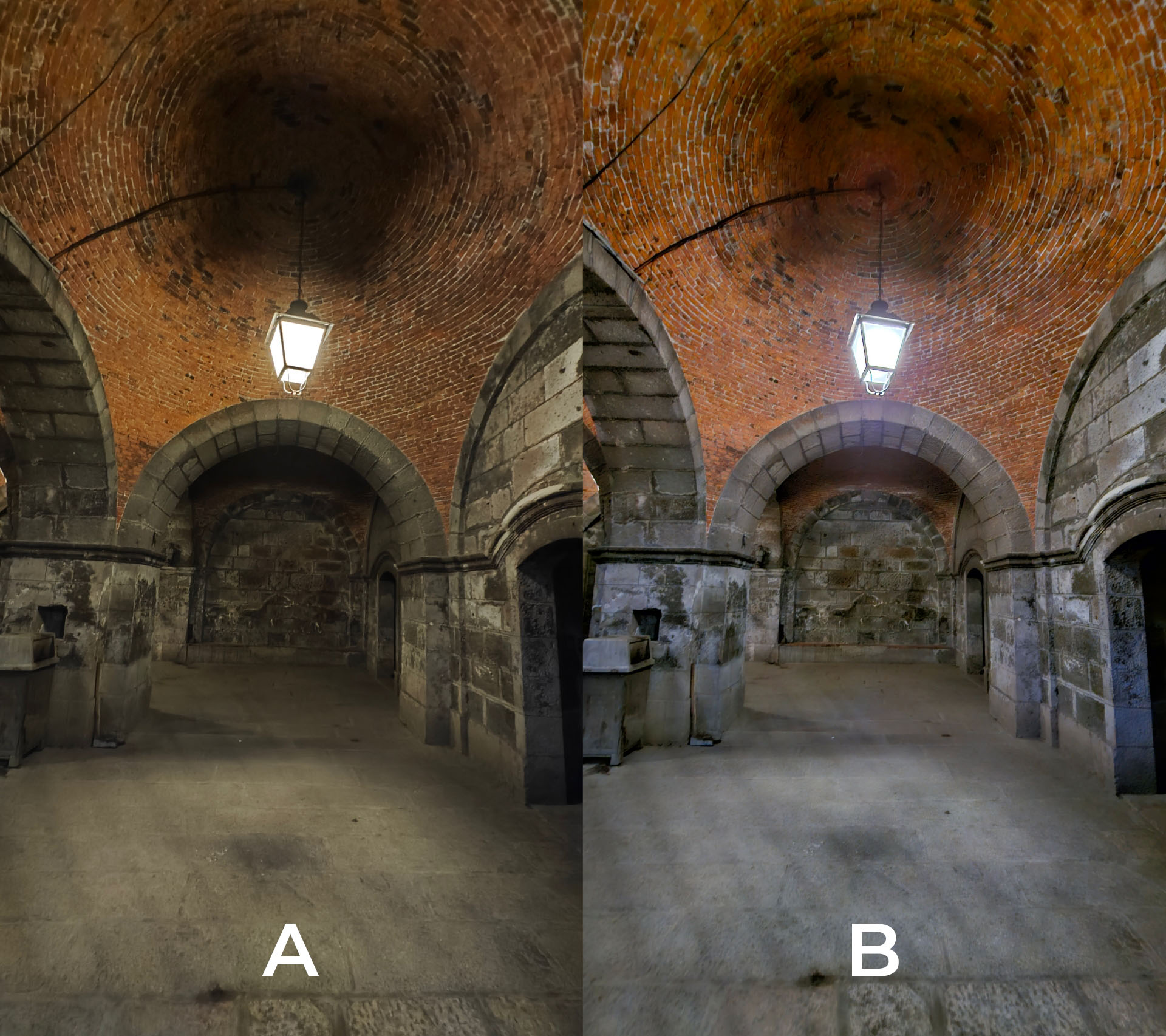
N10 (Ultra-wide)
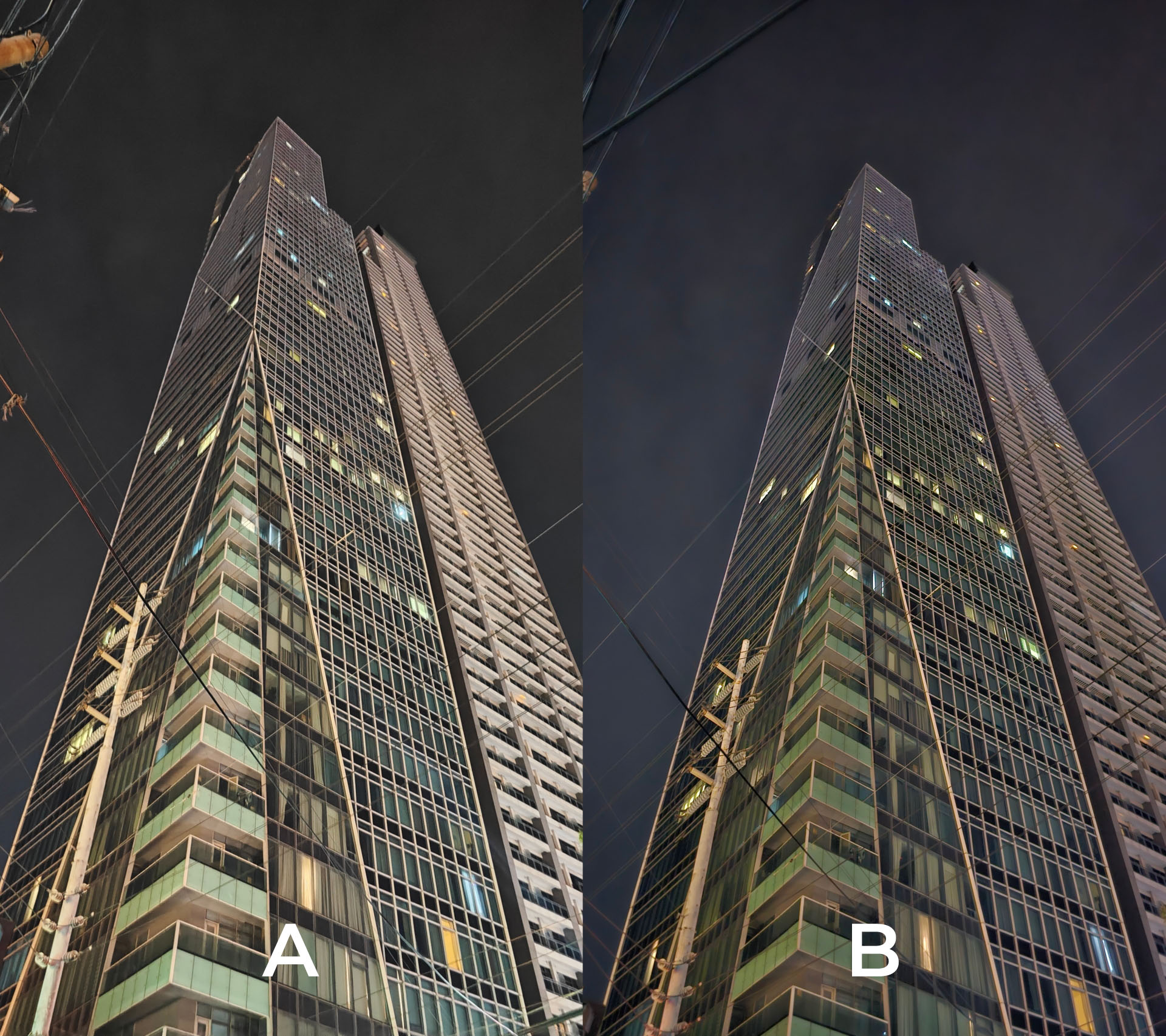
N11 (1x wide)
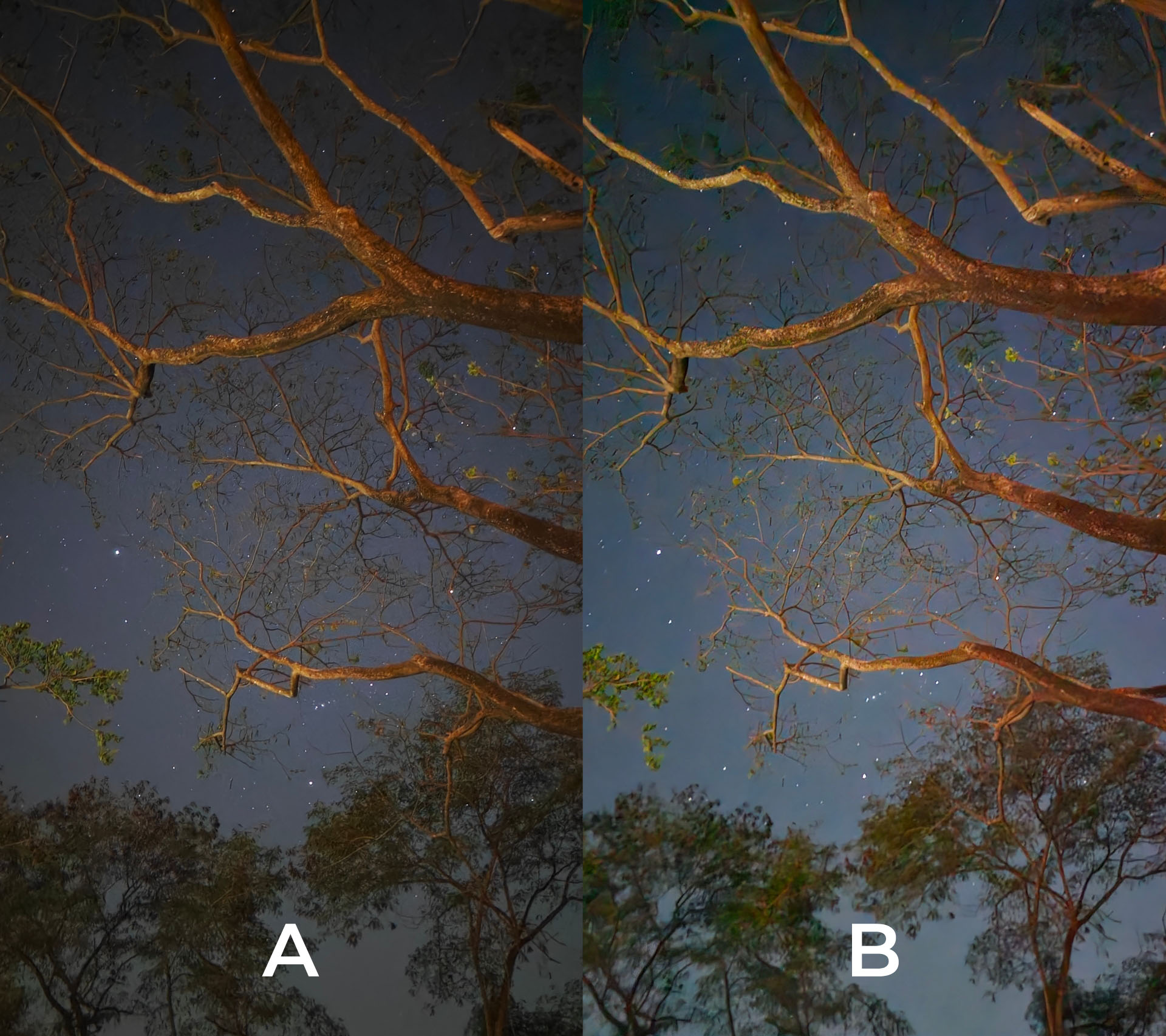
N12 (1x wide)
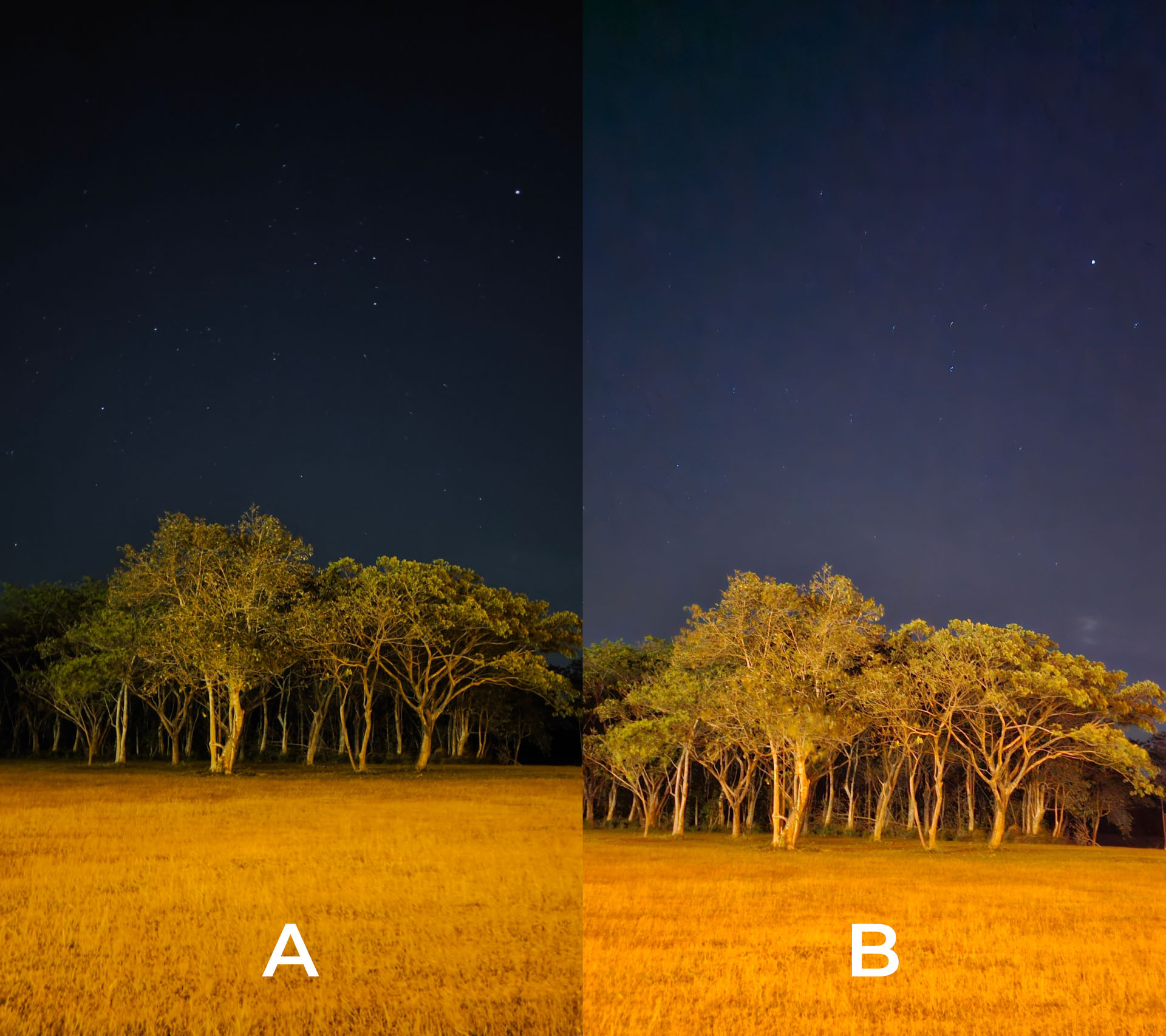
N13 (Zoom)
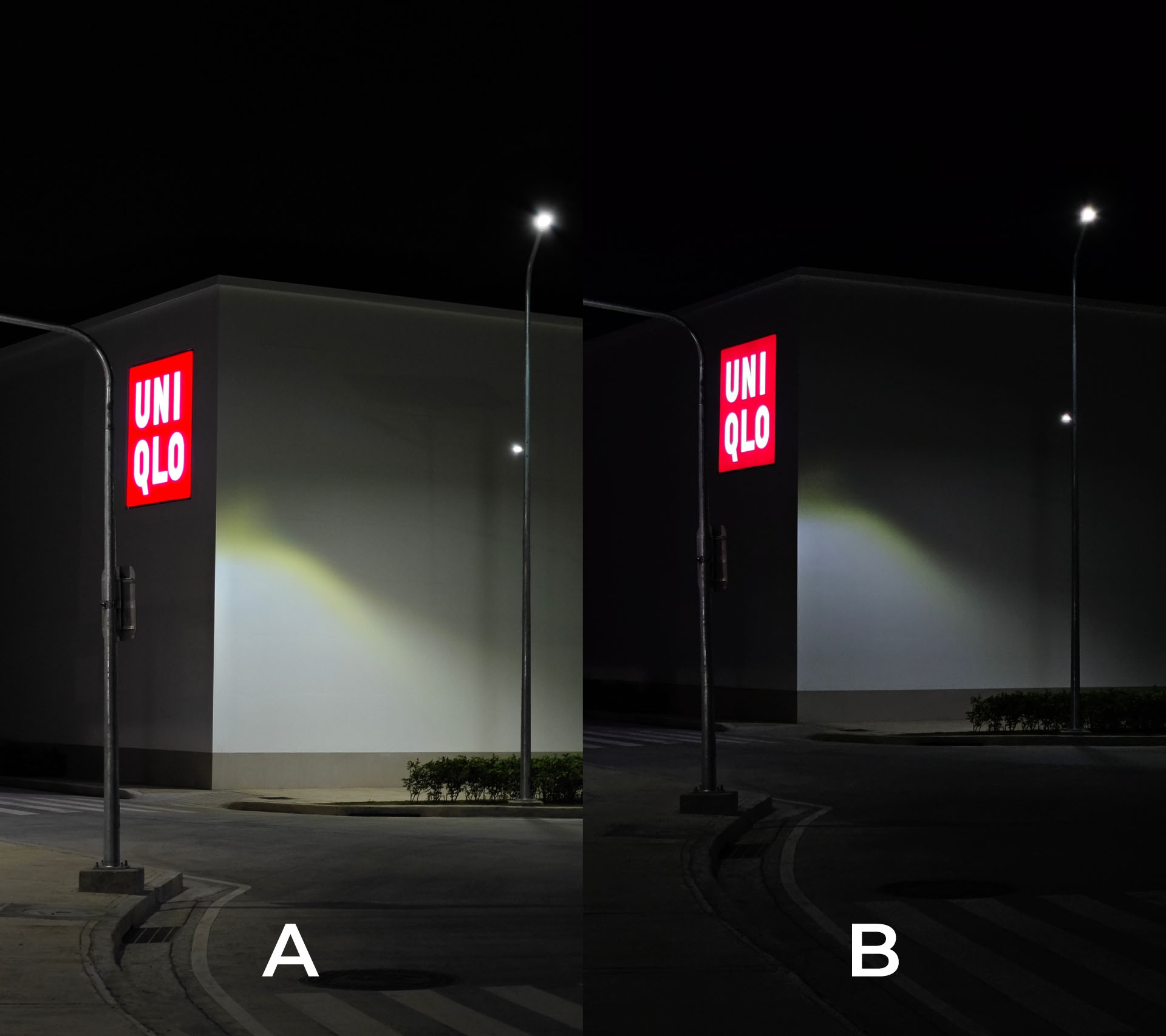
BONUS: Farther zoom
Since Xiaomi lacks a dedicated 10x periscope zoom lens, I just made a bonus section to at least showcase how it performs past its 3.2x zoom mark against Samsung’s ultra-zoomification of every photo subject it sees at a farther distance.
B1 (7x zoom)
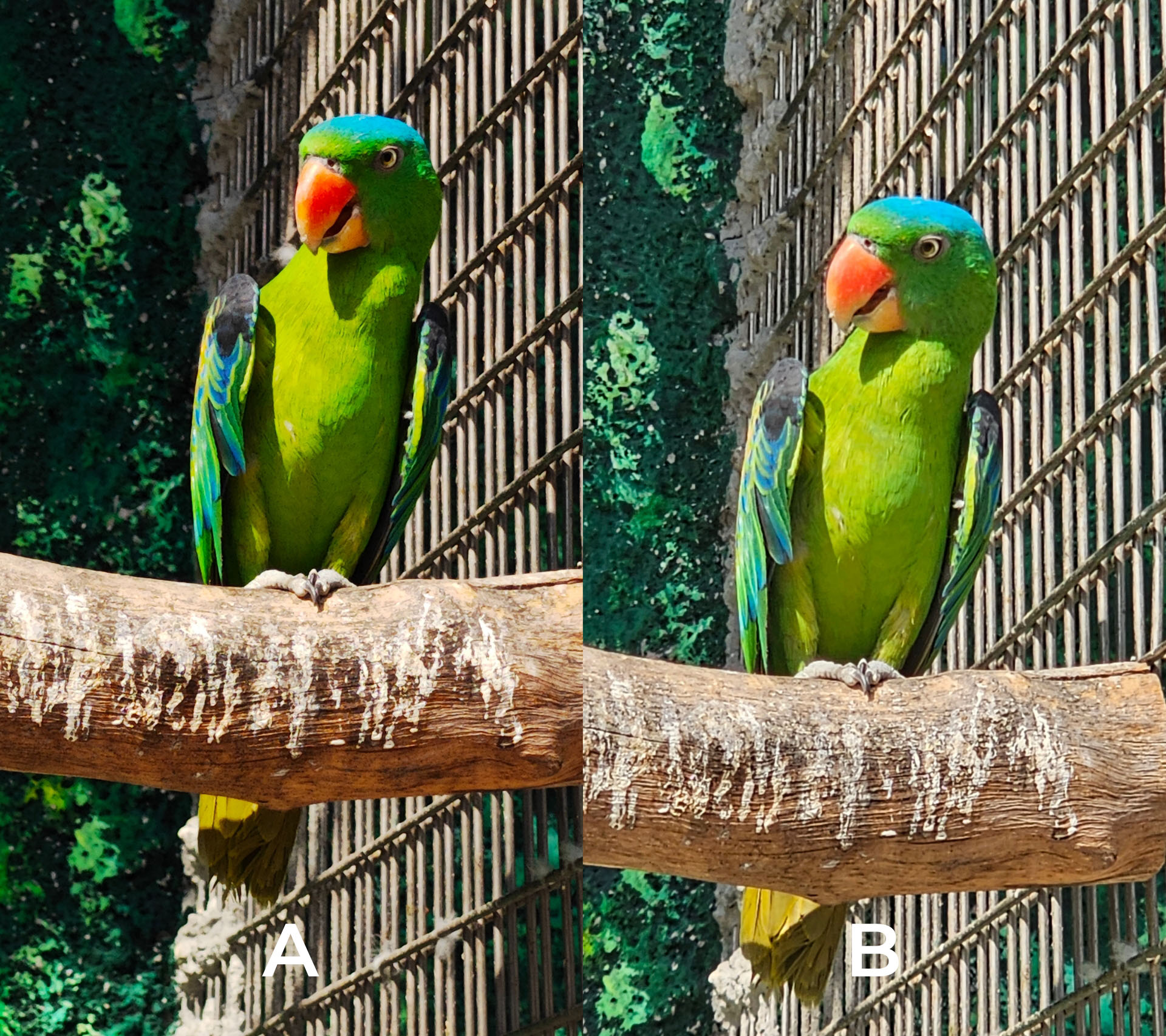
B2 (10x zoom)
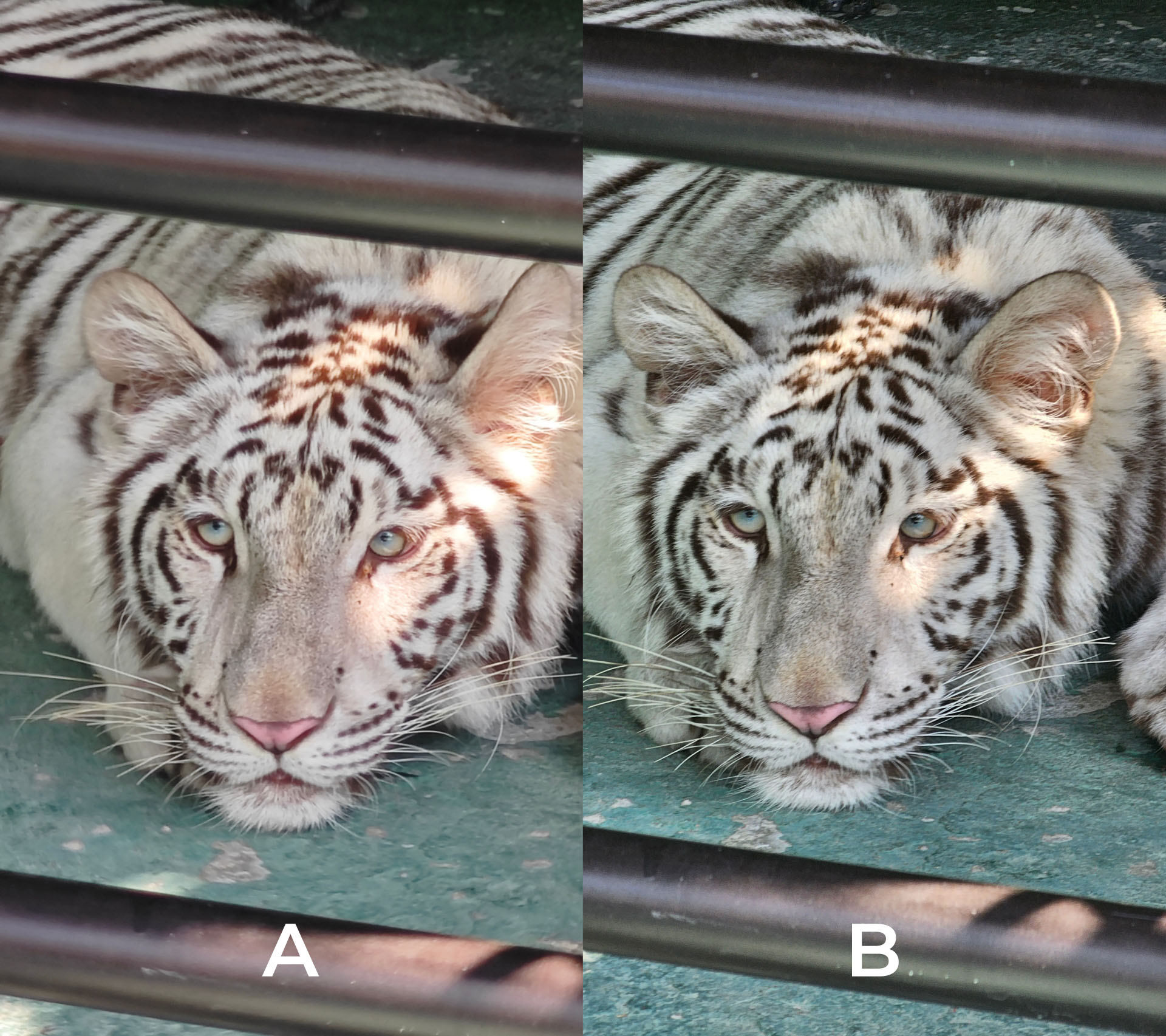
B3 (Low-light 10x zoom)
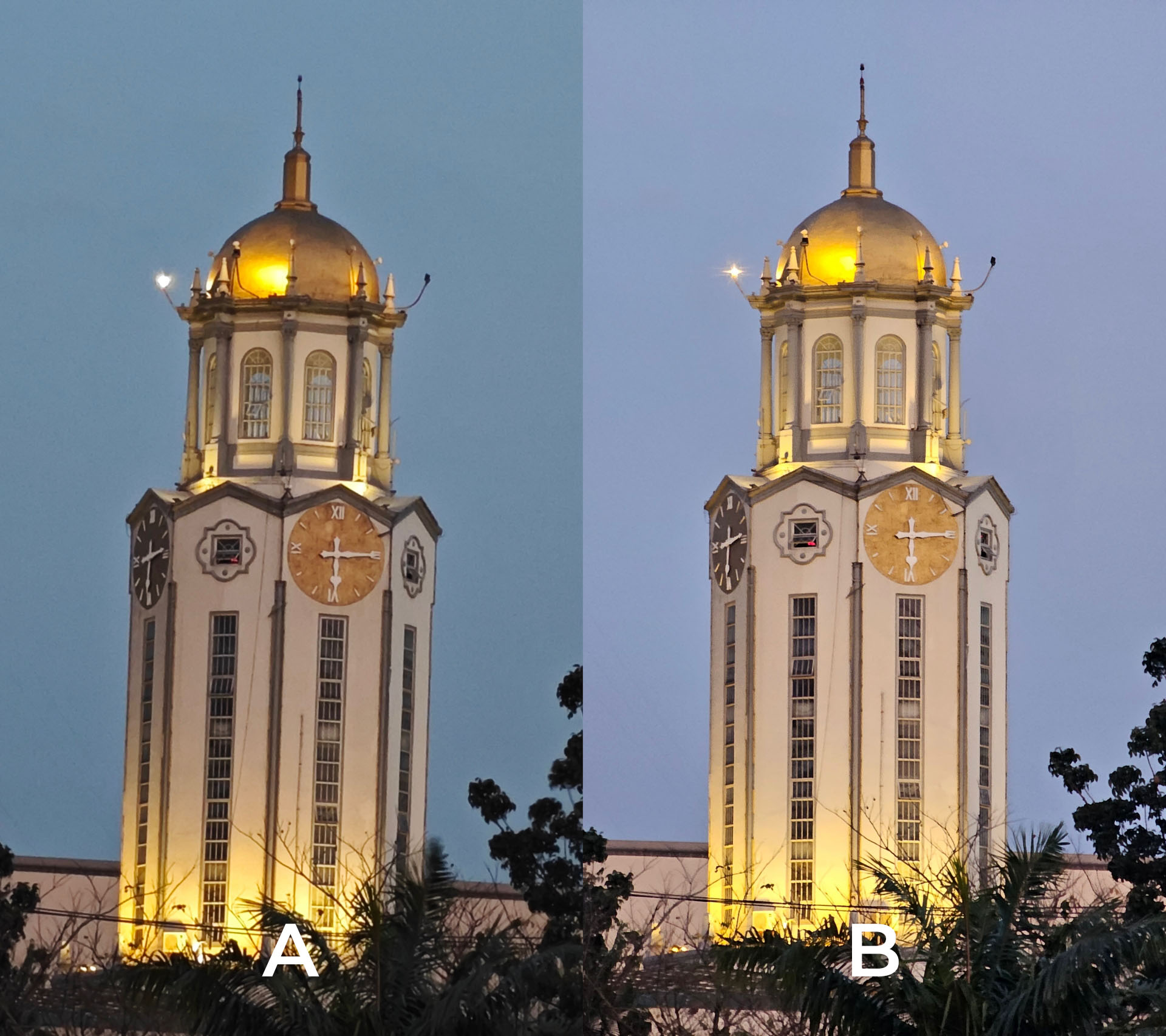
BONUS: Faces
Crucial to some (or most of you) are portraits and selfies. While I don’t shoot much of these to begin with, it still needs to be pointed out which phone is the best when it comes to capturing the human flesh and mankind.
B4 (1x wide)

B5 (Daylight selfie)
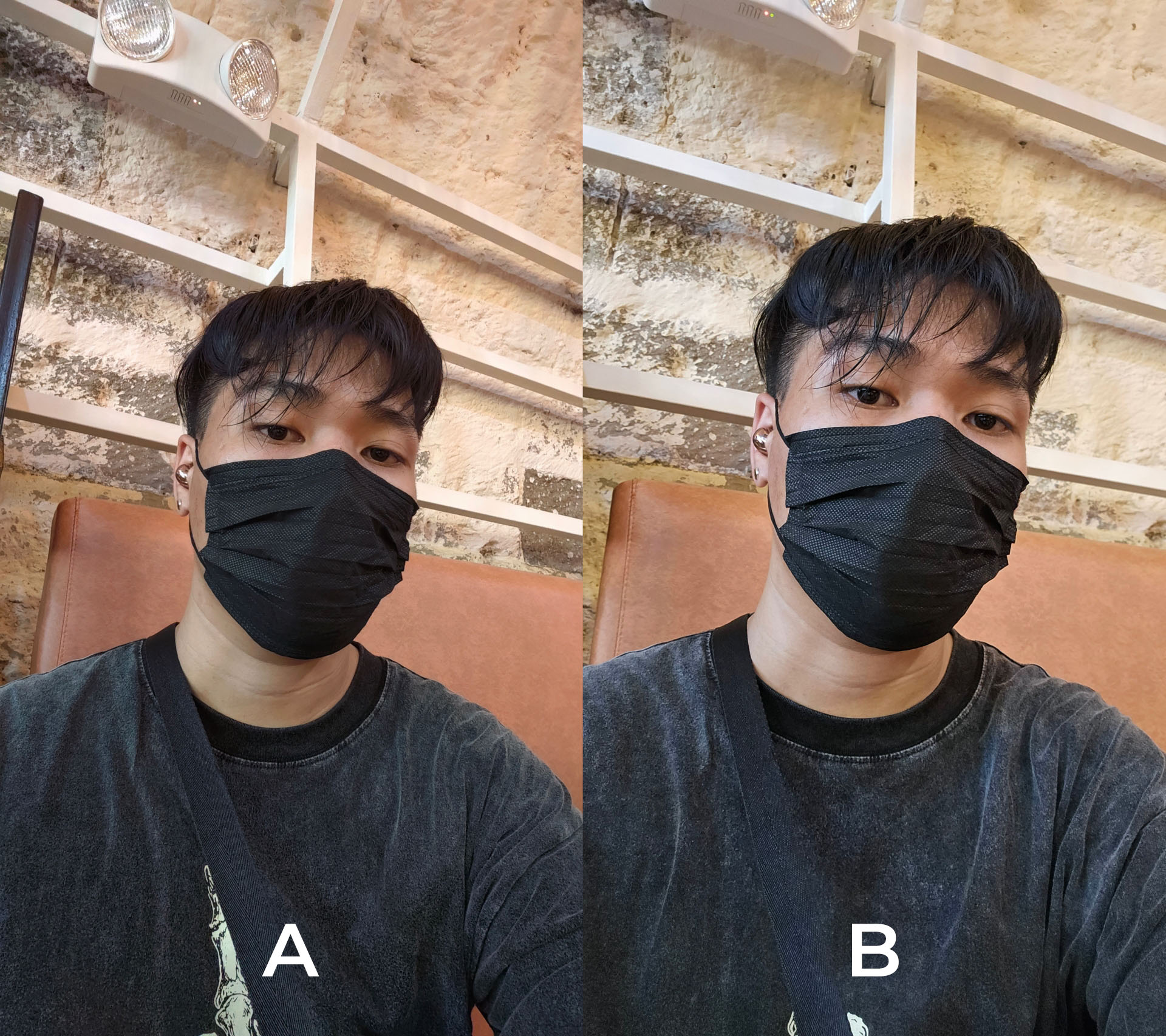
B6 (Night selfie)

B7 (Beauty OFF)
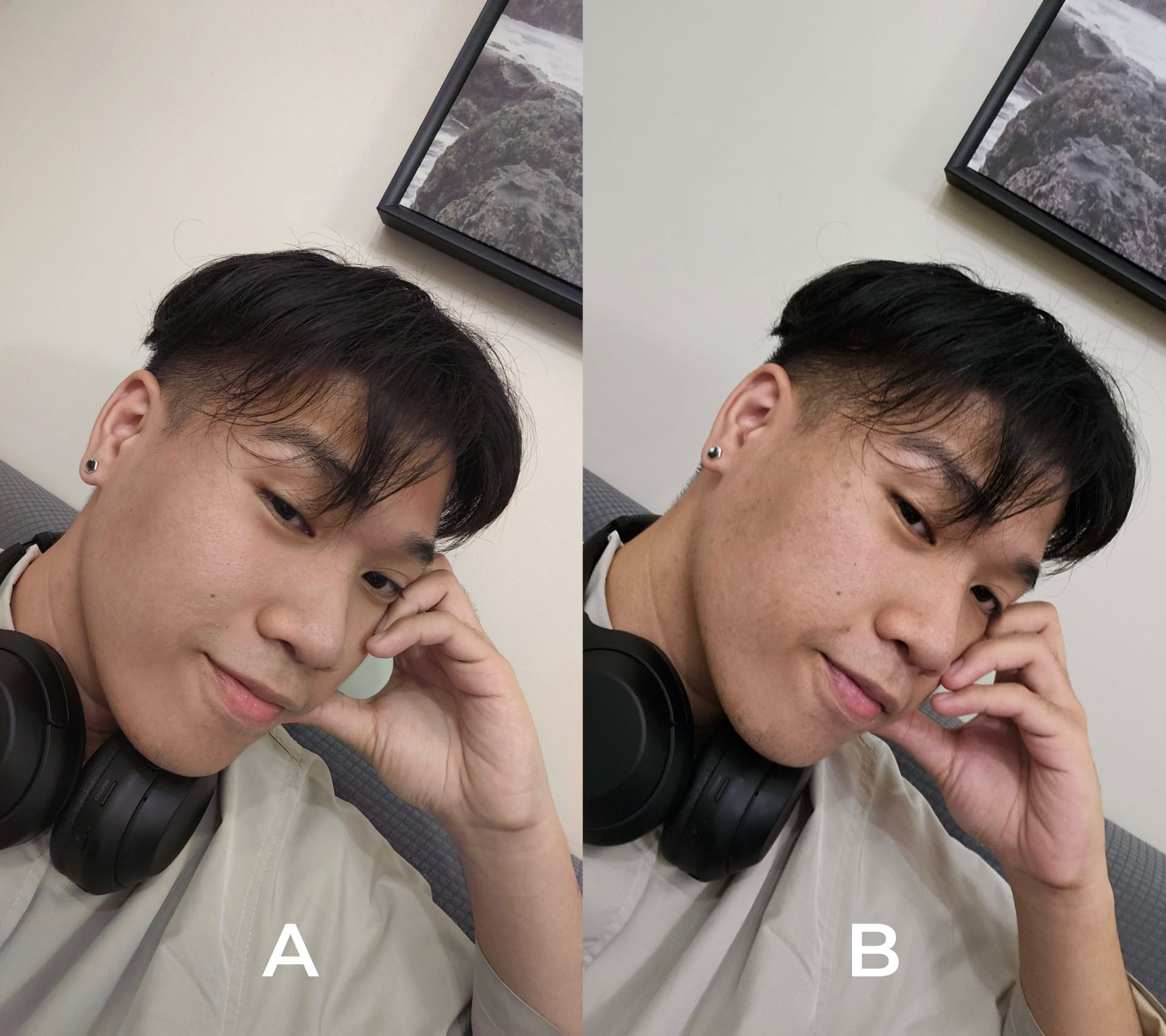
B8 (Beauty ON)
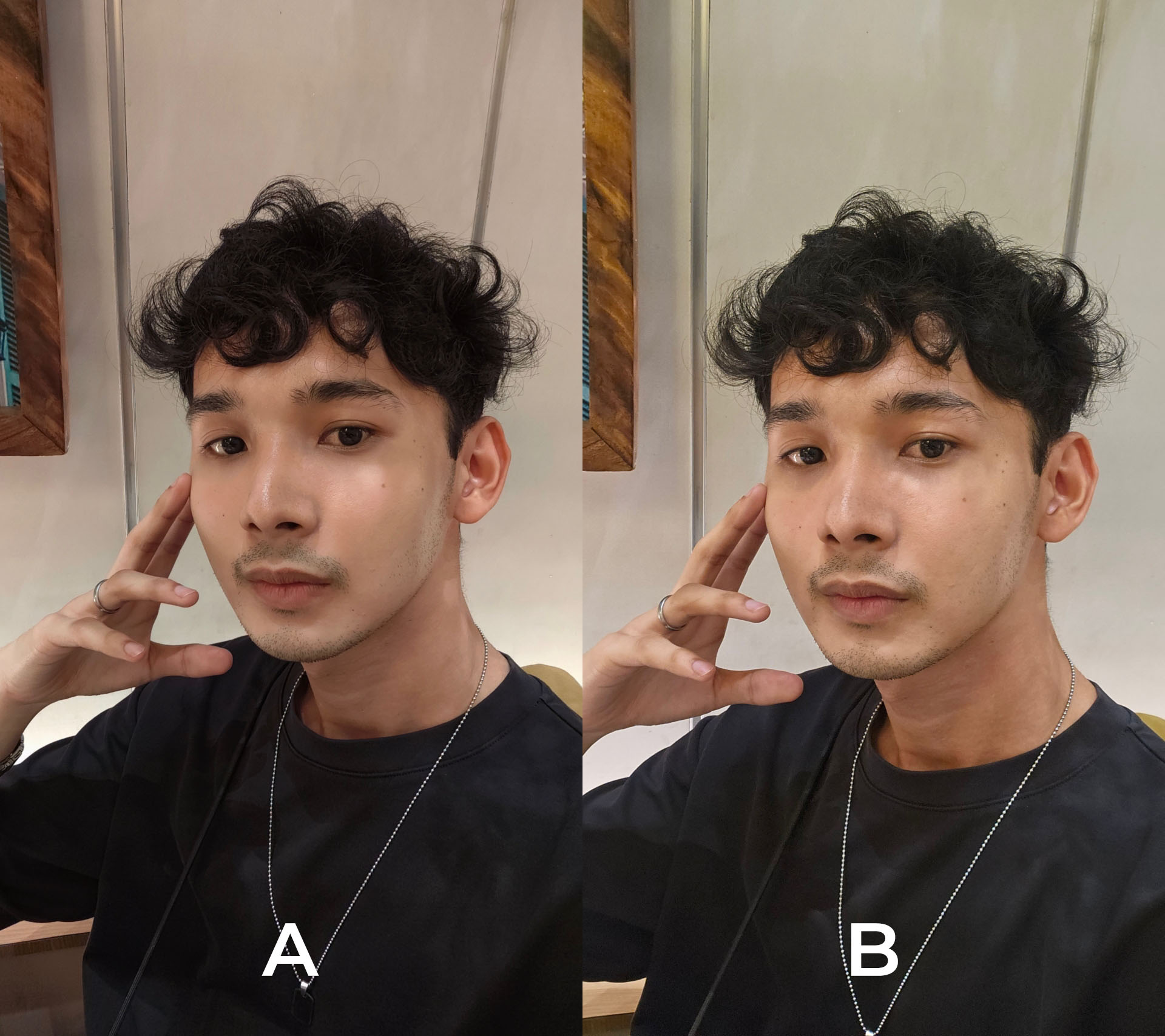
Results
Were you conflicted with your picks? The inconsistencies don’t mean I shuffled the photos. Here are the respective results:
Photo A — Xiaomi 13 Pro
Photo B — Samsung Galaxy S23 Ultra
Conclusion
The Galaxy S23 Ultra sticks to its usual brighter, vibrant, and warmer look. But as I always say in my write-ups, a brighter, more vibrant photo doesn’t mean it’s the better photo.
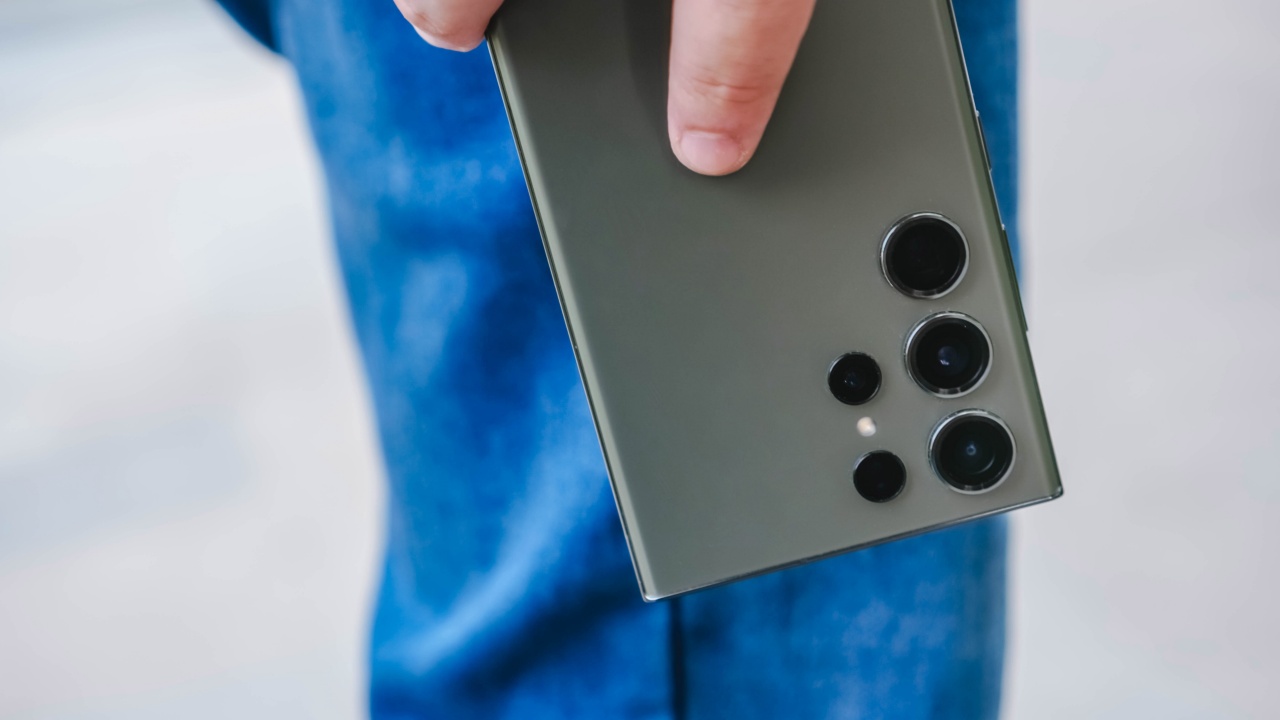
Still, I liked how it gave enough contrast and better dynamic range in some shots. Albeit, the Galaxy S23 Ultra still tries to over-sharpen its images just to show it takes the clearer photos.
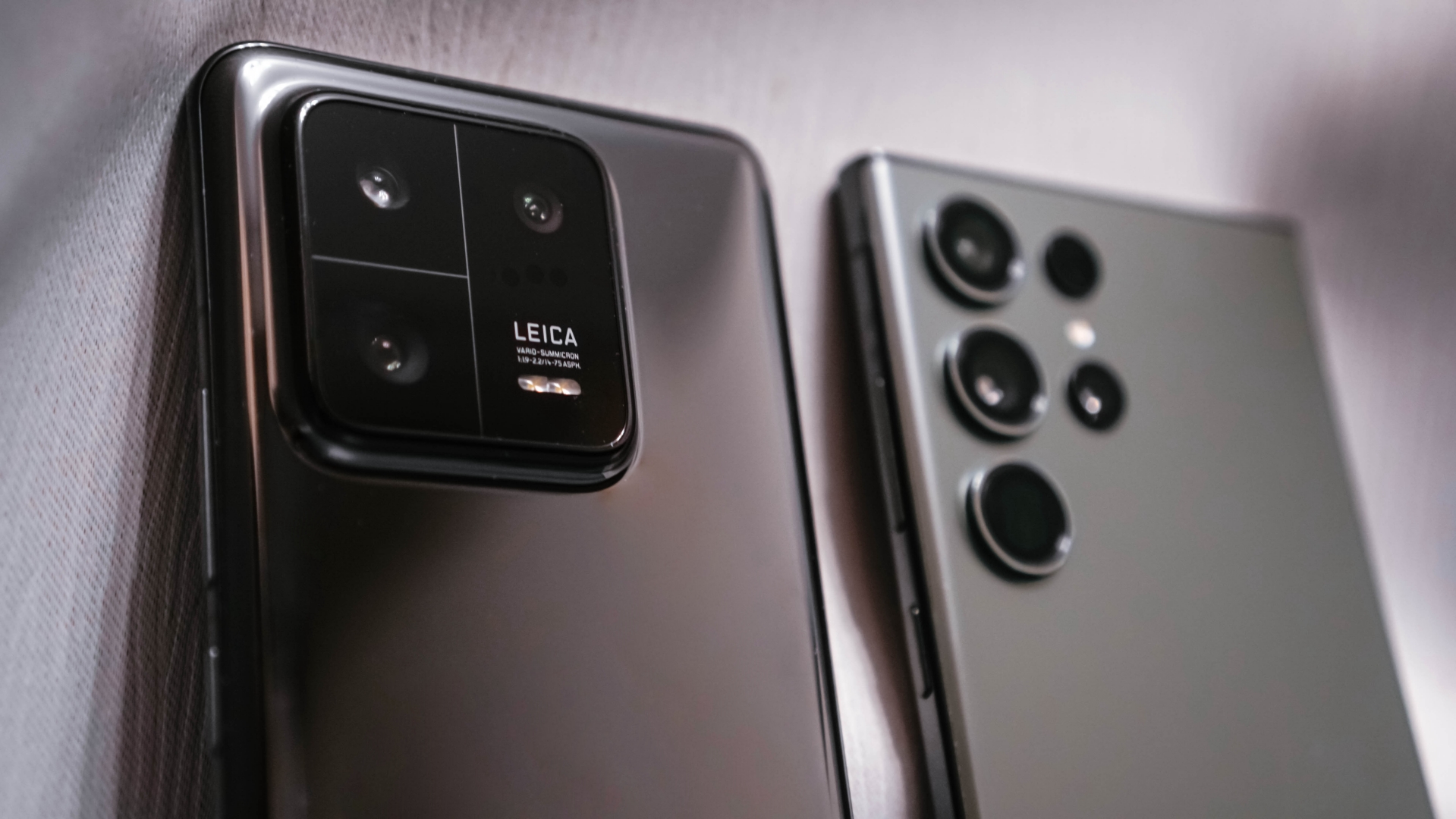
However, Xiaomi overall leans more towards the cooler, less bright, and less saturated side — but they’re actually closer to what I see in real life. Although there were times when Xiaomi has gone nuts with its AI algorithm (refer to W5, W7, W9, W12, W13, U3, U5, Z8, Z10, N7, N8, N9, N10).
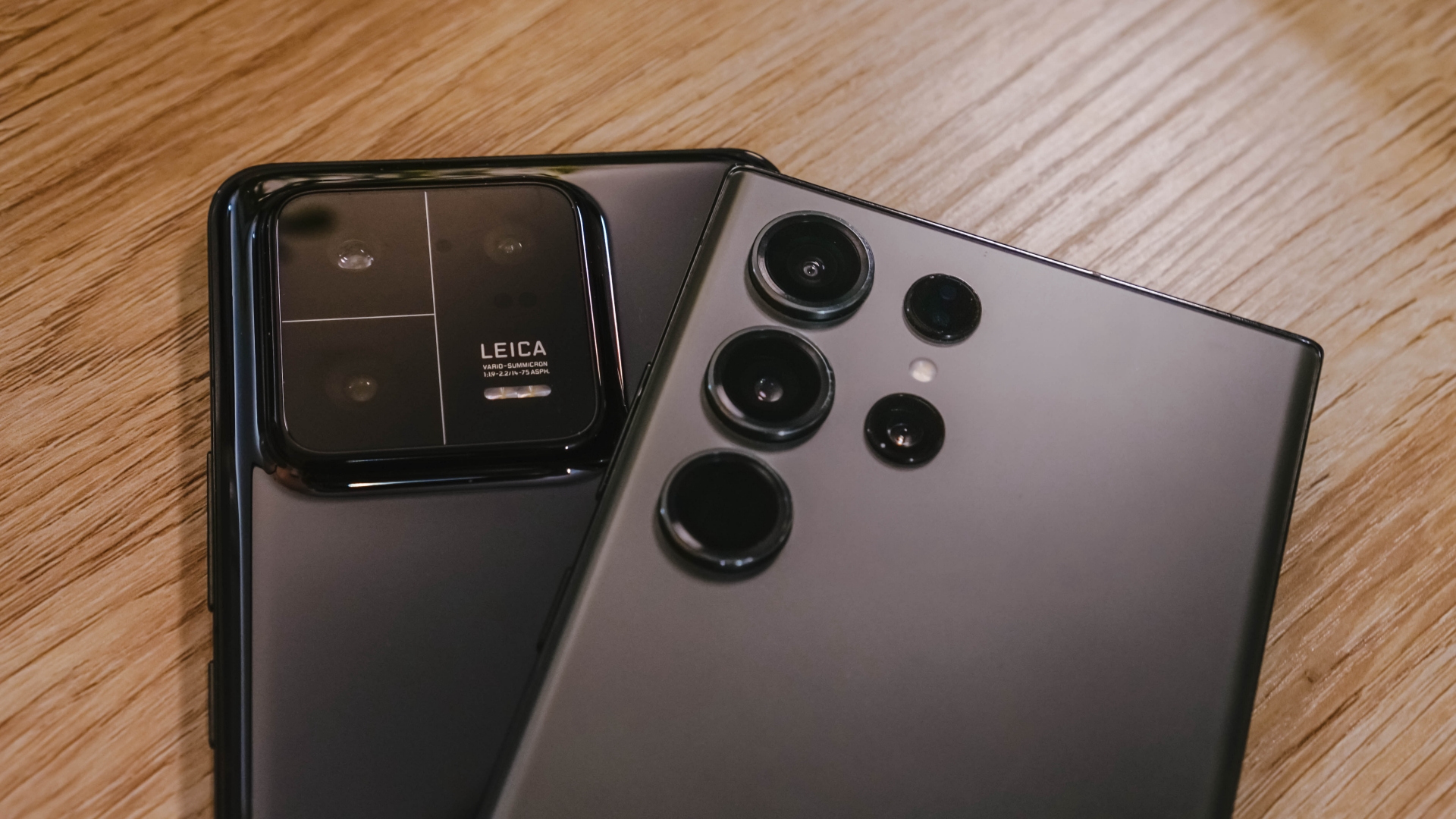
There aren’t much of a difference in terms of Depth of Field. Xiaomi’s 1-inch sensor helped, more so with the larger f/1.7 aperture on the S23 Ultra.

But with that 1-inch camera sensor, I felt that shutter rapidness even at low-light shooting conditions. That’s why even if Night Mode photos turned out to be on the darker side, Xiaomi shoots faster in just under a second whilst still clearer in detail (N11, N12, N13).
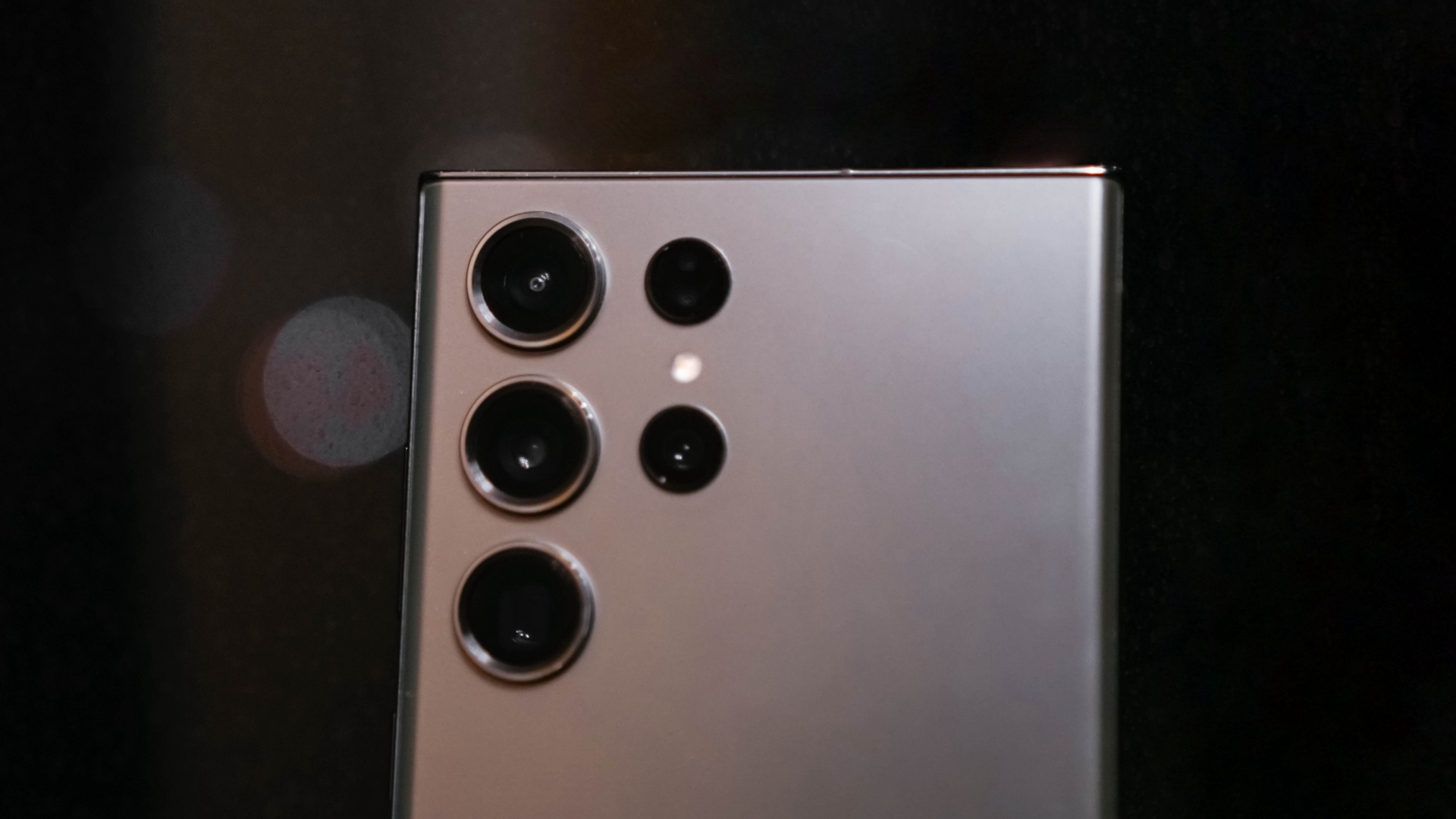
This is where you can’t fully utilize the S23 Ultra’s 200MP camera. In Auto Mode, Samsung’s AI switches to a lengthy 2-4-second Night Mode if it detects a low-light subject. In photography, those few seconds are enough to capture light data. But clearly, Galaxy S23 Ultra’s longer shutter duration contributes to a photo’s blurriness — even if I don’t have shaky hands.
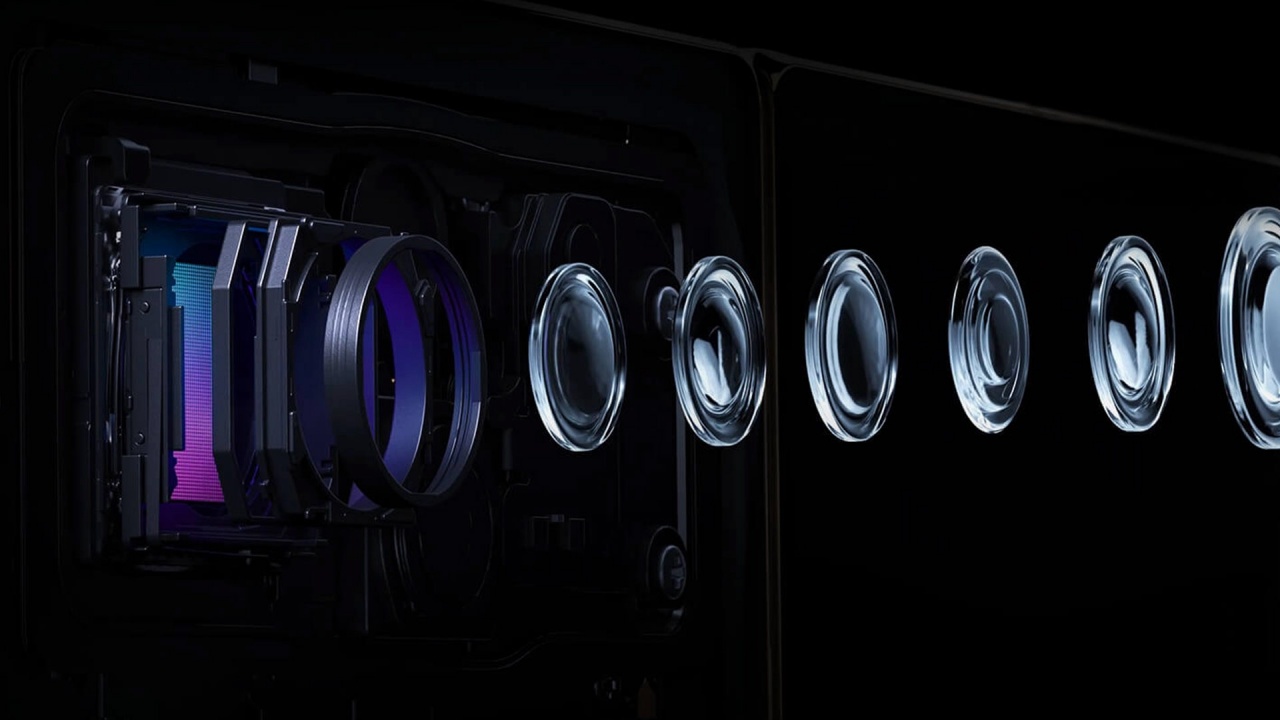
Selfies on both phones are, again, preferential. What surprised me more is the fact that the Xiaomi 13 Pro can keep up with the Galaxy S23 Ultra in terms of zooming in farther than 3.2x. This is just one testament that a bigger sensor shoots clearer photos.
Does megapixel count really count?
Aside from having that ~intentional pun~, I have a serious takeaway on this.
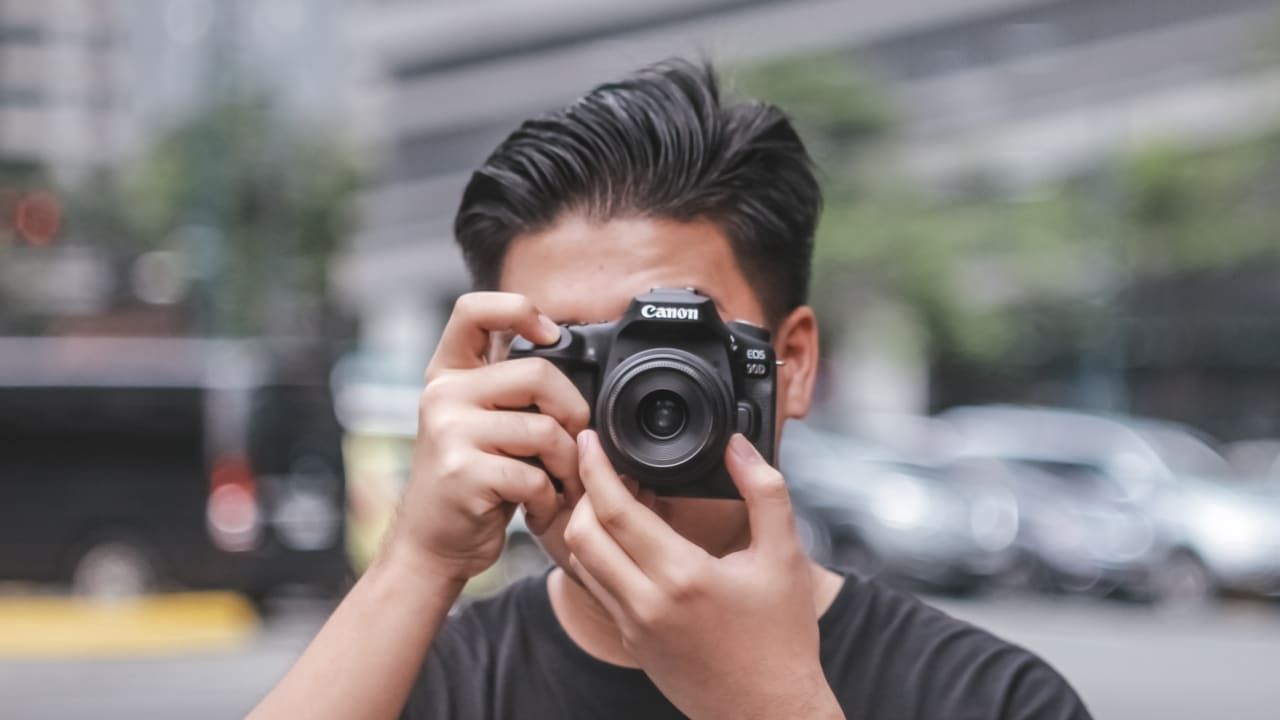
In my years of working under GadgetMatch, I’ve held numerous pro-grade cameras and smartphones with advanced imaging systems. But even before work, my interest (other than smartphones) has always been photography.
View this post on Instagram
The best answer I could convey is by quoting TheUnlockr in the Galaxy S23 Ultra: YouTubers’ React video I edited back in February:
“I don’t think 200MP is important. I’d rather (have) a bigger sensor”
Megapixels vs sensors
Now before casual shooters, megapixel apologists, and naysayers fight me (and David Cogen), the reason why the size of an image sensor matters more than how millions of pixels you get from a single camera is all about how you get the best image quality possible.

The only main advantage I can see when using a 200MP camera (or even so the used-to-be headliner 108MP) is the ability to keep all the details even if you crop the photo in (especially landscapes). But professionals barely crop as close as 50~100x. Photographers already have a composition in mind right before hitting that shutter release.
Michael Josh even demonstrated how the Galaxy S23 Ultra was able to capture the amazing New York skyline with its 200MP feature — but that took a while to process.
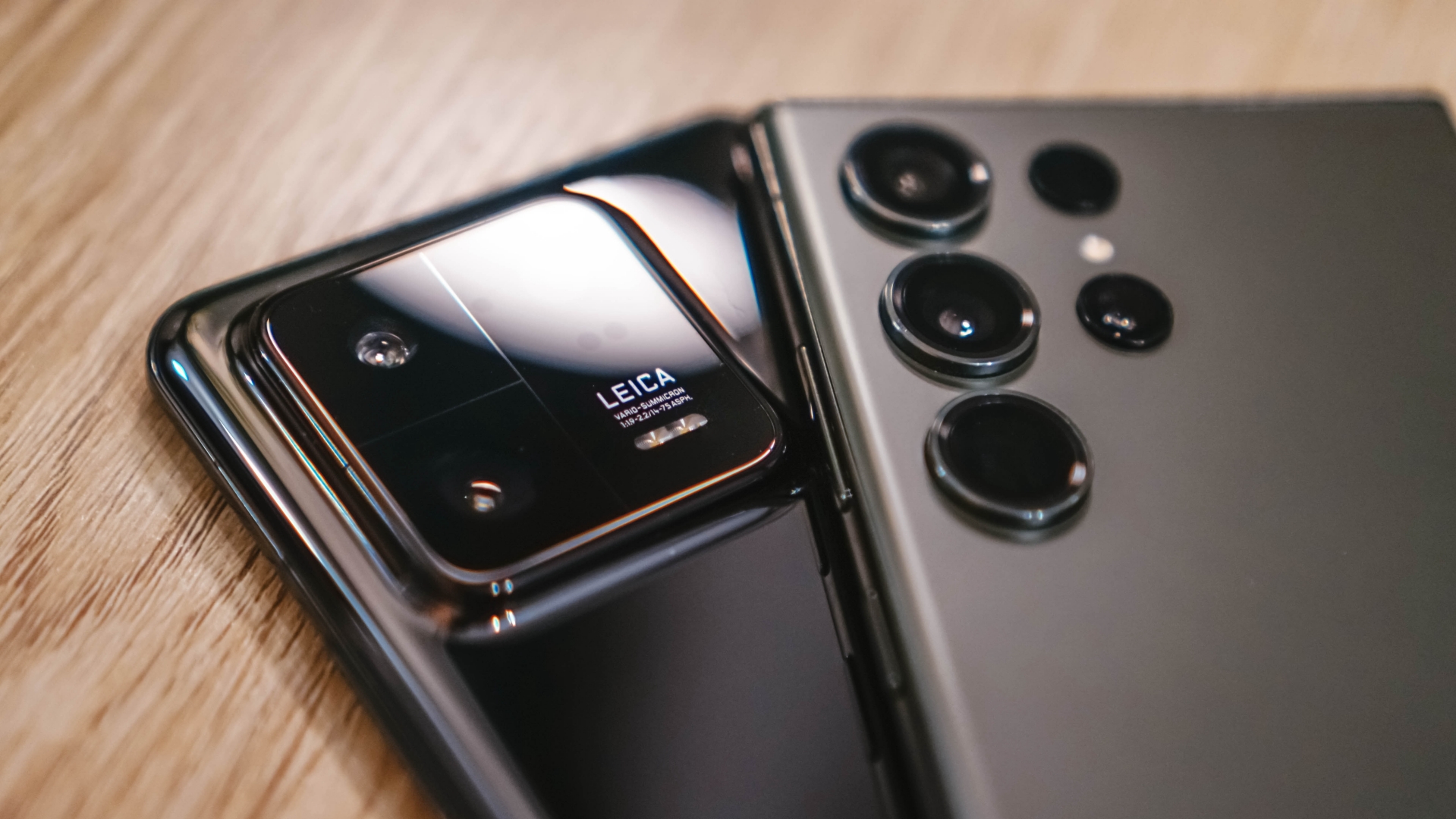
Now, the real deal is when your smartphone is equipped with a 1-inch image sensor. Aside from no sensor cropping, detail preservation, and wider dynamic range, day and night shooting are a LOT faster. To most, it won’t matter. But for photographers, every second counts the moment they click that shutter button.
A gimmick?
I can now say that a 200 million pixel camera isn’t a “flagship-exclusive” feature anymore, rather gimmicky. That’s because Redmi recently released the Note 12 Pro+ 5G — a midrange smartphone with a 200MP main camera as its main selling point.
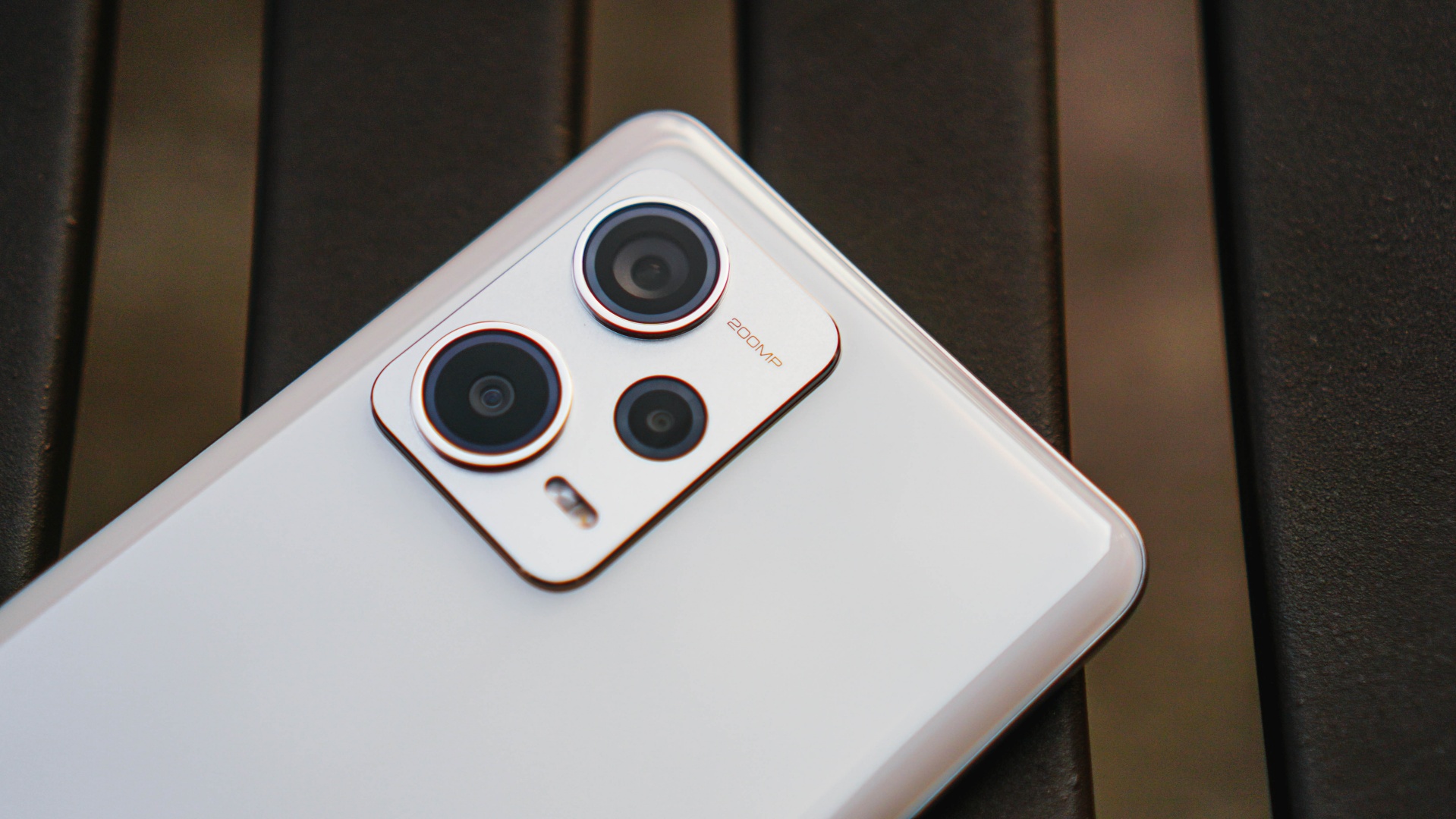
Redmi Note 12 Pro+ 5G (2023)
SEE ALSO: Redmi Note 12 Pro+ 5G review: Midrange Madness
200MP and 1-inch sensor combo?
Pairing a 200MP with a 1-inch sensor might sound like an easy-peasy technological amalgamation, but it is more complicated than what it seems — and might just be an abomination to the camera industry.
Not only does it still rely on the computing and imaging power of both the CPU and NPU, imaging companies will also need more time for research and development in making this a consumer-ready product.
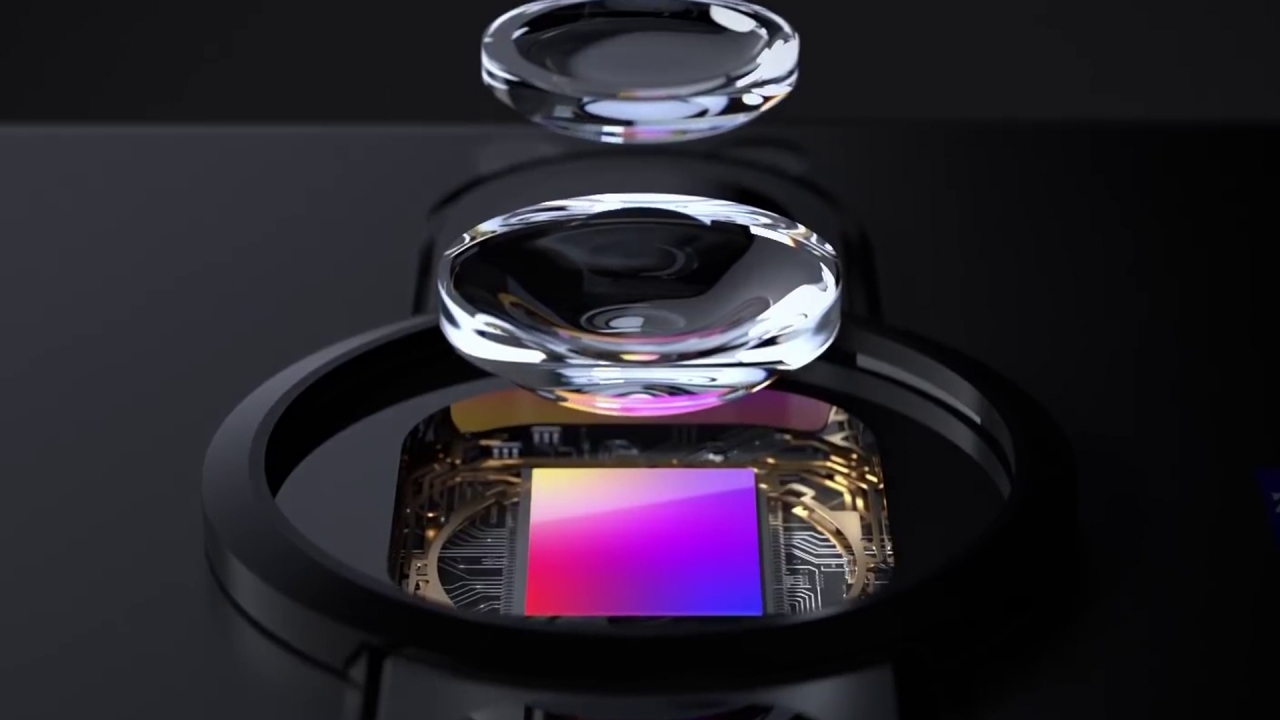
But imagine all the possibilities if either Samsung or Sony creates a 200MP smartphone camera with a 1-inch sensor underneath? Even though I said 1-inch sensors hasten the time you take photos, that would be a huge overkill and will still take a lot of processing and every technological power it needs to process such a huge chunk of immaculate 200MP image data.
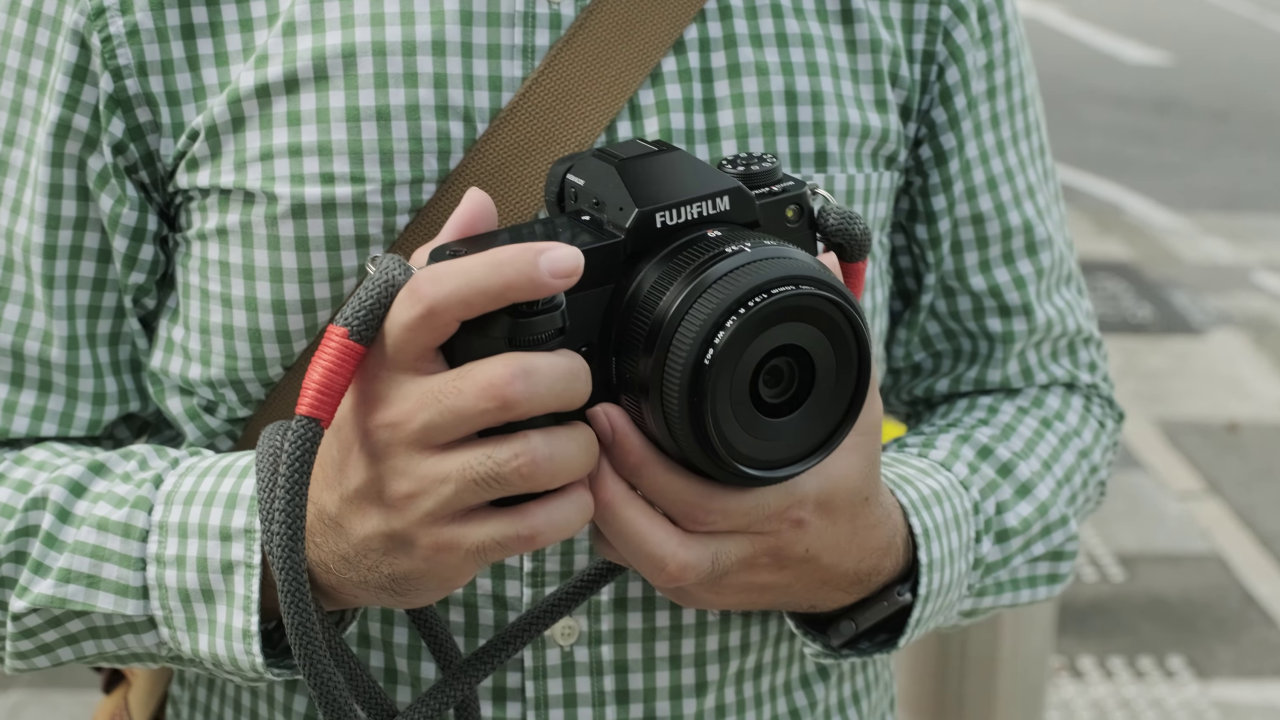
Fujifilm GFX100s
Lower MP count on ‘pro-grade’ cameras
This is why to this day, there are barely any industry-grade cameras boasting more than the 100MP megapixel count. They go to more medium format cameras such as the 400MP multi-shot Hasselblad camera as well as the Fujifilm GFX100 and GFX100S, among others.
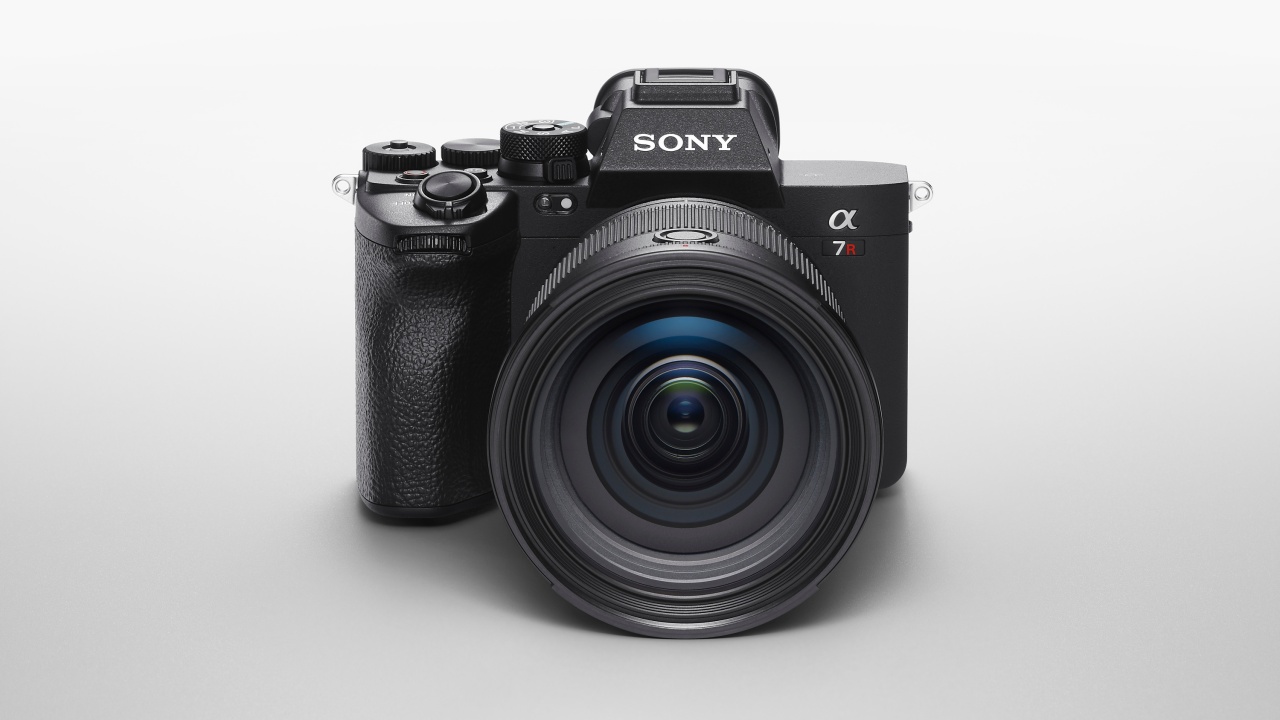
Heck, 61MP is even the largest megapixel count for any full-frame camera out there: the Sony a7R IV and a7R V. Even when we look at Xiaomi’s exclusive photography partner Leica, the most it has is the 60.3MP-equipped Leica M11. There’s still plenty of room for innovation — both in the perspective of industy-grade photography and mobile photography.

Camera Shootouts
200MP Camera Shootout: Galaxy S23 Ultra vs Redmi Note 12 Pro+
Do 200MP cameras really matter?
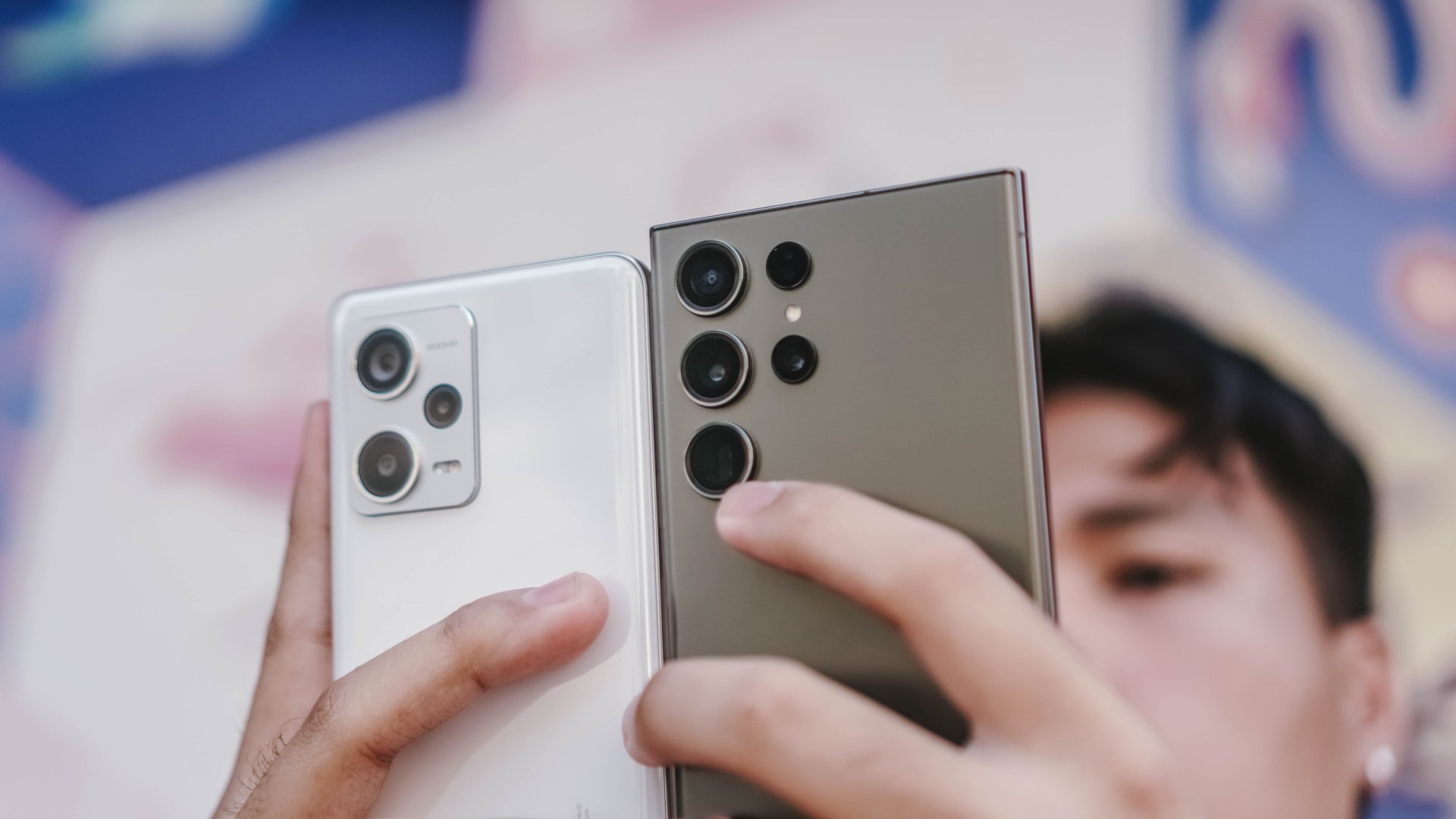
Just when we thought having a 108-megapixel camera is already an overkill, Samsung has gone beyond the limits and achieved the unimaginable with a 200MP camera.
The Korean giant created some buzz when they unveiled a teaser of a massive cat billboard shot on their upcoming 200-megapixel camera last May 2022. Then the announcement of the ISOCELL HP3 sensor followed just a month after.
Two months later, motorola announced the first smartphone with a 200-megapixel camera through the China-exclusive X30 Pro then followed by the Xiaomi 12T Pro. These phones both rock the first-generation ISOCELL HP1 sensor.

Samsung Galaxy S23 Ultra (2023)
Finally! Samsung started 2023 with a bang when they announced the Galaxy S23 Ultra with a 200-megapixel camera based from the ISOCELL HP2 sensor. Then, the 200-megapixel hype has already reached the midrange level with the announcement of the Redmi Note 12 Pro+ 5G — albeit having an ISOCELL HPX sensor.
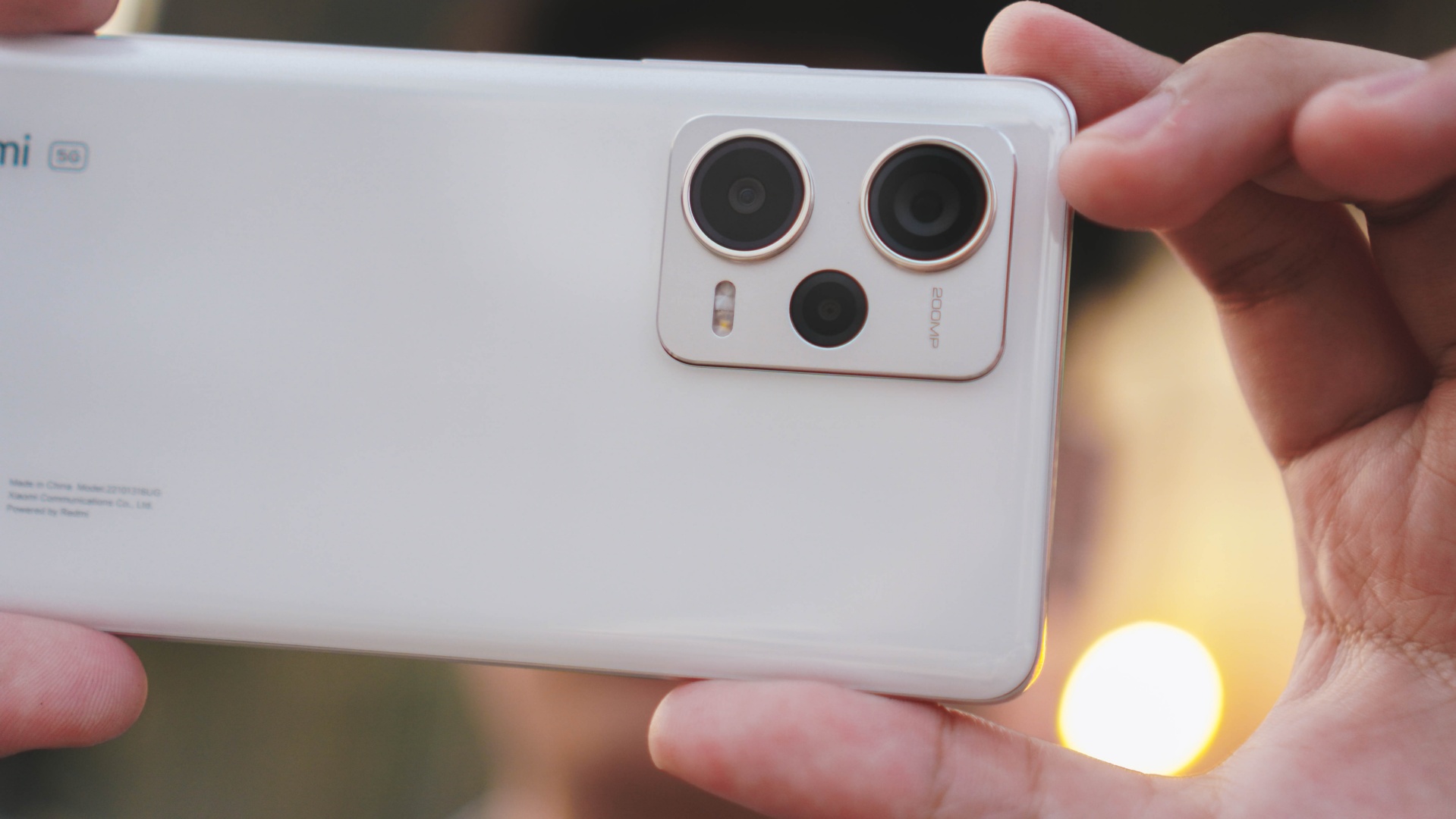
Redmi Note 12 Pro+ 5G (2023)
As of this writing, the latest 200-megapixel-touting smartphones are the realme 11 Pro+ 5G and HONOR 90 with the ISOCELL HP3 sensor mentioned earlier.

HONOR 90 (2023)
But I’m not here to bore you with the specific sensor talk. You can head over to this website (after reading my write-up) if you want a detailed explanation of Samsung’s existing 200-megapixel sensors.
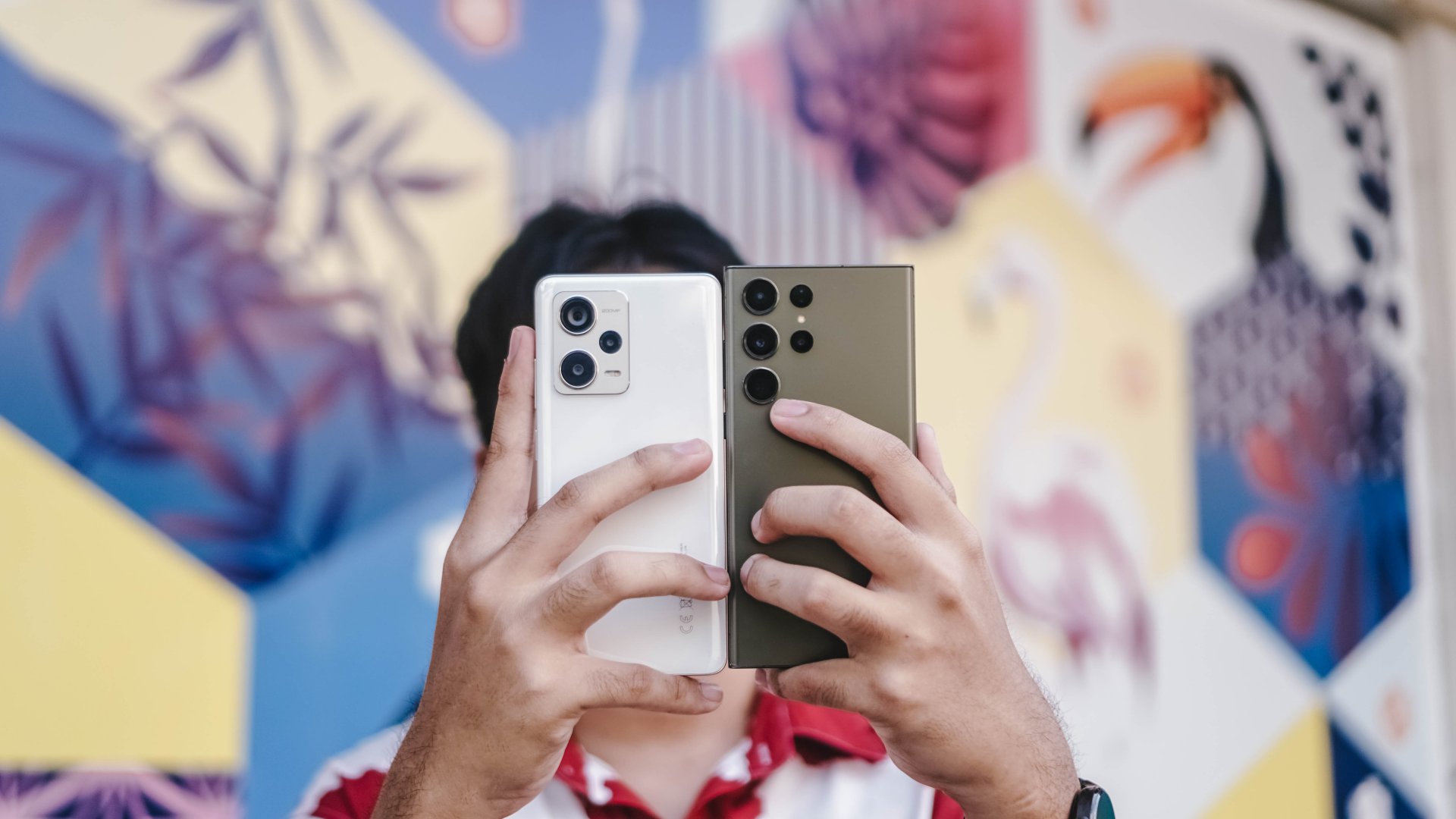
Just out of my own curiosity, I tried comparing what it’s like to fully-utilize the 200-megapixel cameras of a flagship versus a midrange smartphone as well as what makes one superior over the other (or vice versa).
200MP Smackdown
I’ve used and compared both Samsung’s flagship and the Redmi-dranger in this very specific 200MP camera duel. But if you’re curious about each phone’s full camera specifics, I’ve listed them down for you:
| Samsung Galaxy S23 Ultra | Redmi Note 12 Pro+ | |
| Wide | 200MP f/1.7 Samsung ISOCELL HP2 1/1.3” sensor size |
200MP f/1.7 Samsung ISOCELL HPX 1/1.4” sensor size |
| Ultra-Wide | 12MP f/2.2 120º FoV |
8MP f/2.0 120º FoV |
| Telephoto | 10MP f/2.4 3x optical zoom |
– |
| Periscope | 10MP f/4.9 10x optical zoom |
– |
| Macro | – | 2MP f/2.4 Macro |
We’re all here for one thing anyway, and that’s the 200-megapixel camera of both phones. The only differentiating factor is the sensor size, nothing else.
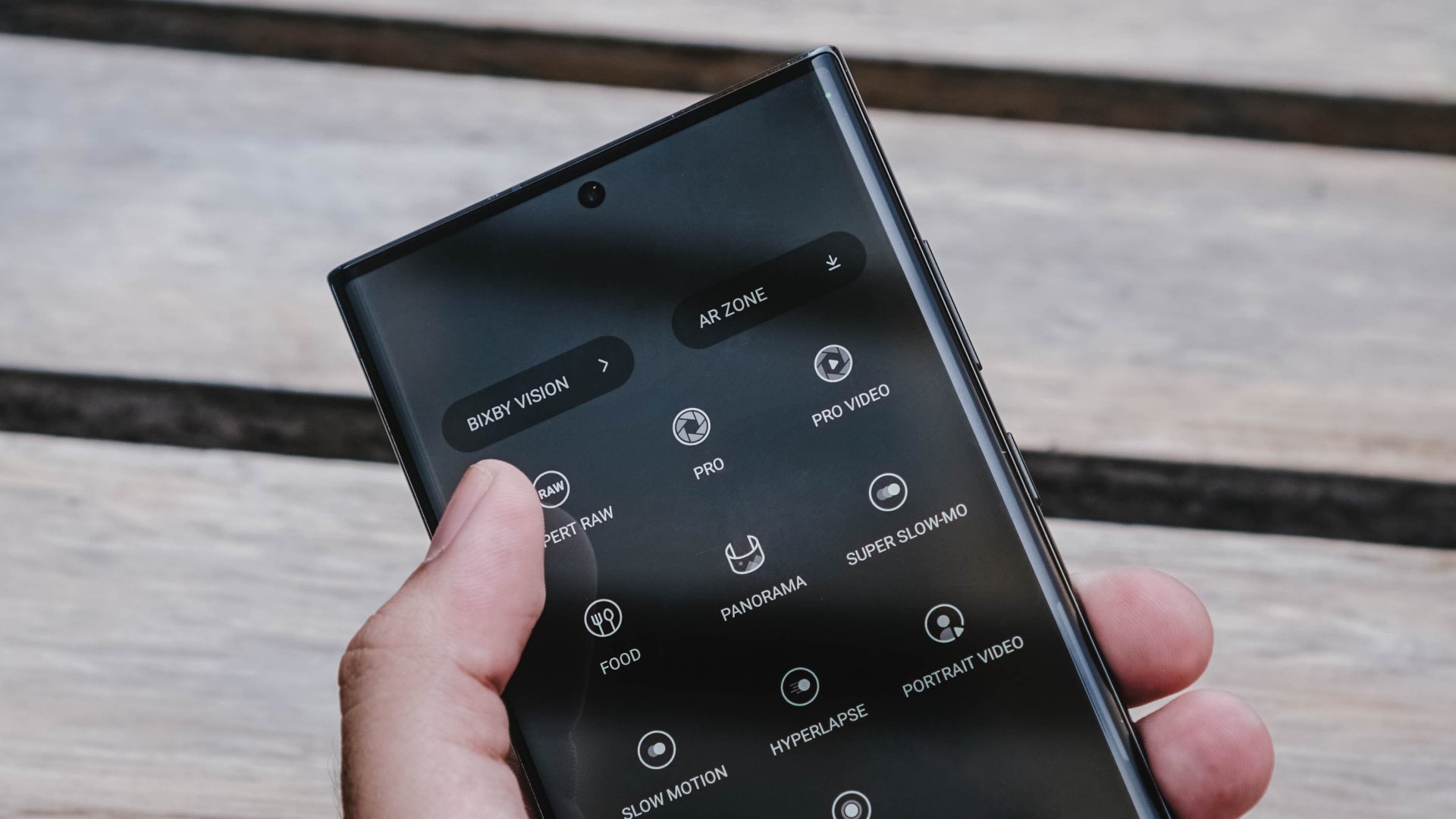
While fiddling with their camera settings, I then realized two things. Even though both of these phones sport a 200-megapixel camera, each phone has its own limitations. The Samsung Galaxy S23 Ultra can shoot photos in JPG and RAW formats simultaneously through the added Expert RAW mode but it’s only limited to a 50-megapixel output.
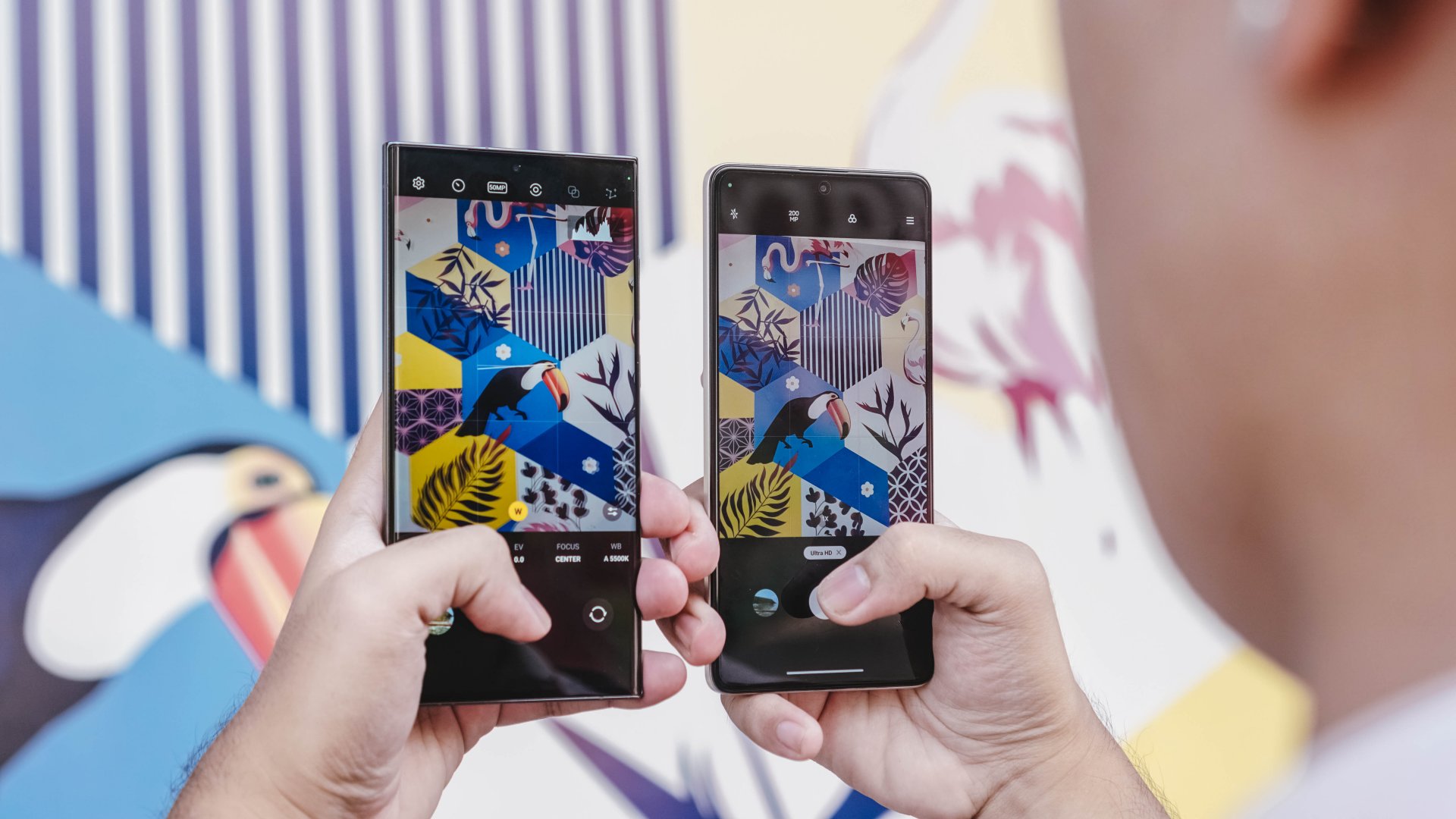
Meanwhile, the Redmi Note 12 Pro+ 5G can shoot either between 50-megapixel and 200-megapixel resolution but without the option to shoot RAW. The culprit is most likely due to its less-powerful Mediatek Dimensity 1080 chipset based on a 6nm process (compared to S23 Ultra’s Snapdragon 8 Gen 2 4nm processor).
With these gaps, I then opted to limit my shooting options to just 50-megapixel in JPG format for fairness’ sake.
It’s Showtime!
I only picked fifteen (15) shots for you to see and compare.
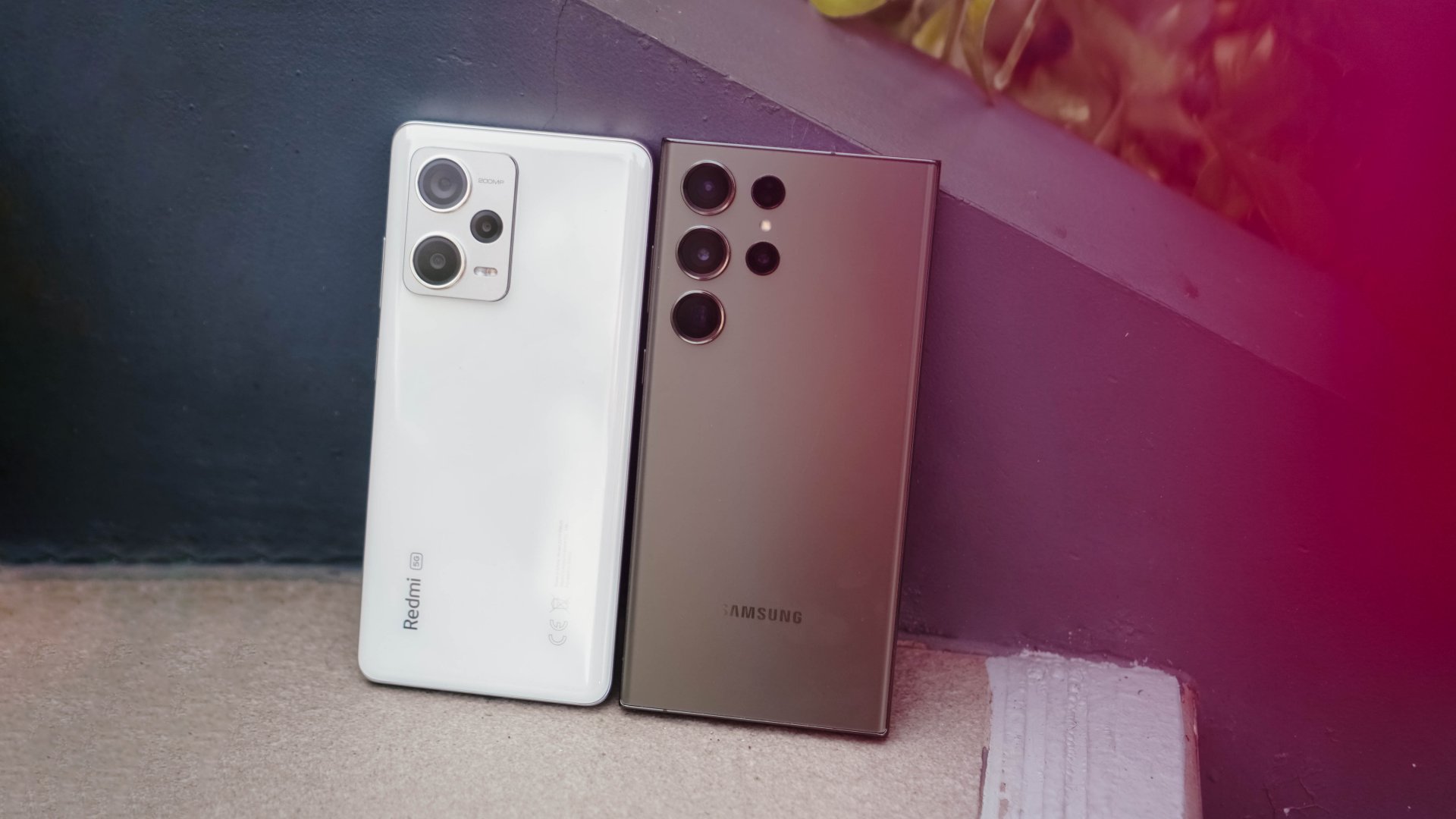
Just like any other camera comparison in this website, all of the photos were taken without any modifications other than resizing, labeling, and collaging for faster previewing. Still, I’ve provided specific links for each photo for everyone to see the full-resolution and quality. Just don’t view the EXIF or you will not be surprised anymore.
#1

Full-resolution A here | Full-resolution B here
#2

Full-resolution A here | Full-resolution B here
#3
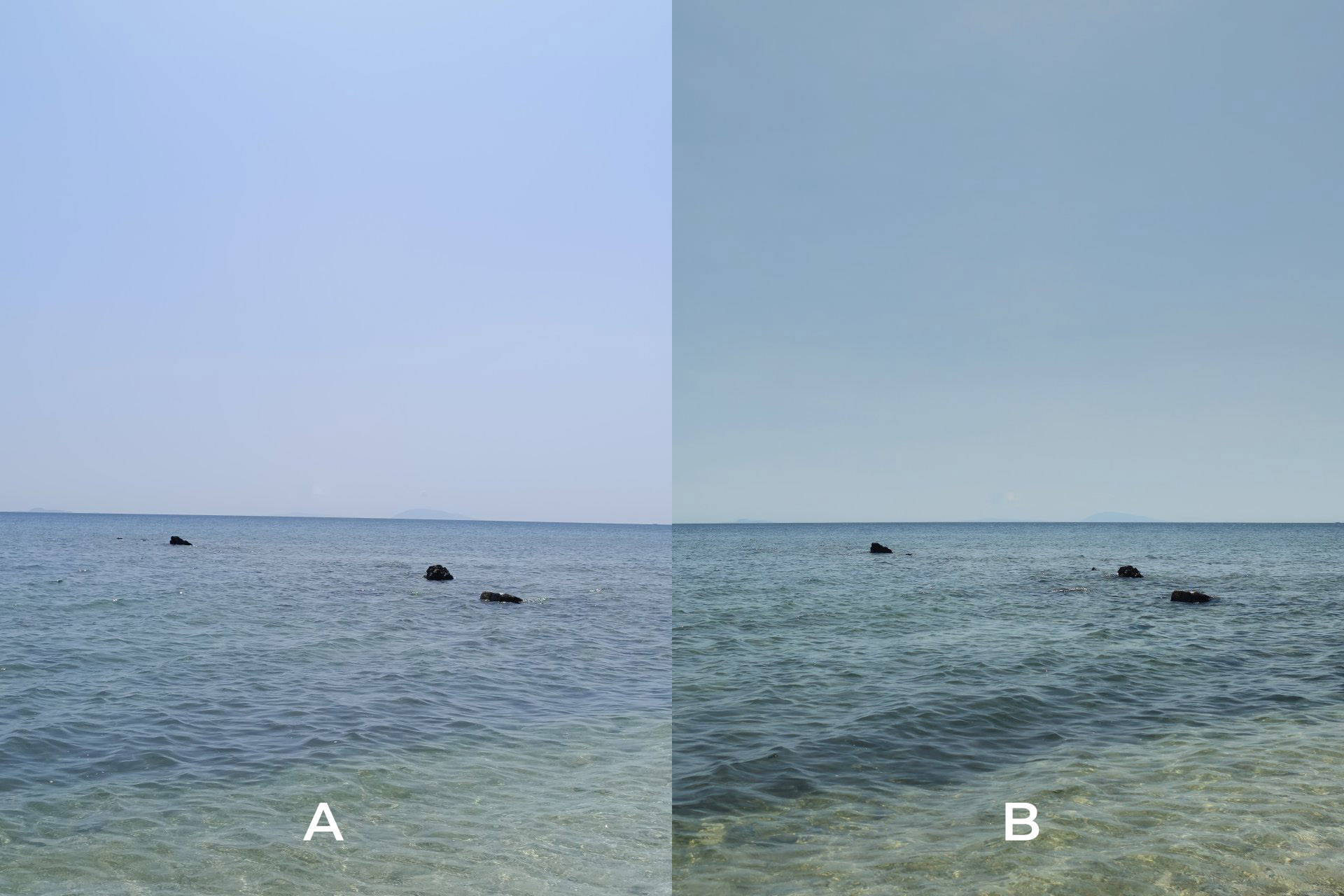
Full-resolution A here | Full-resolution B here
#4

Full-resolution A here | Full-resolution B here
#5
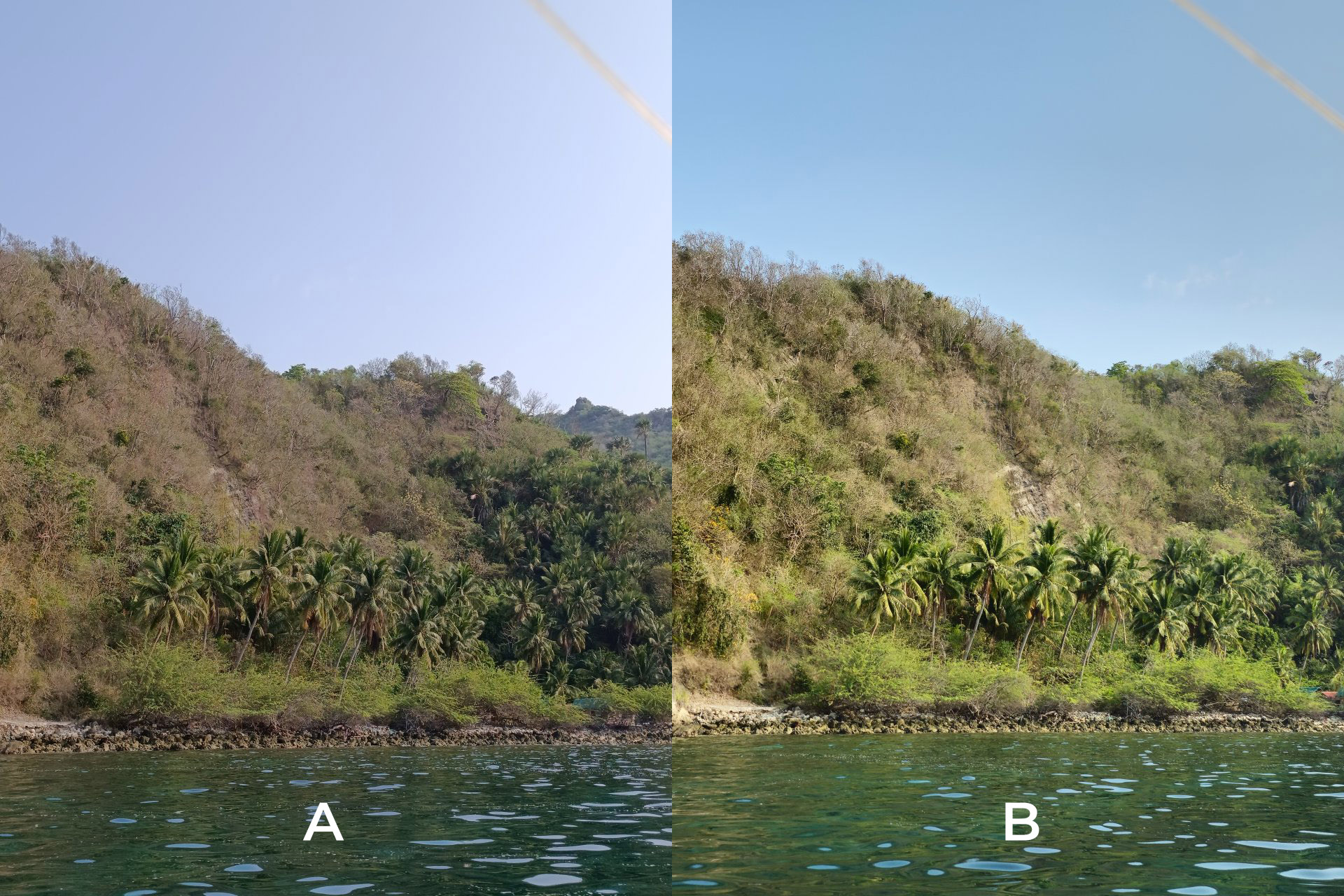
Full-resolution A here | Full-resolution B here
#6

Full-resolution A here | Full-resolution B here
#7
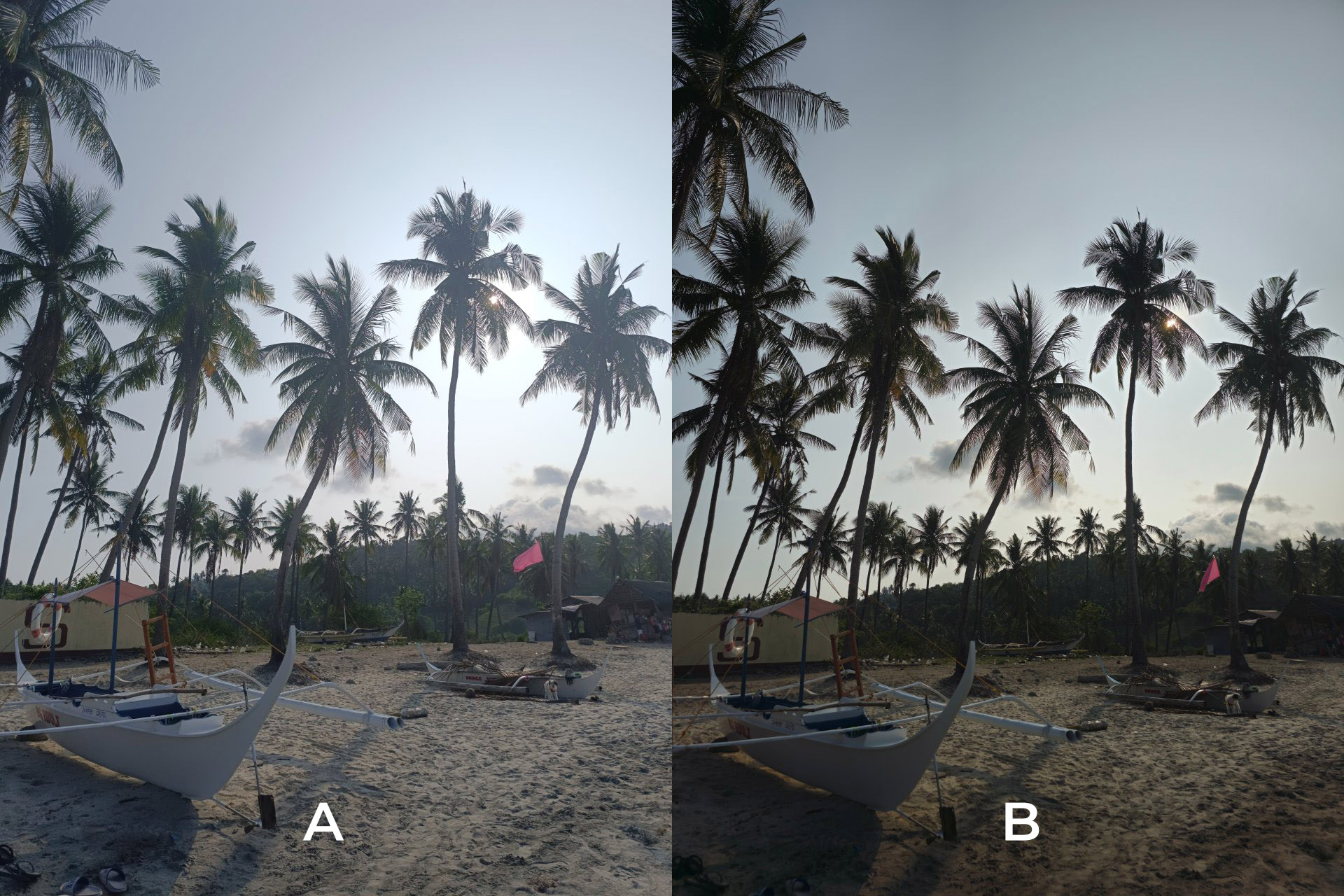
Full-resolution A here | Full-resolution B here
#8
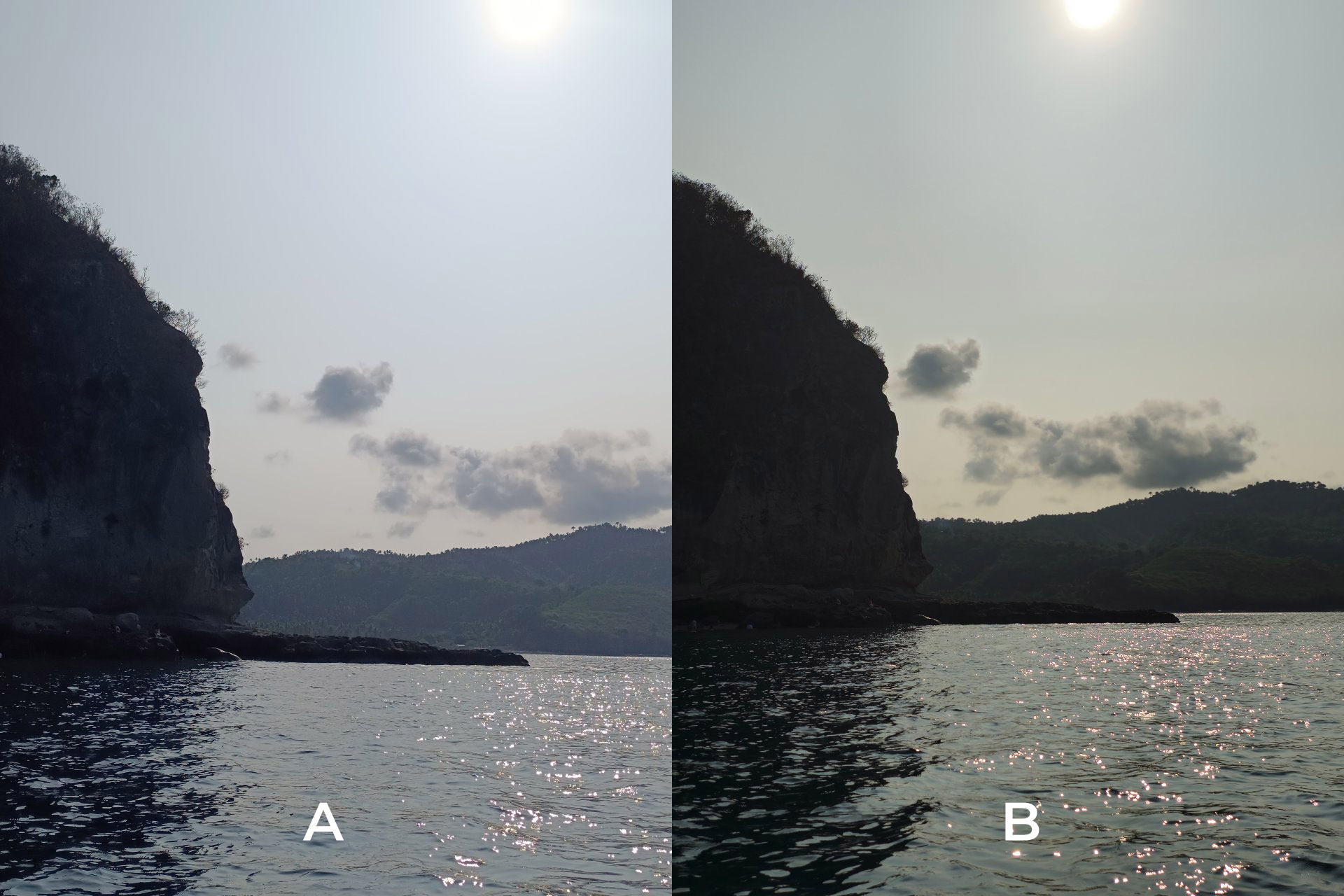
Full-resolution A here | Full-resolution B here
#9
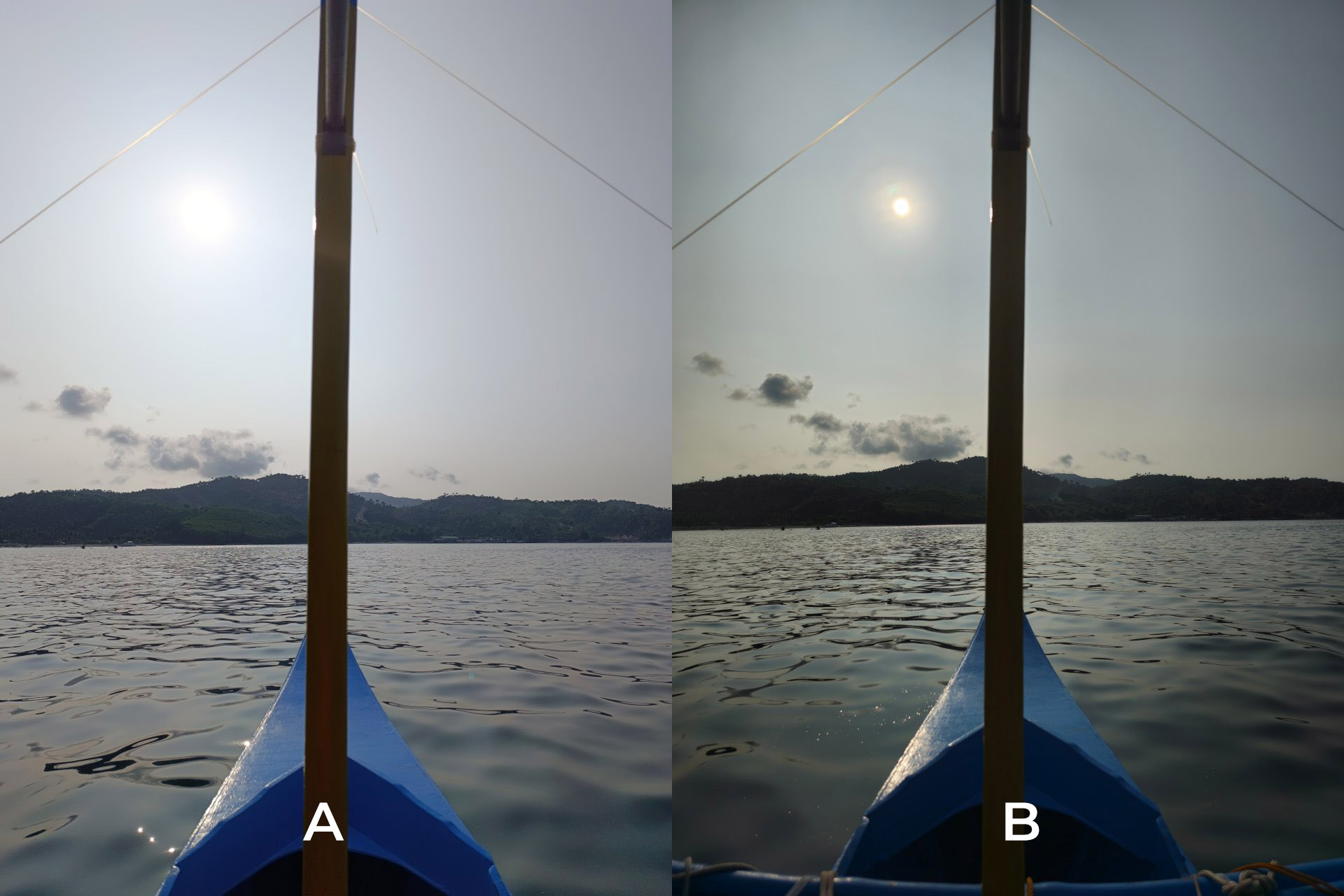
Full-resolution A here | Full-resolution B here
#10

Full-resolution A here | Full-resolution B here
#11
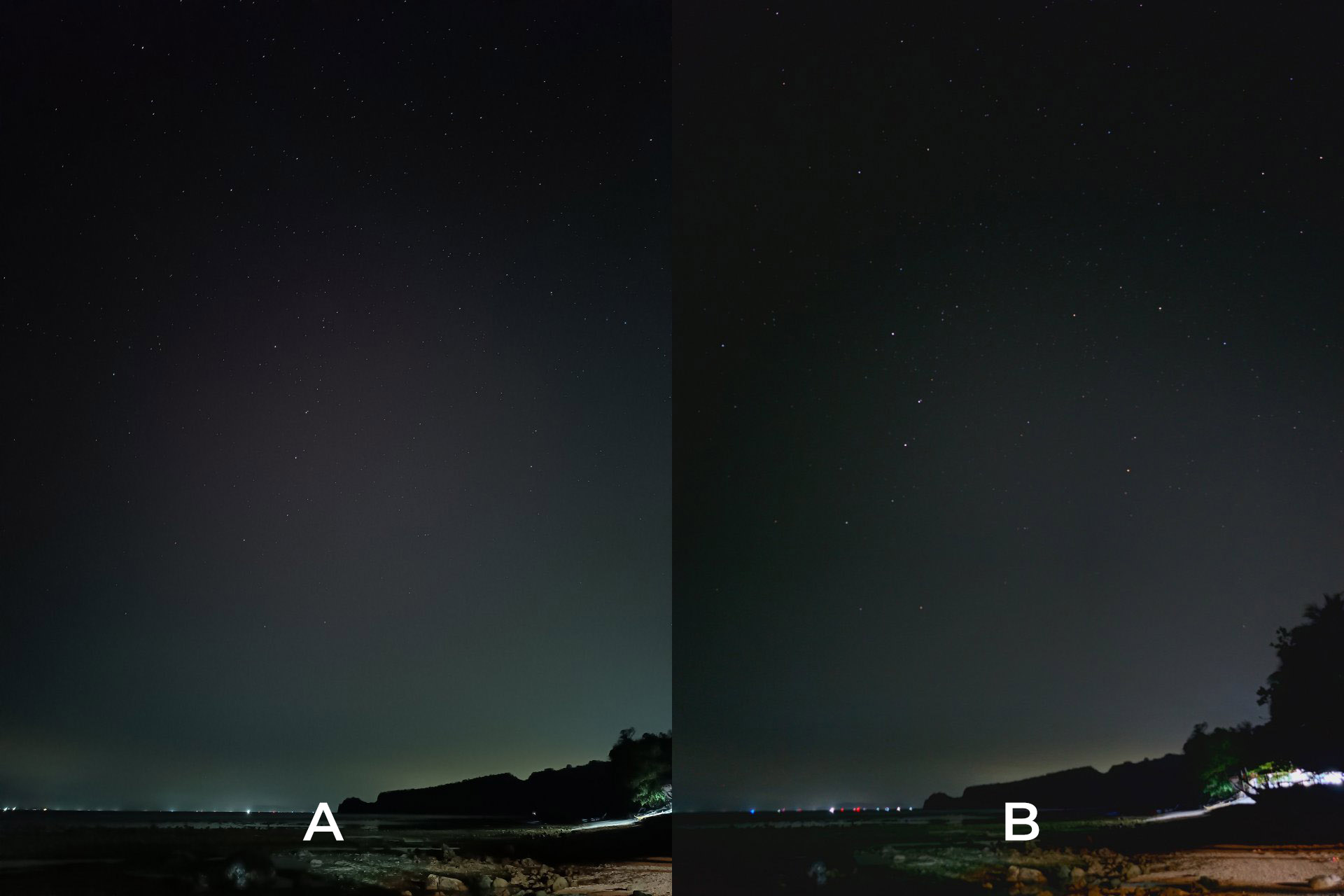
Full-resolution A here | Full-resolution B here
#12
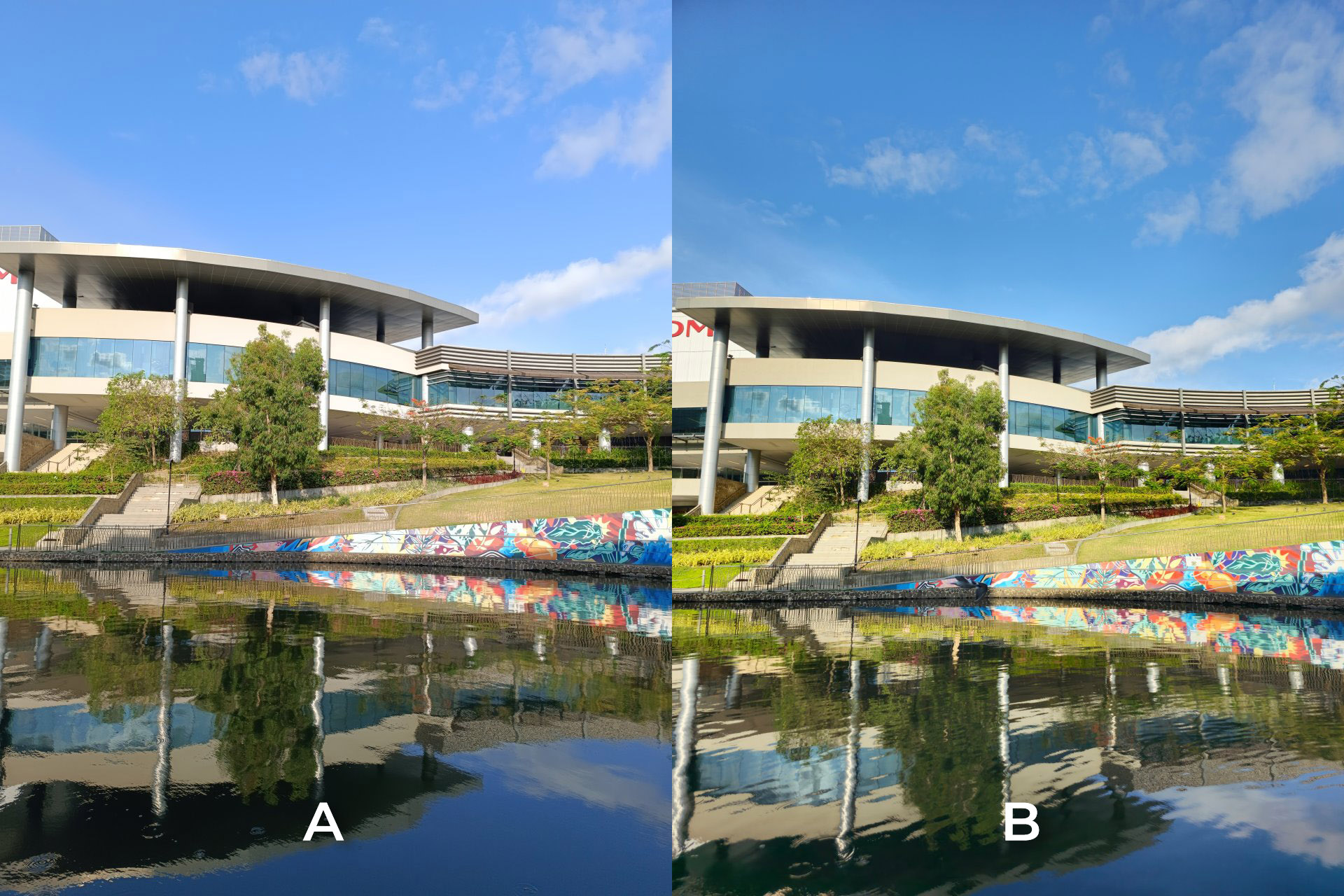
Full-resolution A here | Full-resolution B here
#13
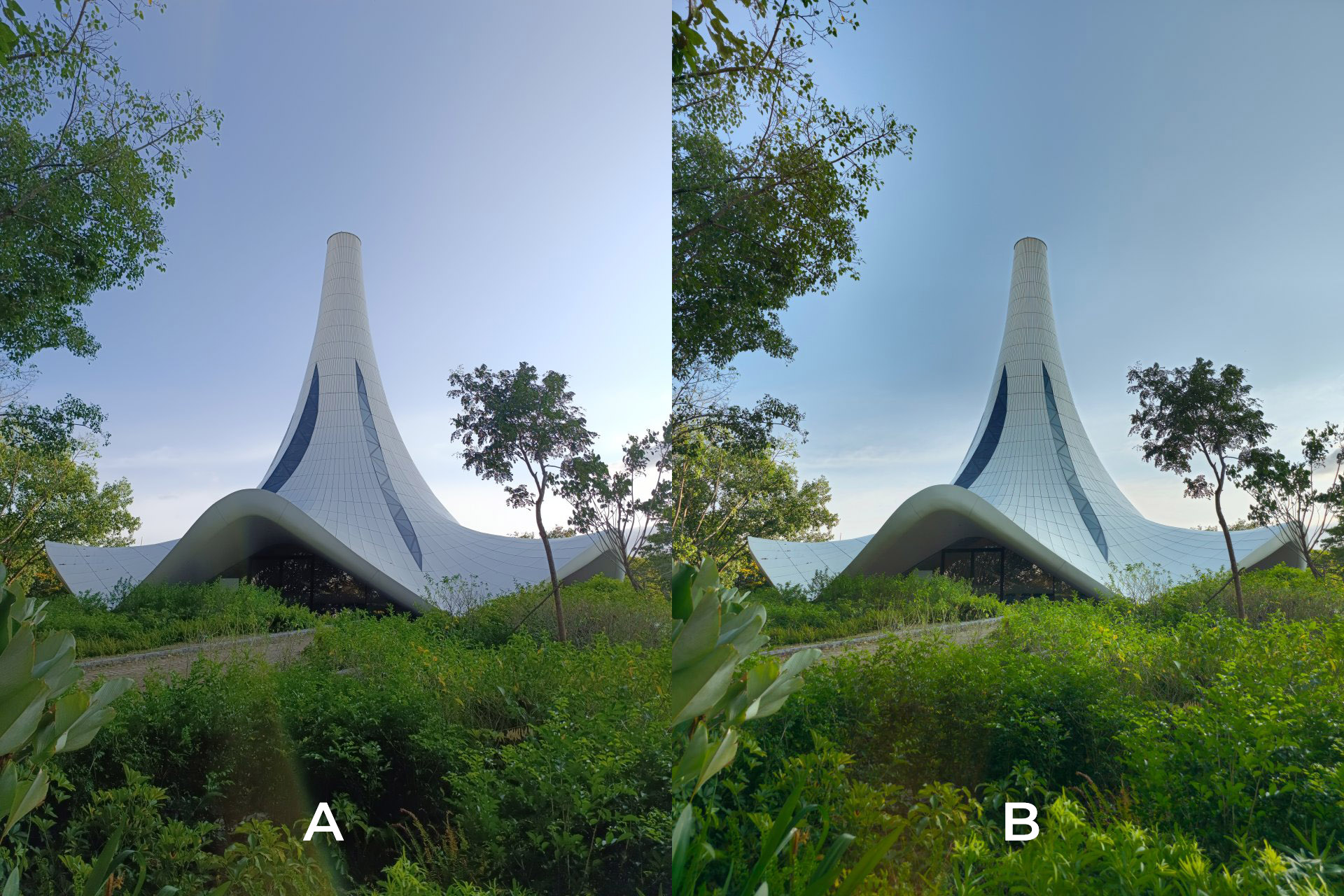
Full-resolution A here | Full-resolution B here
#14

Full-resolution A here | Full-resolution B here
#15

Full-resolution A here | Full-resolution B here
Results
Have you guessed it right? Well, I hope you got your picks right:
Conclusion
For the most part, most shots looked close to one another. But upon closer inspection, both phones feature a consistent image output.
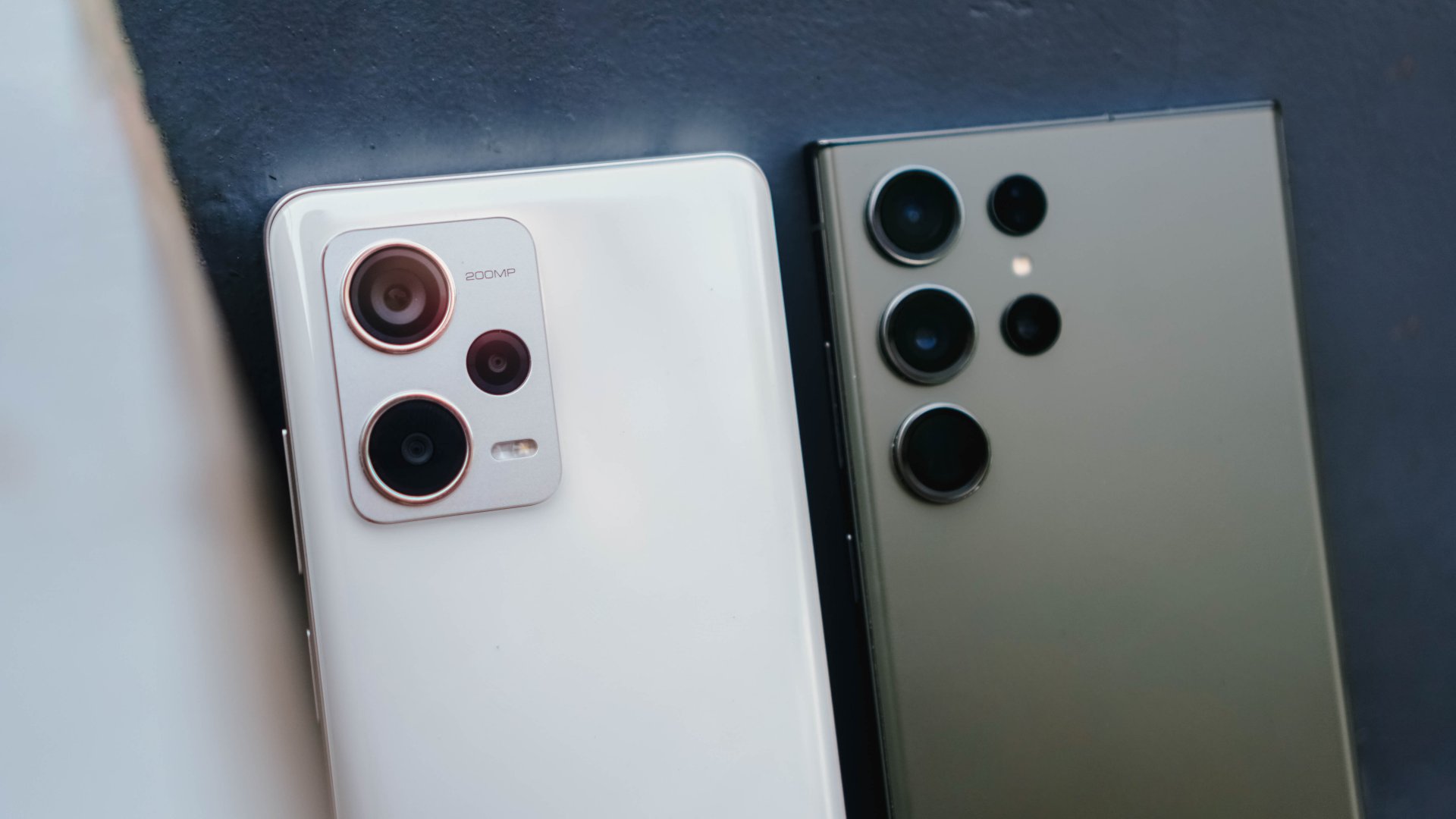
Just like other camera comparisons I’ve conducted, Samsung is very evident with its color-boosted AI algorithm. The skies are bluer, the trees are greener, basically everything are on the warmer and more saturated side.
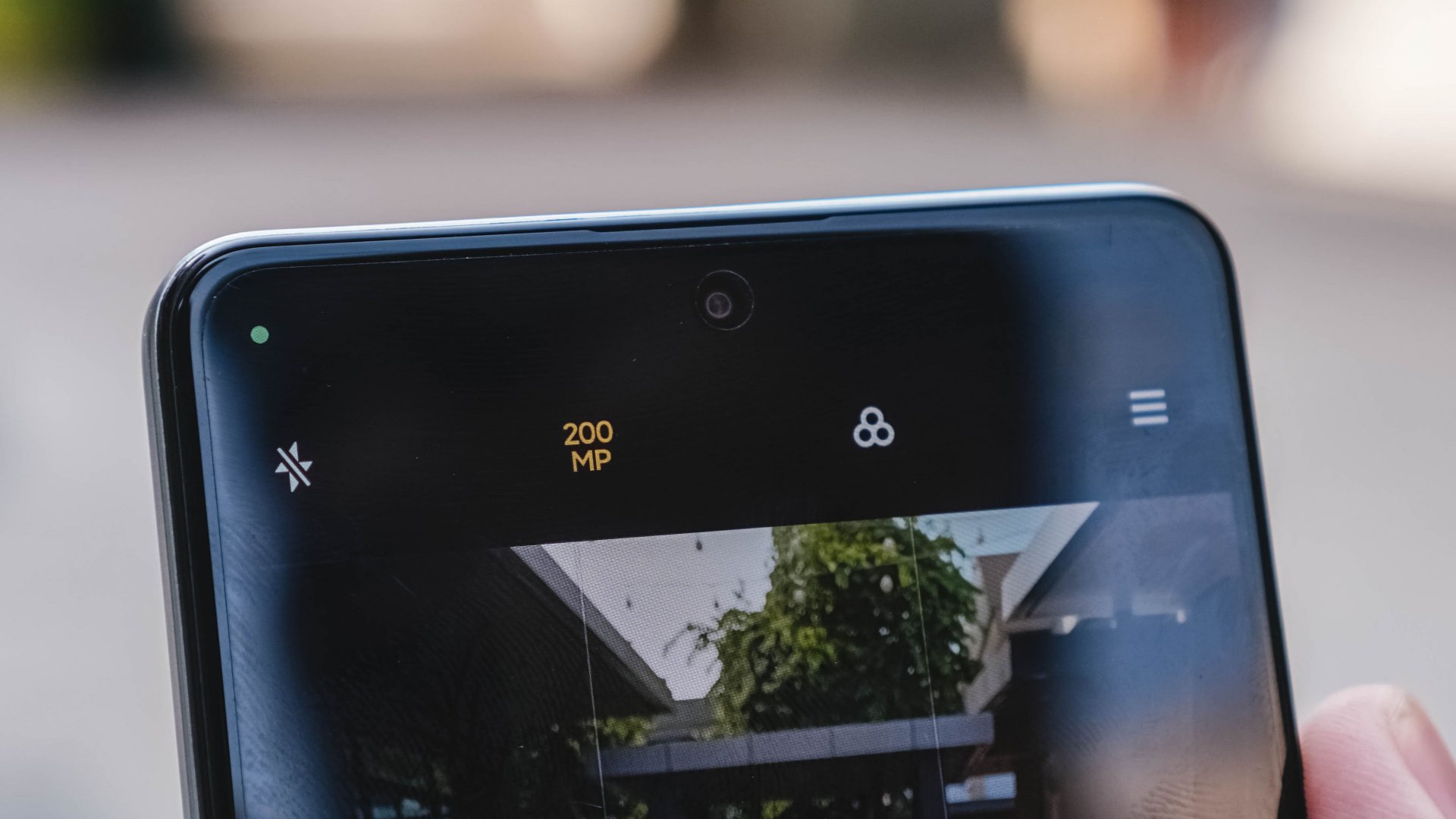
The Redmi Note 12 Pro+ 5G on the other hand sticks to the more “natural-looking” color calibration. Shots taken with this Redmi-dranger are also noticeably brighter. The Galaxy S23 Ultra have photos with the lesser amount of highlights and overall exposure — which also results to better HDR photos. The HP2 sensor clearly displays better dynamic range than what the ISOCELL HPX sensor offers.
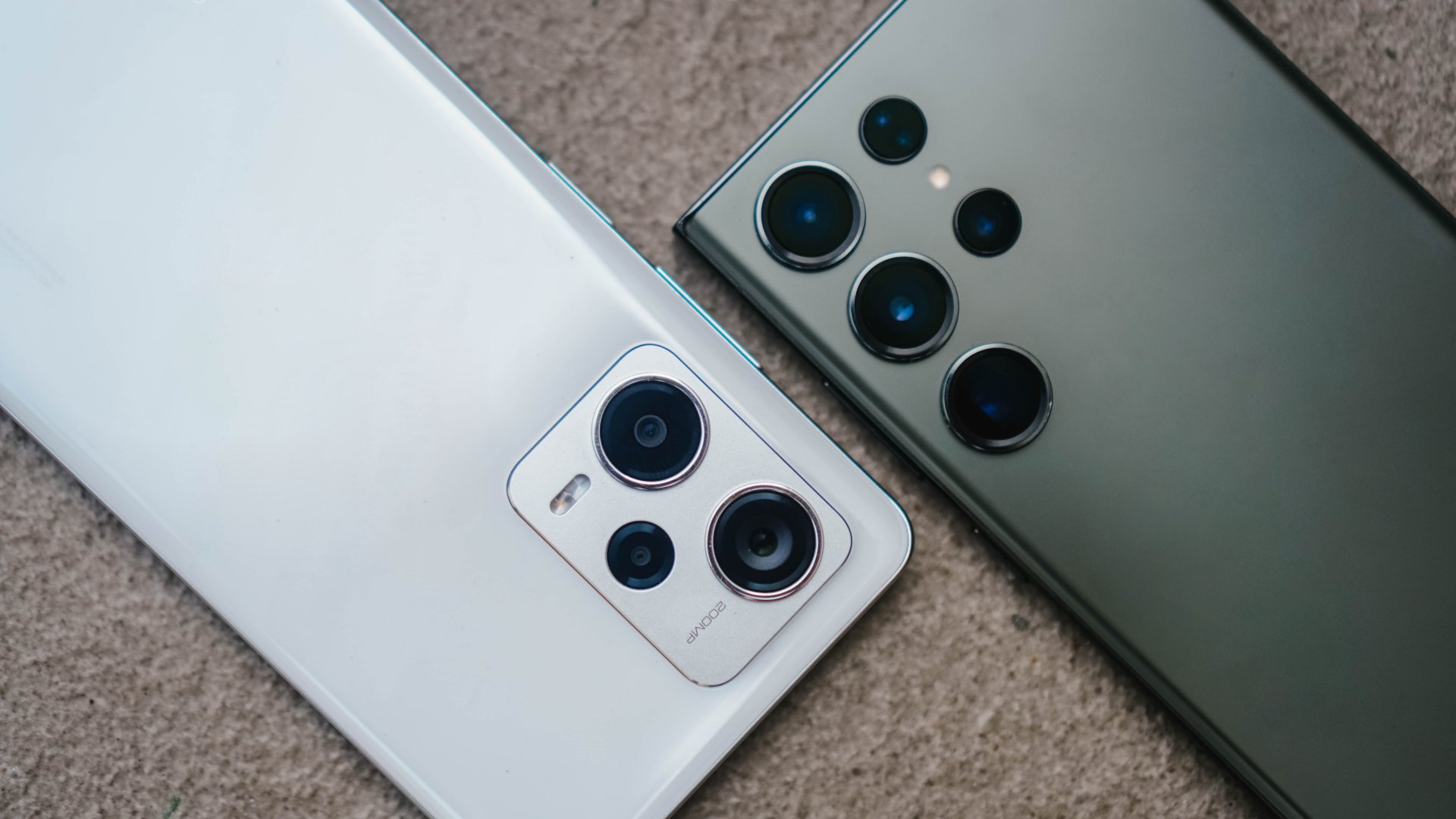
As I stated in my previous flagship shootout with the Galaxy S23 Ultra and the Xiaomi 13 Pro, the only main advantage I can see when using a 200MP camera is the ability to keep all the details even if you crop the photo. But for most photographers, they barely crop to 50~100x as they already have a composition in mind right before hitting that shutter release.

Xiaomi 13 Pro vs Samsung Galaxy S23 Ultra
After doing this follow-up camera shootout, I still think 200-megapixel camera sensors are more of a gimmick than a real deal because both phones took some time (at least around 1.5 to 2 seconds) to deliver these full-resolution photos. For my needs, I want a faster-snapping camera — and having a 1-inch camera sensor is the answer to my previous smartphone camera woes.
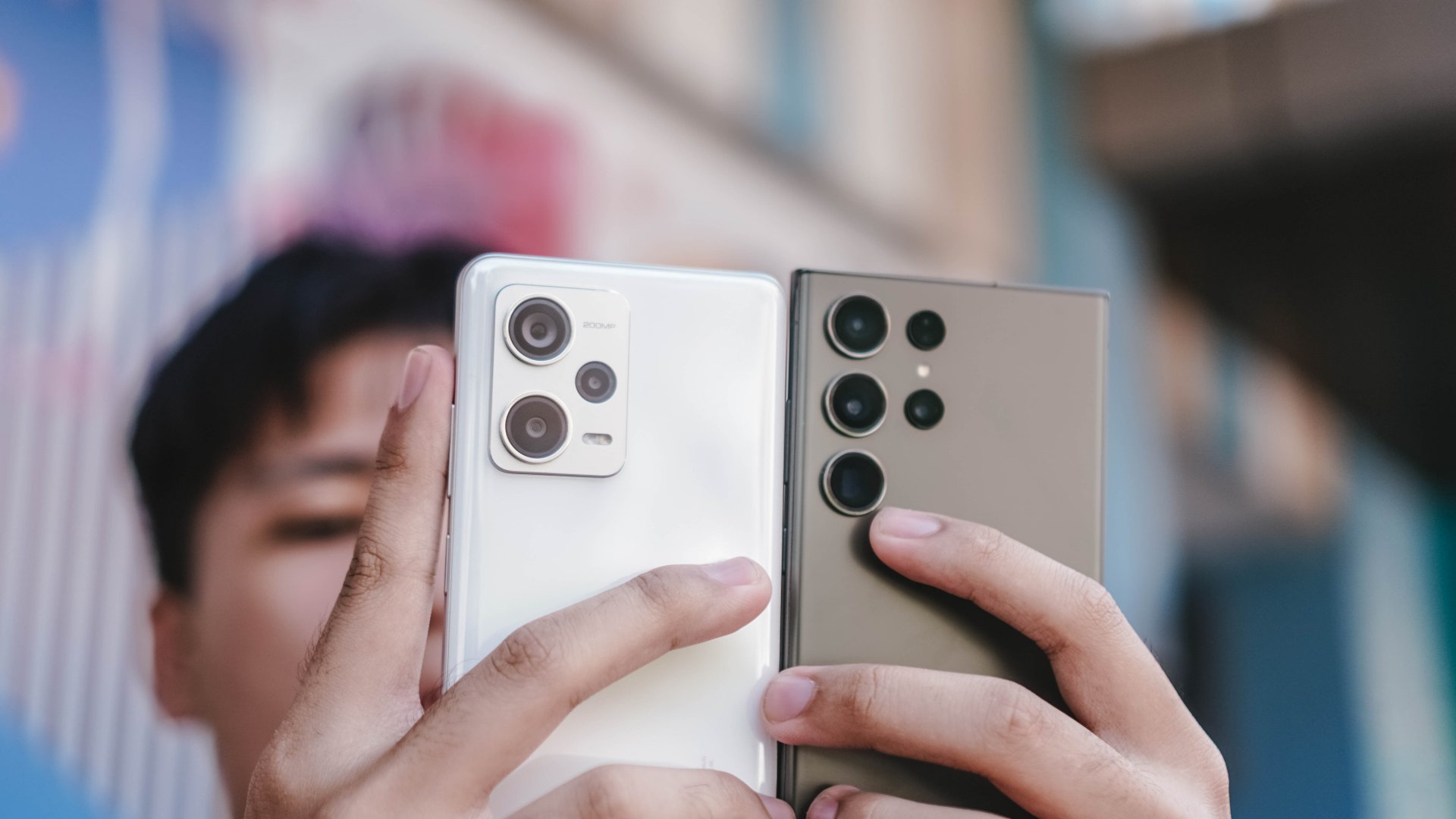
At the end of the day, it still boils down to one’s preference. If 200MP is a valuable feature for you and you always prefer shooting it RAW (no pun intended, I swear!), the Galaxy S23 Ultra is your best answer. That’s with the inclusion of liking the more vibrant photo output.
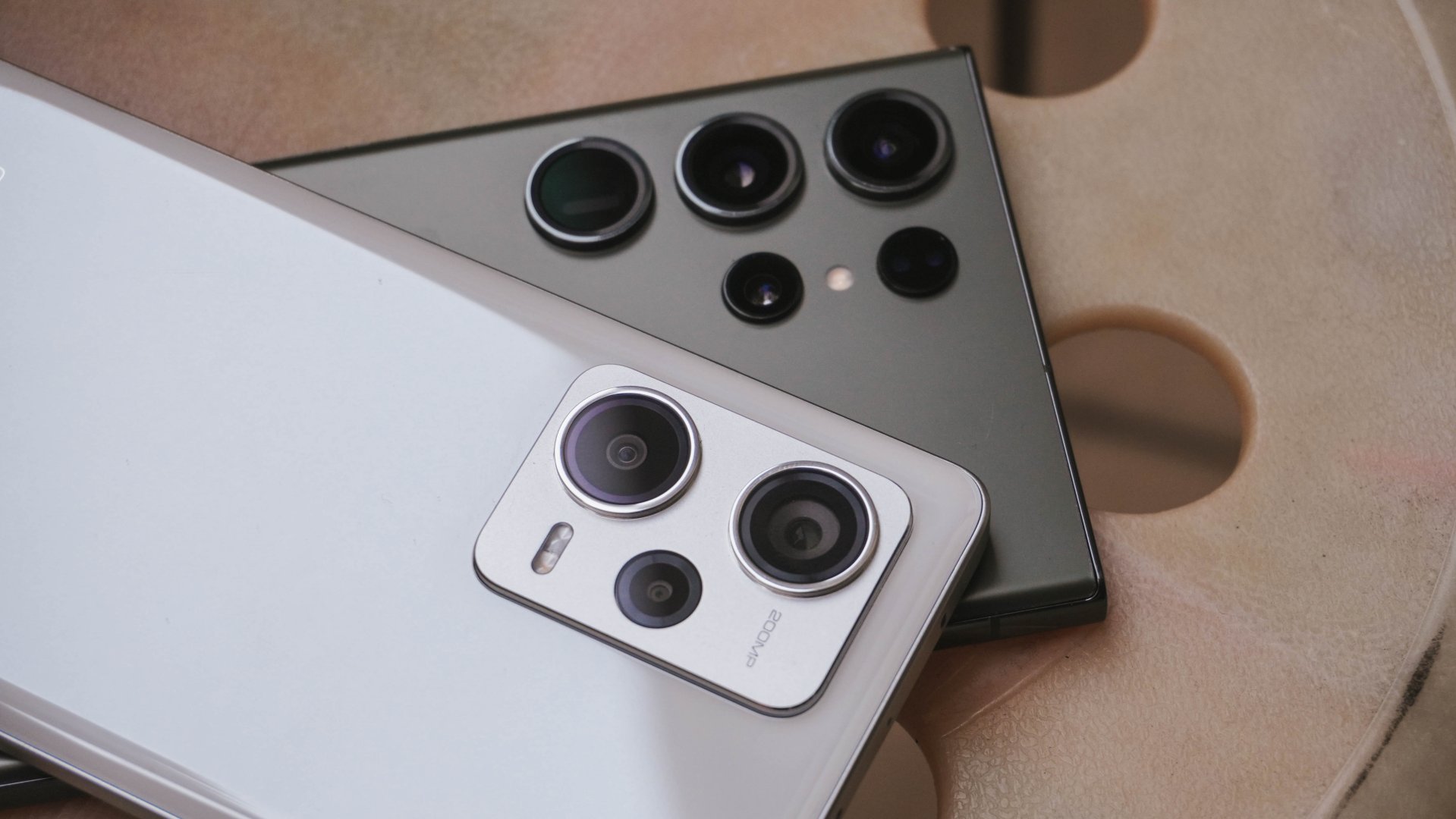
But if you’re on a tighter budget but want to experience the goodness of a 200-megapixel camera that’s still made by Samsung, the Redmi Note 12 Pro+ is not far from your choices. It might even be the most affordable 200MP camera smartphone you can buy today.
Camera Shootouts
2023 Flagship Smartphones: Mega Camera Shootout
Not just two, but a complete mix of six flagships for you to see
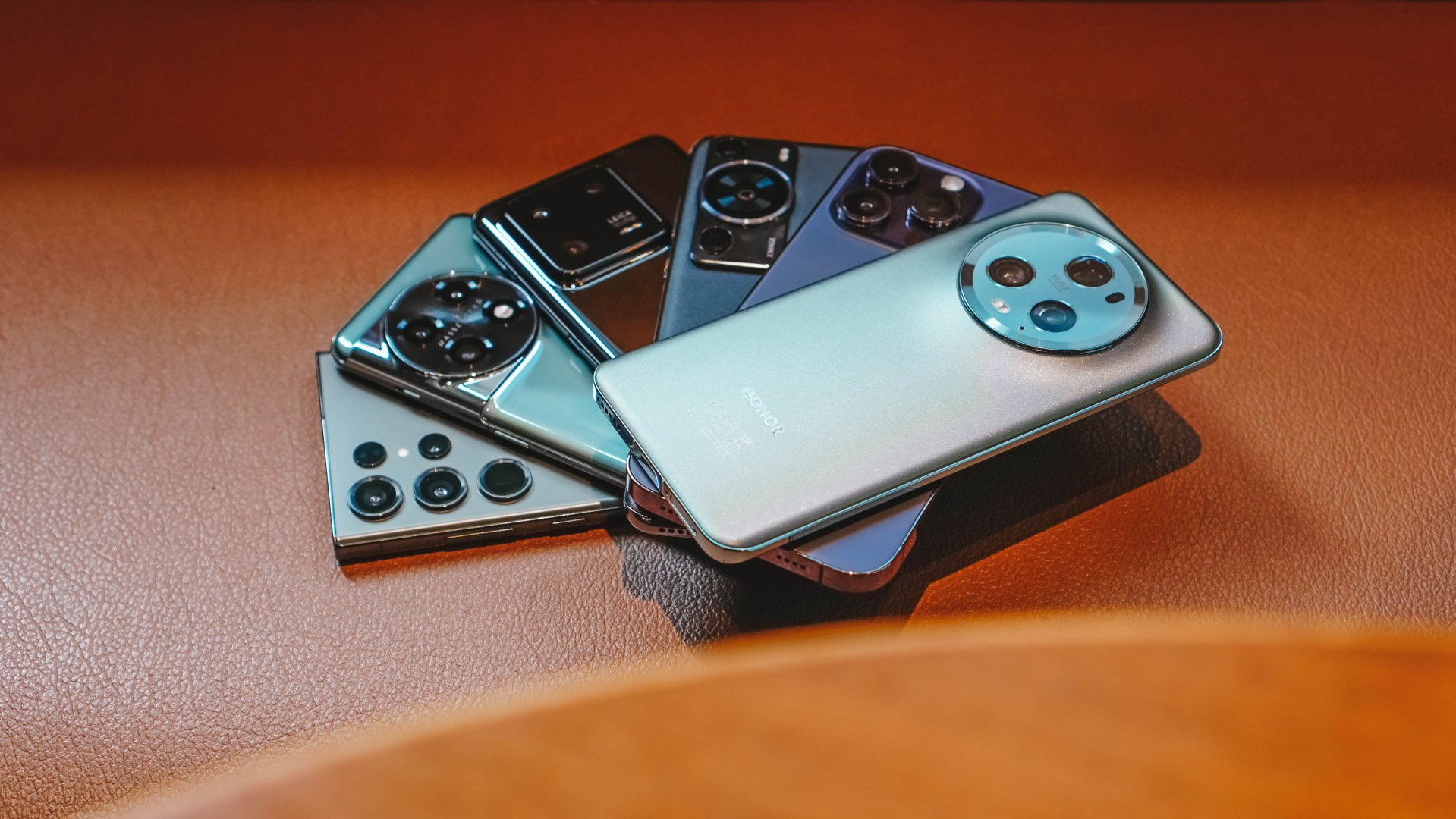
We have crossed the halfway point of 2023. It’s no surprise that phone brands have already revealed their latest flagship offerings — whether that may be Samsung, Apple, Google, Xiaomi, vivo, OPPO, OnePlus, Huawei, HONOR, Sony, ASUS, and more in the list.
But in this special 2023 camera shootout, there aren’t just two, but a complete mix of six smartphones for you to dig in.
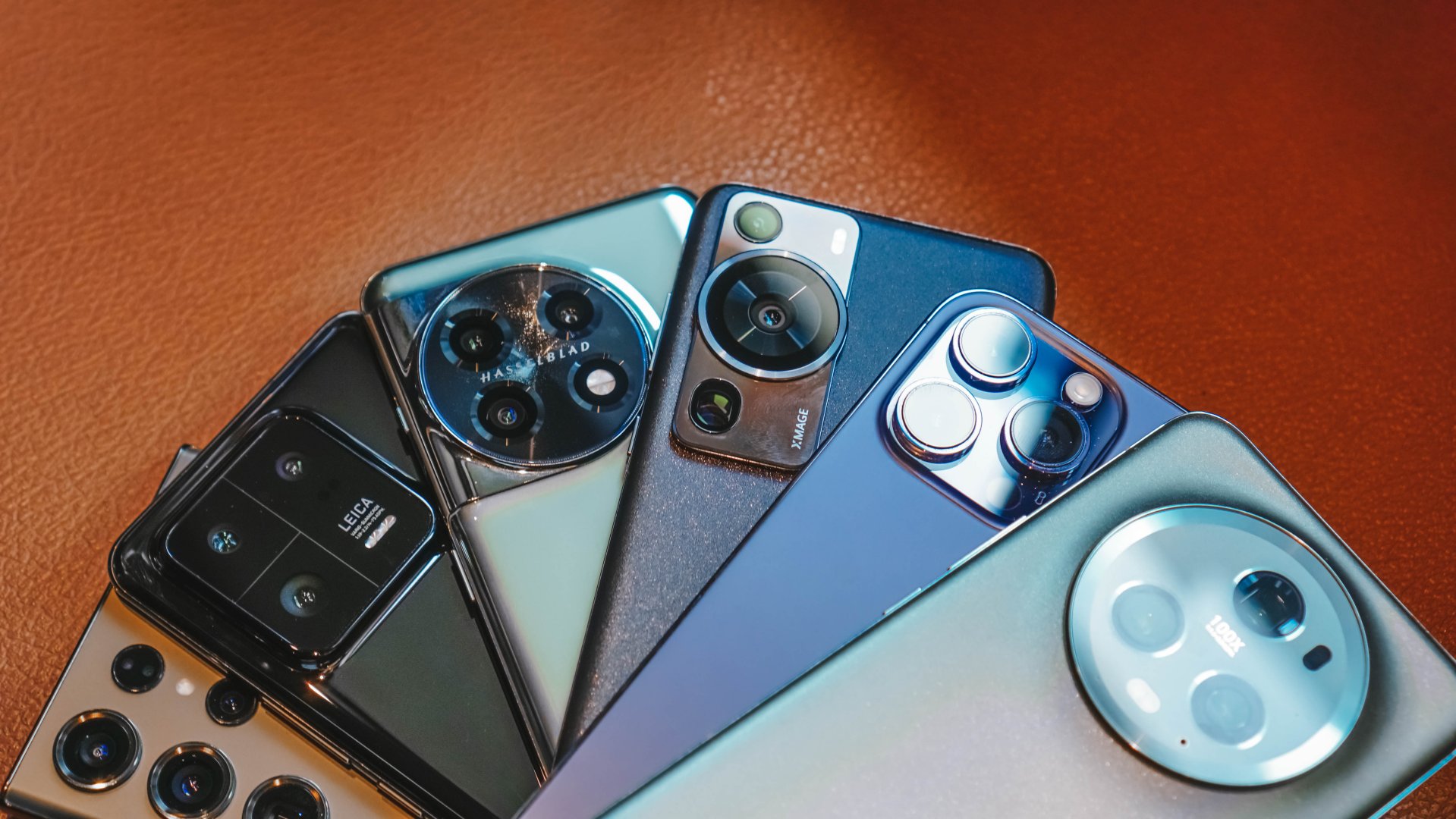
To be specific, these are the iPhone 14 Pro Max, Samsung Galaxy S23 Ultra, OnePlus 11, Huawei P60 Pro, HONOR Magic5 Pro, and Xiaomi 13 Pro.
Most in this list have already been tested in several camera shootout. But a six-way camera shootout is a good way to feed our curiosities. It’s also great for seeing all the differences of these smartphones in terms of camera performance and imaging quality.
P.S: With the absence of the “higher-grade” models such as the Xiaomi 13 Ultra, Huawei P60 Art, OPPO Find X6 Pro, and HONOR Magic5 Ultimate, we’ve decided to just stick with what we have in our stash.
A Mix of Six
Steering away from our usual camera shootouts, I’m going to reveal which photos belong to which phone to eliminate that dizzying guess work. After all, we’ve tried to avert from doing “blind” camera shootouts as people want the results pronto:
A – HONOR Magic5 Pro
B – Huawei P60 Pro
D – OnePlus 11
F – Xiaomi 13 Pro
Disclaimer: Phones are listed alphabetically. All photos were taken straight from the phones’ camera app. No additional manipulations applied aside from collaging, resizing, and labeling for faster website loading.
Photo Perspectives
To celebrate the current year we’re living in, I’ve carefully nitpicked 23 photo samples and combined them into 23 photo sets. Each sample may either highlight or degrade the prowess and performance each smartphone has.
A (1x wide)
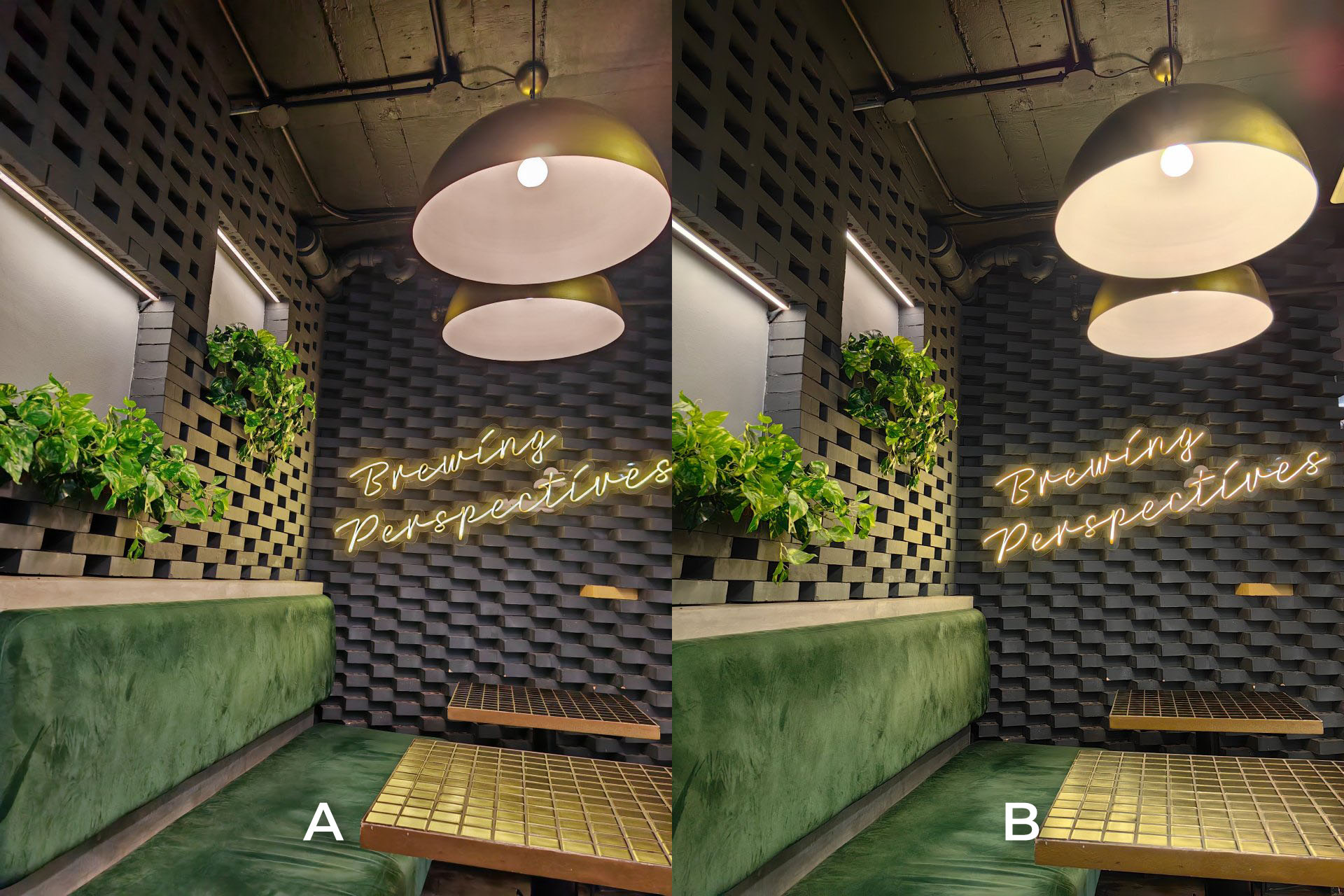
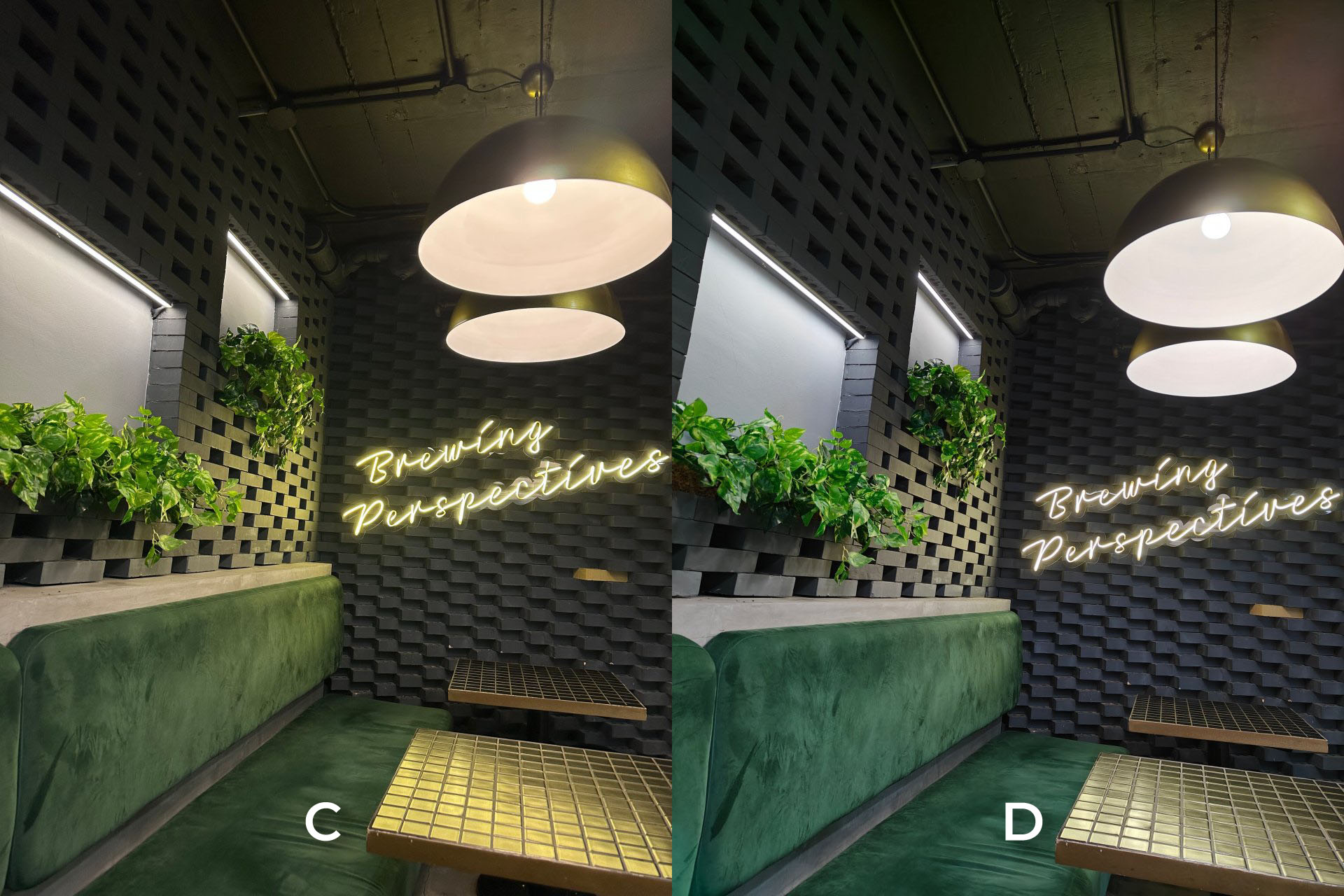
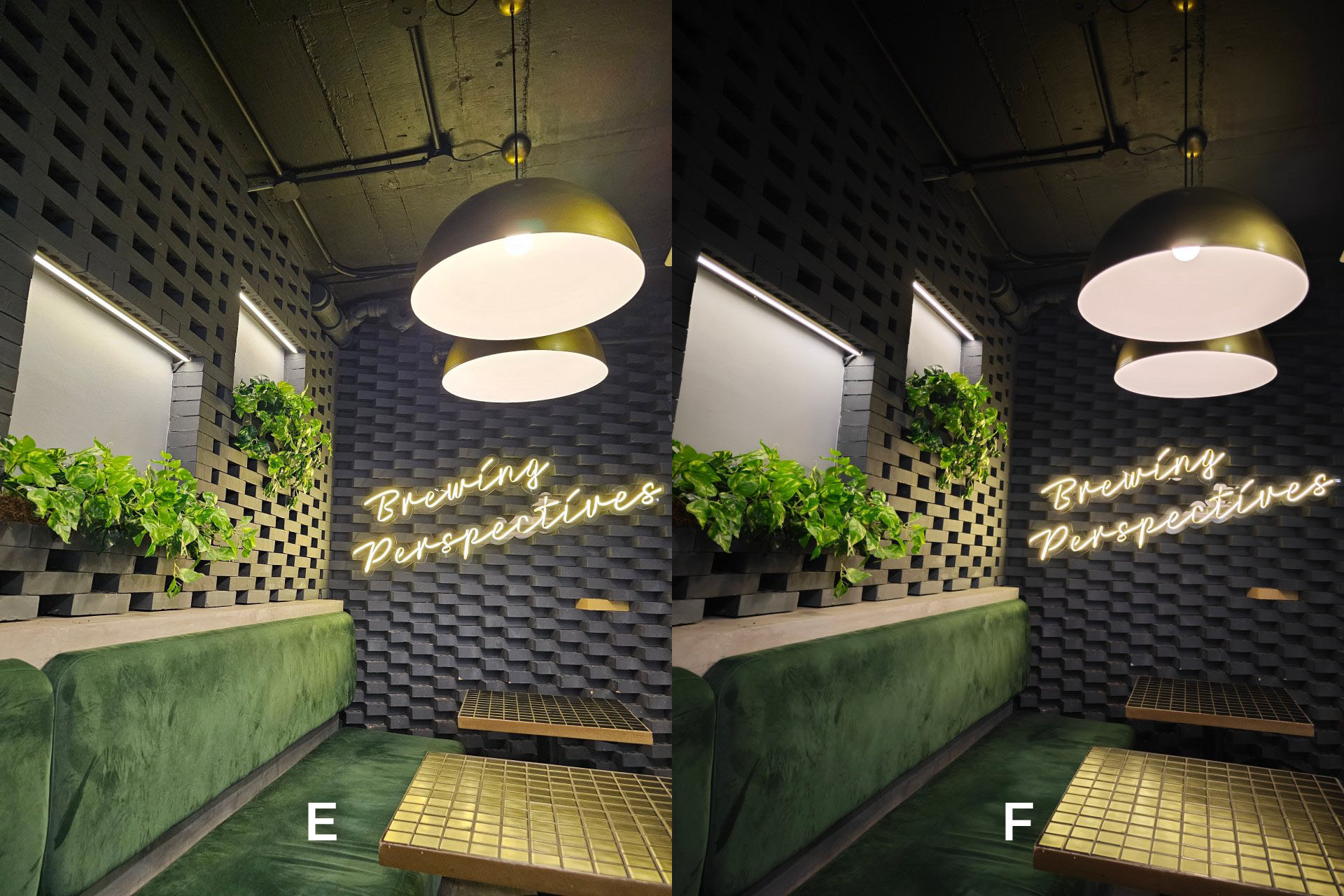
B (2x zoom)
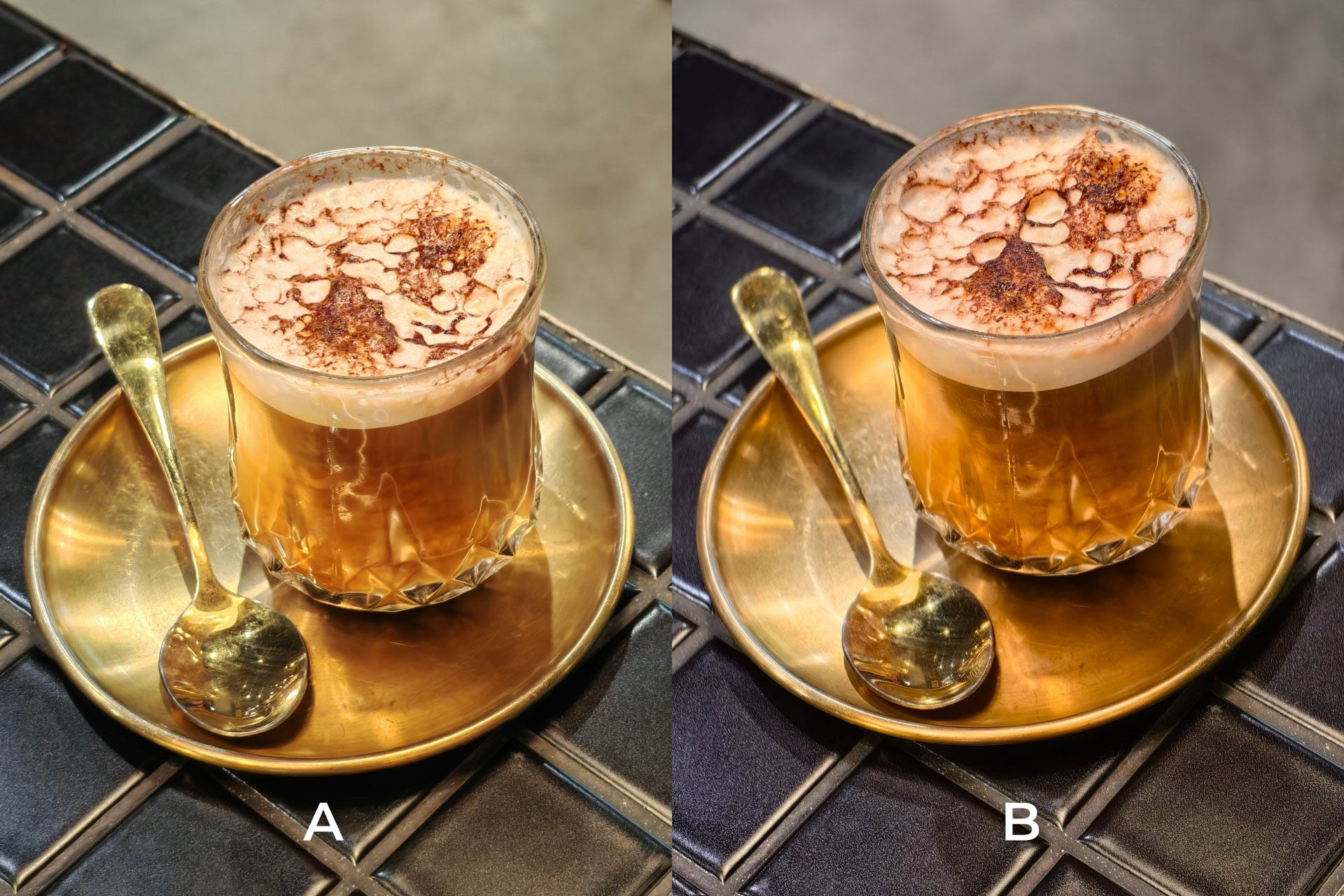
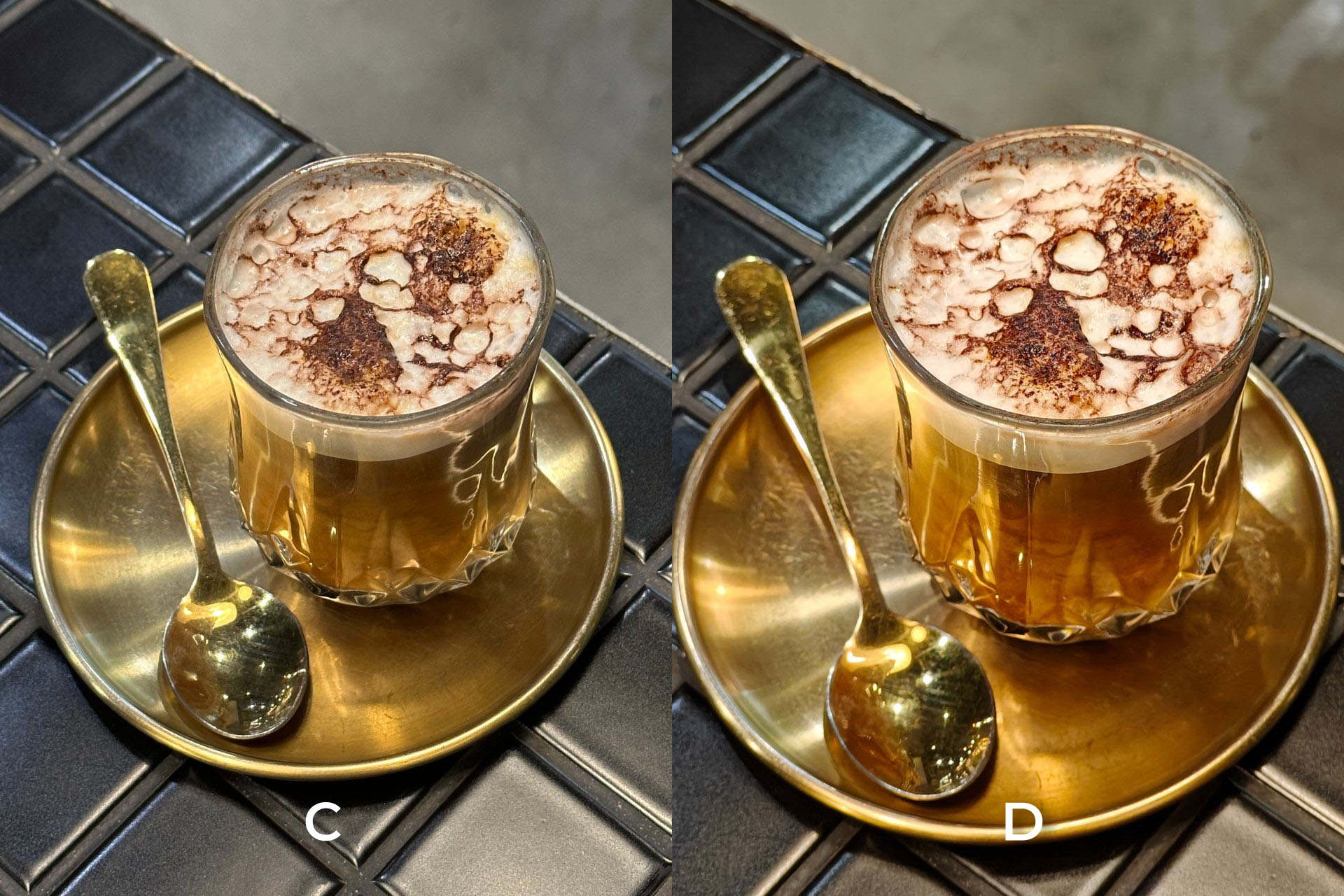

C (3.5x zoom)
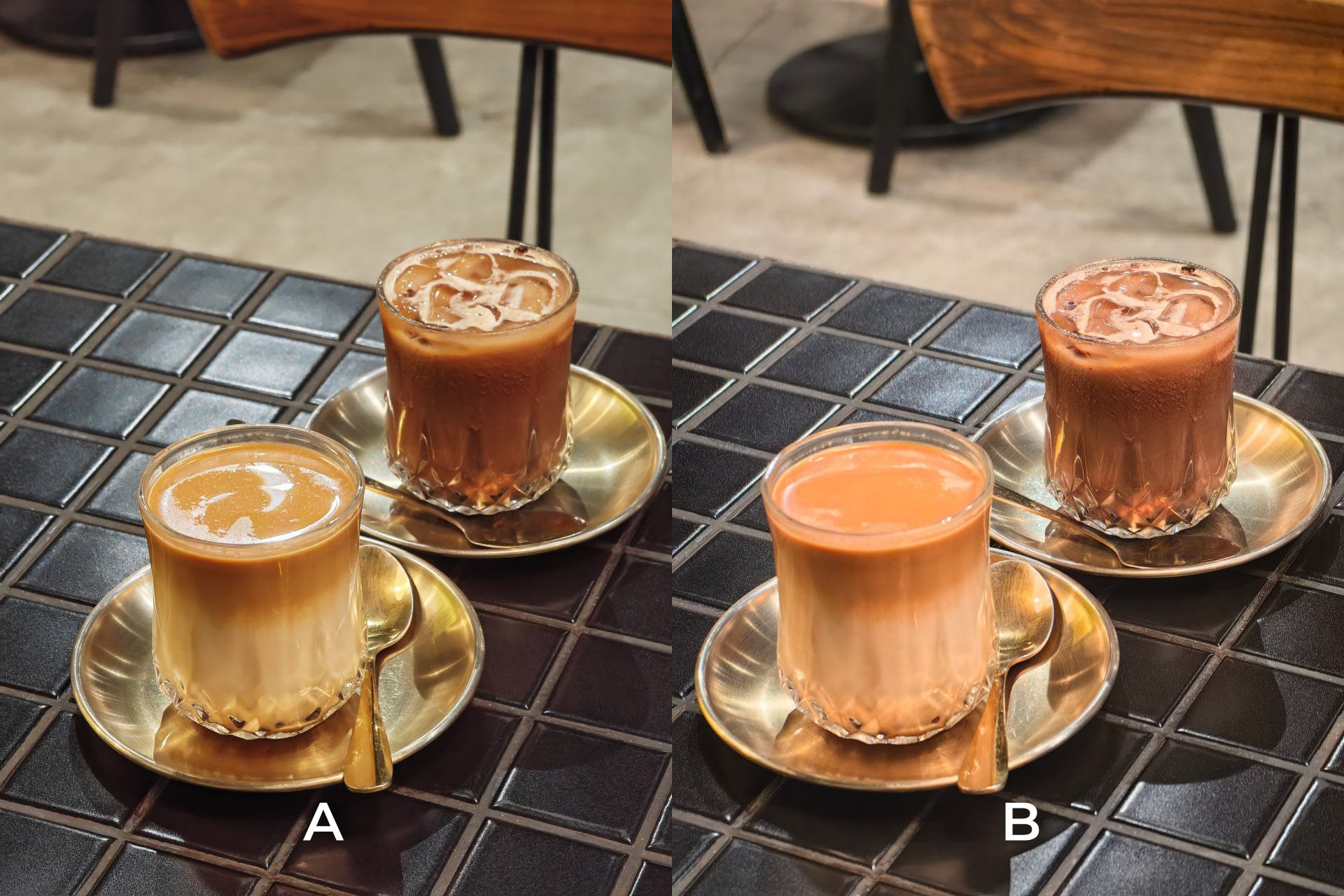
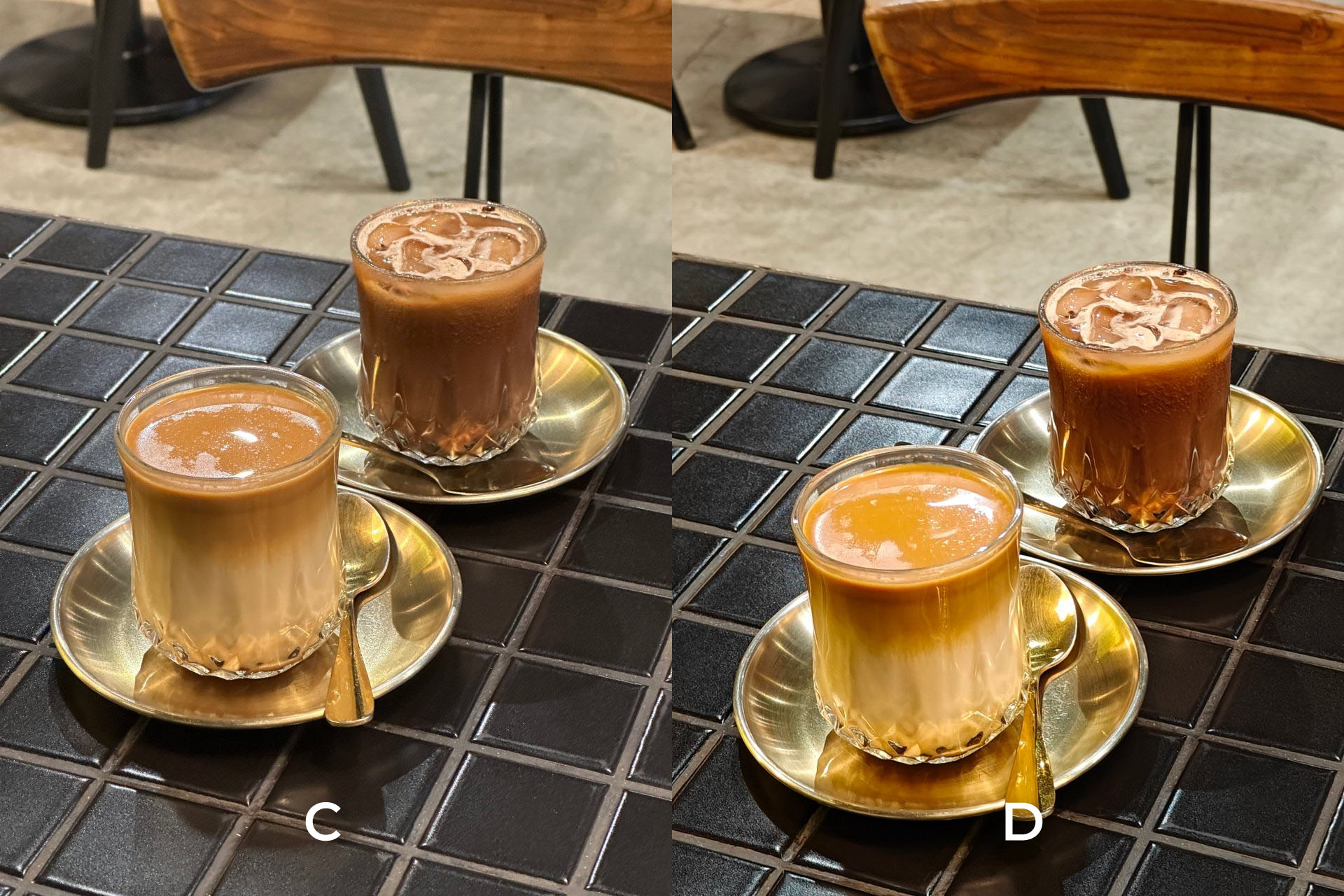
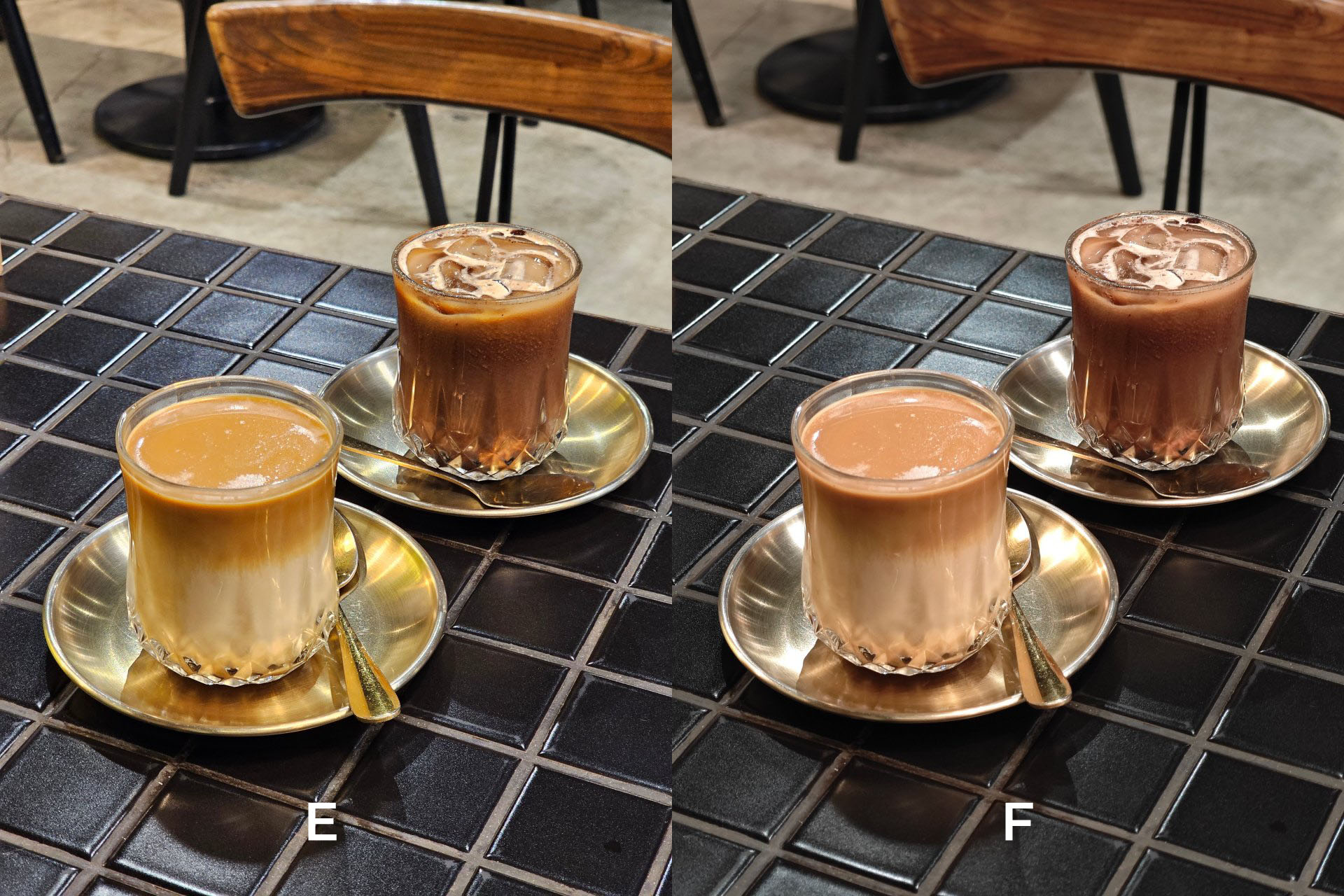
D (2x zoom)


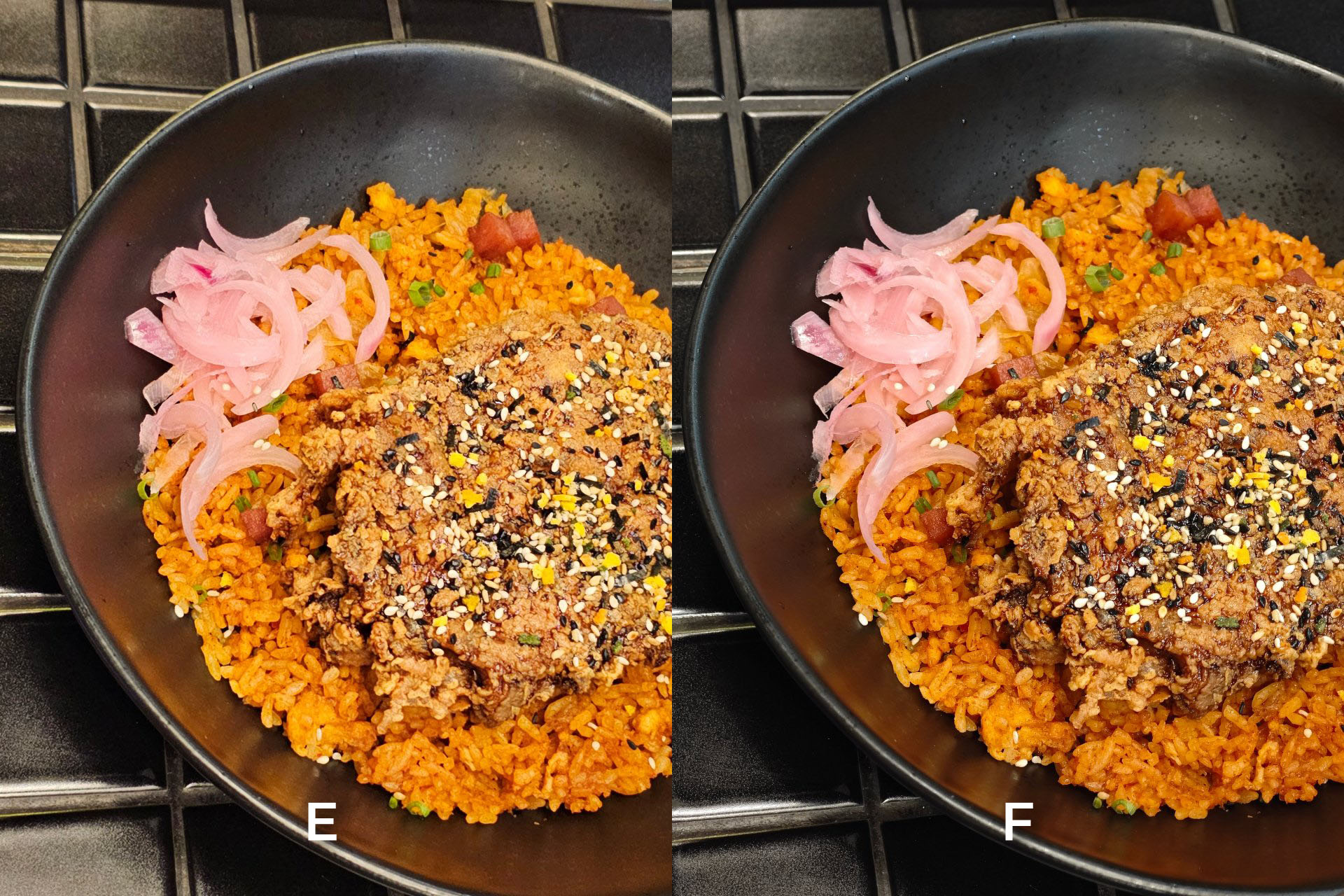
E (2x zoom)
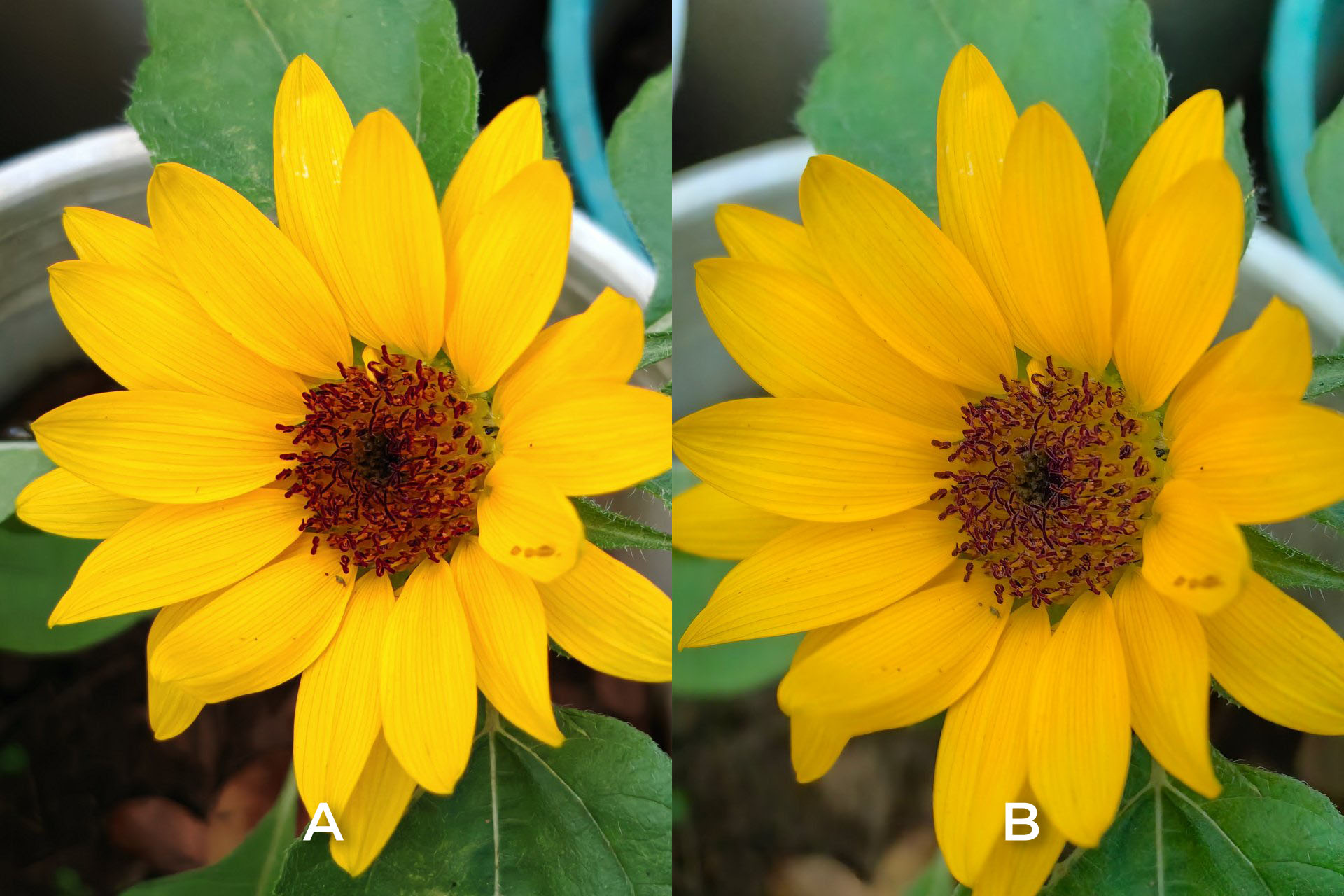
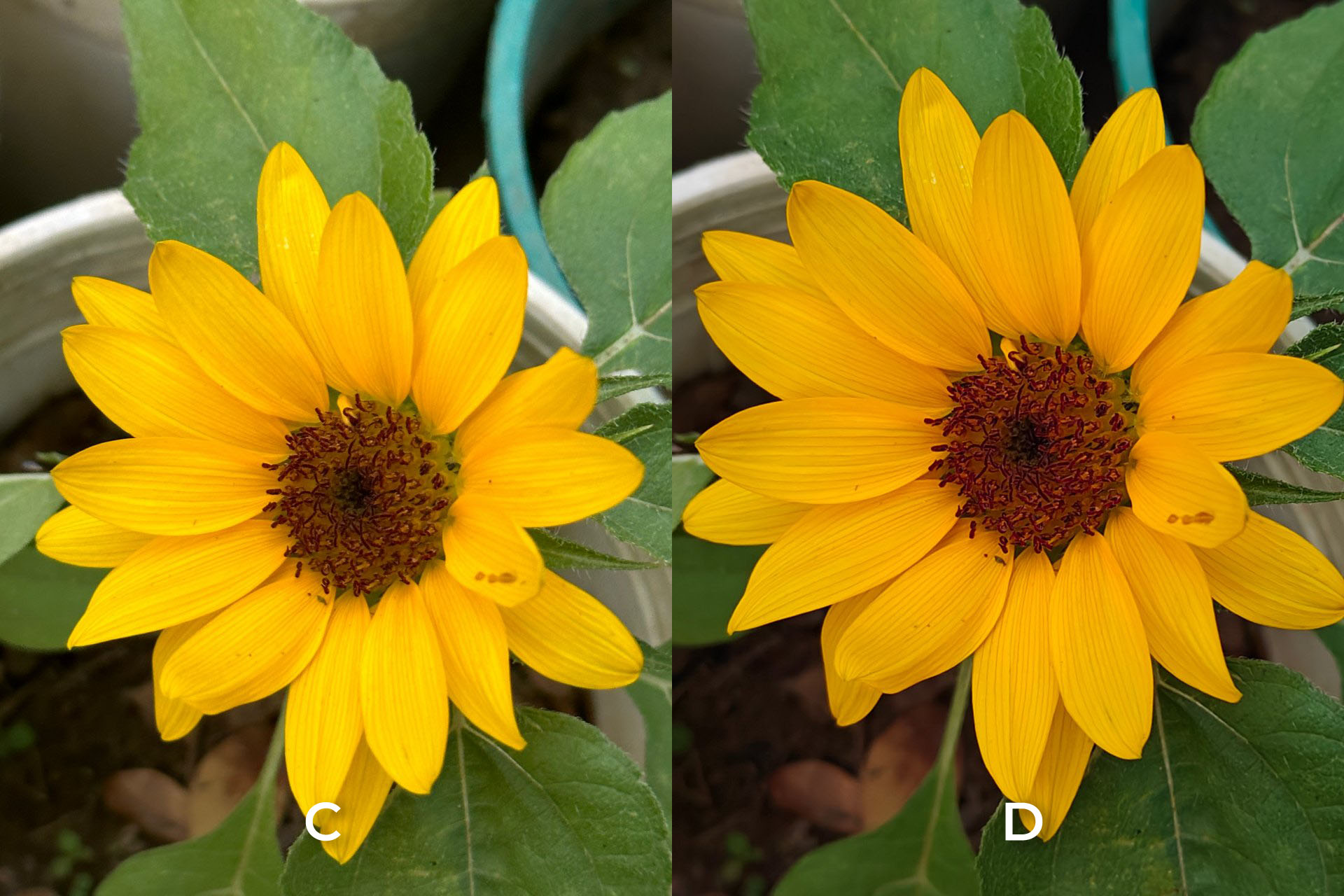
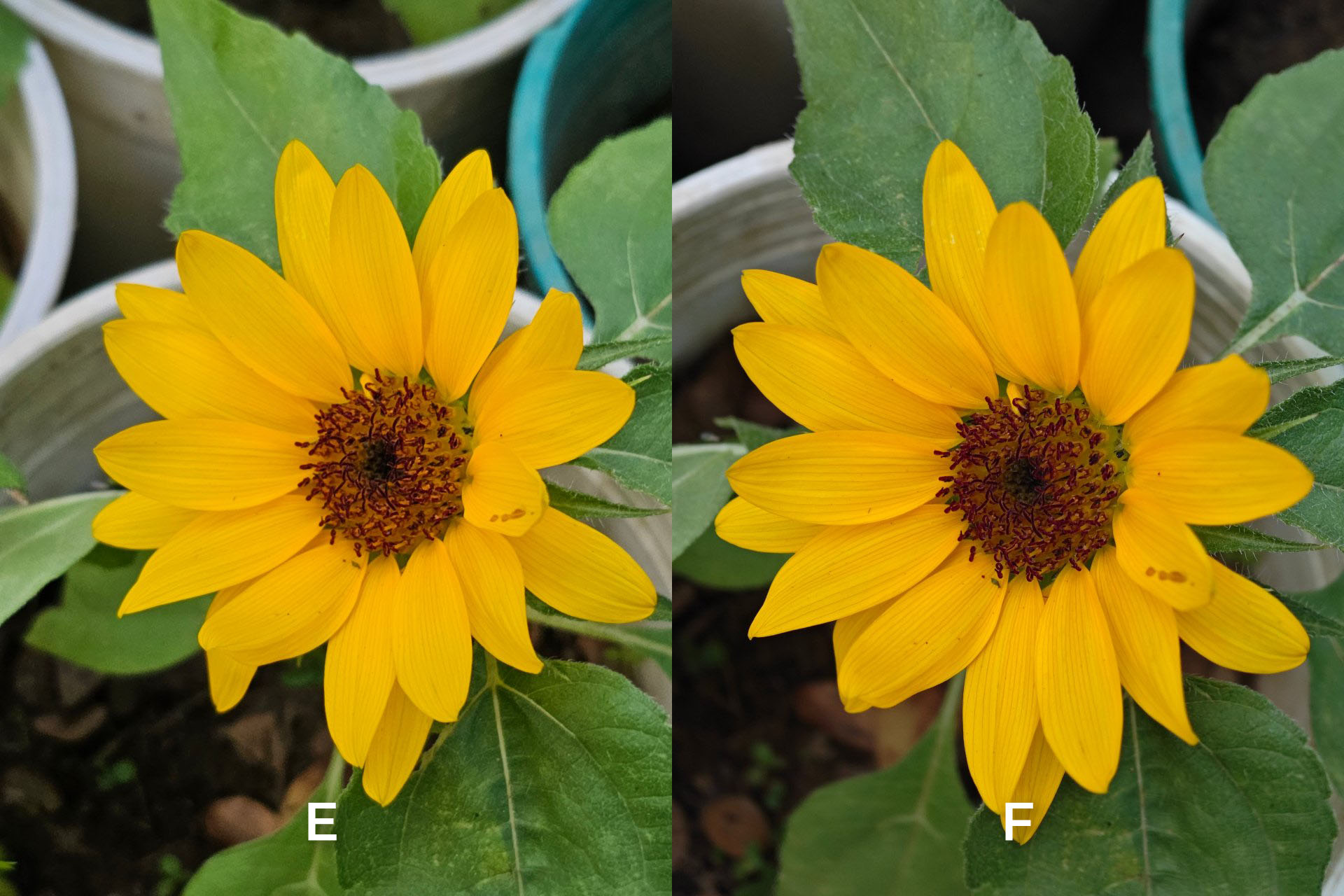
F (Dedicated zoom)
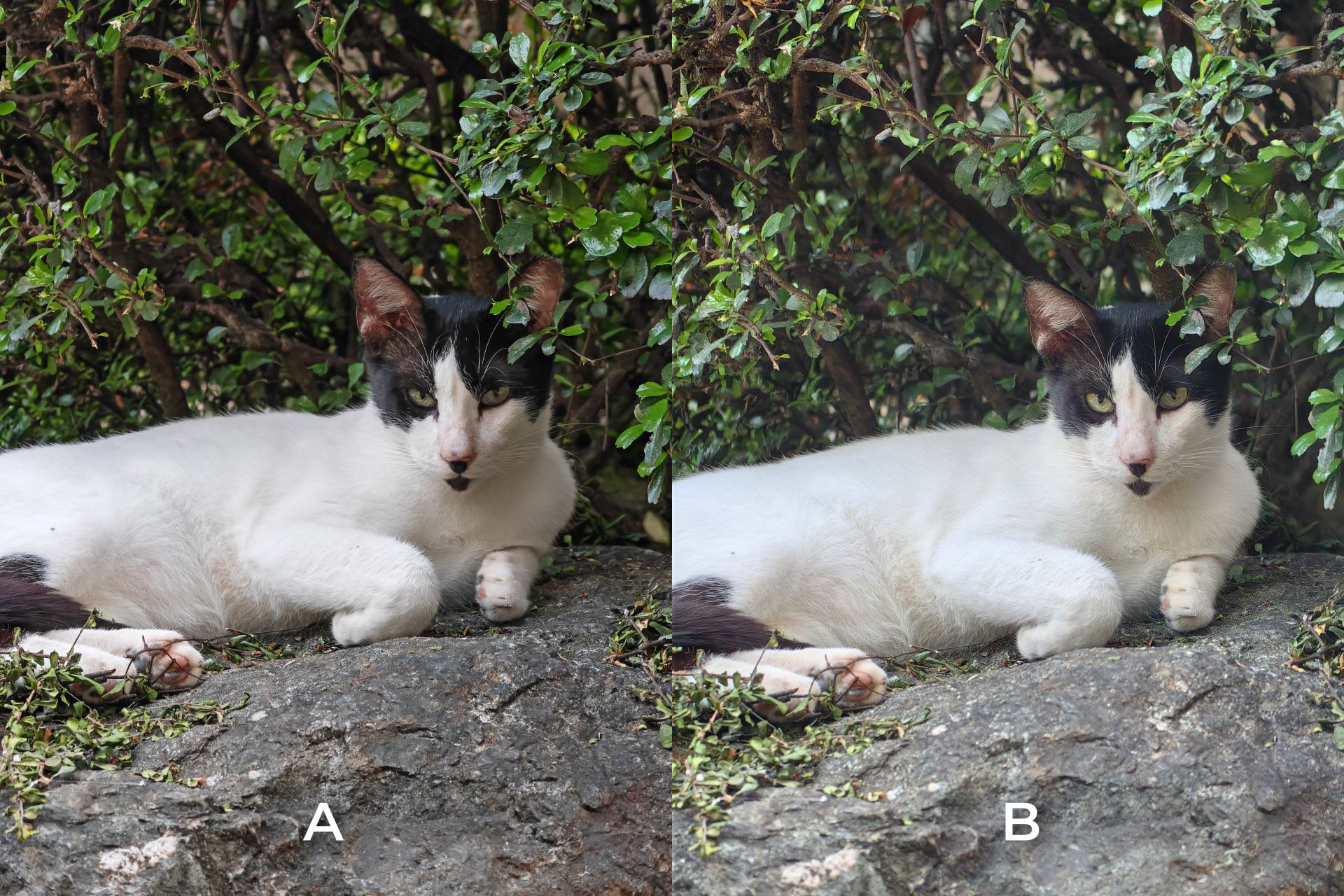
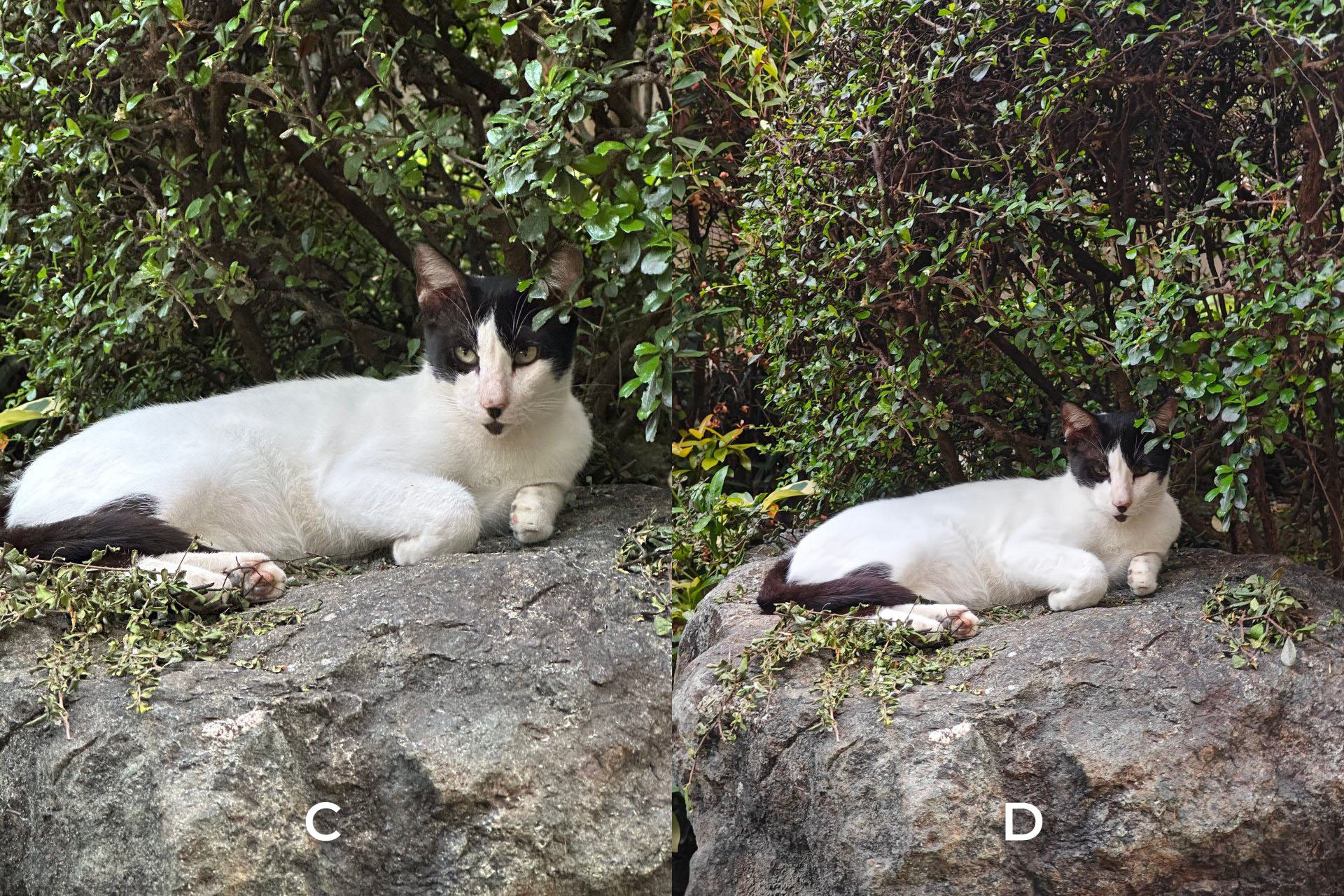
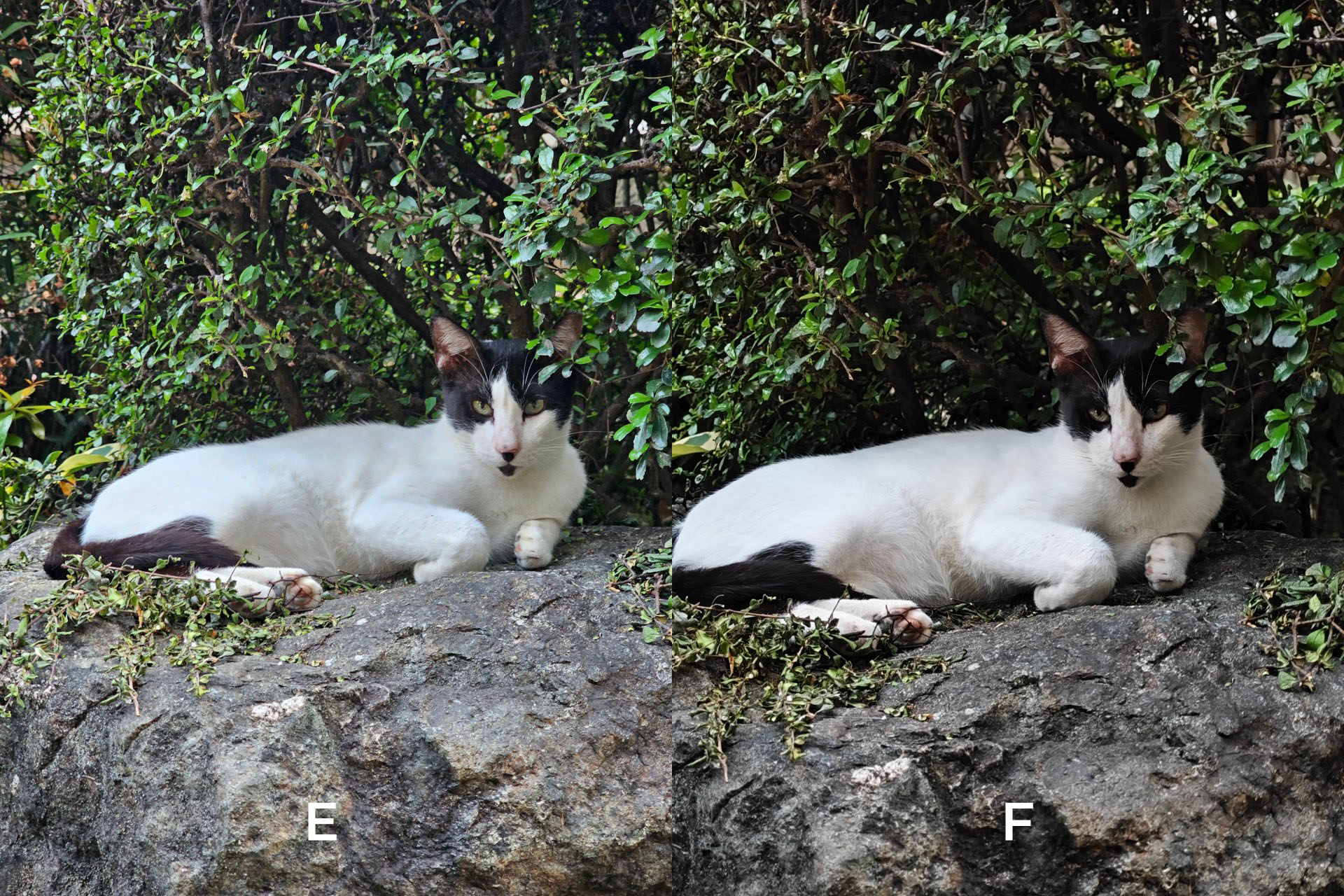
G (3.5x zoom)
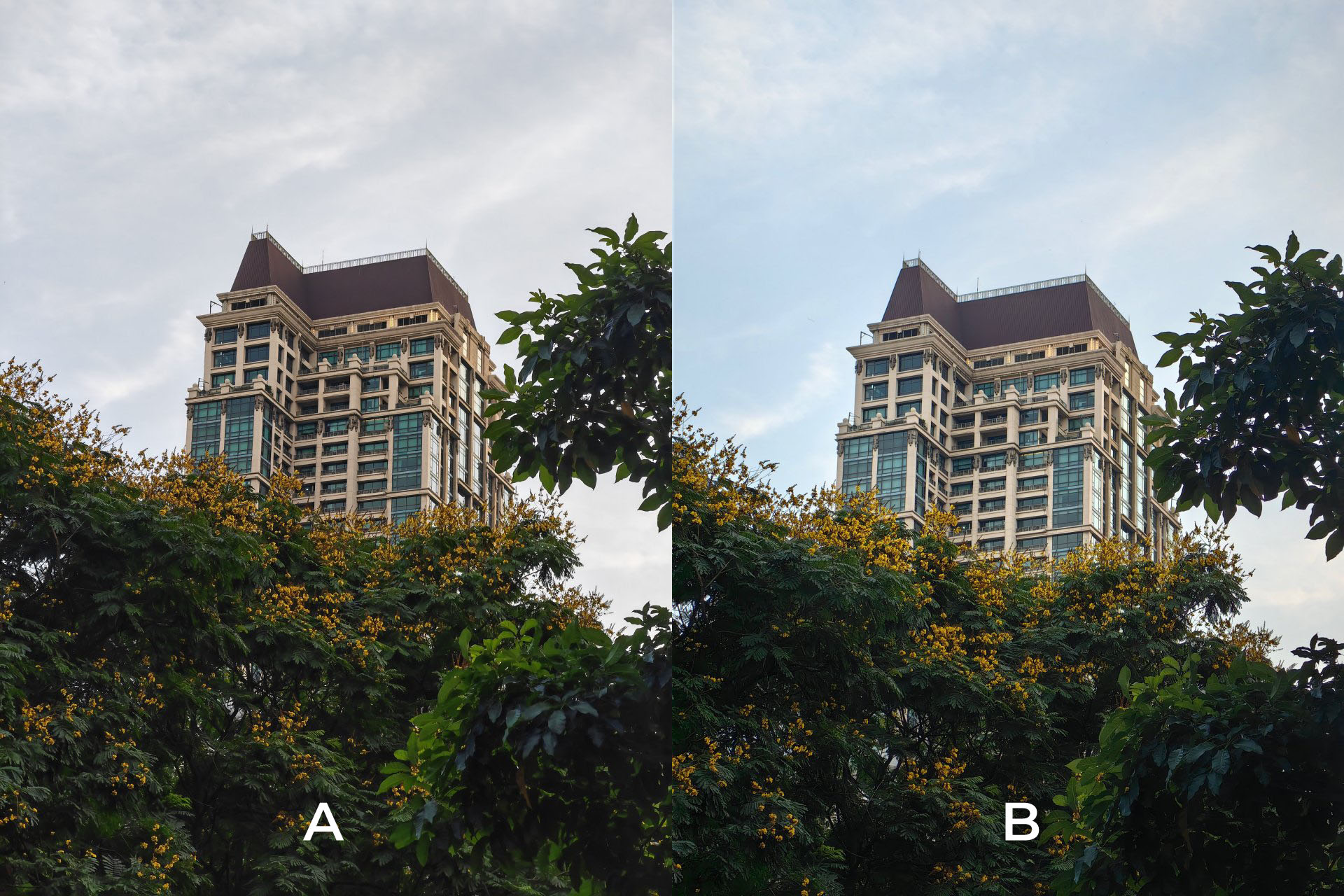
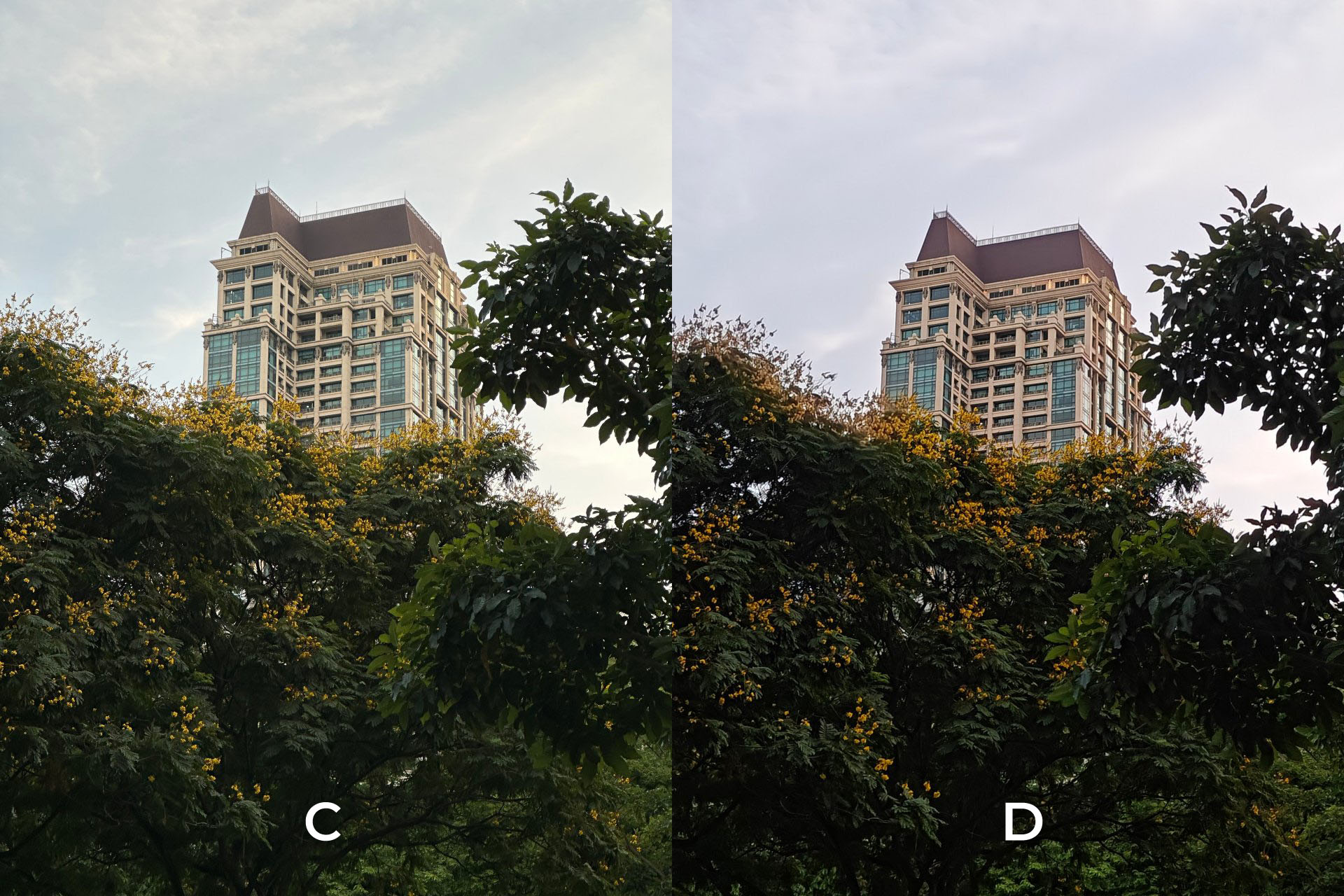
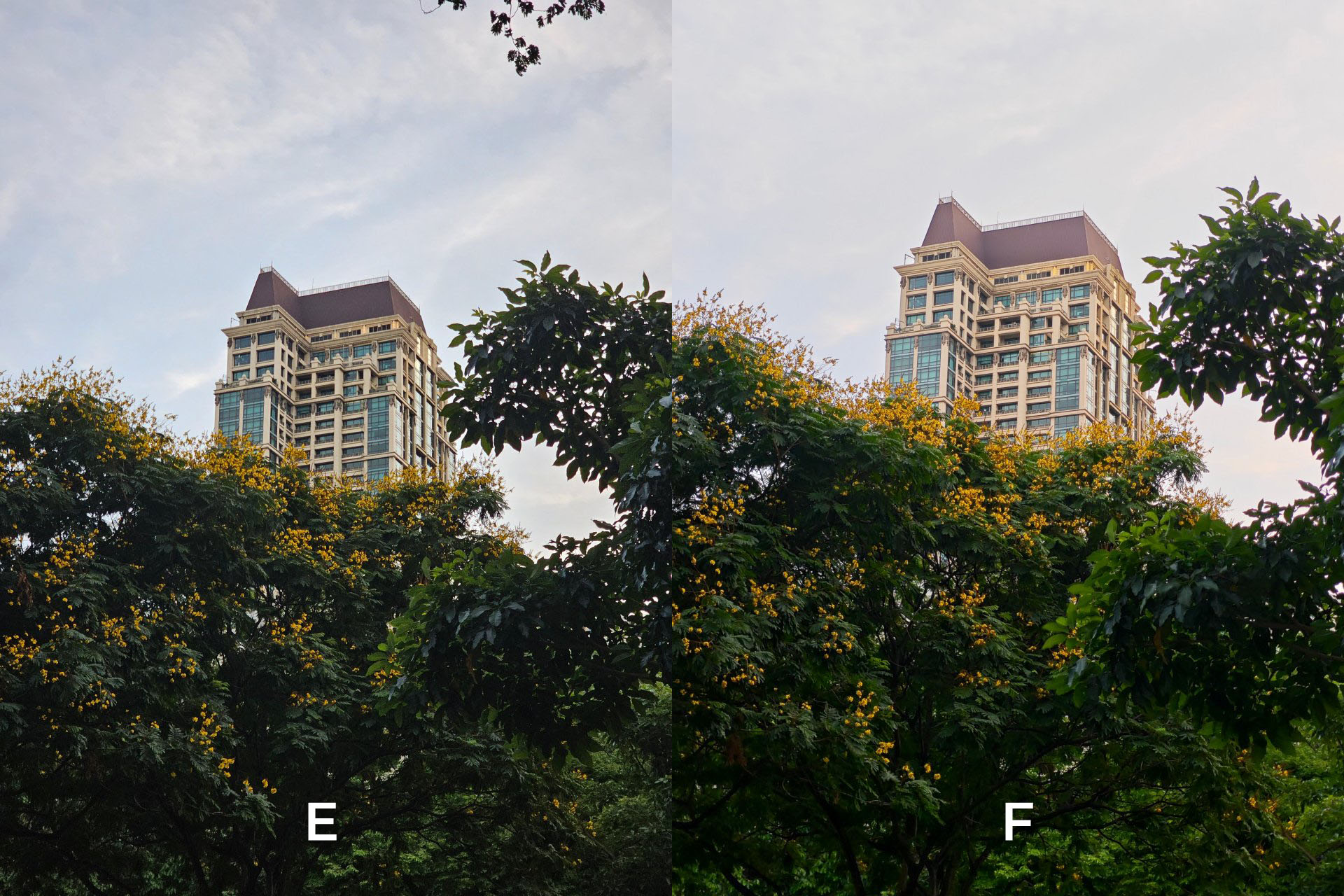
H (Ultra-wide)
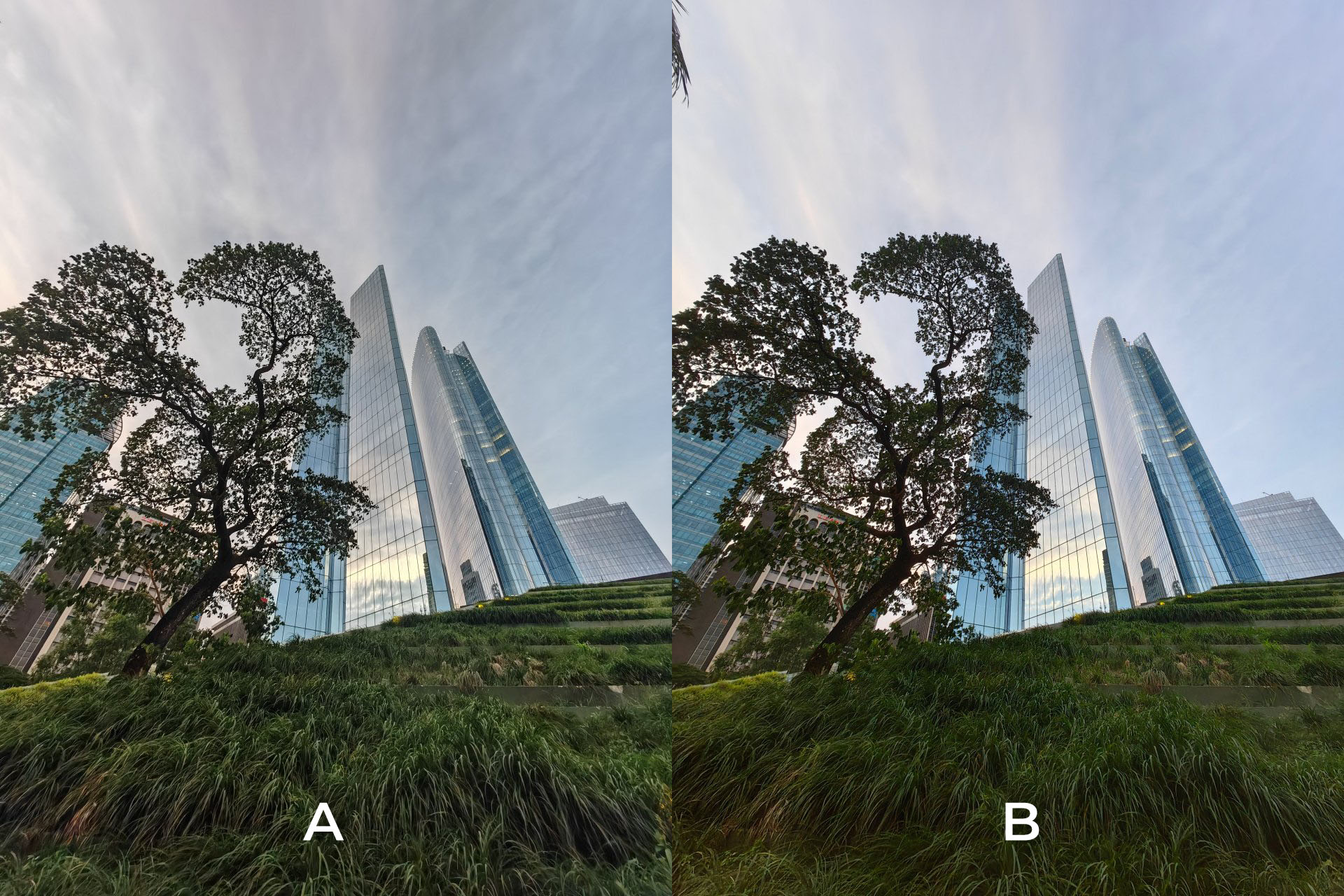

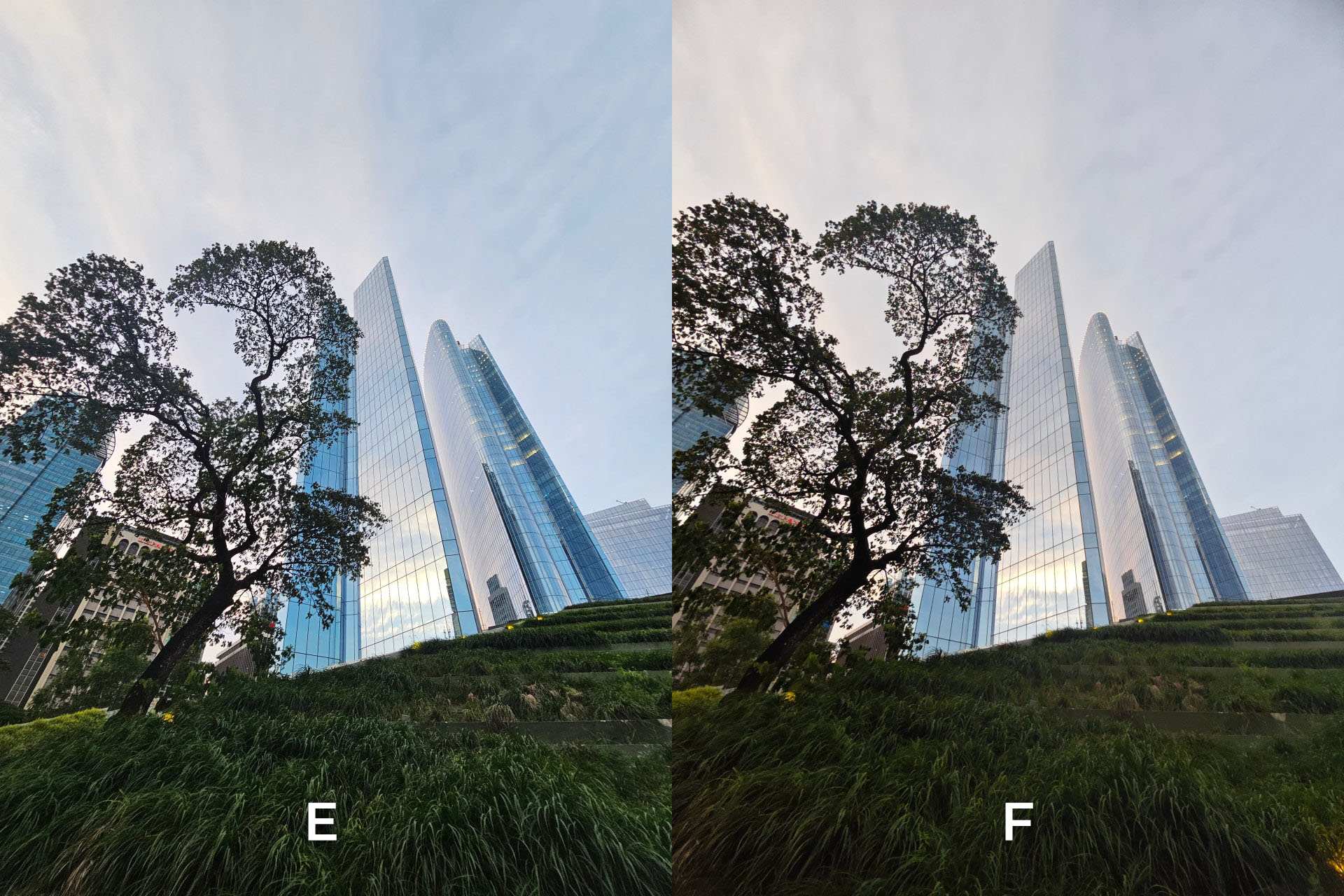
I (Dedicated zoom)


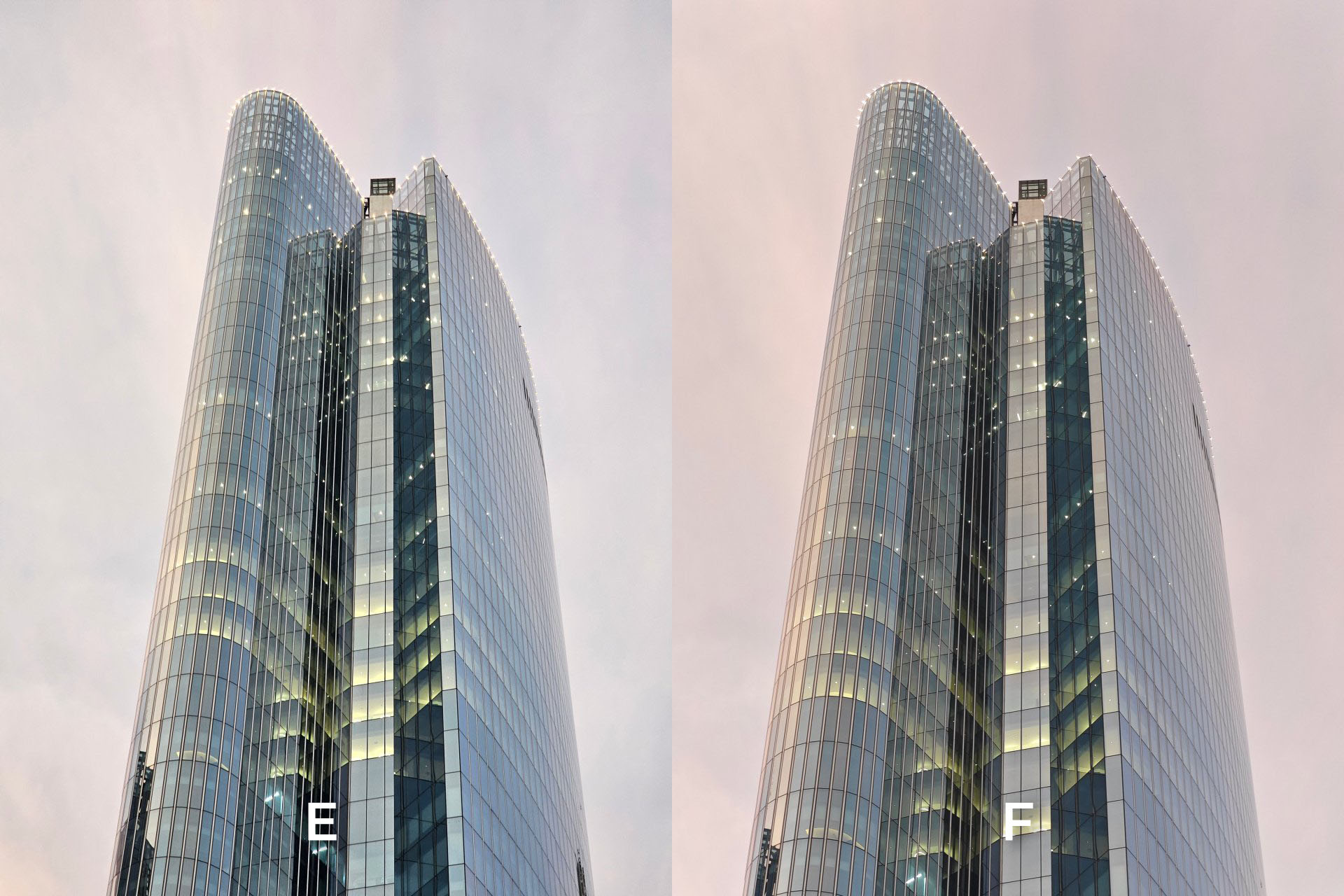
J (Ultra-wide)



K (Ultra-wide Night Mode)
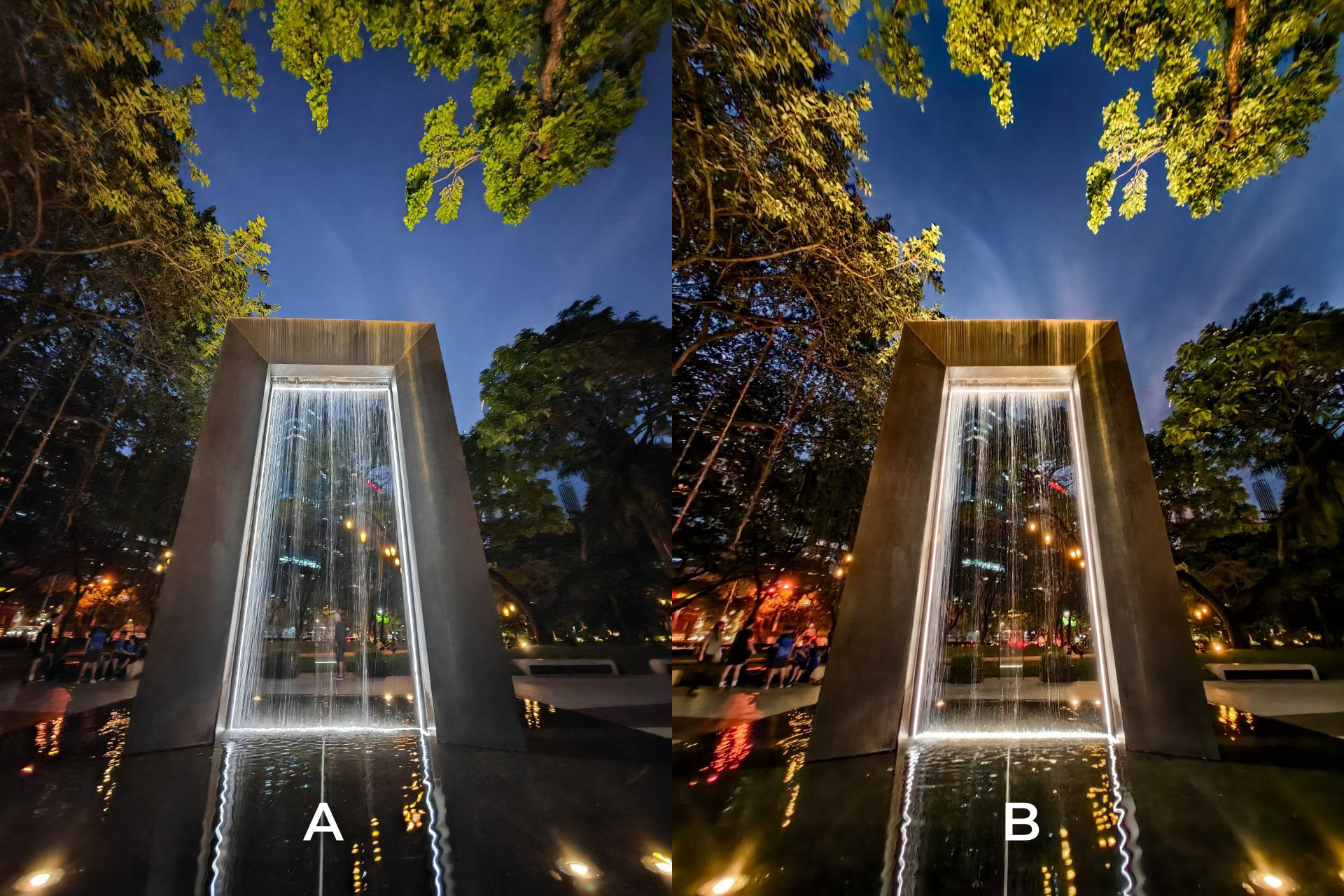

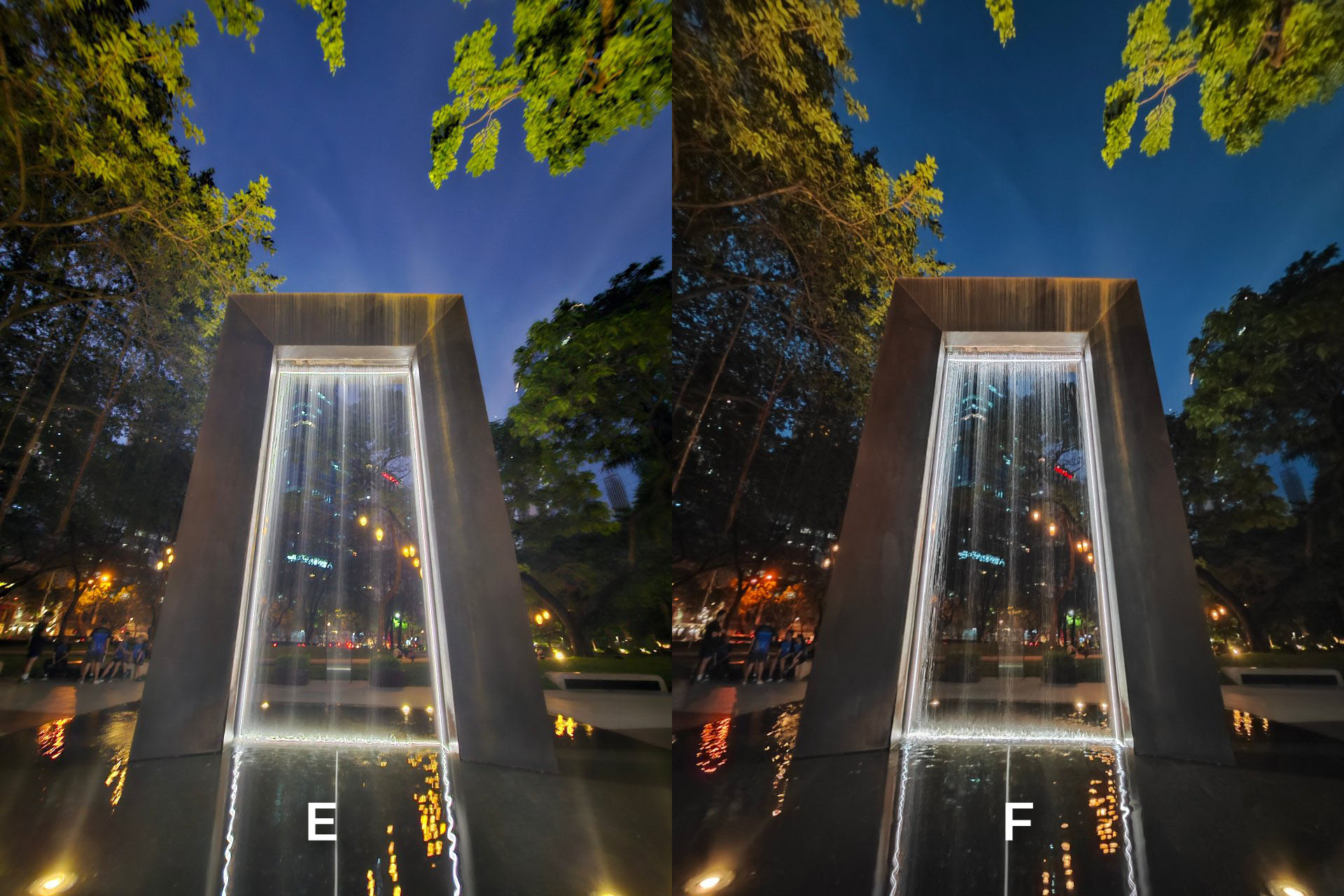
L (1x Night Mode)



M (1x Night Mode)



N (1x Night Mode)

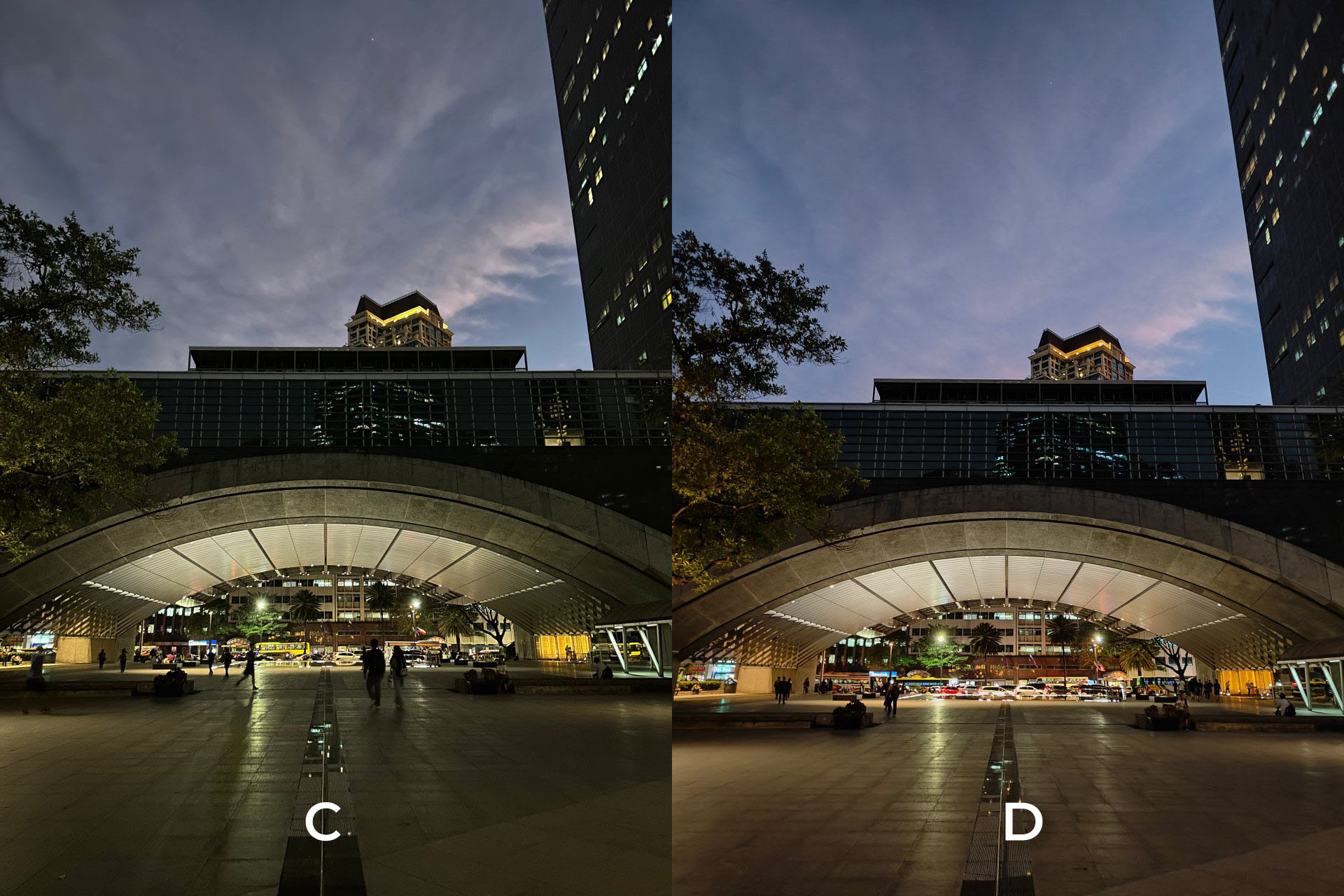

O (2x zoom)



P (3.5x zoom)


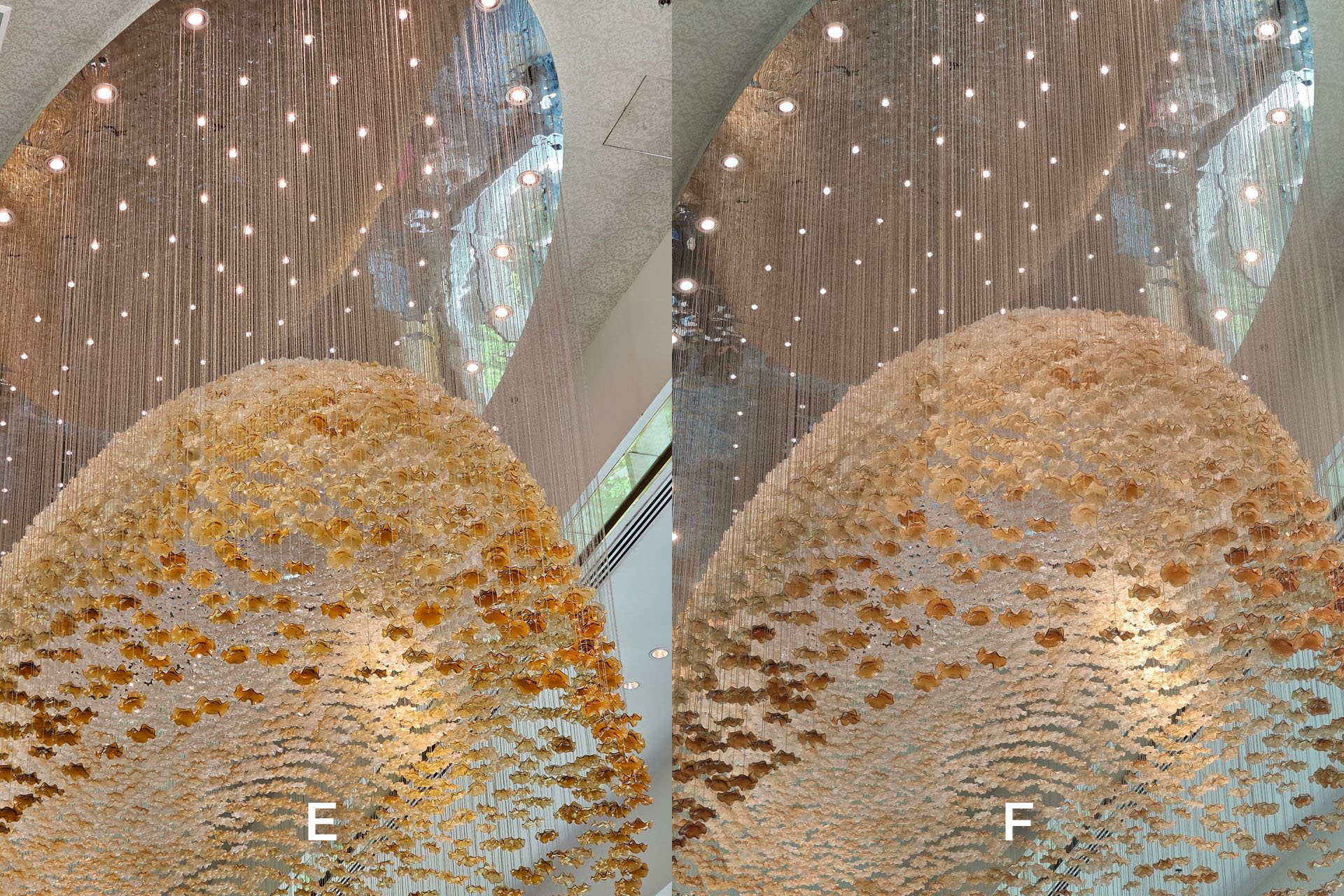
Q (2x zoom)
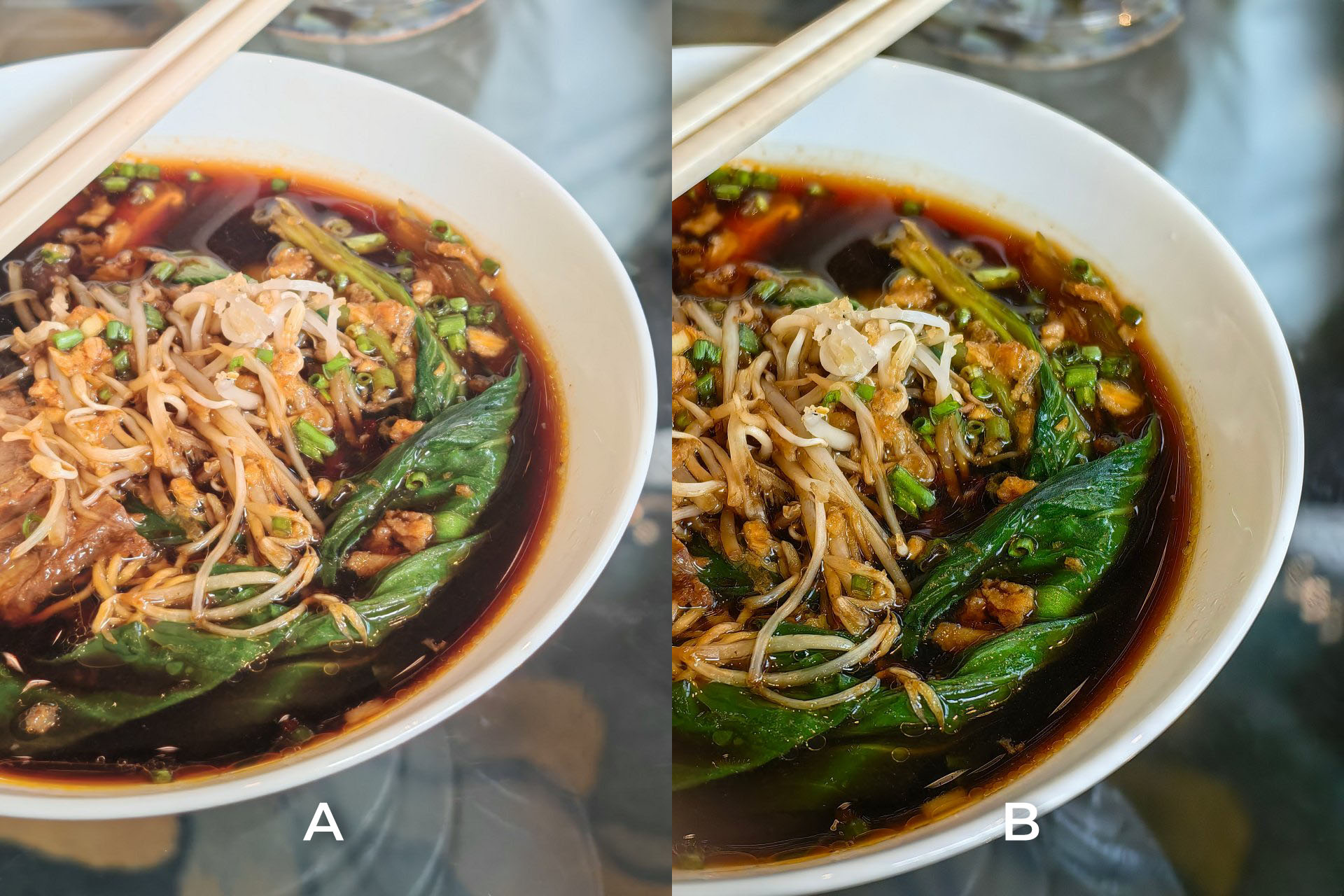

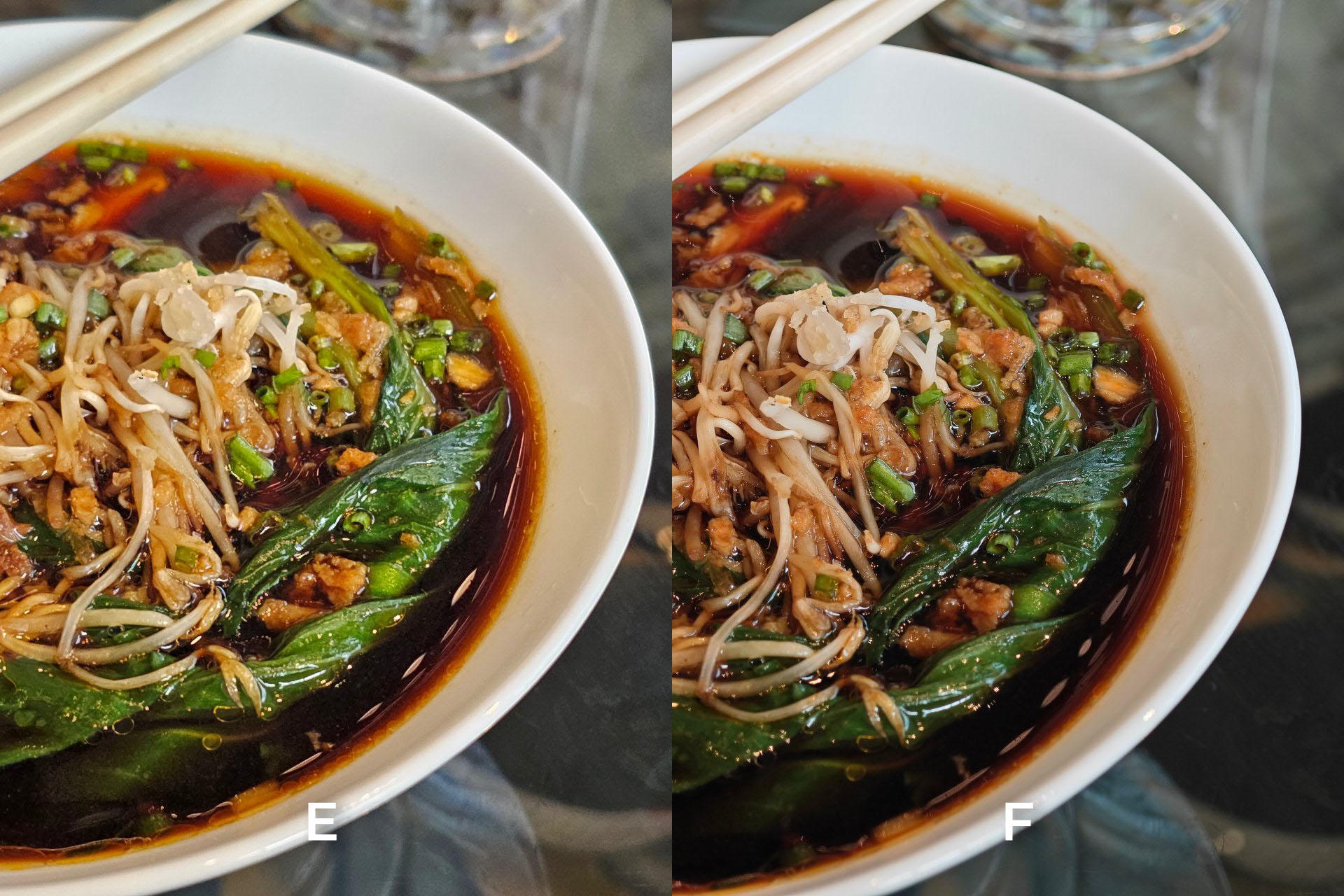
R (2x Night Mode)


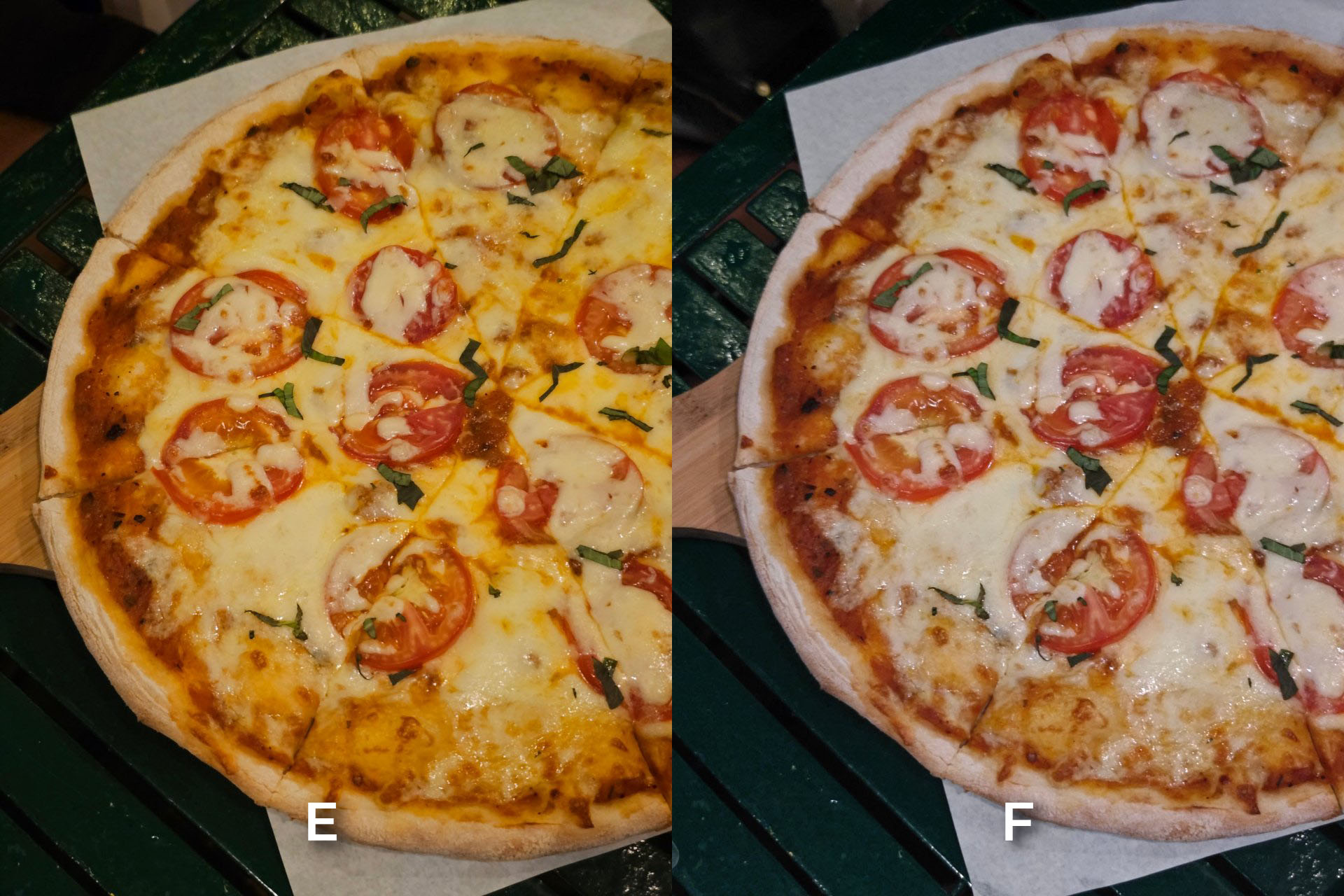
S (1x Night Mode)


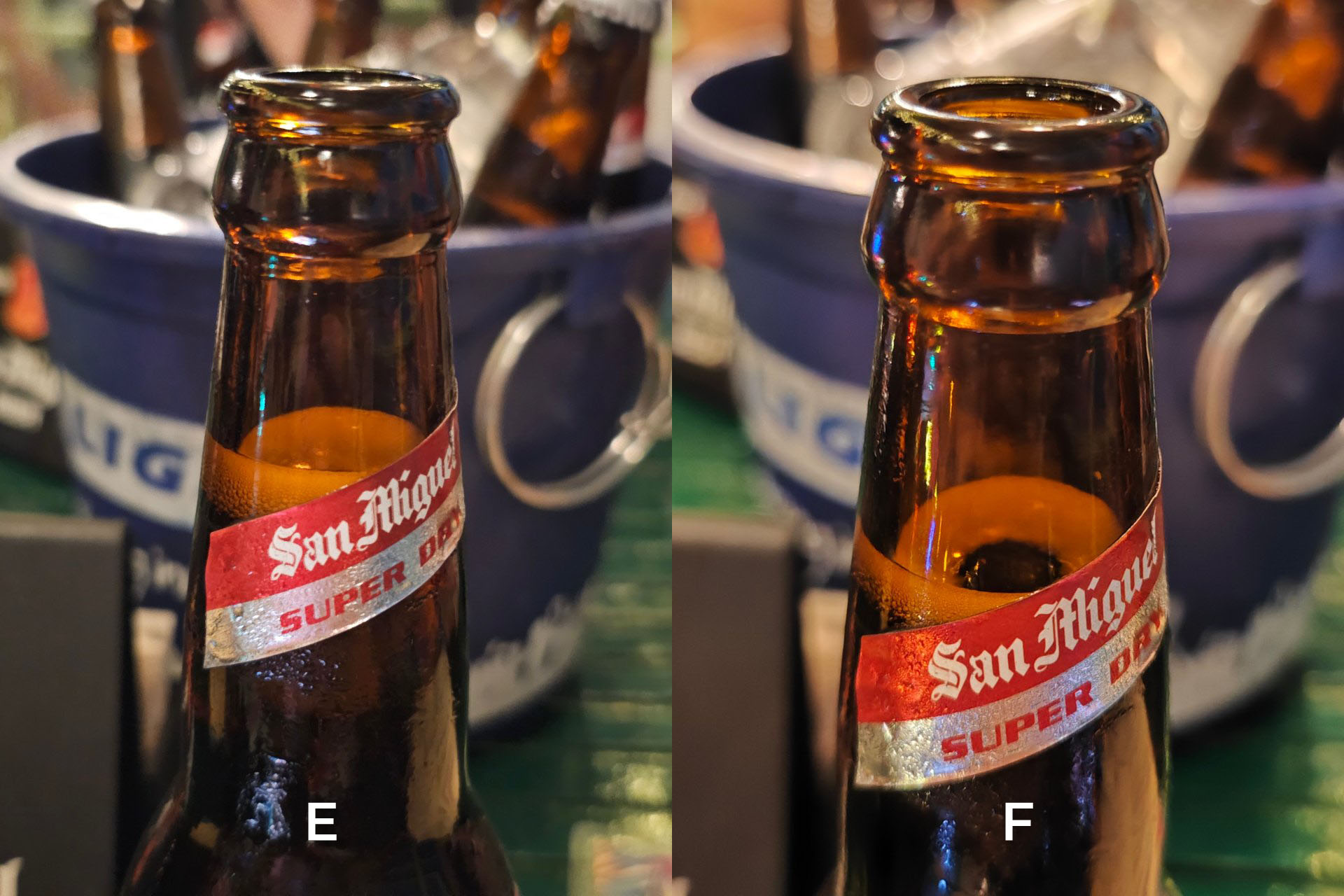
T (Portrait Mode)



U (1x Wide)

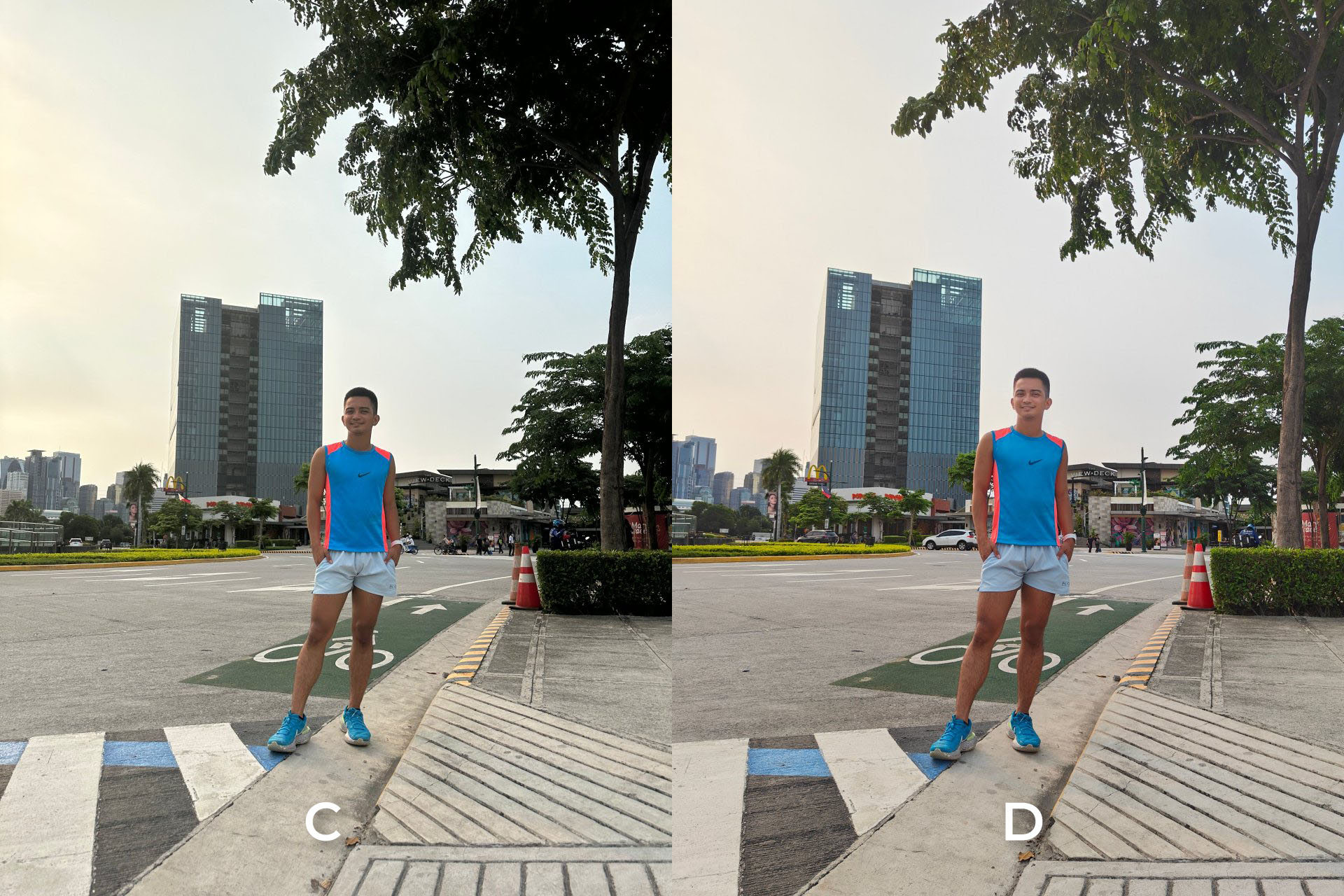
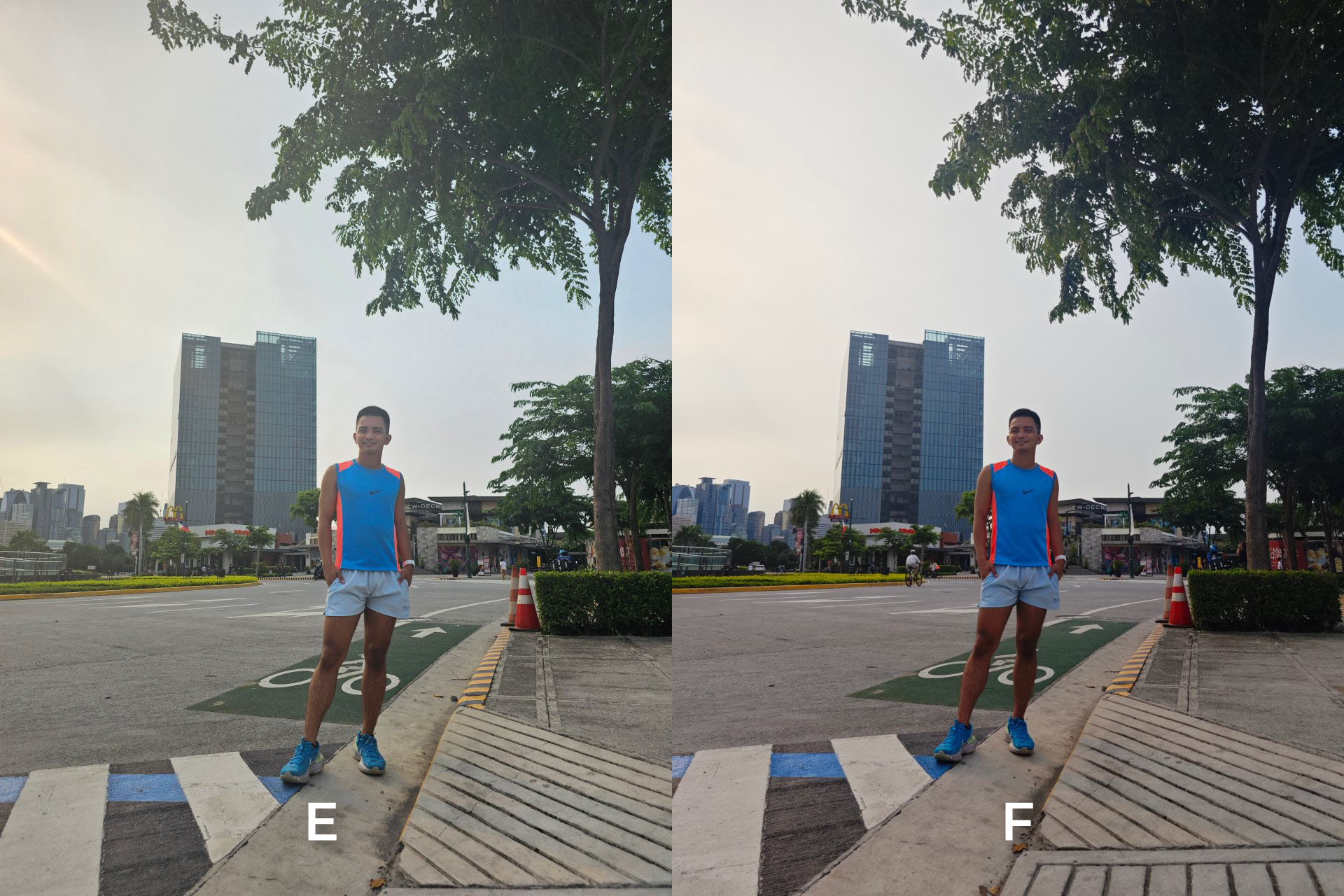
V (1x Wide)

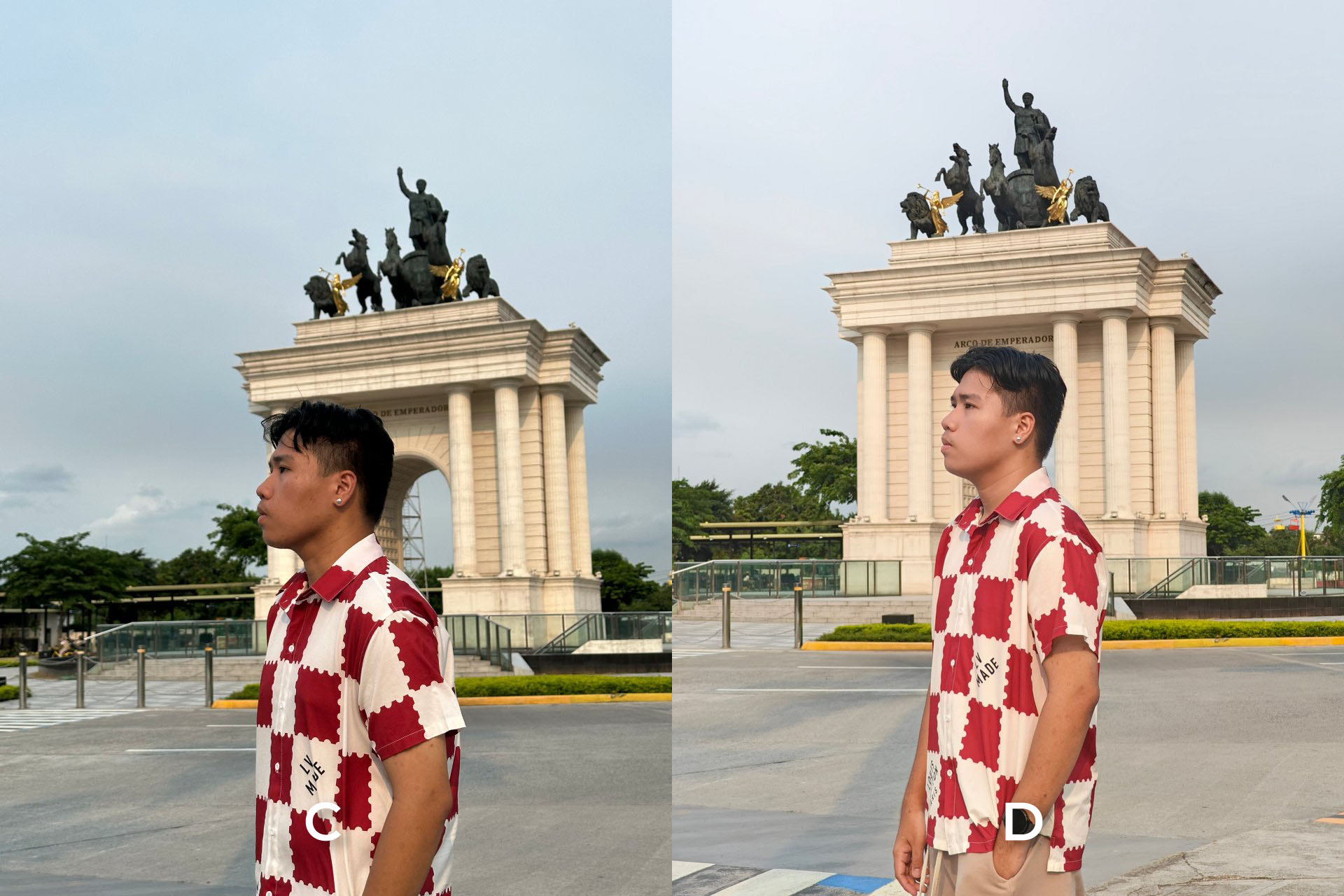
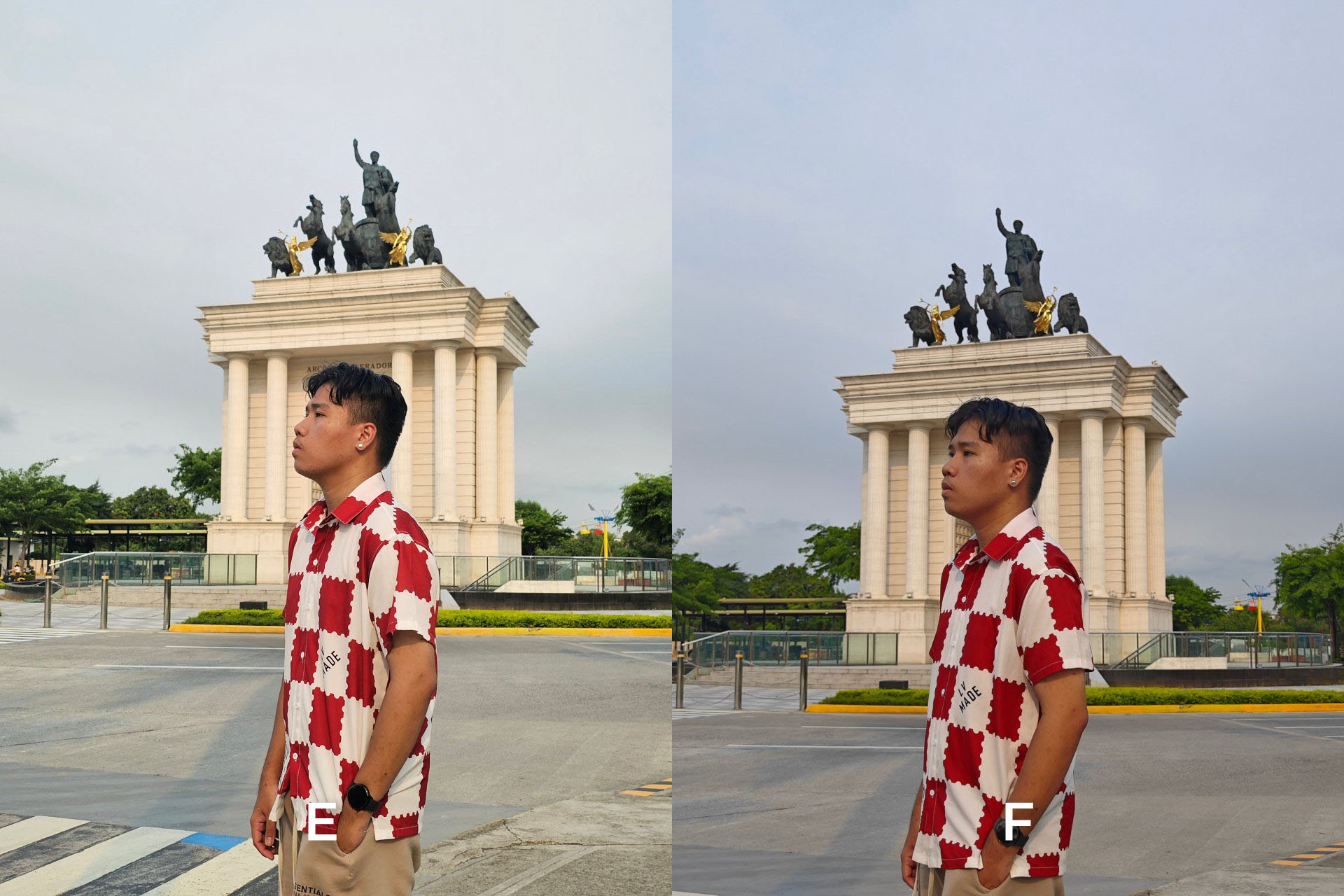
W (Dedicated Zoom)



The Verdict
HONOR Magic5 Pro
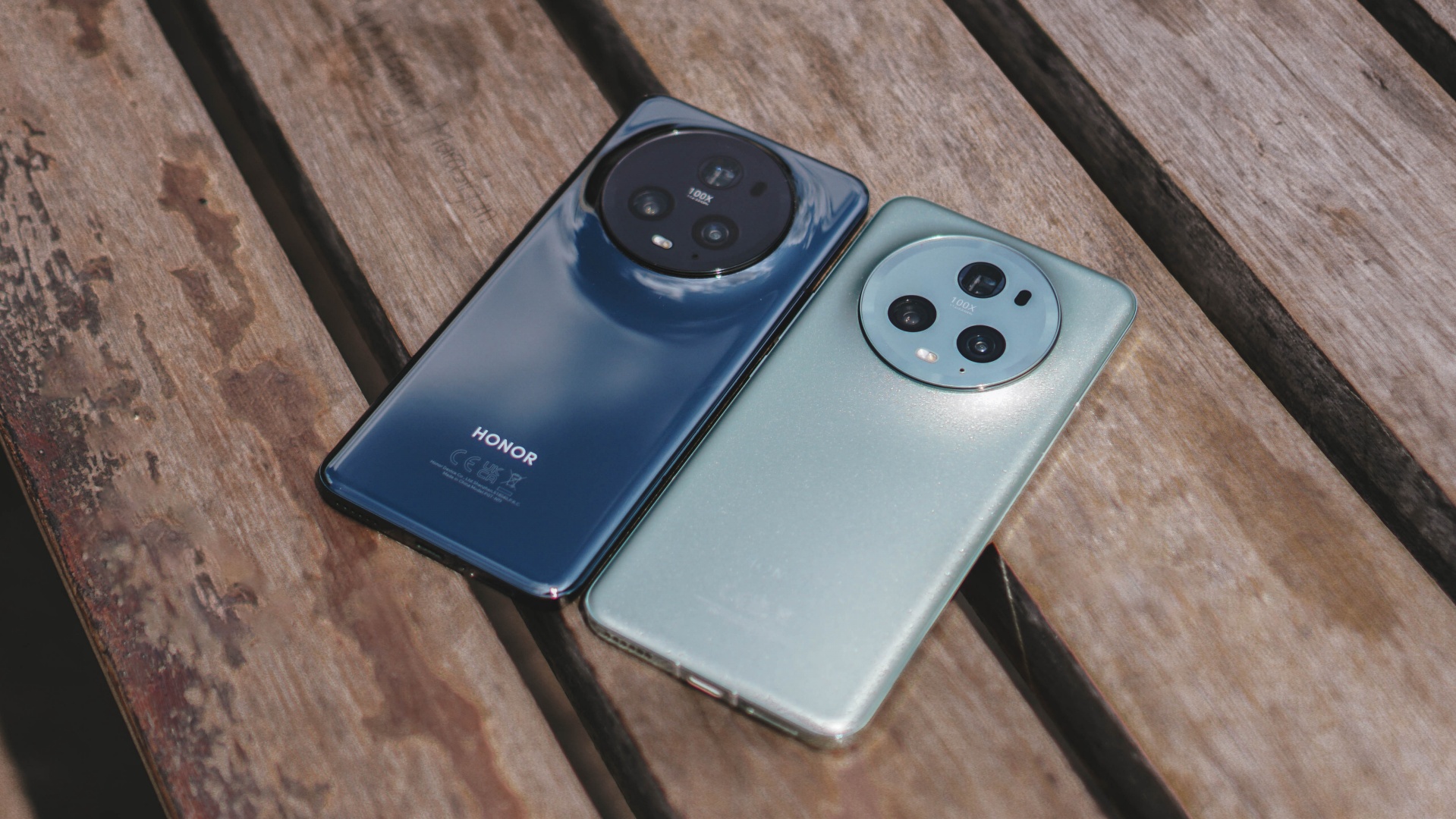
The Good: The HONOR Magic5 Pro is one among the two in this list that offer a dedicated periscope zoom lens. But unlike its Samsung rival, HONOR actually has a zoom range of 3.5x instead of the farther 10x.
That being said, zoomed shots can be on par with the Galaxy S23 Ultra in most scenarios. However, different from the actual camera shootout I did where I despised how HONOR performed, there are times when Magic does its trick — especially in Sets F, G, and I.
Also, I love how wide its 50-megapixel ultra-wide angle camera looks — and the additional Action Mode, too (which we didn’t do for fairness’ sake).
The Bad: The inconsistencies in shots may not be evident to most but the HONOR Magic5 Pro is a dual-faced titan for taking photos that are either too cool or too warm. No matter what scenario it is, I can’t find the pattern on how HONOR decides which algorithm goes to each shot taken.
The Ugly: I stated this too in my previous camera duel: the HONOR Magic5 Pro still delivers brighter-looking photos because of its f/1.6 aperture. In that sense, I’m also not a fan of how HONOR deals with HDR.
Huawei P60 Pro
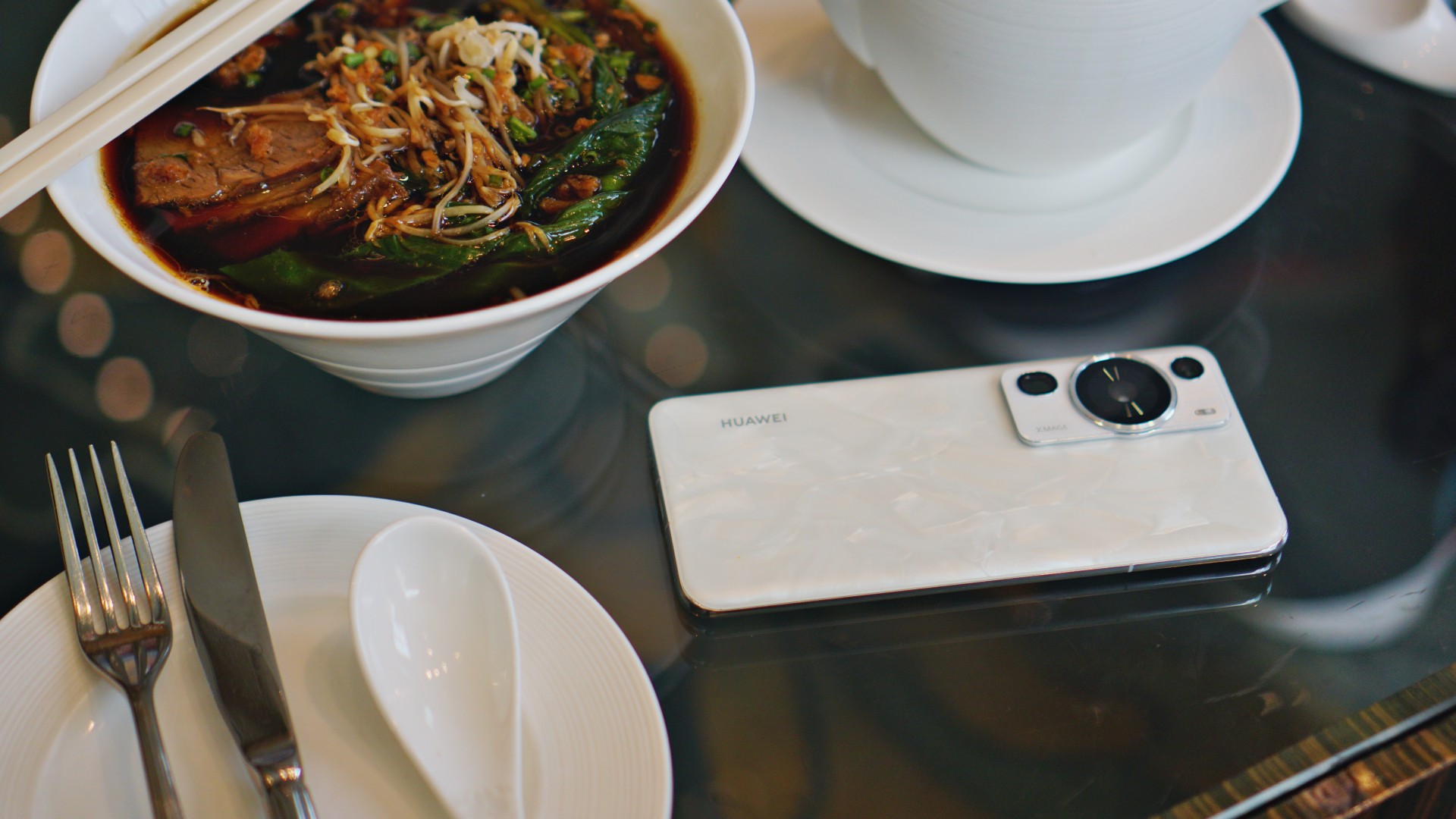
The Good: The variable aperture of the Huawei P60 Pro may sound like a gimmick, but it’s a true feat when you switch between bright or dark subjects. Speaking of, night shots taken using the P60 Pro look decently bright and sharp without unnecessary blurring or smudging.
Its ultra-wide angle camera gives the widest Field of View too alongside the HONOR Magic5 Pro (122-degrees). But with the lesser 13-megapixel count, it means less details in a single shot.
But on a greater scale of things, I like how the P60 Pro uses its telephoto lens to achieve a “super macro” shot such as in Set E. Additionally, I like how it has the most unique bokeh cutout in Set O.
The Bad: Portraits taken specifically using the Portrait Mode look very pleasing and enticing (evident in Sets T & U). But annoyingly, there’s some weird auto-smudging happening under Set V taken using the conventional 1x mode.
We all know how many East Asians are obsessed with AI face enhancements. This isn’t something I’m fond of. I want my photos to look as natural as possible.
The Ugly: It looks like Huawei has adapted some of Samsung’s not-so-pleasing color boosting that can be seen on food shots — especially if it’s taken indoors (Set D, R) or at night (Set Q).
iPhone 14 Pro Max

The Good: No matter what type of lens you use, the iPhone 14 Pro Max (or even the 14 Pro) offer/s a consistent look all throughout its photos. Also, its color science may not be the most vibrant but it shows a complete balance — the “most natural look” if one must say.
The Bad: Its 3x telephoto zoom lens may not be the worst performer but it isn’t the best in class either. Most shots look good in their own but some photos are a hit or miss. 2x crop zoom looks fine as it relies on the phone’s main sensor but once you go past the 3x mark, there’s some weird algorithm happening between its sharpening and contrast.
The Ugly: I’ve been an iPhone user for quite some time. I’ve been excited to try Night Mode since it first came out on the iPhone 11 series. Four years after, it’s still unacceptable how it shoots photos in low-light where Night Mode is activated — especially when you zoom in. It’s one of the worst Night Mode performers on my list.
OnePlus 11

The Good: Most would argue: “What is the OnePlus 11 doing here?”. Well, it can be considered as the toned-down version of OPPO Find X6 Pro that touts the same Hasselblad partnership minus the 1-inch sensor. And while on the topic, I love the color science in most shots taken on the OnePlus 11. No overdoing of the essentials, especially saturation.
Also, it displays the ideal amount of HDR with the right amount of highlights, shadows, and contrast. Personally, it’s my best pick in Set V.
The Bad: While its 2x telephoto zoom is decent, in some cases where you want to zoom in further, you’ll just be stuck with its crop zoom capabilities. That degrades the quality and detail of most zoomed shots.
The Ugly: The OnePlus 11 might just be the worst performer when it comes to shooting Portrait Mode (Set T). The overall quality is bland that the subject never looked lively in contrast with the other shots in the set.
Samsung Galaxy S23 Ultra
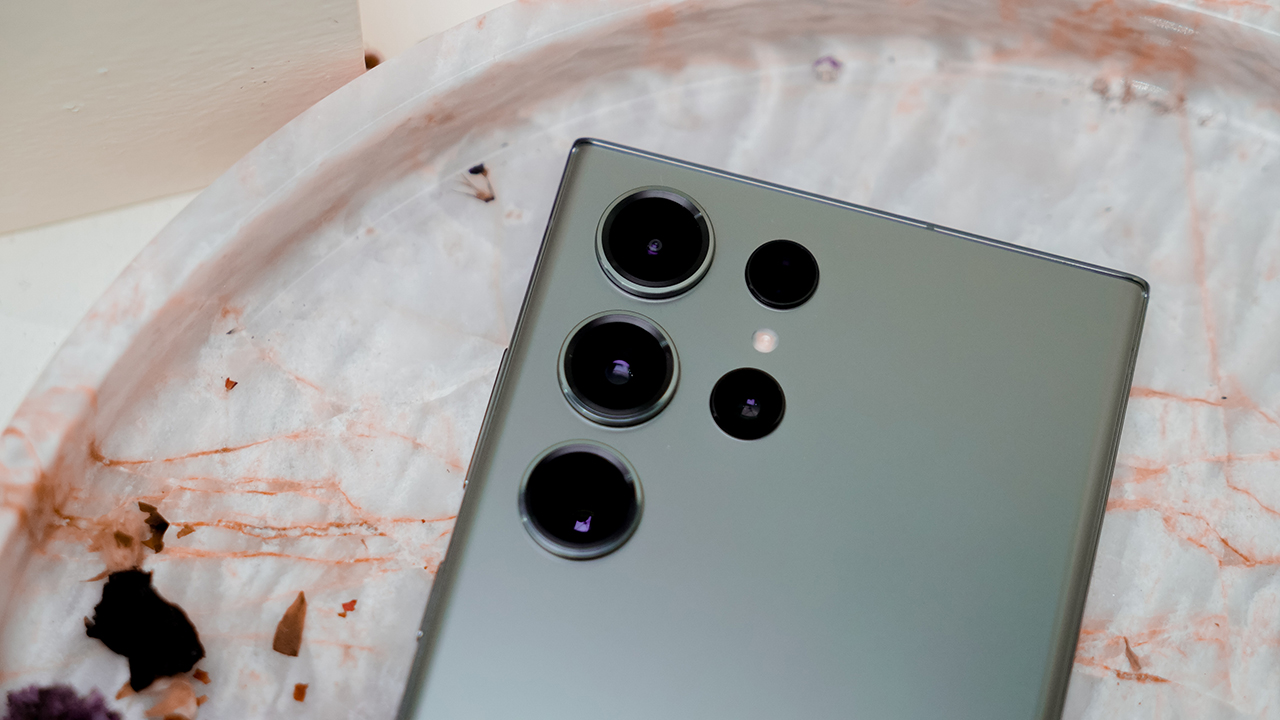
The Good: Hands-down, the 10x periscope zoom of the Galaxy S23 Ultra is one of (if not the) best out there. Unfortunately, we haven’t showcased it here to be fair to other contenders that lack a dedicated 10x lens. Still, I would say the Galaxy S23 Ultra offers exquisite zoomed photos with clear detail and motion-free output altogether.
The Bad: I said this before and I’ll say it again: there’s too much over-sharpening happening just to make people see that Samsung always has the “clearest” photos of the bunch. But in all honesty, there are certain (but not a lot of) instances where that added sharpness truly makes the subject stand out.
The Ugly: Over-sharpening can be forgotten, but that harsh Night Mode is and will always be unforgiven. Out of all the night shots we took, Samsung not only had one of the longest shutter durations that resulted in blurry motion (Set N), its Night Mode AI algorithm also overdid the shadows and highlights — particularly in Sets K, L, and M. Even an indoor shot like in Set A isn’t safe from Samsung’s strange post-processing technique.
Xiaomi 13 Pro
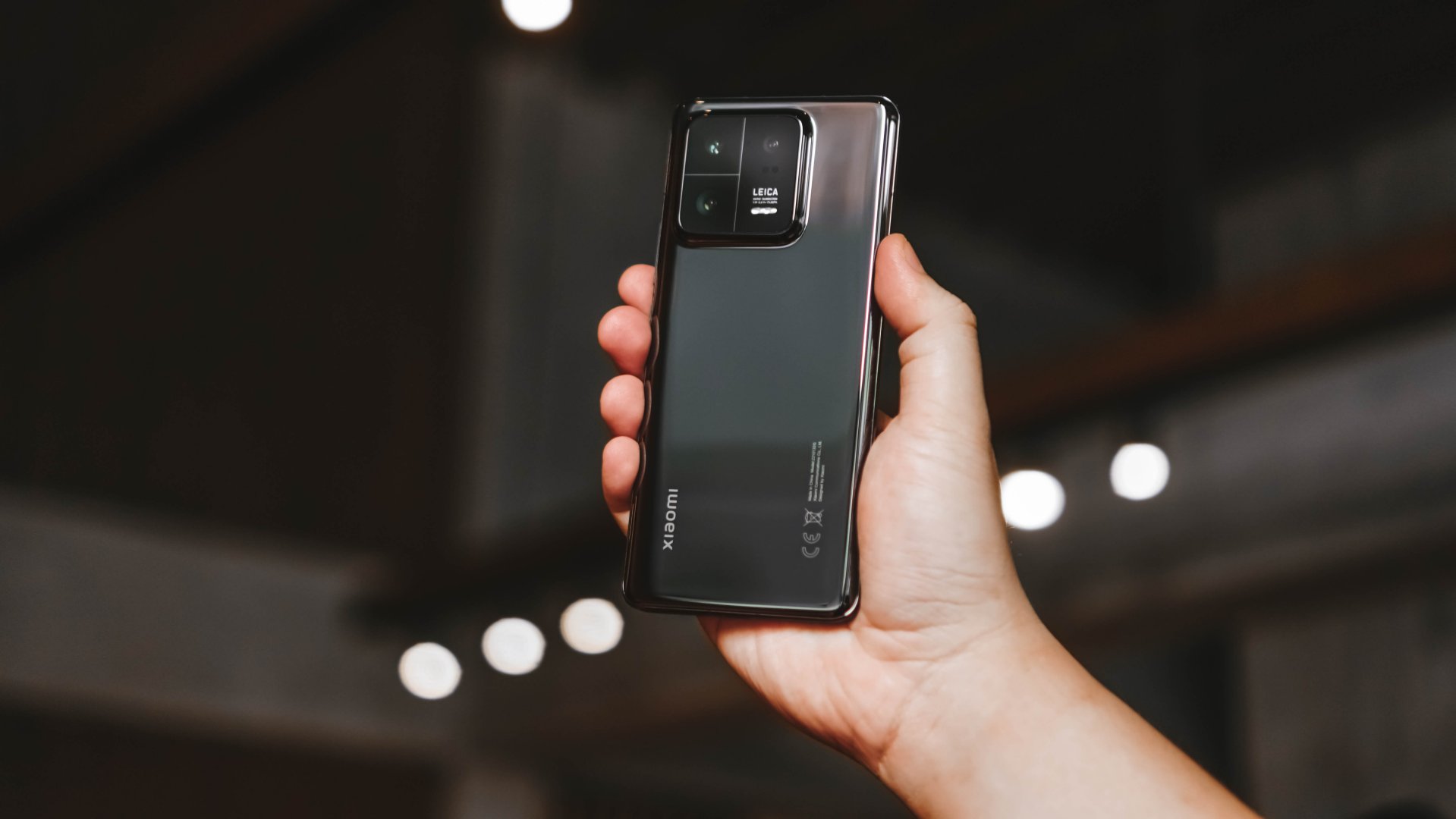
The Good: Being the only smartphone with a 1-inch sensor in this list, the Xiaomi 13 Pro tops everyone else with its super-fast shutter release. This also comes handy in low-light shooting scenarios. While it doesn’t have the brightest night mode shot, it still delivered blur-free photos with a fair amount of overall exposure and not overdoing it.
Also, it rendered food shots quite well and is the closest to what I’ve seen in reality (Sets B, D O, Q, and R).
The Bad: While I personally prefer the less-saturated look of Xiaomi 13 Pro’s photos, most would probably think its color-calibration is the dealbreaker — even if you switch to the “more vibrant” Leica Vibrant mode.
Being surrounded by other flagships that lean towards the more saturated side of the spectrum, the Xiaomi 13 Pro feels left behind with its “natural-looking” colors. Even though some shots turned out so damn well (Set A), others are just plain — in a literal sense.
The Ugly: I’ve always loved portraits I took with the Xiaomi 13 Pro. Whether just by using the regular 1x lens or the special portrait mode, it made portrait subjects stand out even more.
However in this particular shootout, MJ and I both disliked the outcome of our photos in Sets T, U, and V. While the portrait bokeh looks deliciously creamy, the vignette (which I previously praised in my review write-up) actually ruined the overall feel of the shot. Moreover, the dark and warmer skin tones you see aren’t actually what we look IRL.
Conclusion
So far, we’re in this specific technological timeline where smartphones can now go head-to-head against near pro-grade shooting equipment. While we’re still far from replacing these professional cameras with pocketable smartphones alongside their gigantic bumps, lenses, and sensors, it’s still quite a dream that we’re living now where photos taken with phone cameras look great in just a finger tap of that digital shutter button.
Nonetheless, nothing is precisely perfect — that includes smartphones alongside their camera performance.
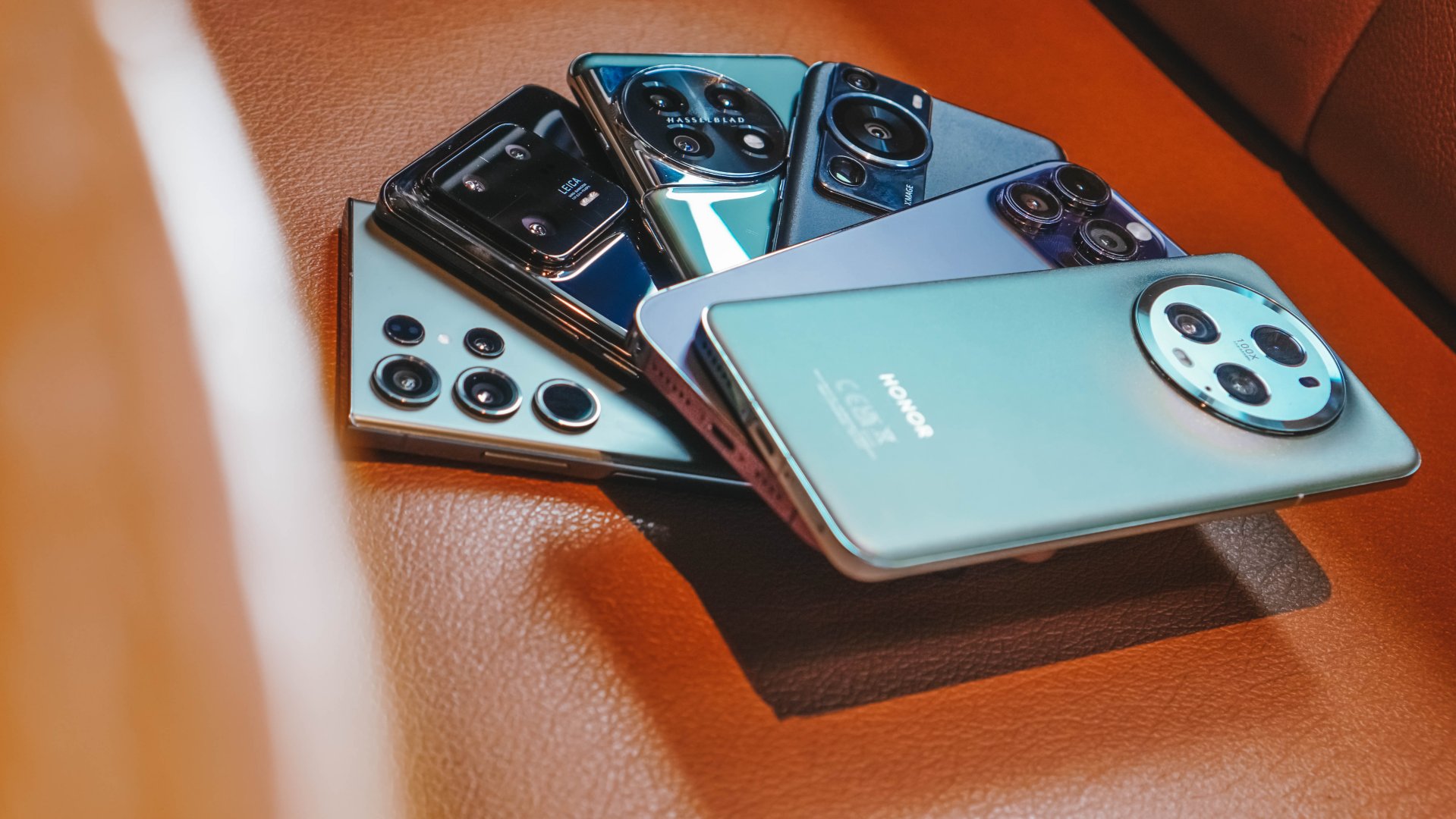
If you’re fond of zooming in, your obvious choices would be the Samsung Galaxy S23 Ultra, HONOR Magic5 Pro, and the Huawei P60 Pro. Ultra-wide champ can either be the Magic5 Pro or the P60 Pro with their similar FoV — minus the latter’s smaller megapixel count.
For those who want swift and precise shooting, the Xiaomi 13 Pro is the most recommendable among the list. That’s also on top of a user who prefers Leica’s less-saturated calibration. But if that’s not your cup of tea, either Samsung or Huawei could provide that punchy look for you.
The OnePlus 11 can be recommended as your go-to camera smartphone. Even without any additional bells and whistles, it still kept up with most flagships thanks to its built-in Hasselblad calibration. But for all-around flexibility, the iPhone 14 Pro Max simply is the answer — not to mention it still triumphs in the videography category today (that we didn’t cover since this is a photo-only camera shootout).
Camera Shootouts
HONOR Magic5 Pro vs Samsung Galaxy S23 Ultra: Camera Shootout
Which camera delivers a 5-star quality?
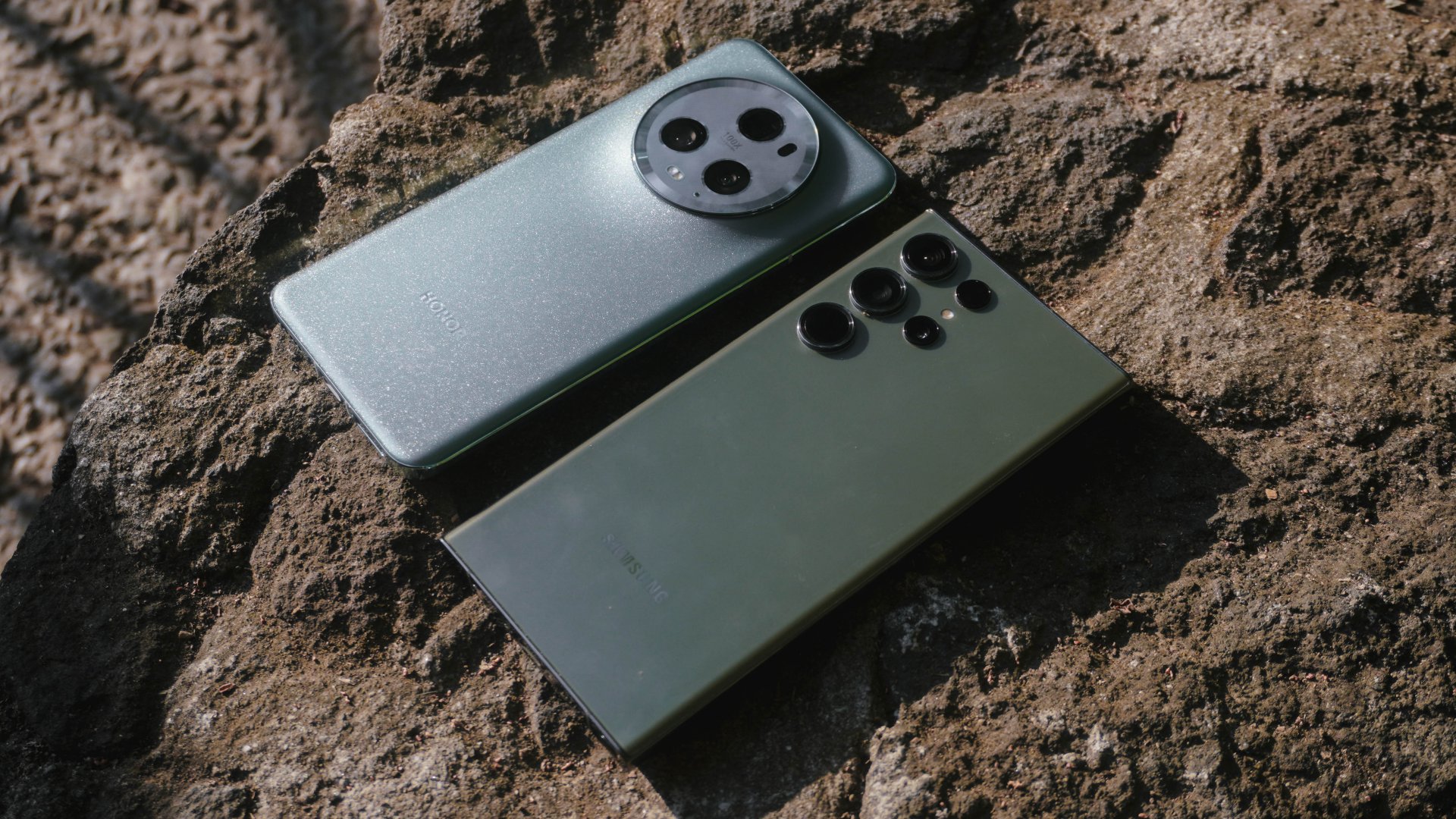
2023 is a year where phone brands focus their flagship smartphones towards professional photography — Samsung and HONOR are no exceptions.
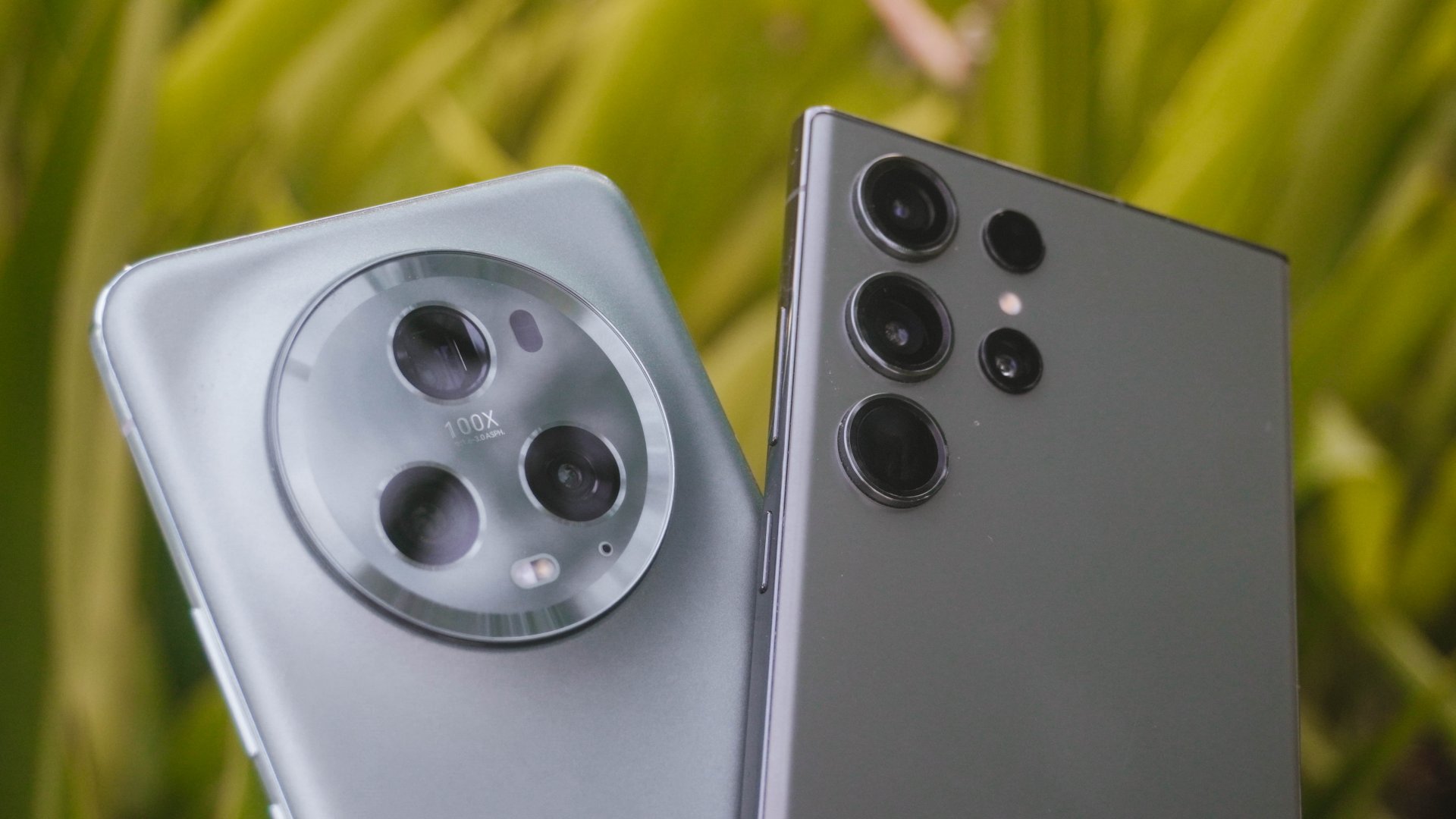
Samsung headlines the Galaxy S23 Ultra with its astronomic 200MP camera. That’s with the inclusion of three more cameras. On the other hand, HONOR offers a completely different setup for the Magic5 Pro: triple 50MP cameras to be exact.
While the phone’s naming superlatives don’t actually feel like they are the direct competitors of one another (as HONOR also has the Magic5 Ultimate), this is still the best comparison we can deliver to you because the latter is China-exclusive.
Best of both worlds
Just like in other camera shootouts, it would be amiss not to talk about the specific camera hardware these two smartphones possess.
| HONOR Magic5 Pro | Samsung Galaxy S23 Ultra | |
| Wide | 50MP f/1.6 1/1.12” sensor size OIS + Laser AF + Multi-directional PDAF |
200MP f/1.7 1/1.3” sensor size OIS + Laser AF + Multi-directional PDAF |
| Ultra-Wide | 50MP f/2.0 122º FoV |
12MP f/2.2 120º FoV |
| Telephoto | –
|
10MP f/2.4 3x optical zoom |
| Periscope | 50MP f/3.0 3.5x optical zoom |
10MP f/4.9 10x optical zoom |
| Selfie | 12MP f/2.4 100º ToF 3D (depth + biometrics) |
12MP f/2.2 – |
| Others | Rear ToF 3D (depth) Up to 4K/60fps |
– Up to 8K/30fps |
Aside from the obvious difference in megapixel count, the wide camera of the HONOR Magic5 Pro is slightly brighter at f/1.6 (versus f/1.7). Moreover, the Magic5 Pro has an overall bigger pixel count in its ultra-wide and periscope lenses.

Samsung Galaxy S23 Ultra (2023)
I just find it weird how HONOR decided to choose a “periscope” camera that only zooms in optically at 3.5x. Meanwhile, the Samsung Galaxy S23 Ultra has a 10x periscope zoom lens with a separate 3x telephoto zoom shooter. Of course, both phones are capable of up to 100x digital zoom.

HONOR Magic5 Pro (2023)
Lastly, the HONOR contender is equipped with a ToF 3D sensor on its front and back for depth (plus biometric scanning through Face Unlock). While the Galaxy S23 Ultra doesn’t have one, it can record videos up to 8K/30fps whereas the HONOR maxes out at 4K/60fps.
5-Star Michelin?
There are four sections (plus a bonus segment) in this special smackdown. To make it equally distributed, I’ve carefully picked five (5) photos for each category (except for the bonus part).
This is in favor of HONOR’s Magic “5” naming. And coincidentally, by adding the two digits in the S23 naming scheme also gives us a total of 5 (2+3 = 5 💀)

Disclaimer: Just like other camera shootouts, photos were all taken straight using Auto or Night Mode. These images were collaged, resized, and labeled for faster loading and preview. No other manipulations were applied.
Wide (1x)
On paper, their main cameras seem like a day and night difference — but is that actually the case when they almost share the same lens opening minus the inclusion of 1-inch camera sensors?
W1
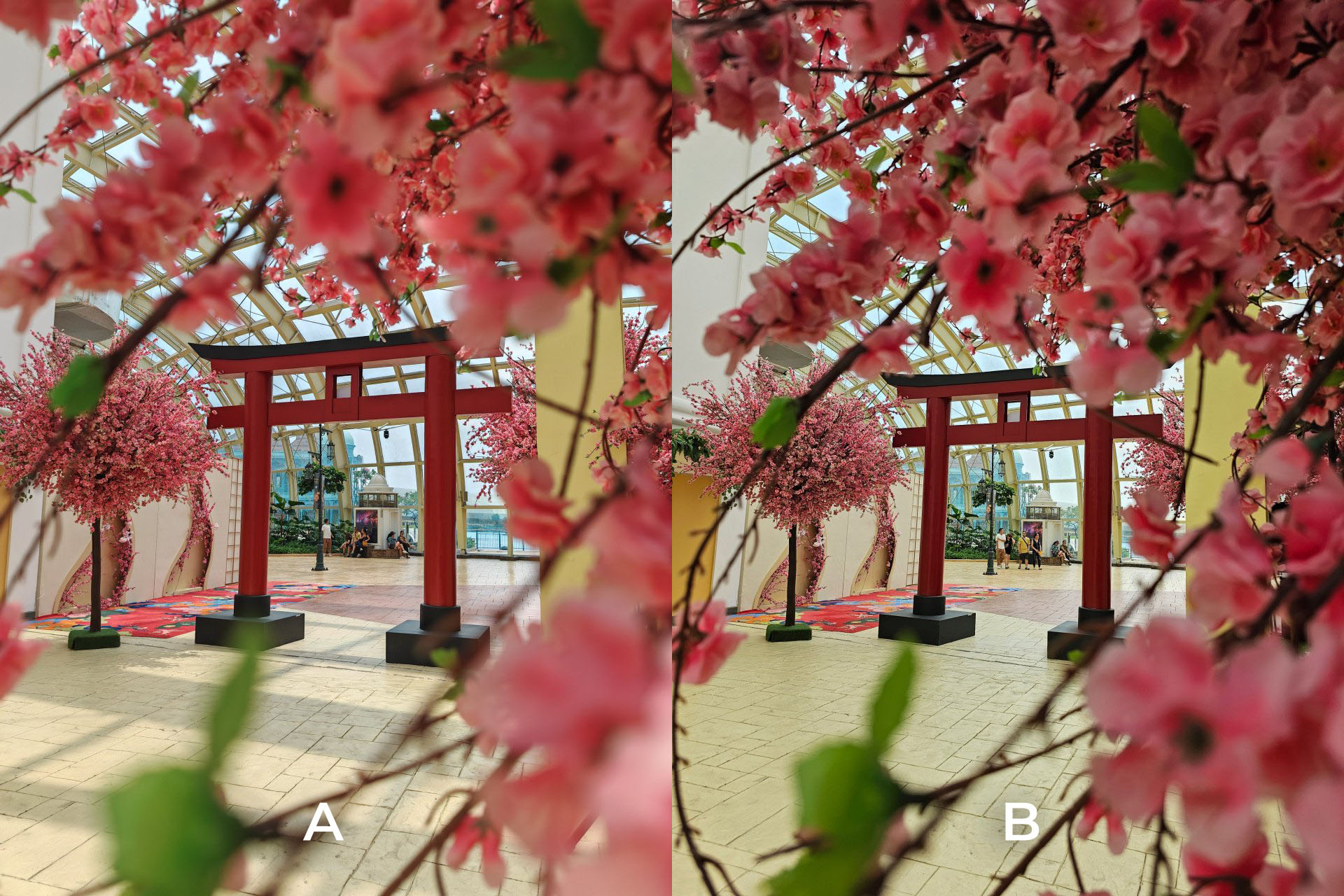
W2

W3

W4
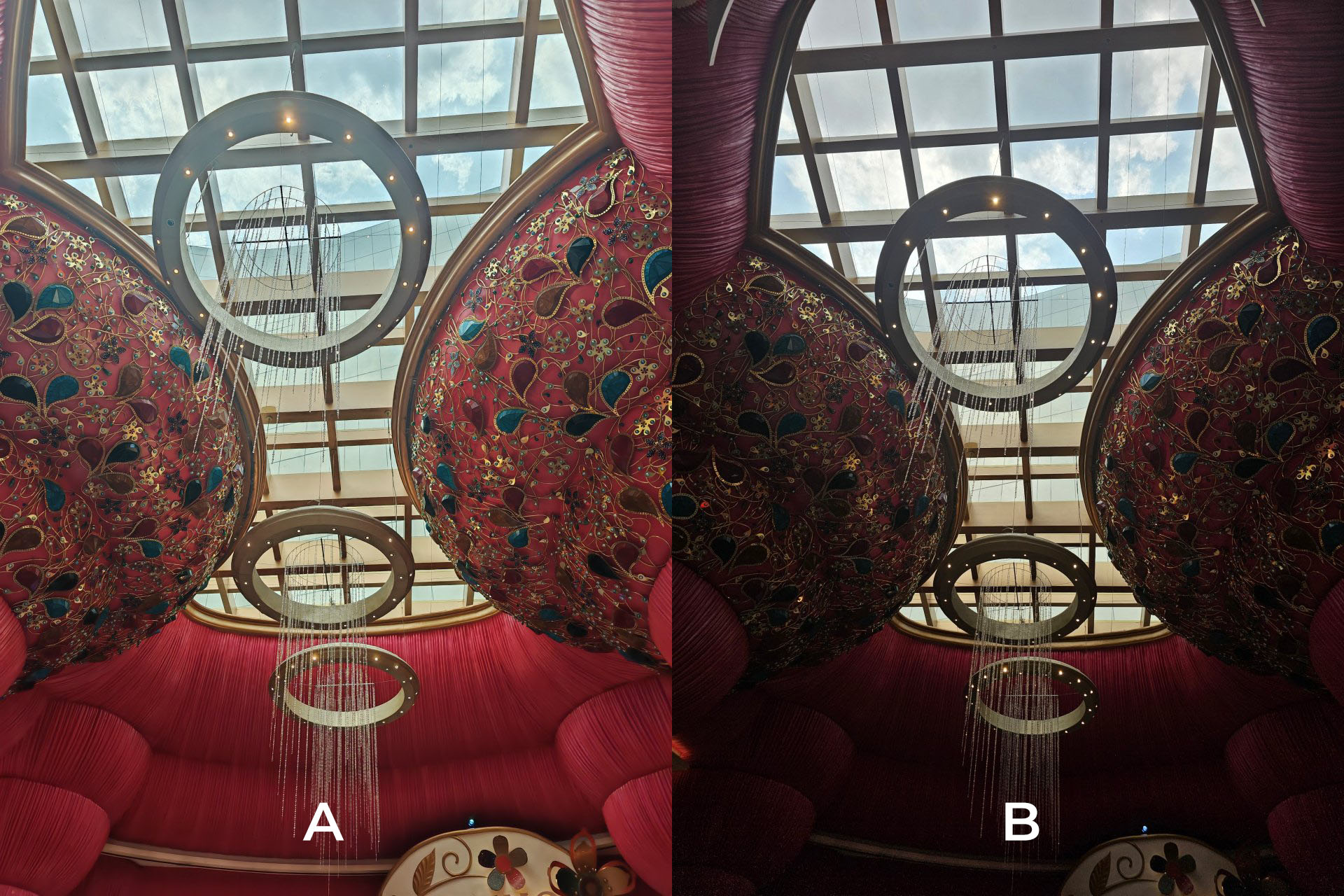
W5

Ultra-Wide (UWA)
Choose your weapon: 122-degree + f/2.0 aperture or a 120-degree Field of View + f/2.2 ultra-wide camera?
Lastly, 50MP versus 12MP?
U1

U2

U3
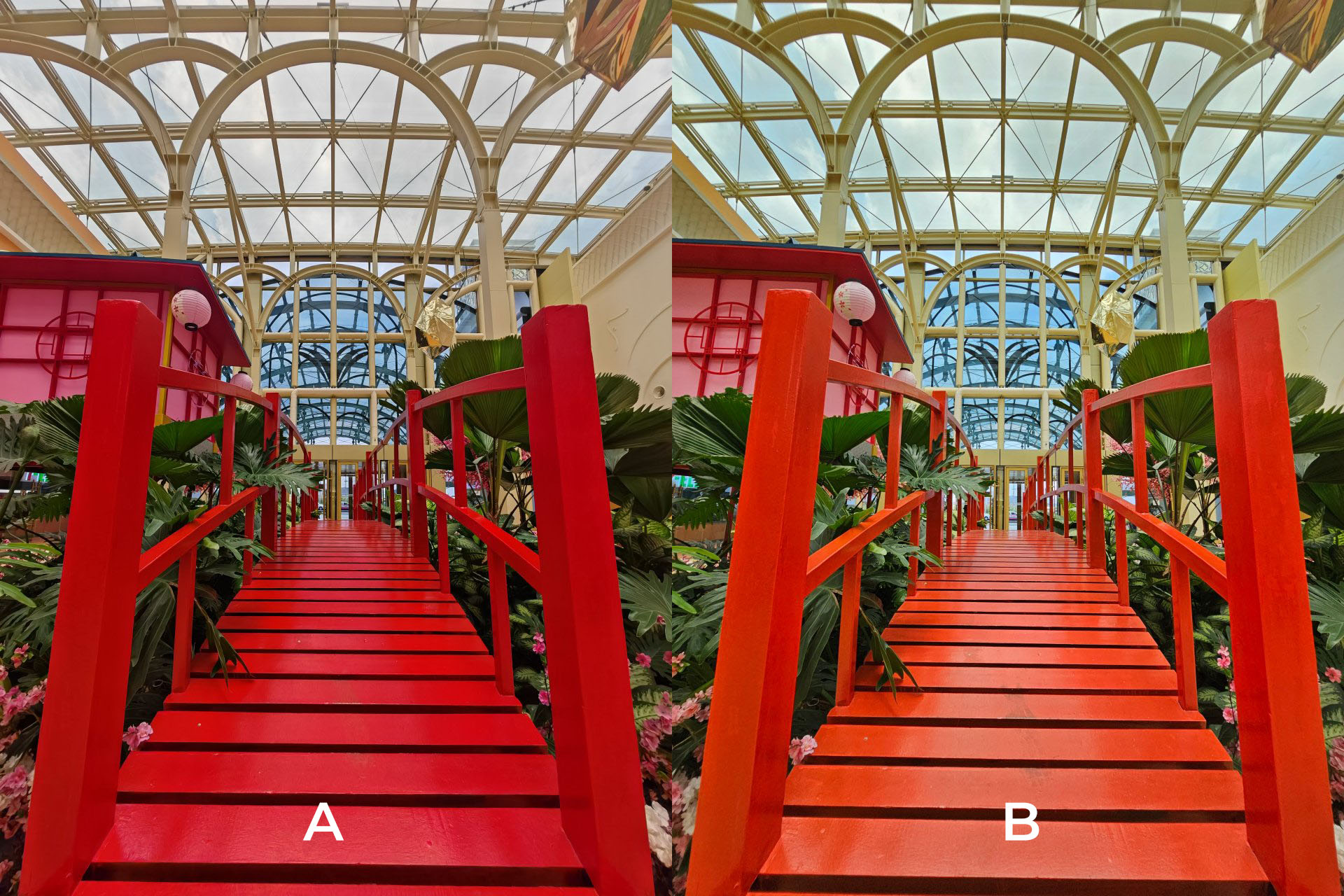
U4

U5
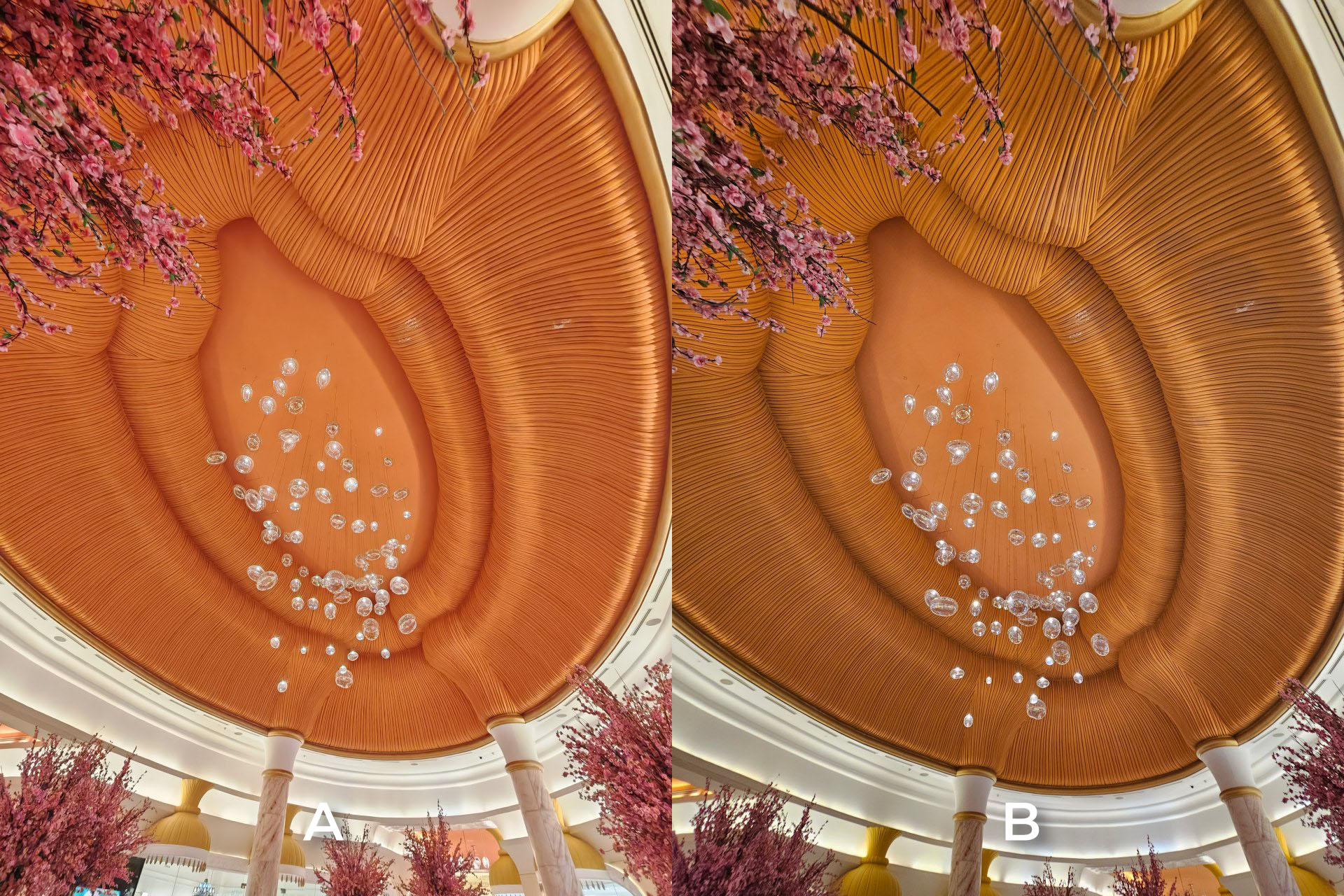
Zoom (3~3.5x)
As already stated, the HONOR Magic5 Pro rocks a 3.5x periscope shooter while Samsung is equipped with a telephoto lens that zooms in to 3x. But which is actually the better deal?
Z1

Z2

Z3

Z4

Z5
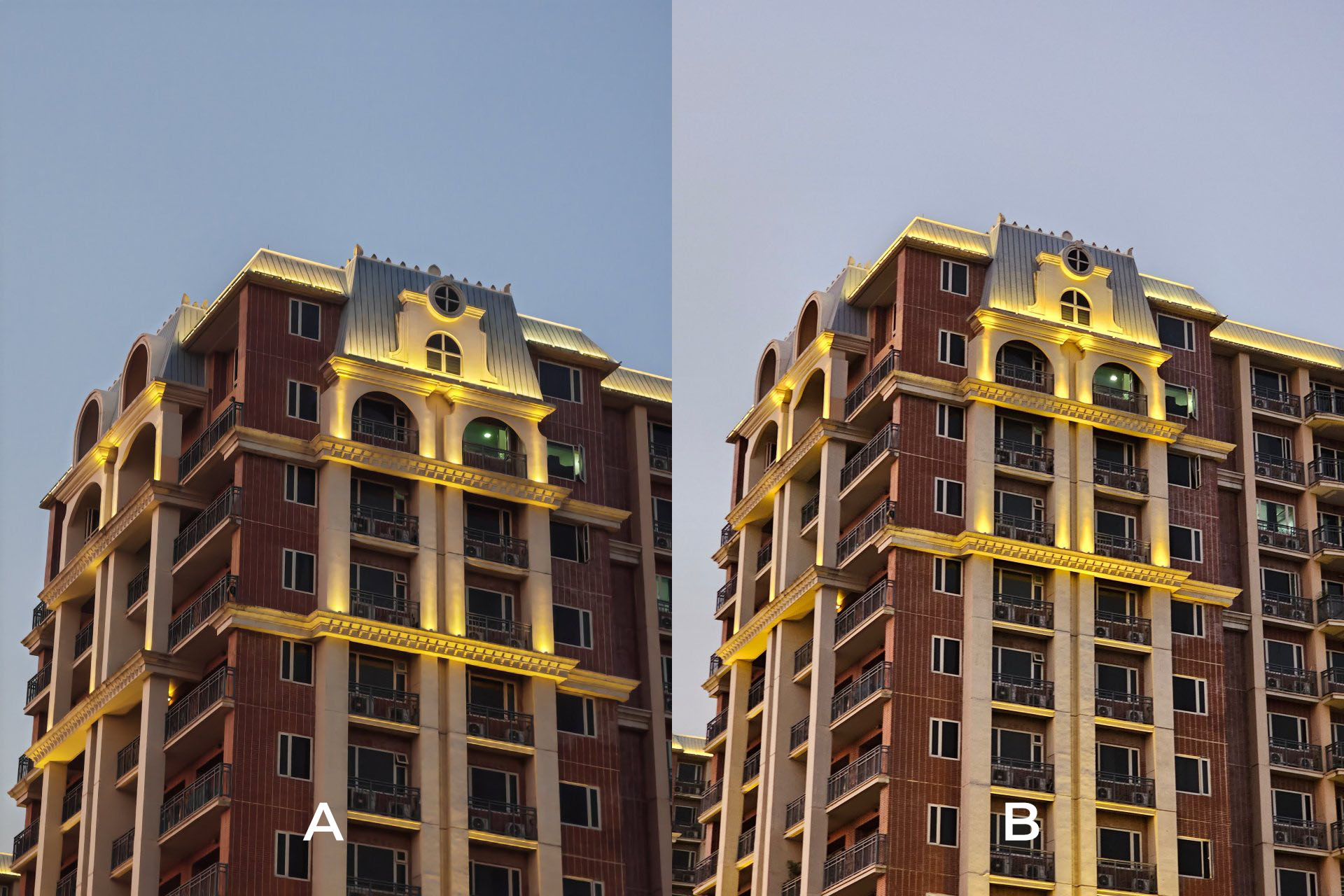
Farther Zoom (10x)
As previously mentioned, HONOR markets its 3.5x lens as “periscope”. Meanwhile, Samsung’s periscope is rather farther at 10x. While having that huge optical zoom gap, this doesn’t mean we can’t do a comparison as the HONOR can do its “Magic” using its periscope shooter.
P1

P2

P3

P4

P5
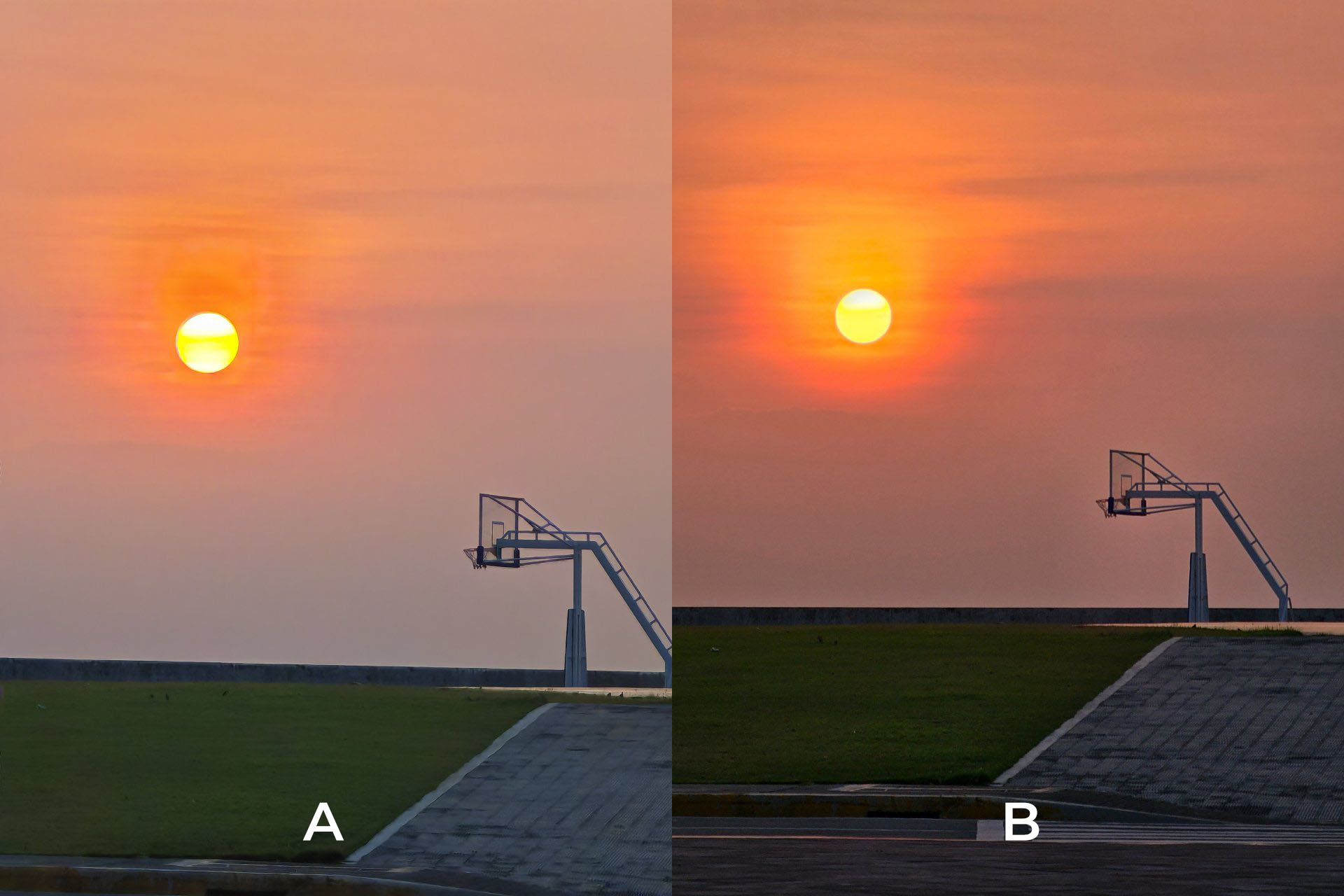
Night Mode
Shooting low-light photos using Night Mode is and will always be the dealbreaker in every camera shootout we make. Proven over many write-ups, Samsung is notorious for its bright night AI algorithm and post-processing techniques. But can you even tell which is which?
N1

N2

N3

N4
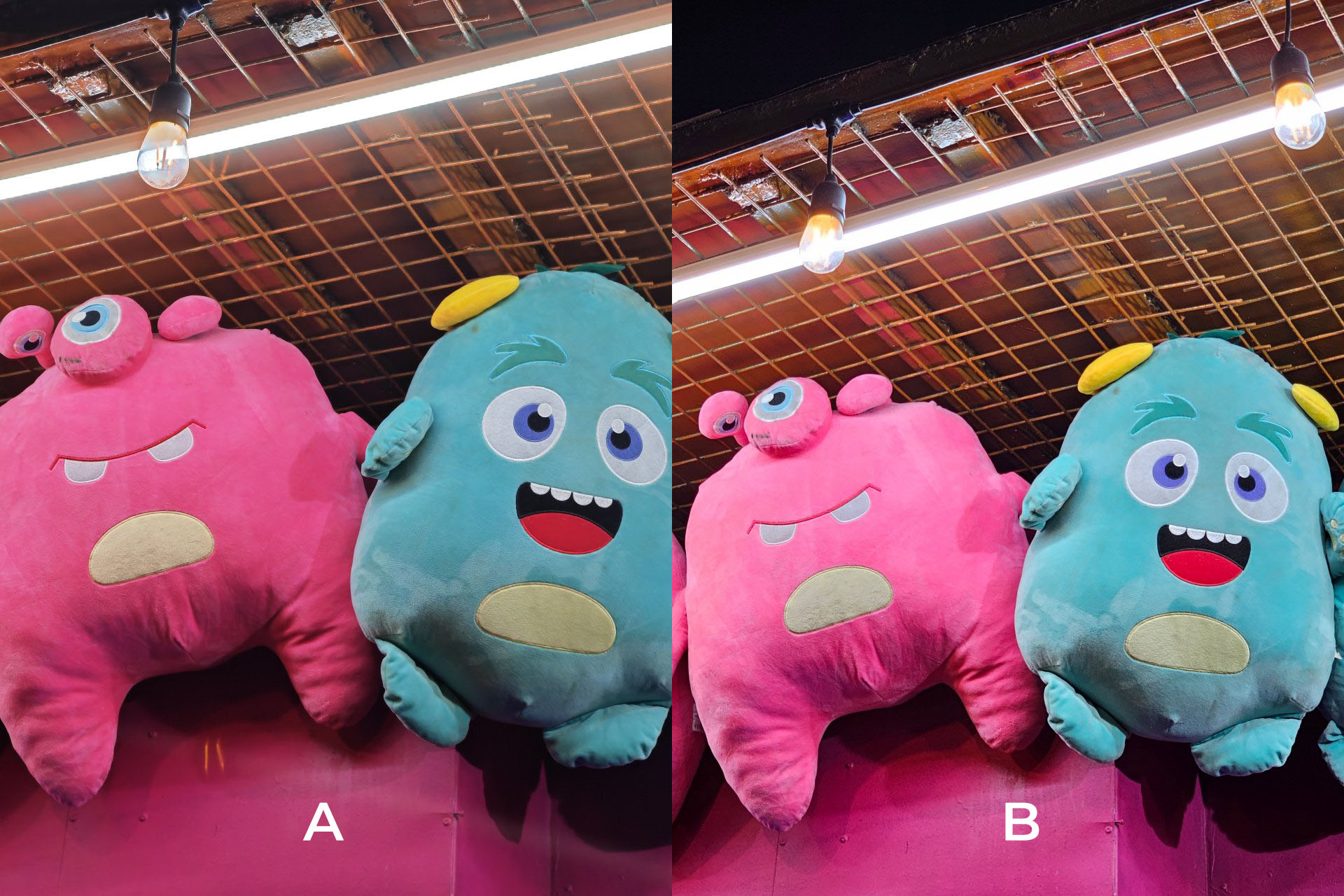
N5

BONUS: Faces
The closest camera spec we could have are the selfie cameras of each phone. But actually, one has the advantage of having an ultra-wide angle lens. Also, there’s a lone comparison which showcases how each phone shoots portrait subjects.
B1
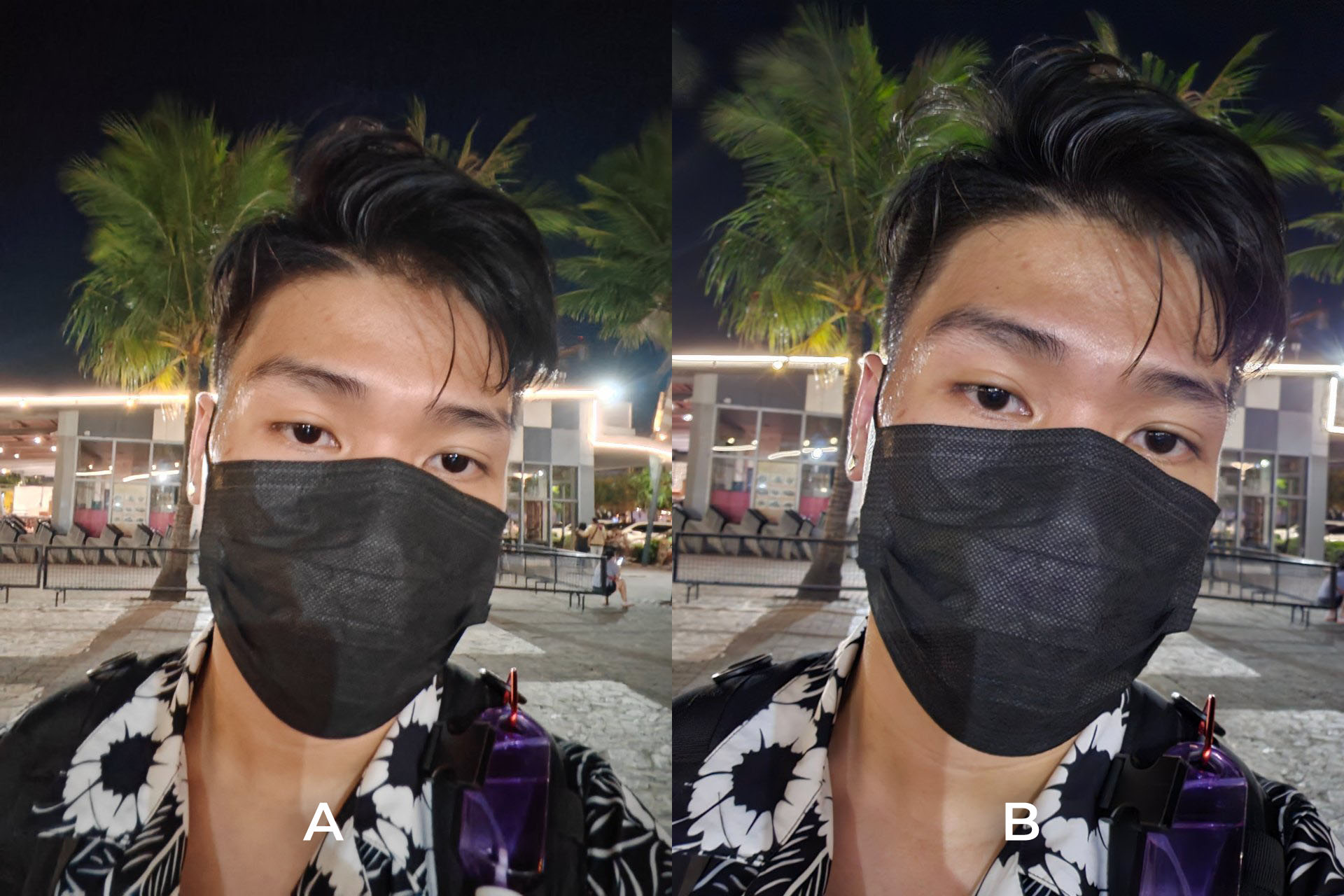
B2
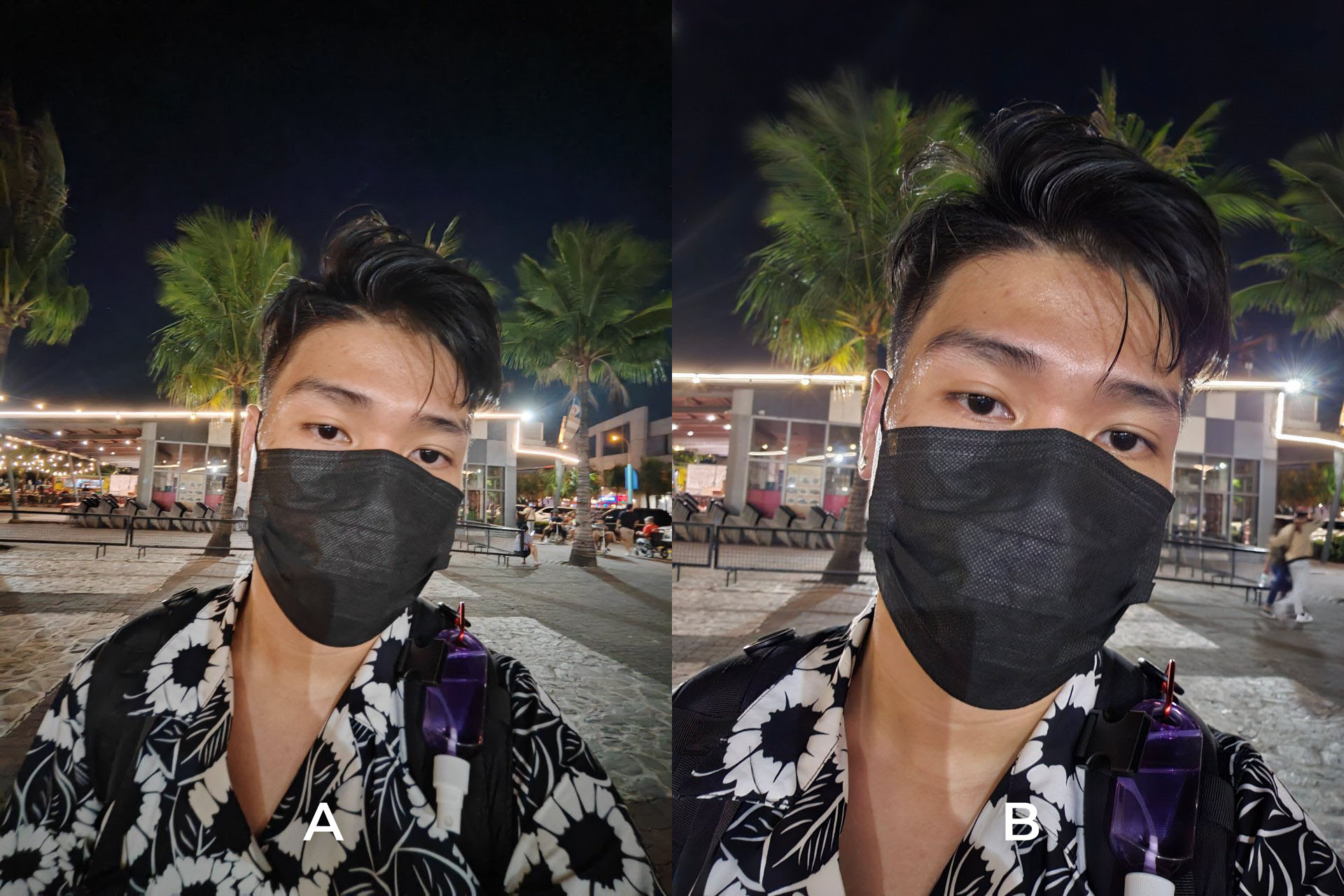
B3

BONUS: Farthest Zoom (Day)
In this comparison we’re going past 10x to actually know how each model performs when it comes to digital zoom.
B4 (30x)

B5 (50x)
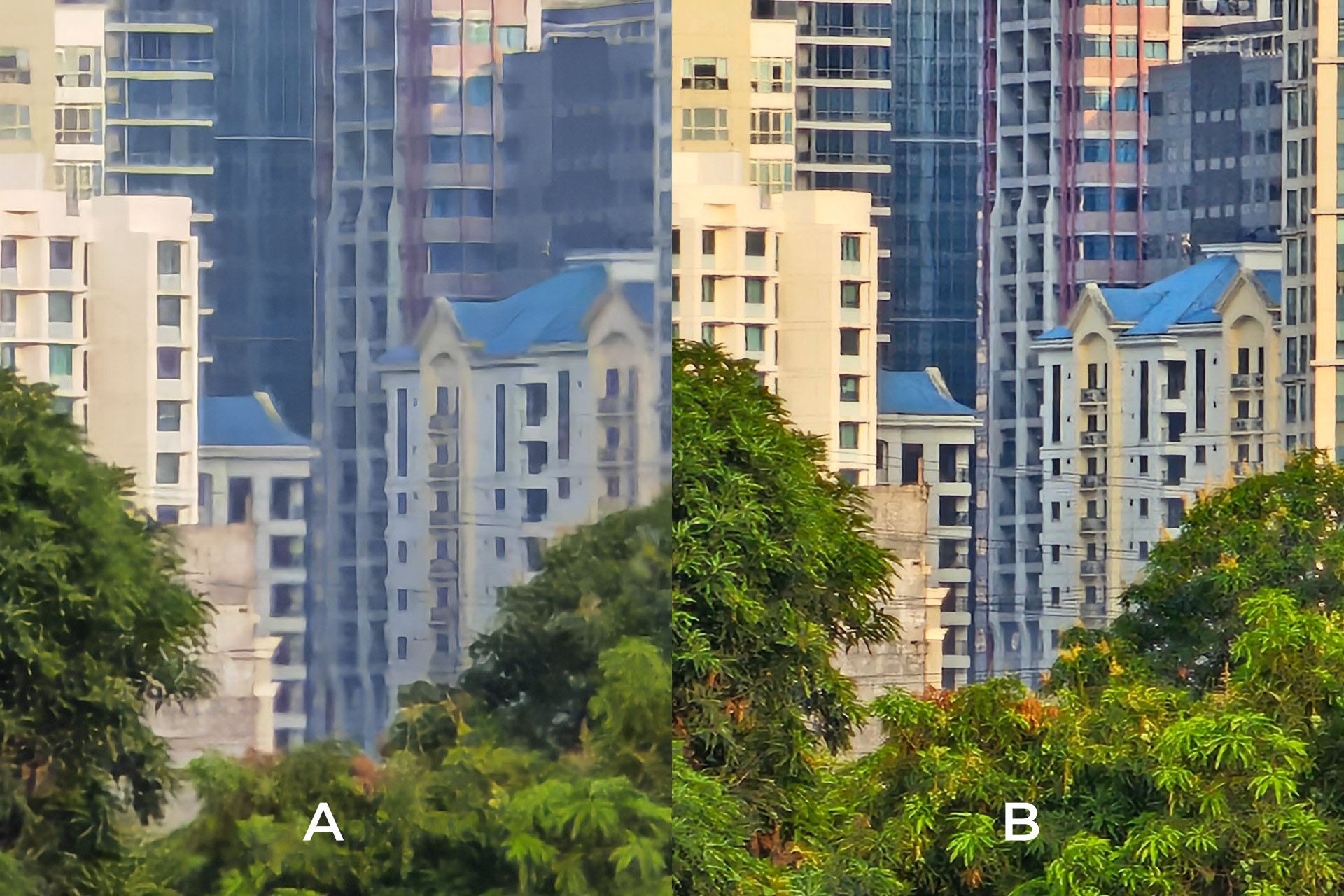
BONUS: Farthest Zoom (Night)
I also did the same comparison during the night to actually test out how each phone can withstand the lack of ample light when taking zoomed shots.
B6 (10x)
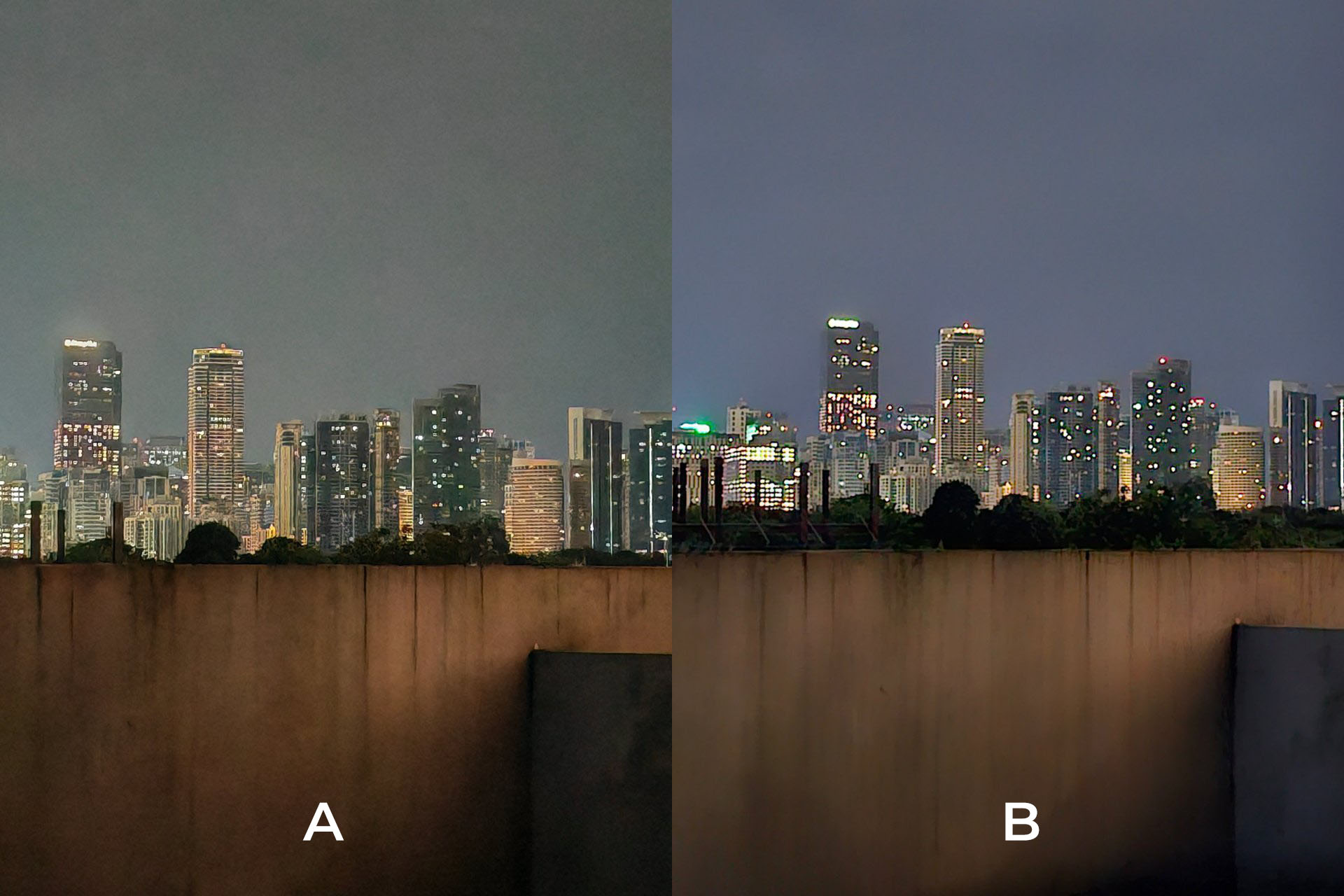
B7 (30x)
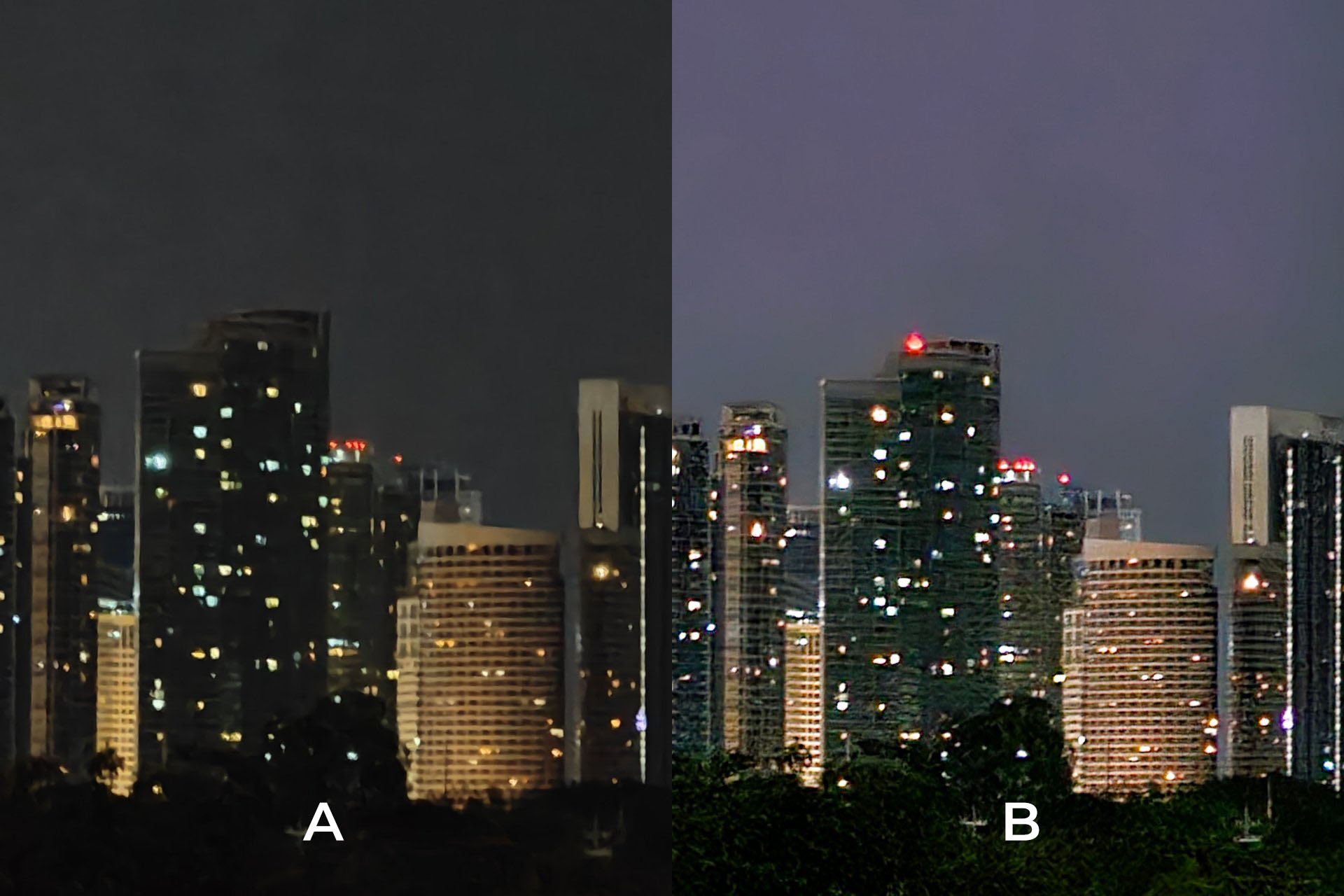
B8 (70x)

Results
Confused with your picks? Well, you’re not alone. Even I had a hard time determining photos side by side.
Photo A – HONOR Magic5 Pro
Photo B – Samsung Galaxy S23 Ultra
Conclusion
For the most part, you would barely distinguish the differences between each phone’s camera quality since they both looked similar. But in other shots, the Galaxy S23 Ultra still has that distinct saturation-boosting among its samples that Samsung always does in its phones (refer to W5 / U3 / U5 / Z5 / P5 / N2 / B5).

But to my surprise, the HONOR Magic5 Pro also delivered an almost equal ratio of photos that lean more towards the warmer and more saturated spectrum (W1 / U2 / Z1 / Z2 / Z4 / N1 / N4 / B6).
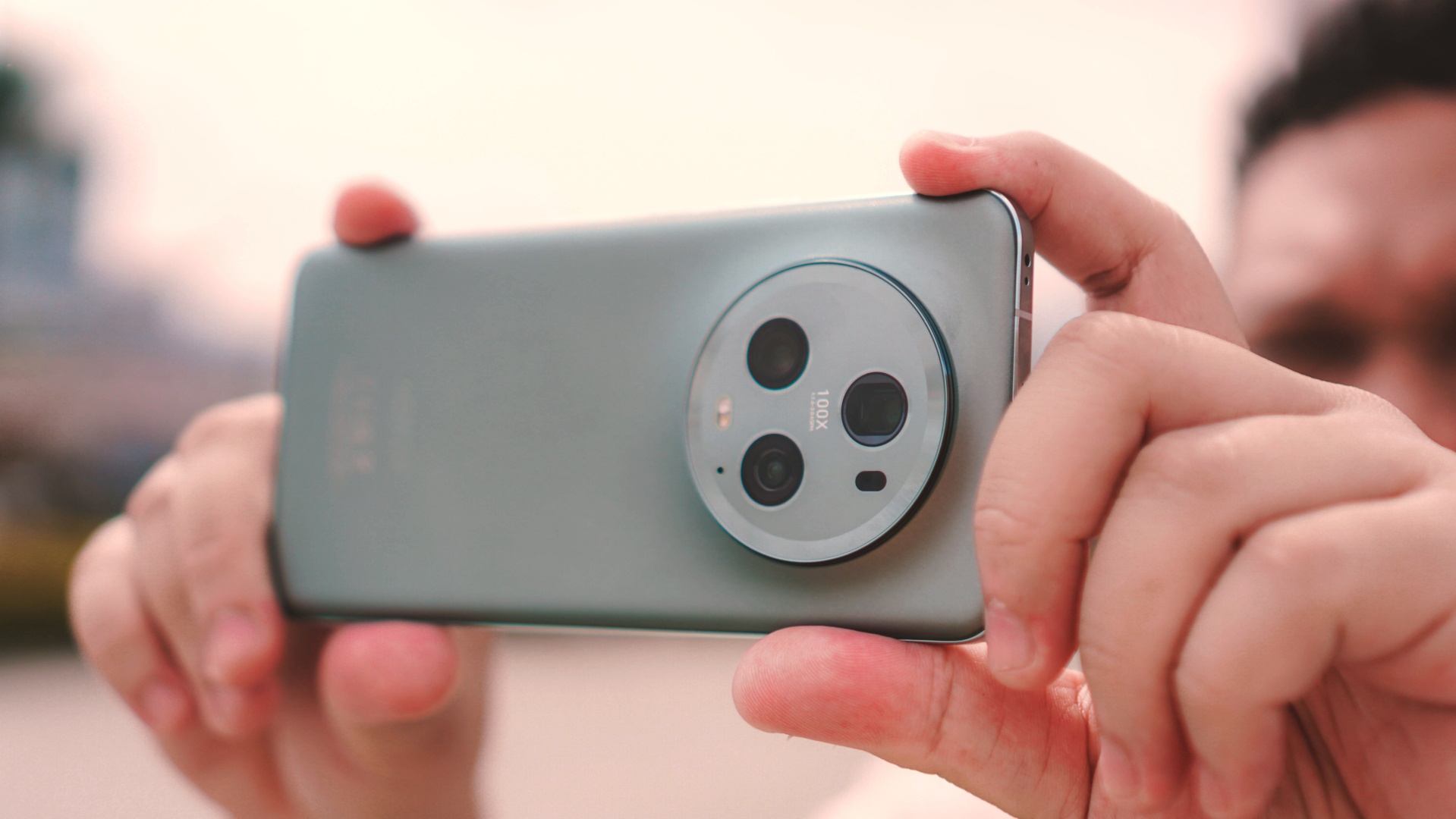
When it comes to HDR, the Galaxy S23 Ultra has the obvious advantage by not bumping up the shadows too much while still preserving the highlights of each photo taken. On the other hand, the Magic5 Pro delivered photos that has an overall brighter exposure — which honestly isn’t my cup of tea (W1 / W2 / W3 / W4 / U2 / U4 / P5 / B4 / B5). It’s either caused by the larger f/1.6 aperture or just HONOR’s HDR algorithm.

Zoomed shots in 3-3.5x look crisp and clear on both phones but if you go past the 10x mark, the Samsung Galaxy S23 Ultra easily beats the HONOR Magic5 Pro with its dedicated 10x periscope zoom lens. With the provided moon shots, well, Samsung isn’t safe from the previous fake moon AI controversy so I’ll leave the judgments to you.

Lastly, selfies are down to your personal preference. In my opinion, the HONOR Magic5 Pro overtakes the Samsung Galaxy S23 Ultra especially because it has an even wider lens plus a ToF 3D sensor for both portrait depth and biometric scanning (or Face Unlock). The compromise is just the longer pill-shaped cutout instead of the Galaxy’s cleaner punch hole camera.
-
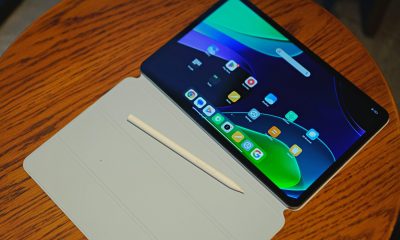
 Reviews2 weeks ago
Reviews2 weeks agoThe Xiaomi Pad 6 is great for the editor on-the-go
-
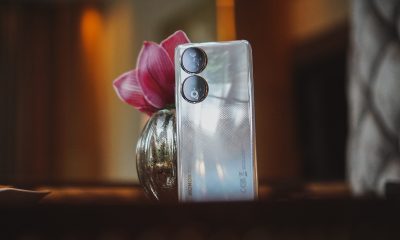
 Reviews2 weeks ago
Reviews2 weeks agoHONOR 90 review: Simply bedazzling
-

 Gaming2 weeks ago
Gaming2 weeks agoRefurbished Steam Decks are now available through Valve
-

 Health2 weeks ago
Health2 weeks agoRedmi Watch 3 Active: Basic but better
-

 Gaming2 weeks ago
Gaming2 weeks agoRockstar officially partners with Grand Theft Auto V roleplay servers
-
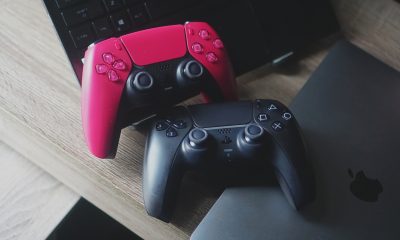
 Gaming2 weeks ago
Gaming2 weeks agoPlayStation 5 Slim supposedly leaked online
-

 Entertainment2 weeks ago
Entertainment2 weeks agoCatch Cinemalaya 2023 films at Ayala Malls this weekend
-

 Apps2 weeks ago
Apps2 weeks agoSpotify DJ feature now available in the Philippines

